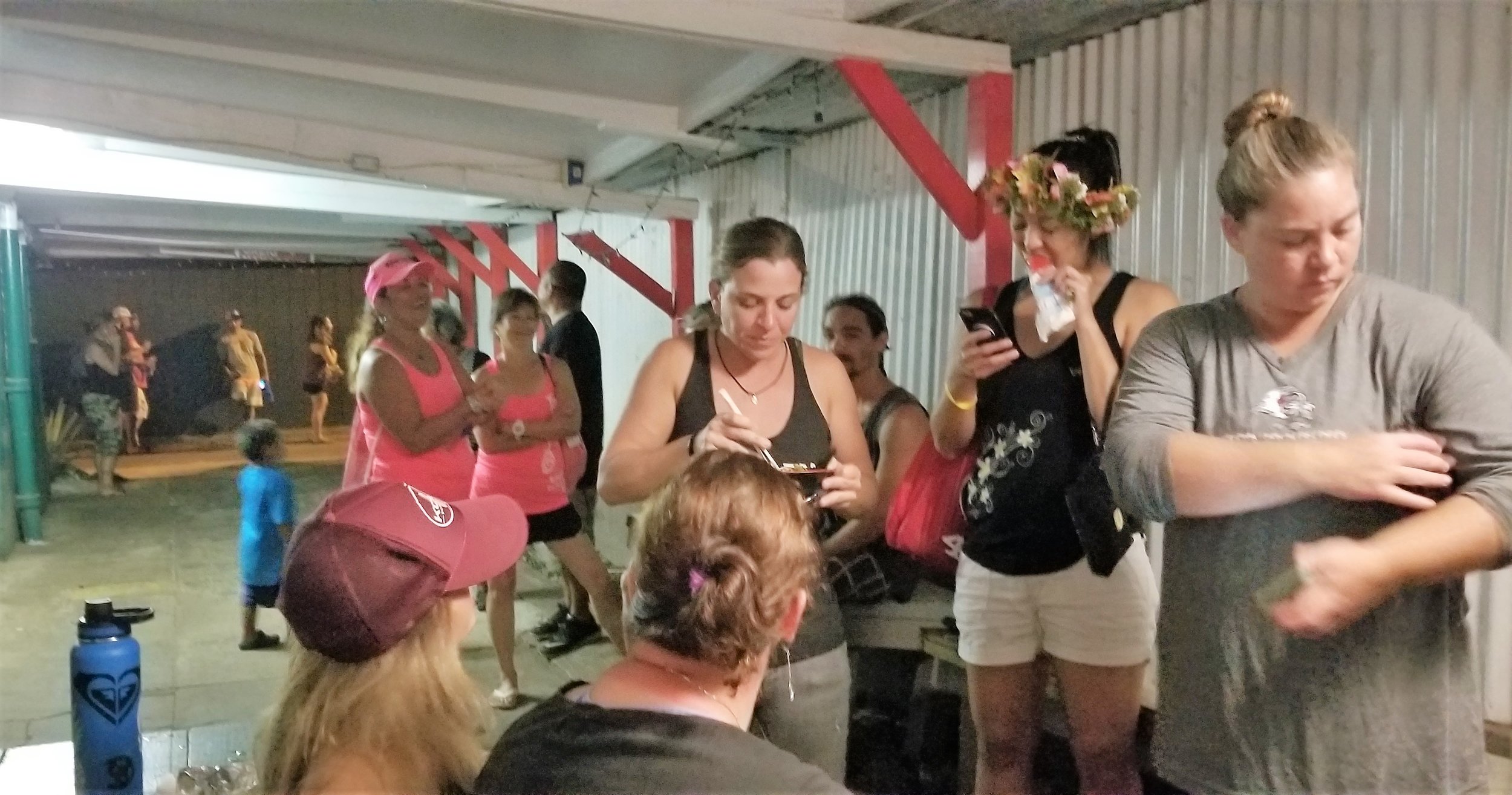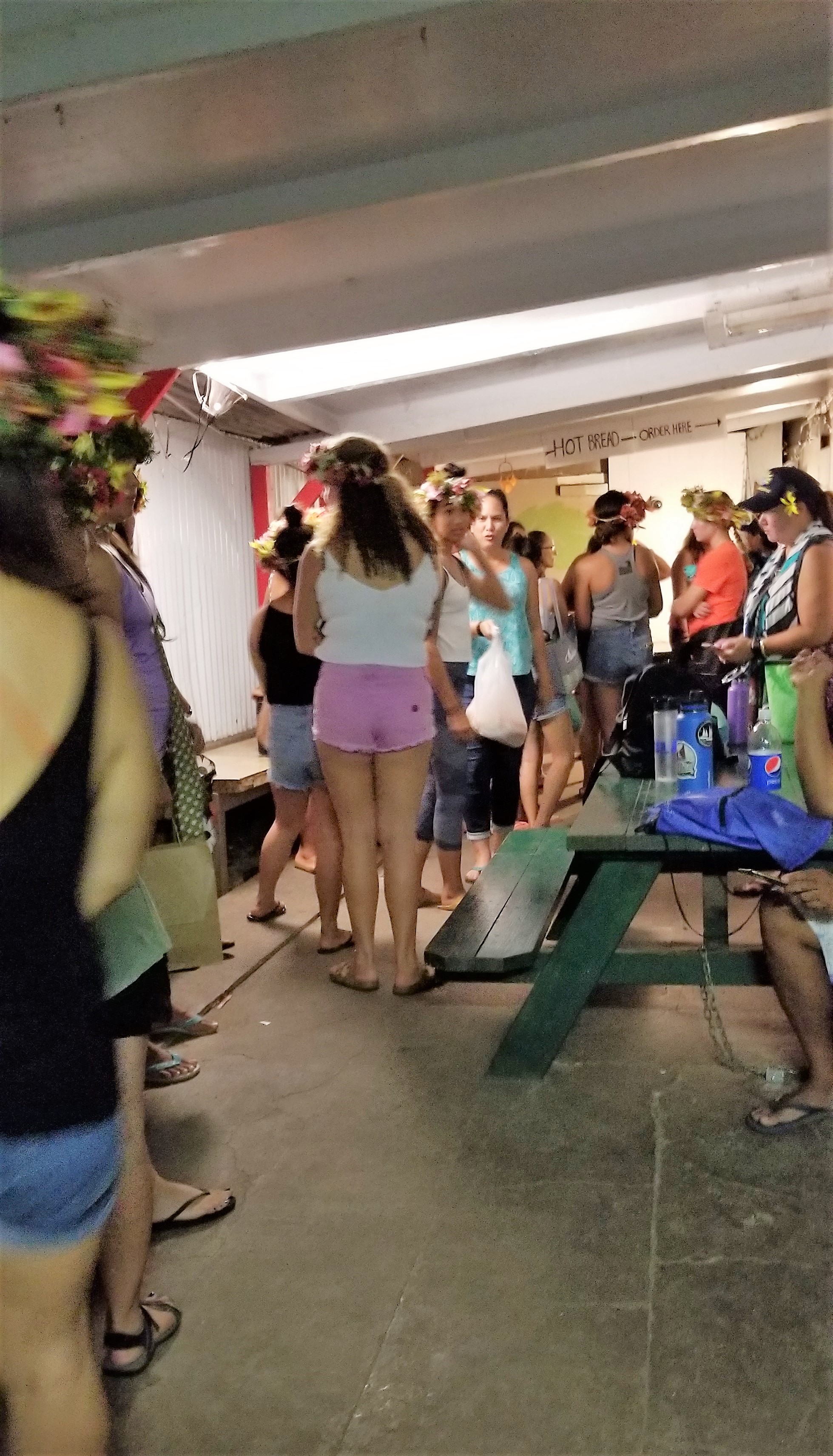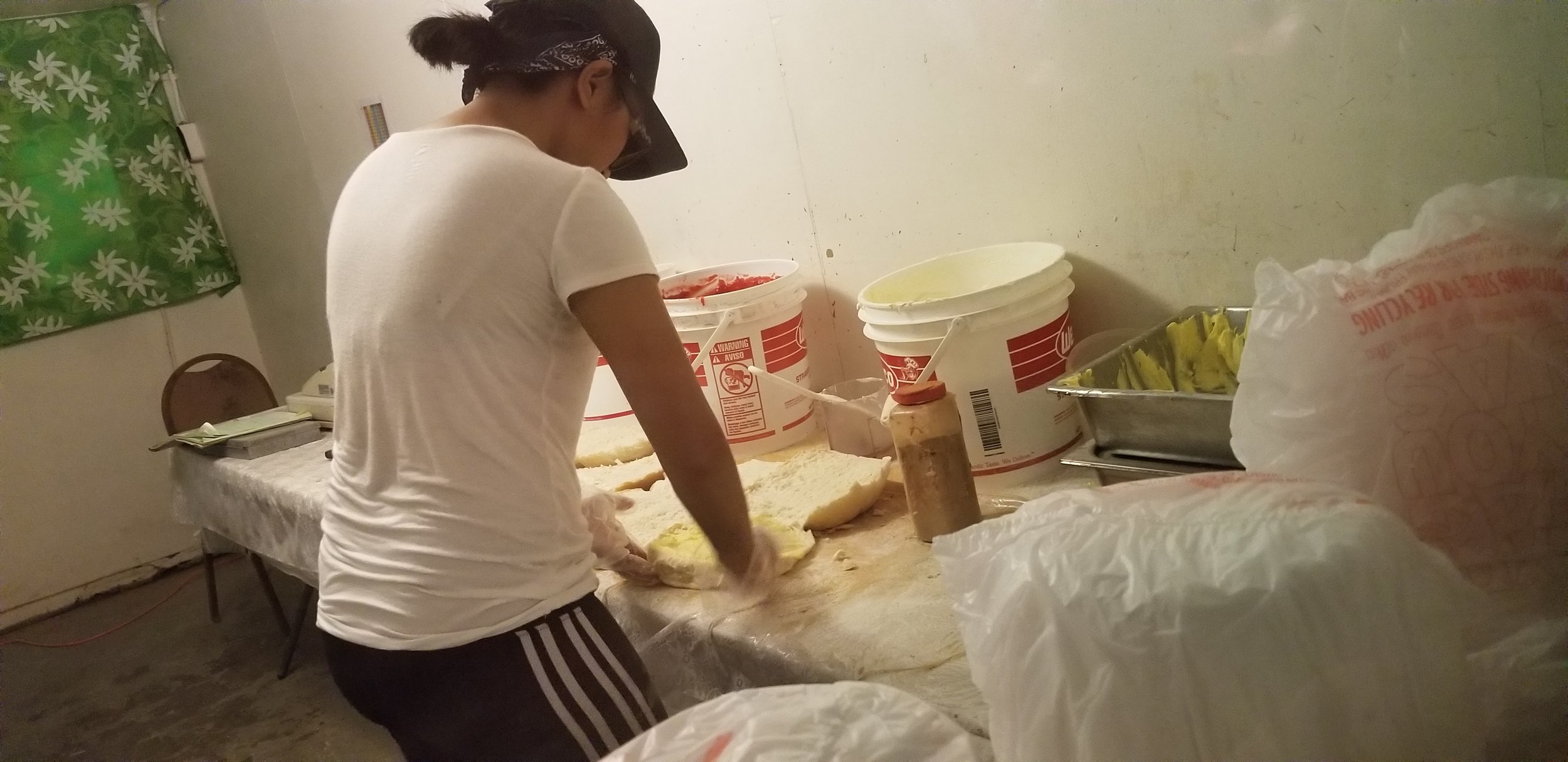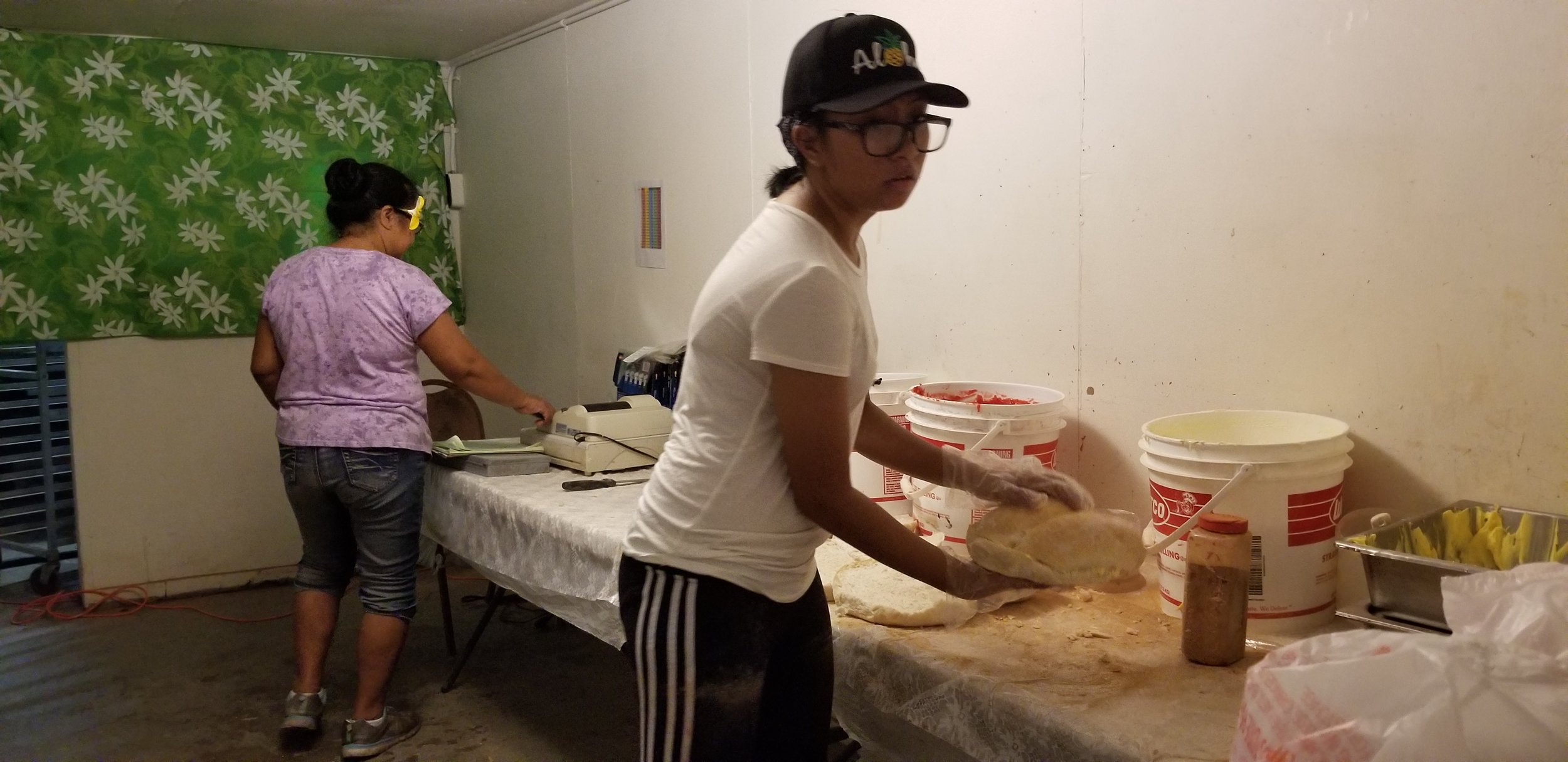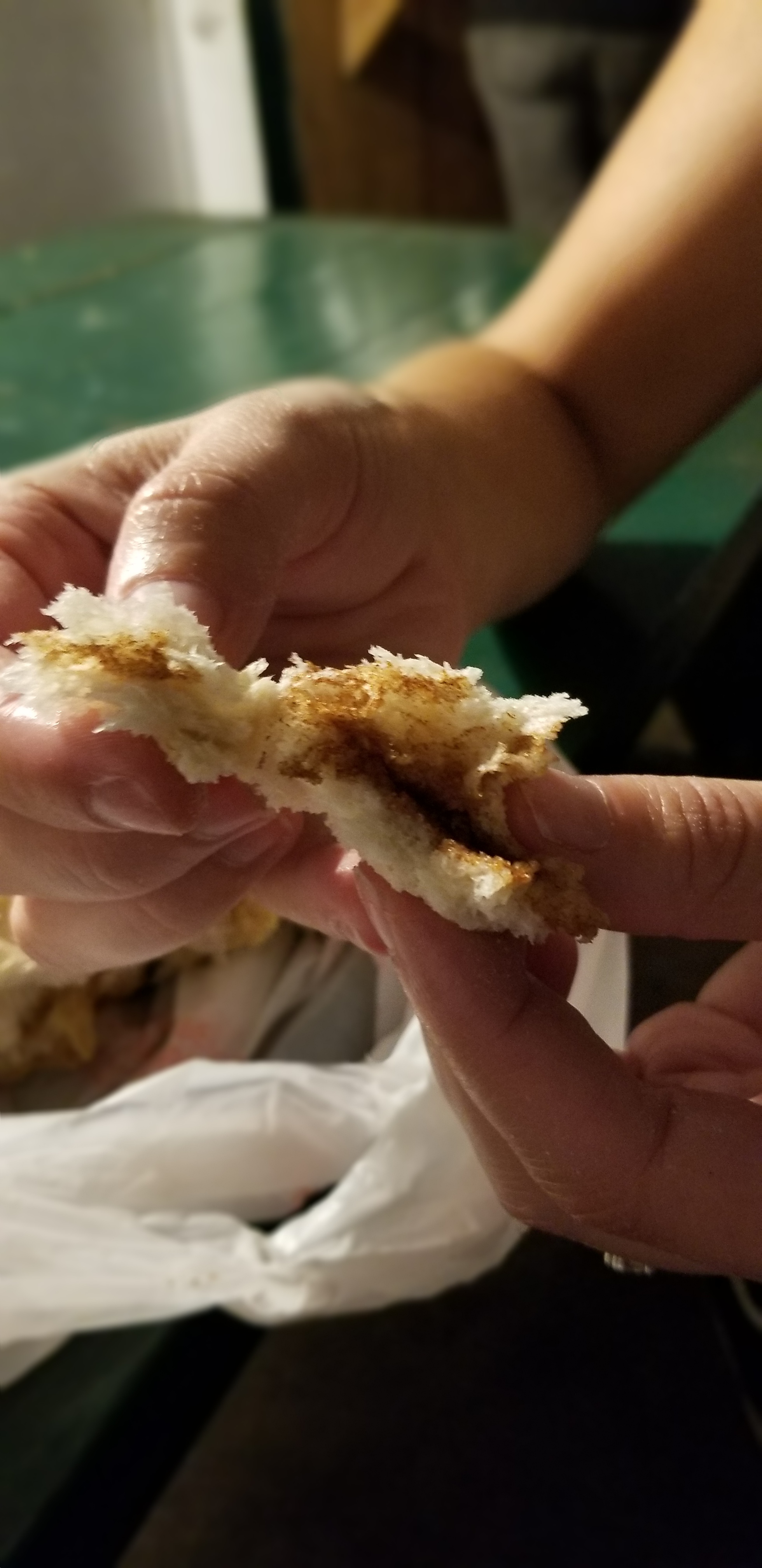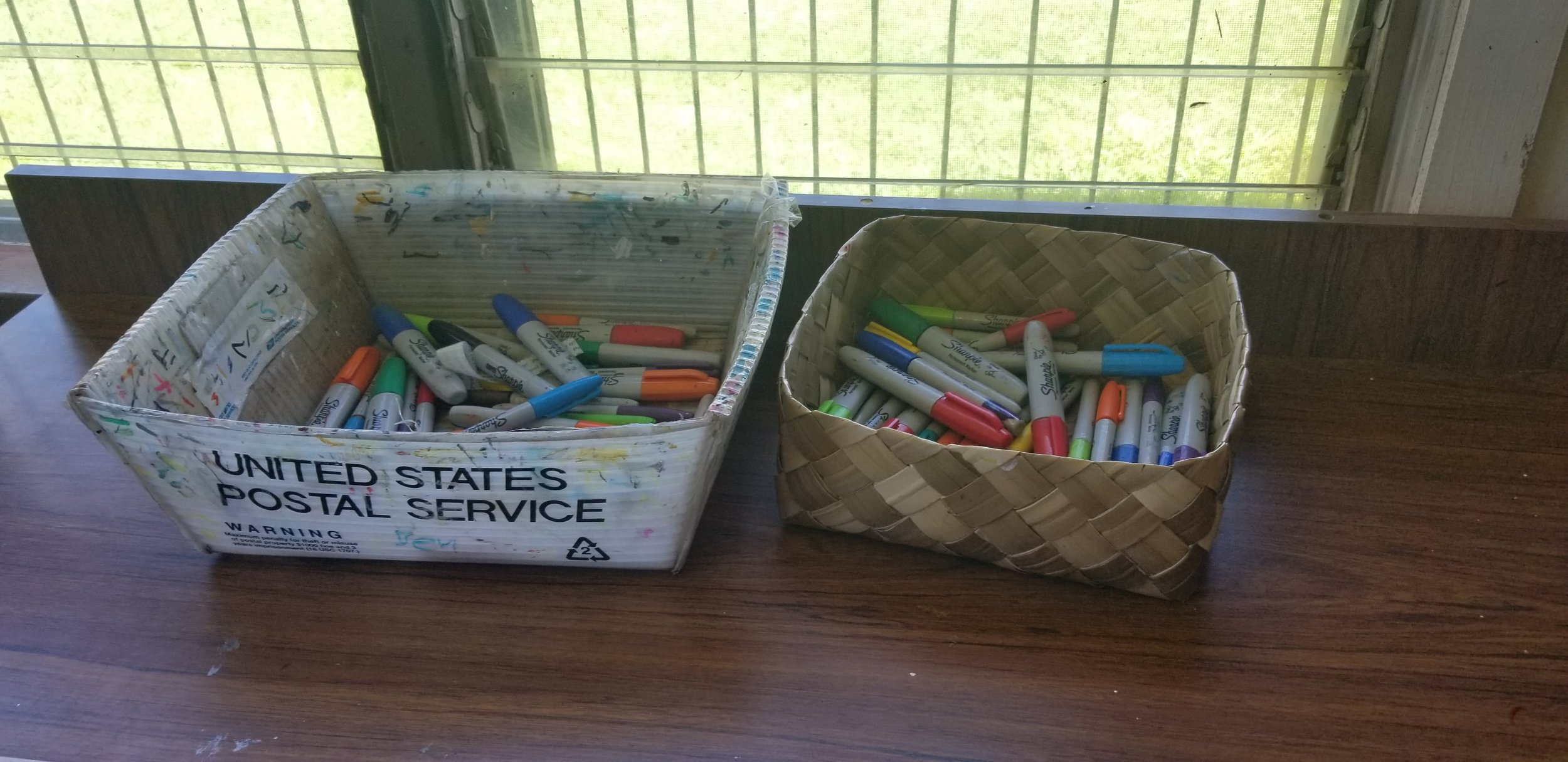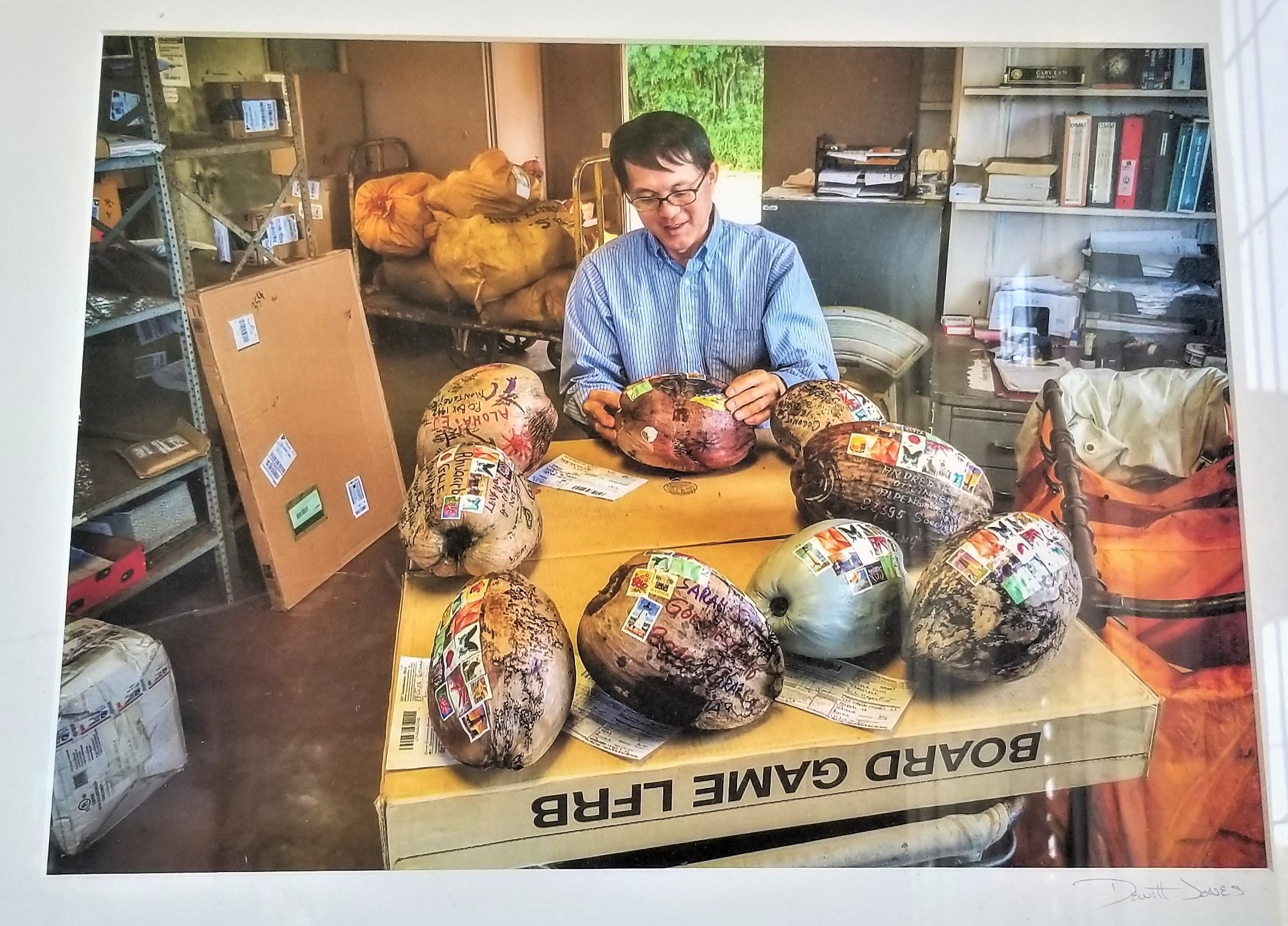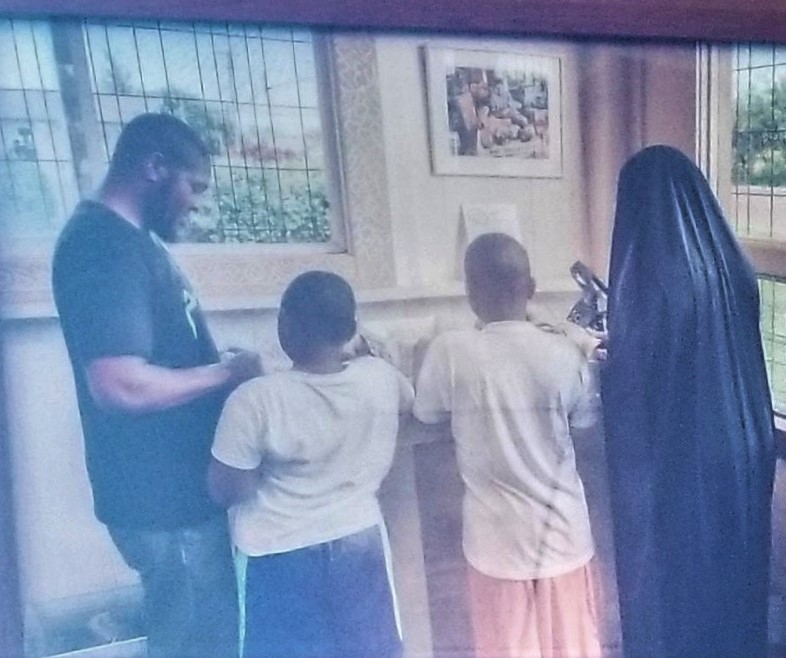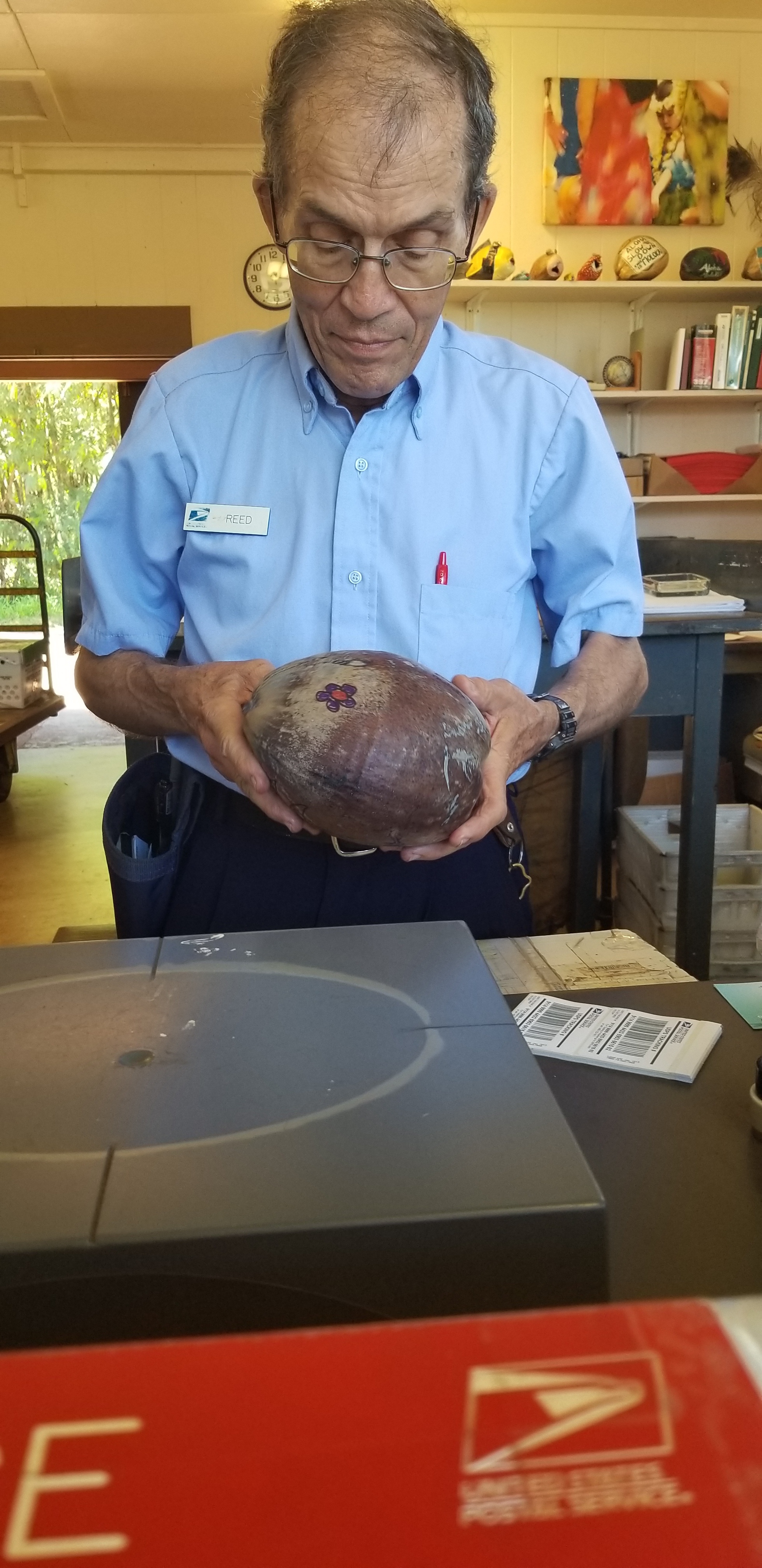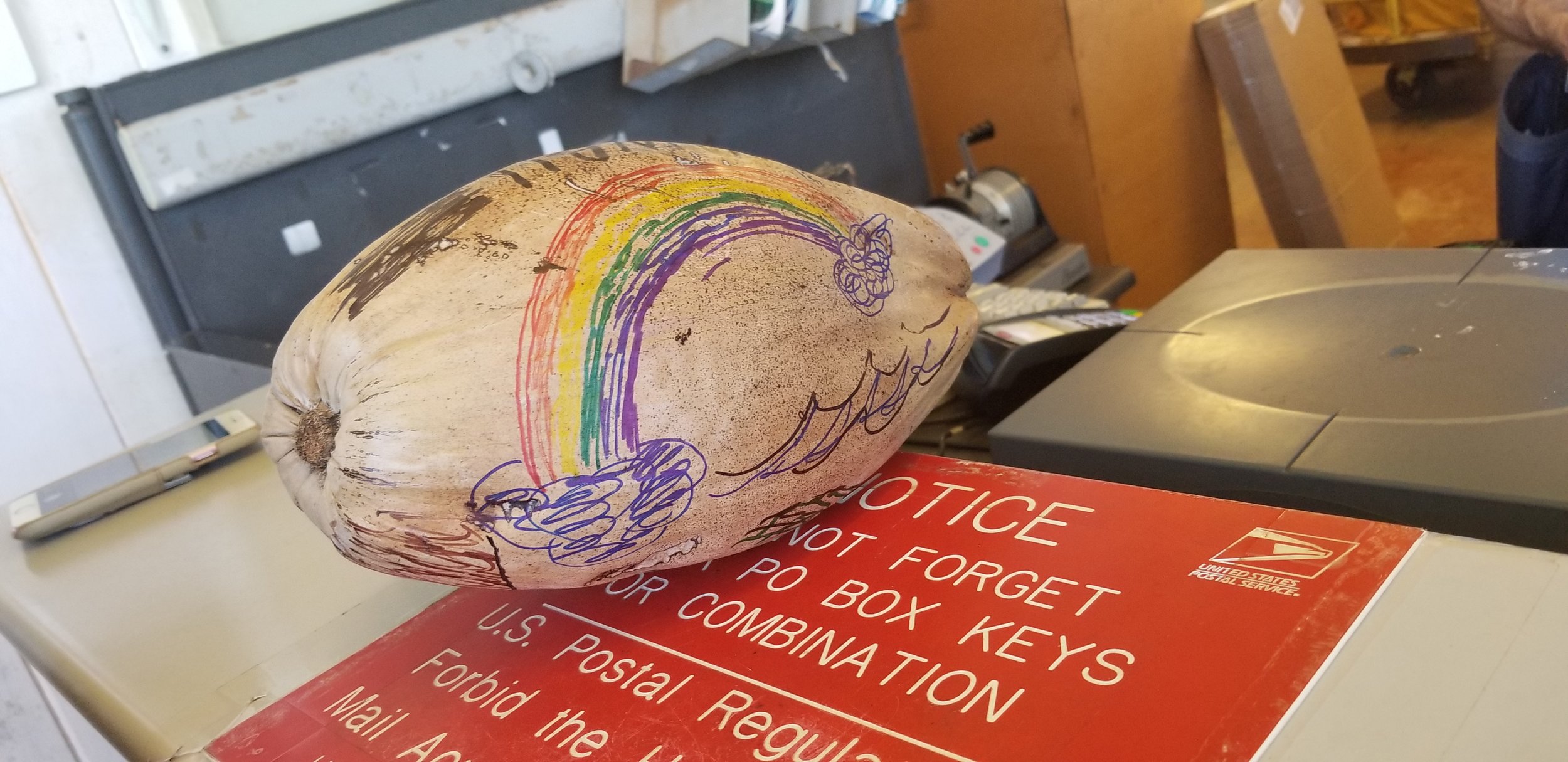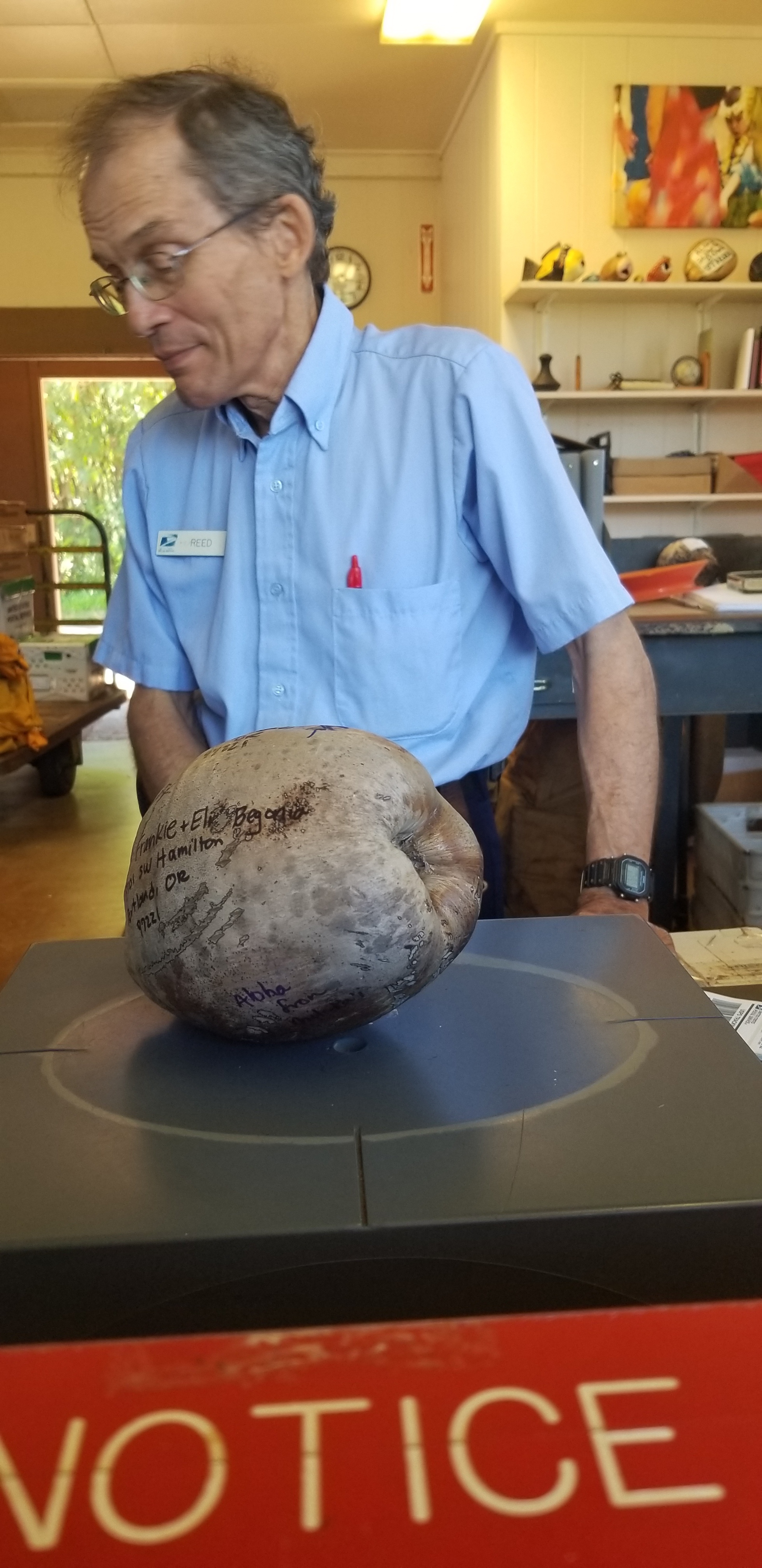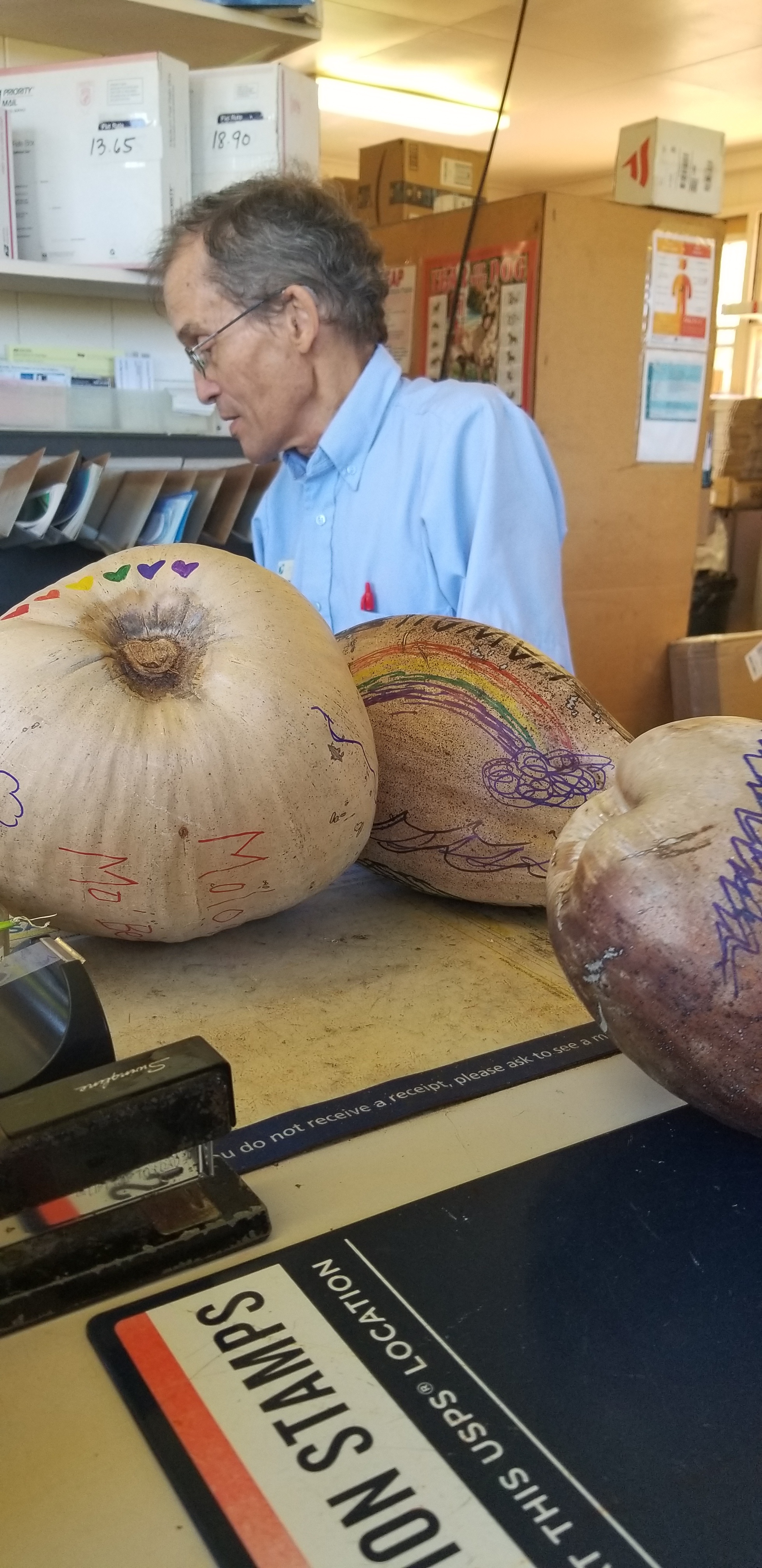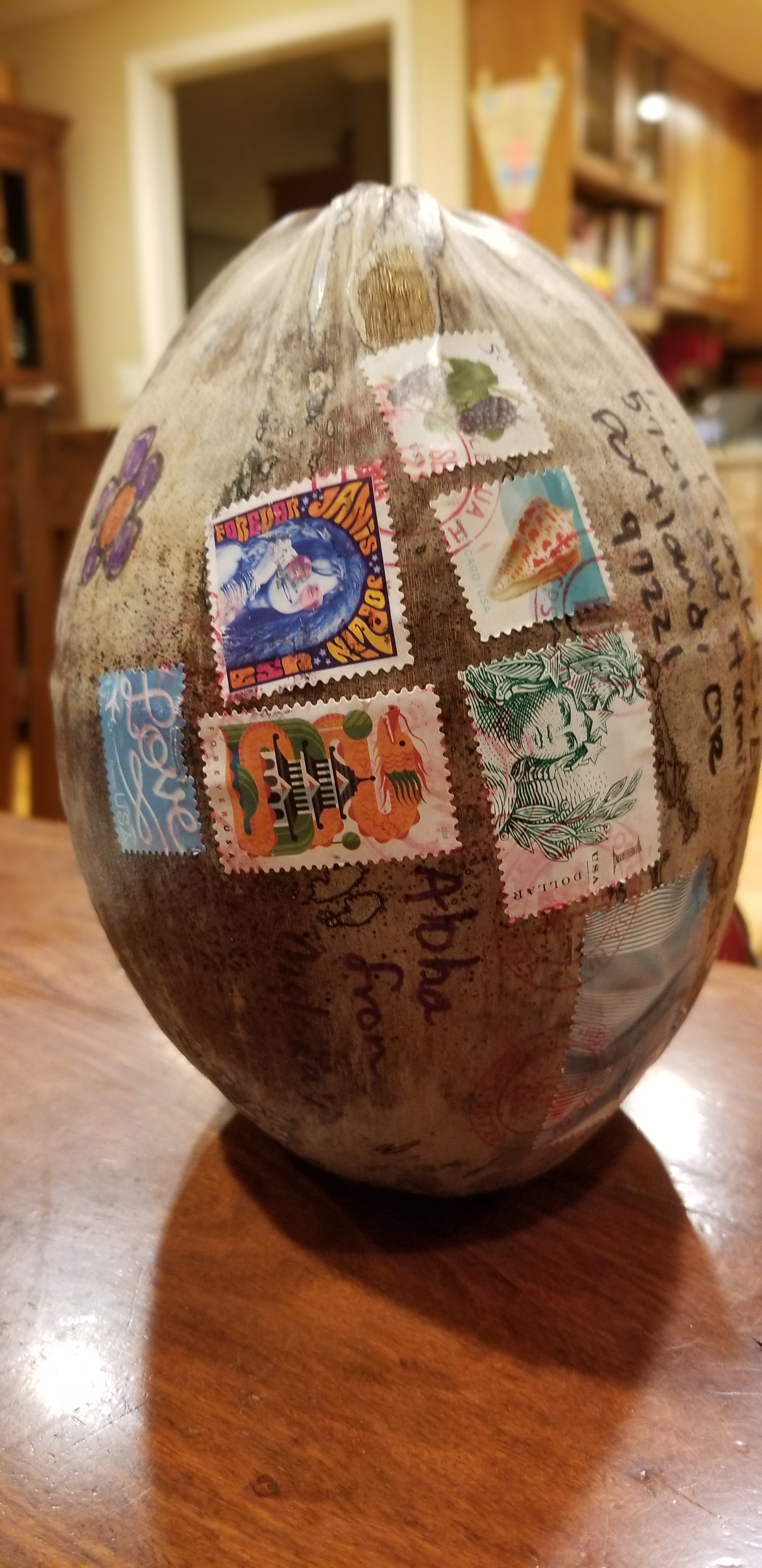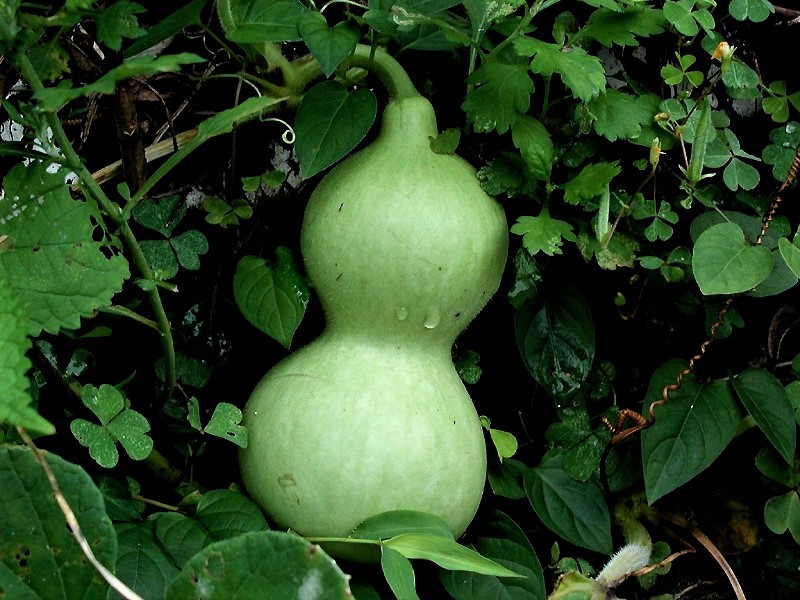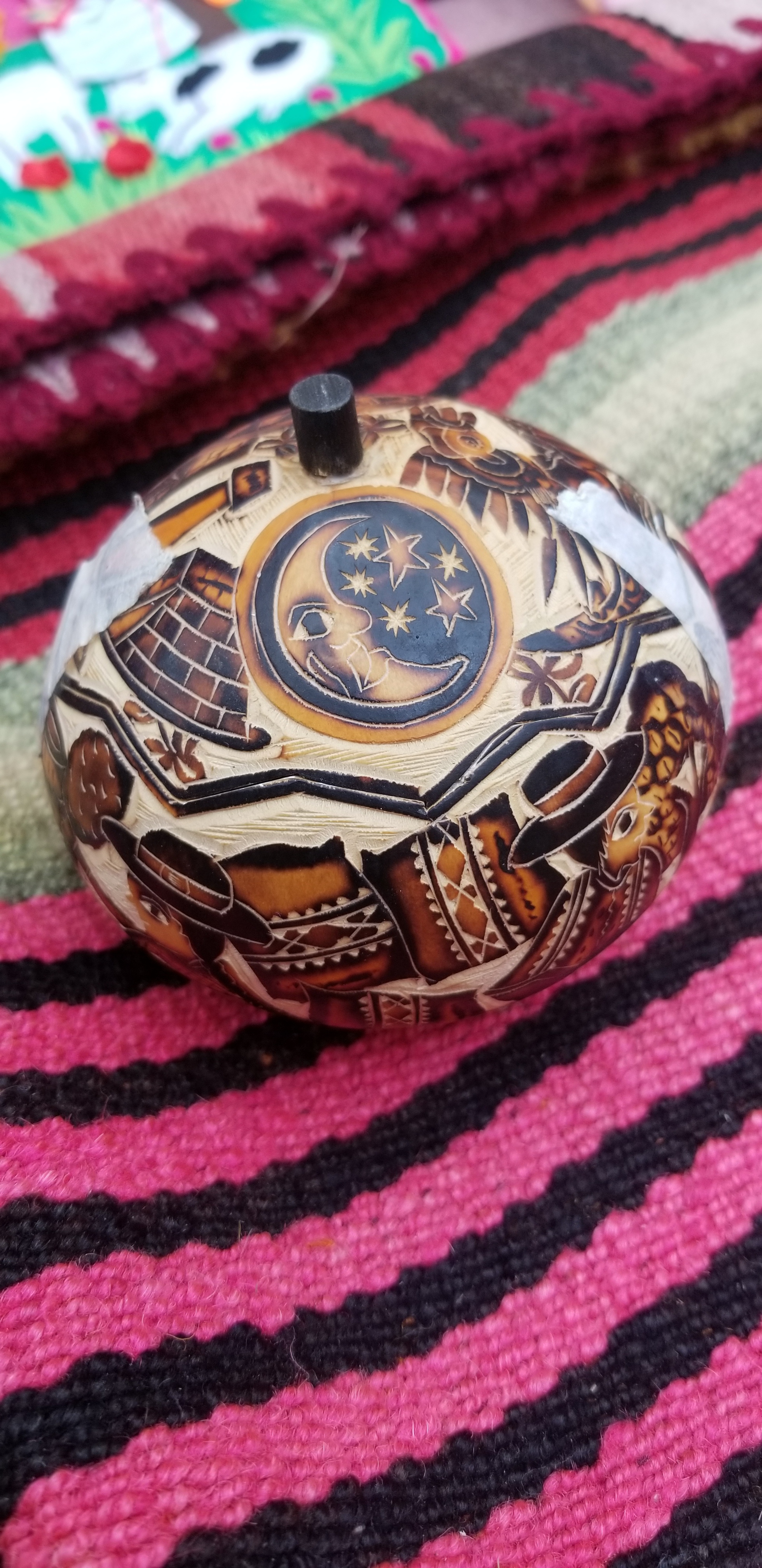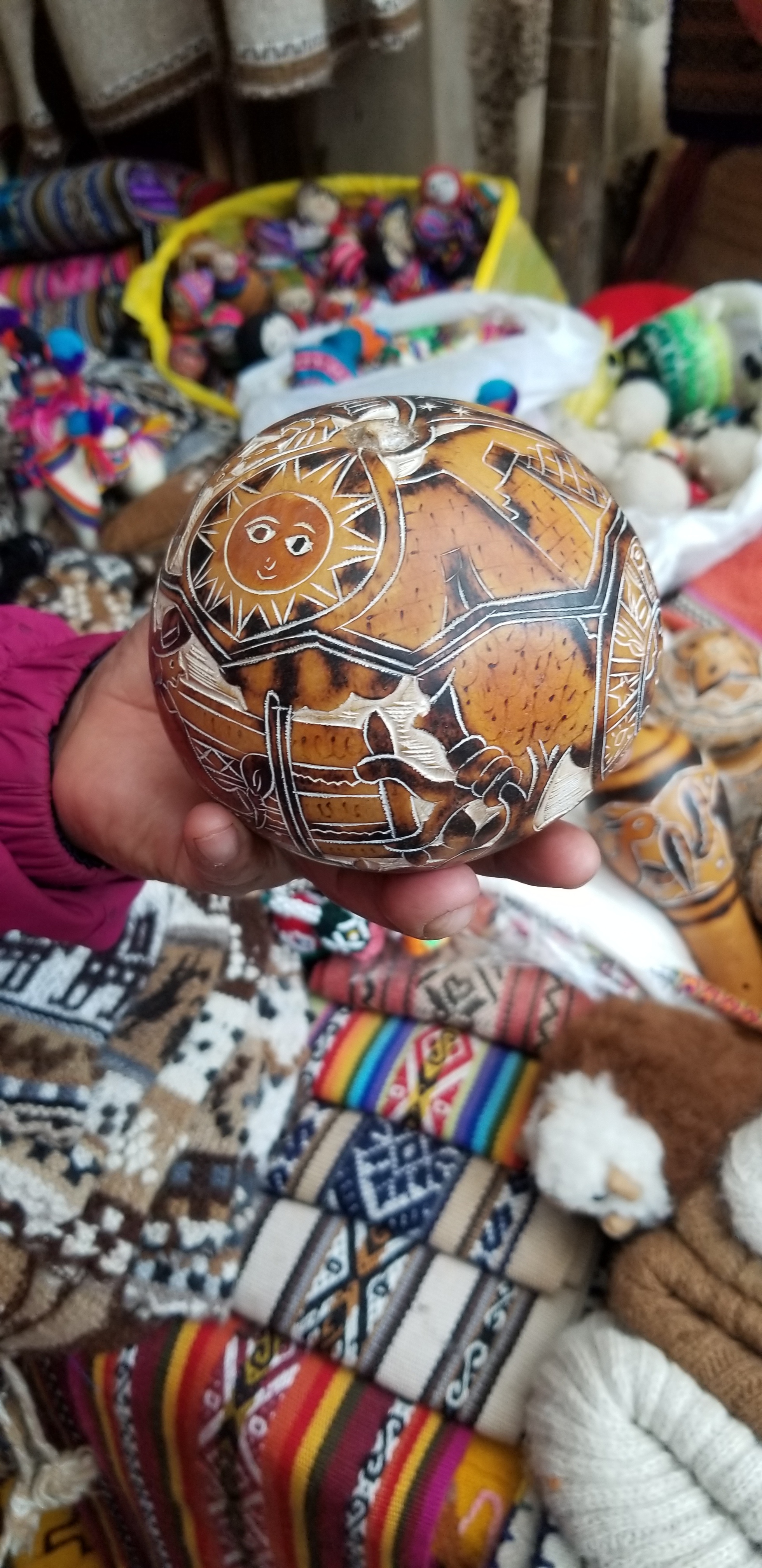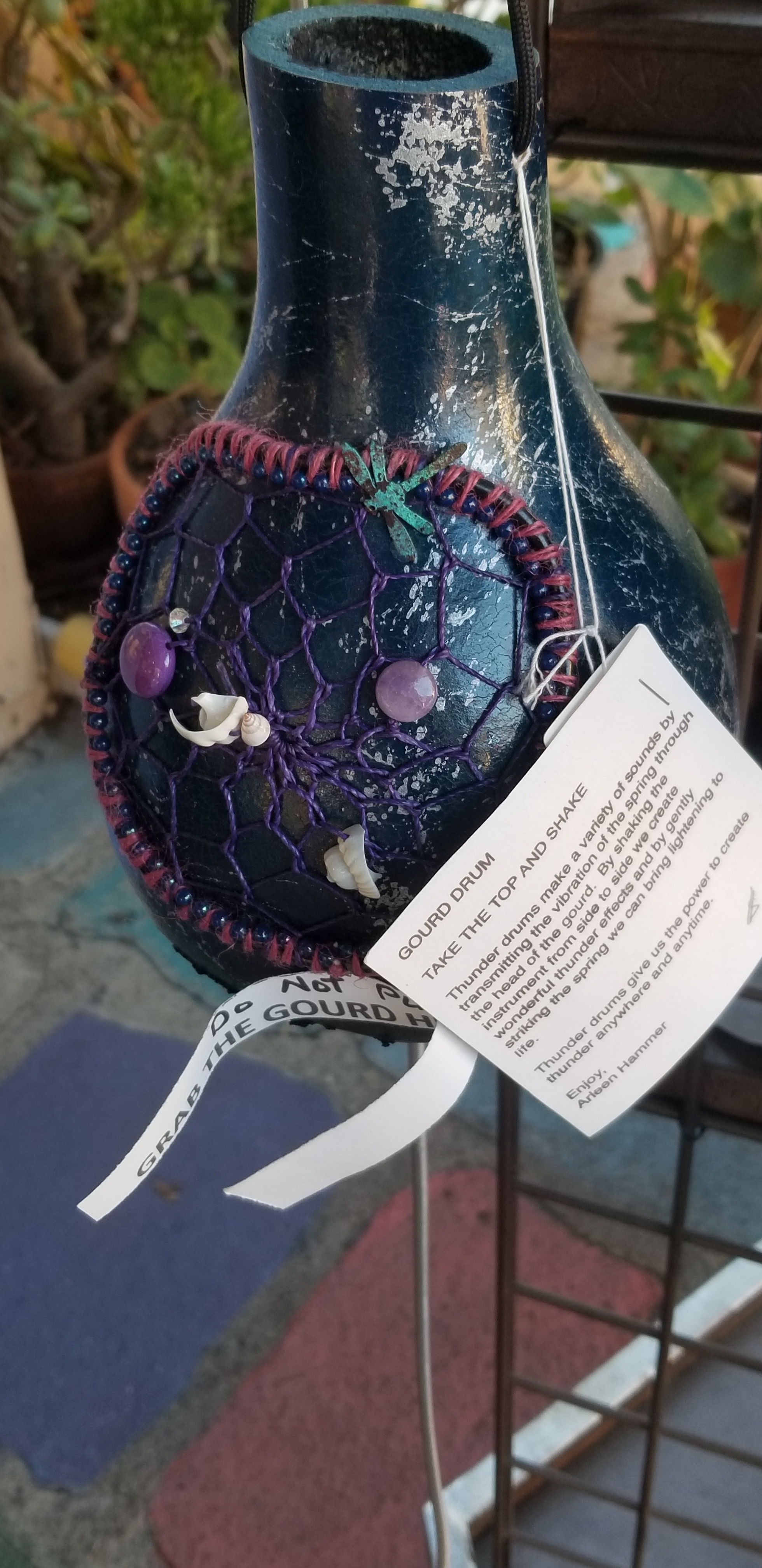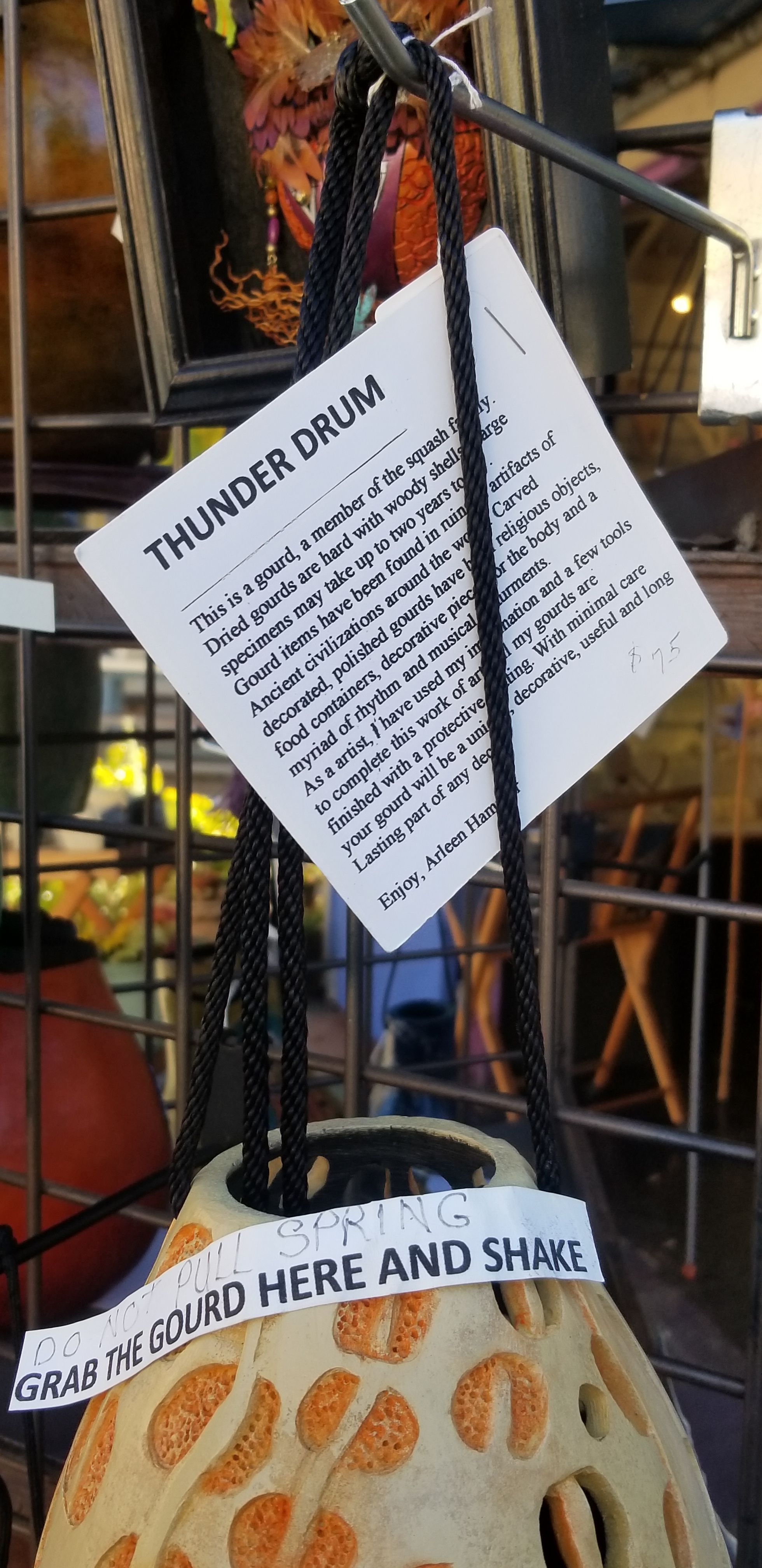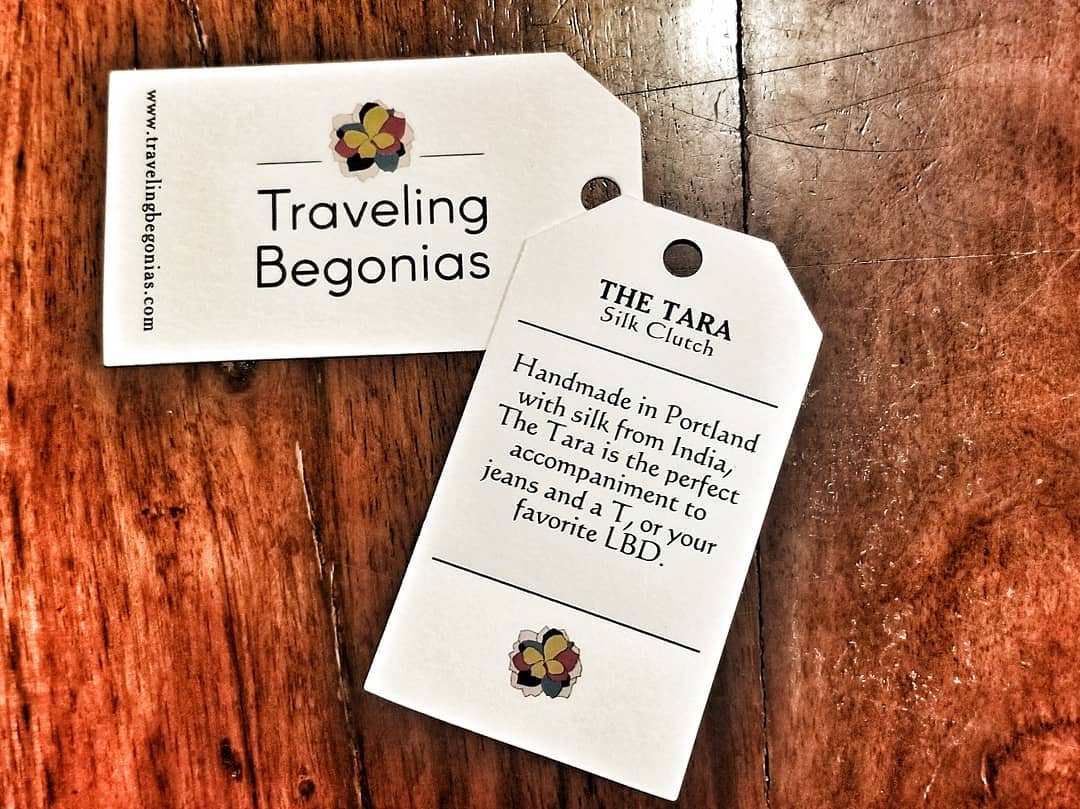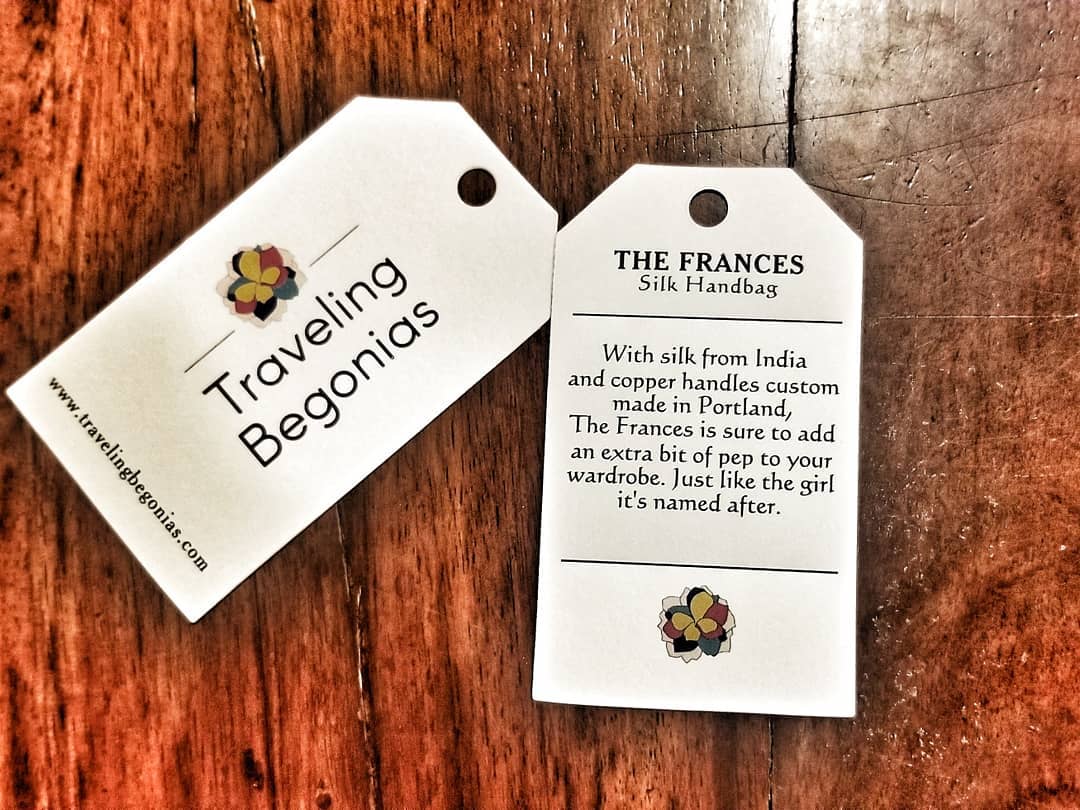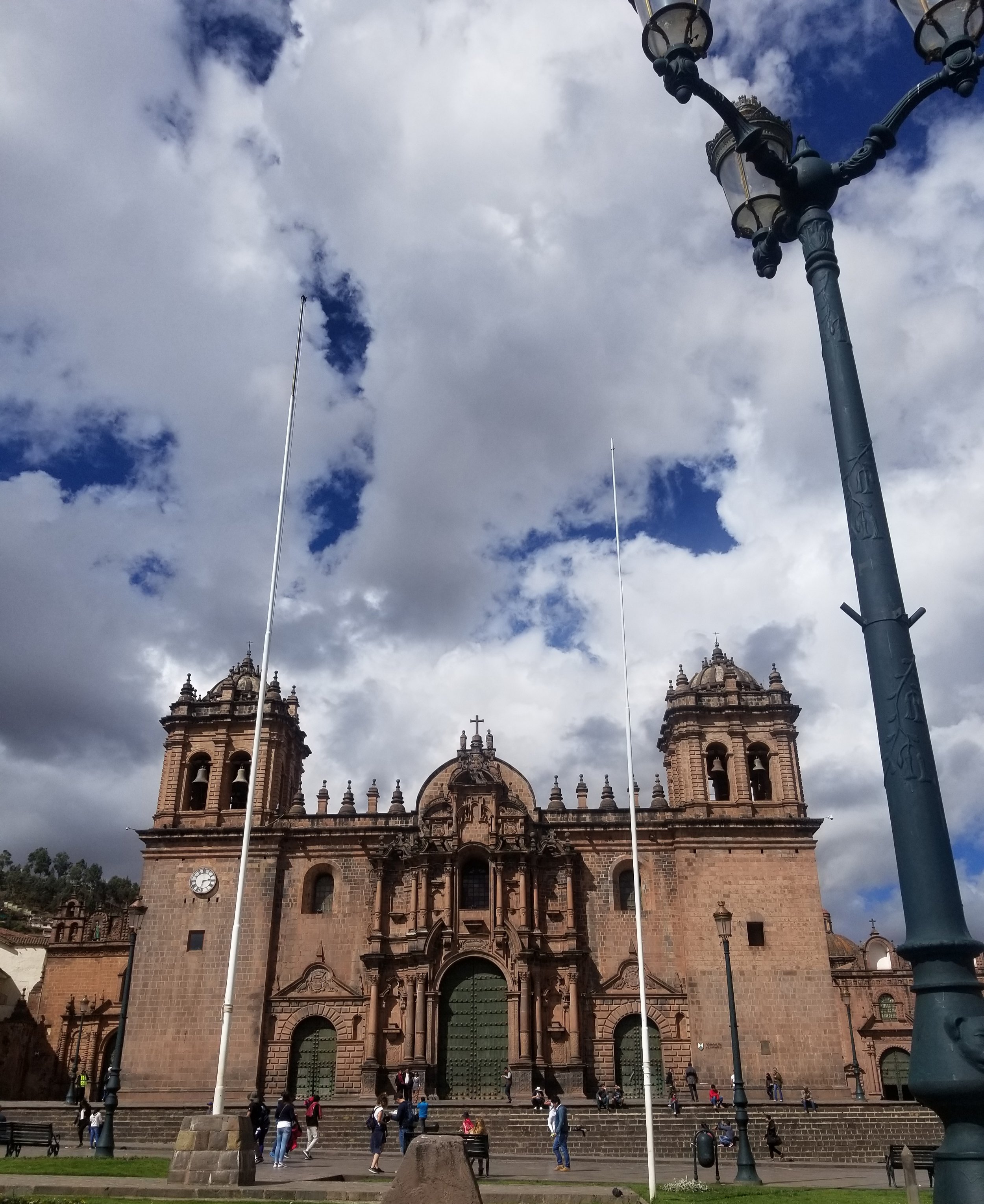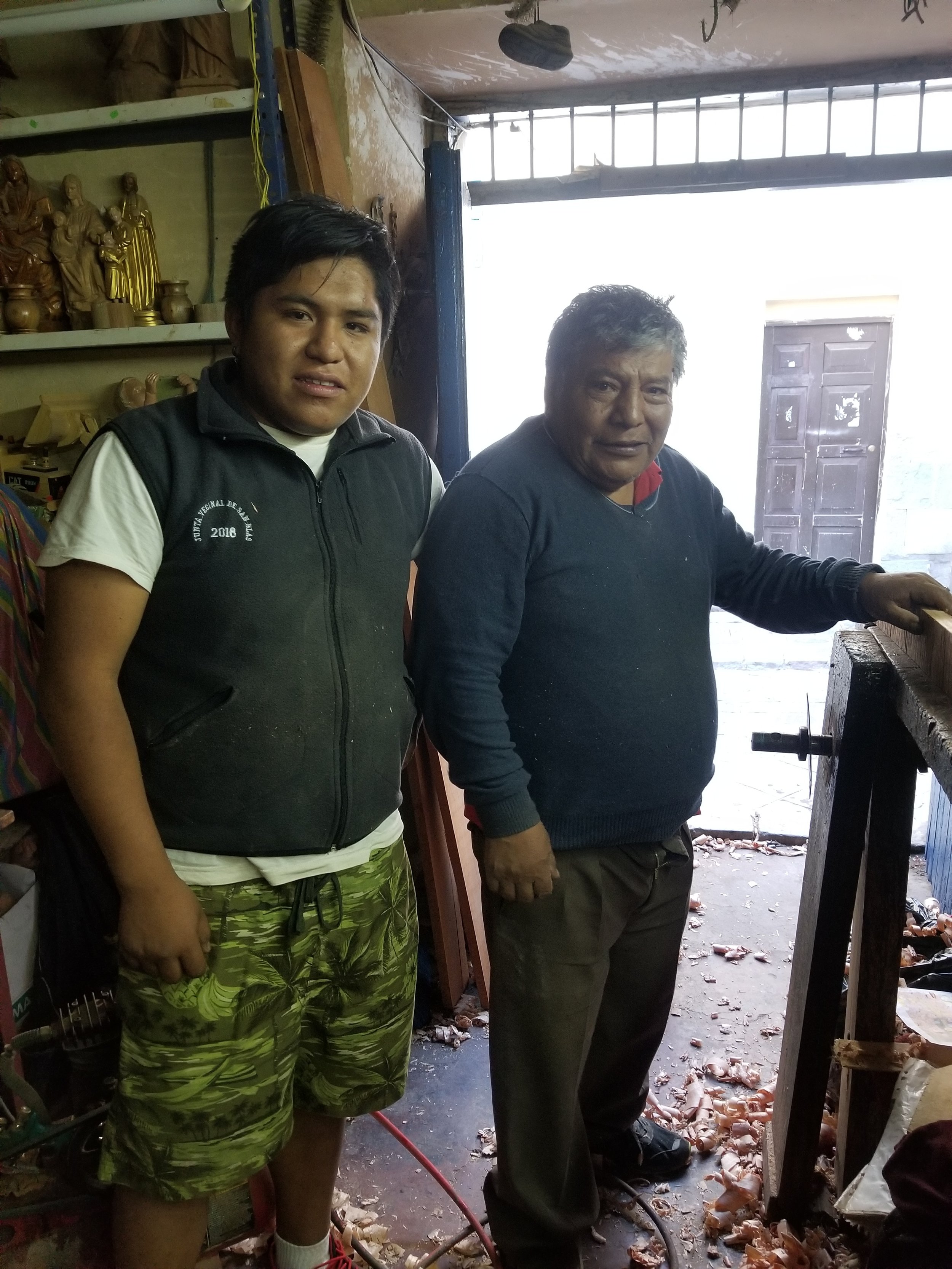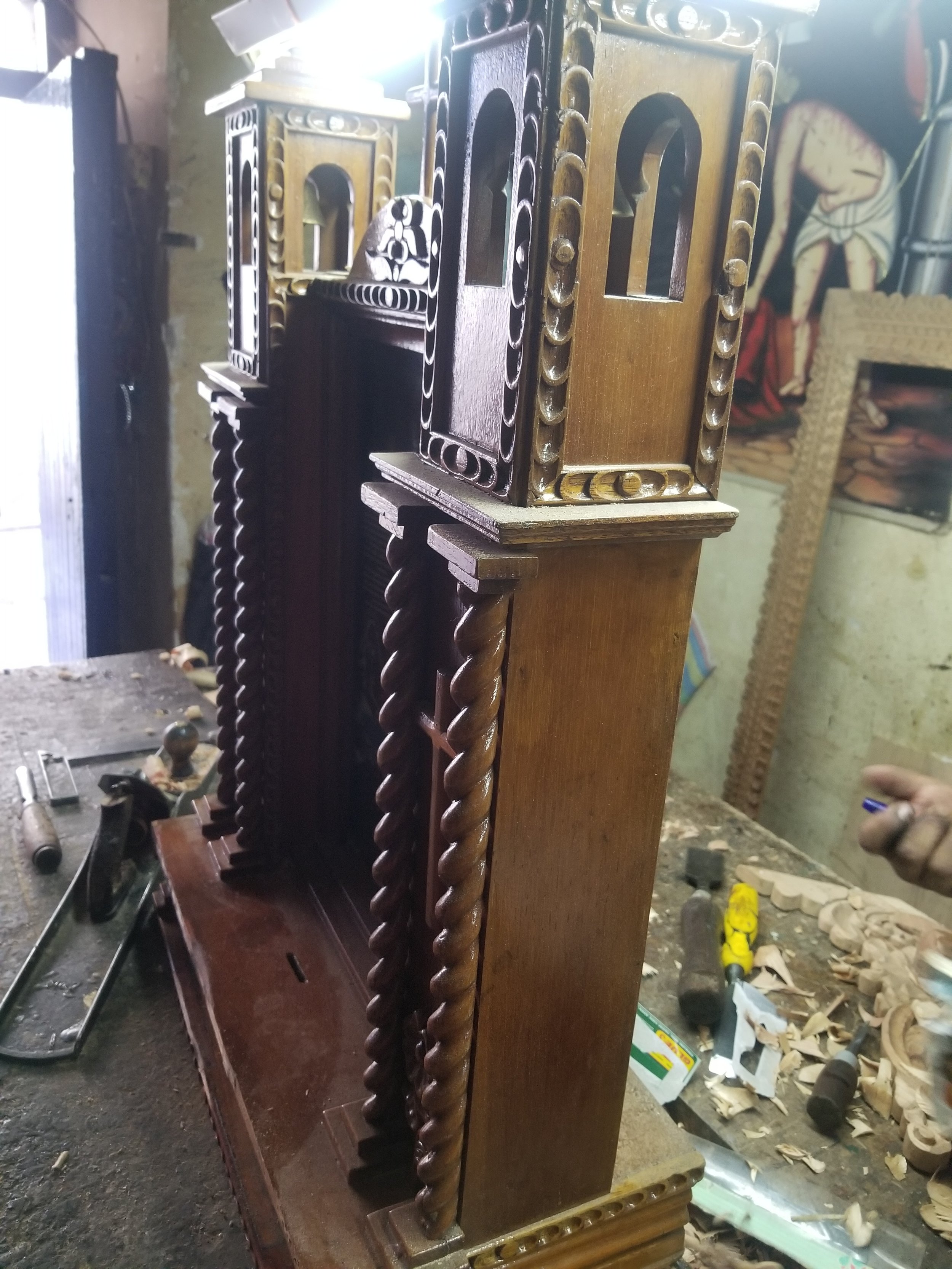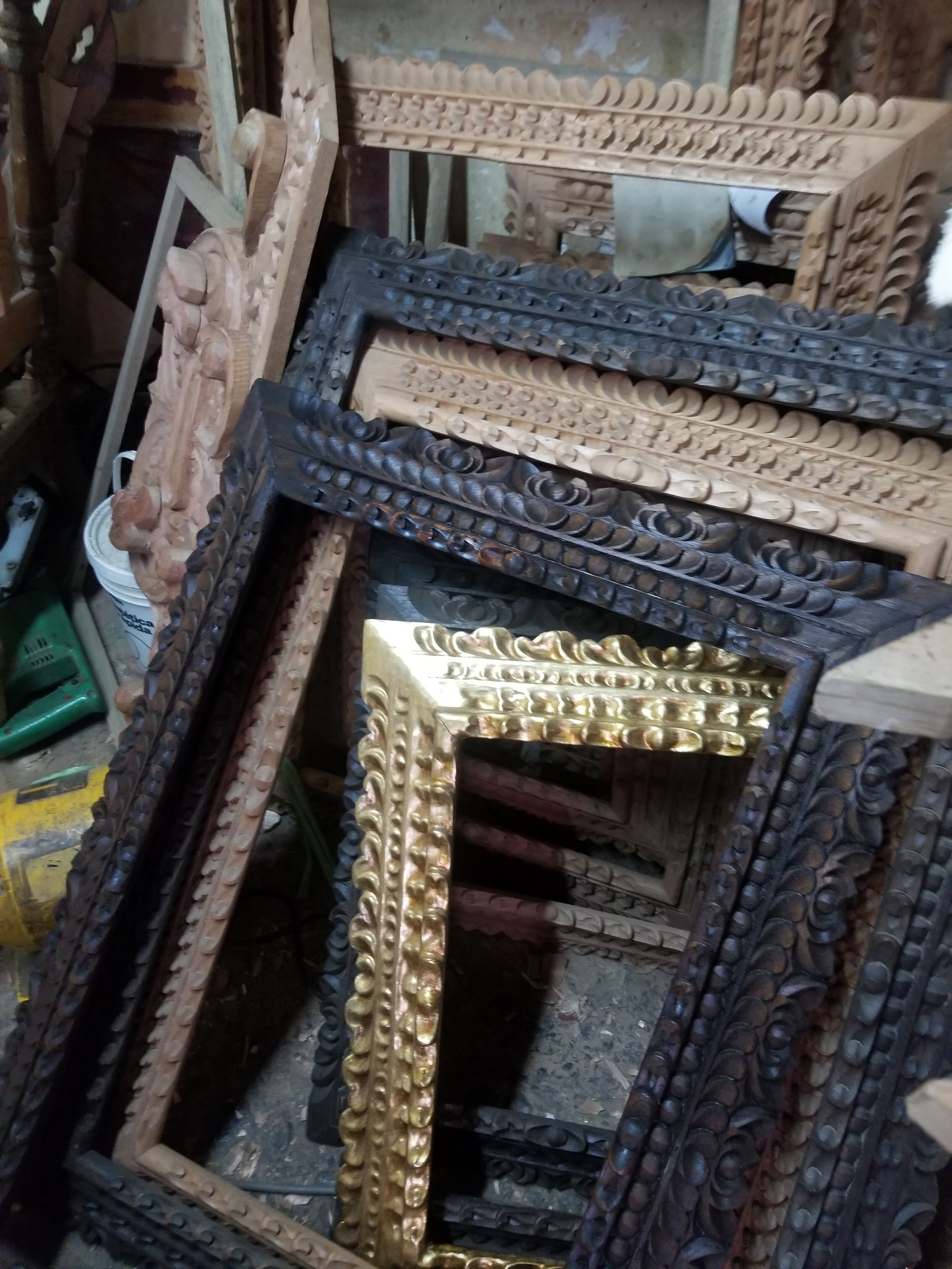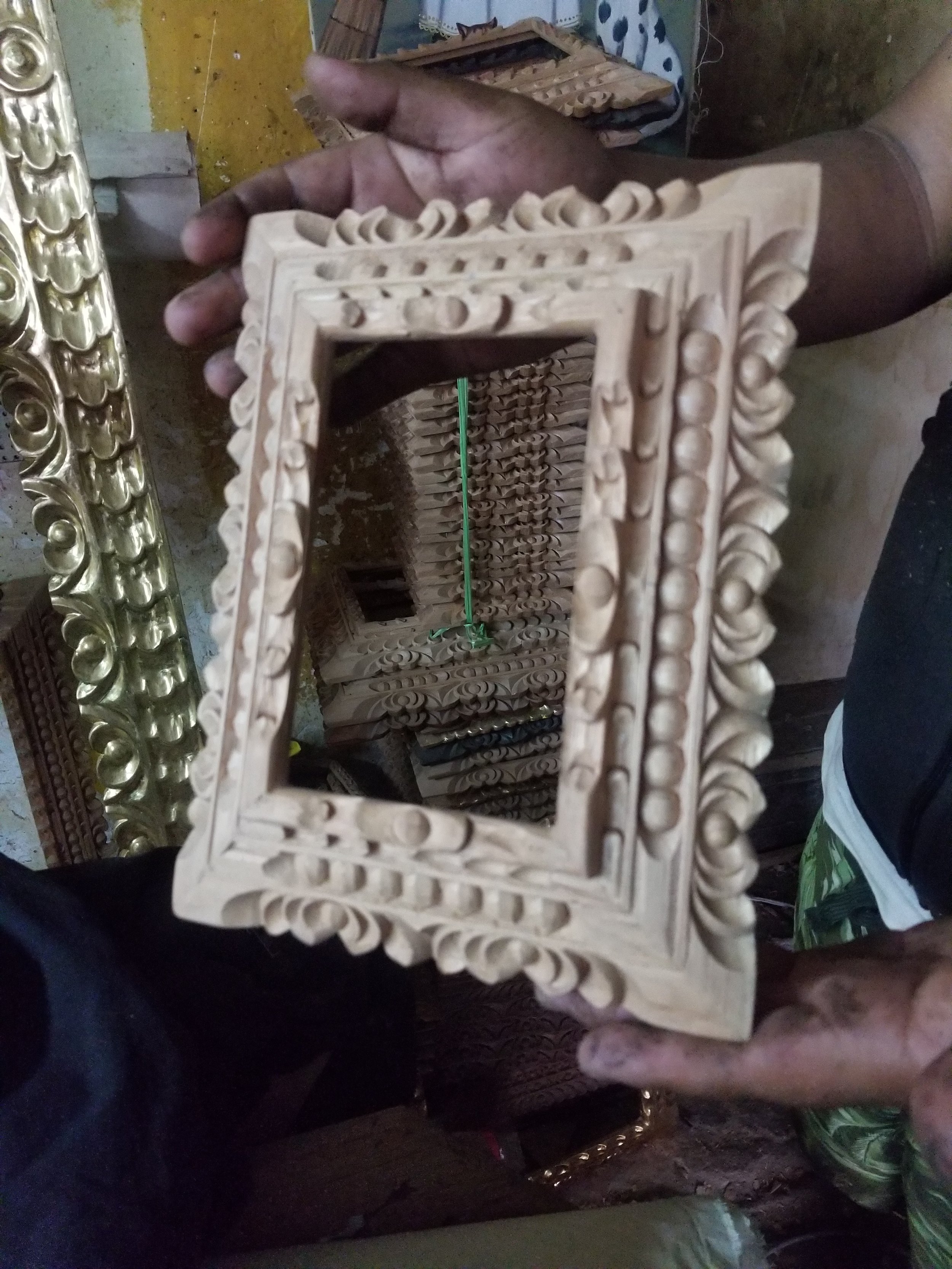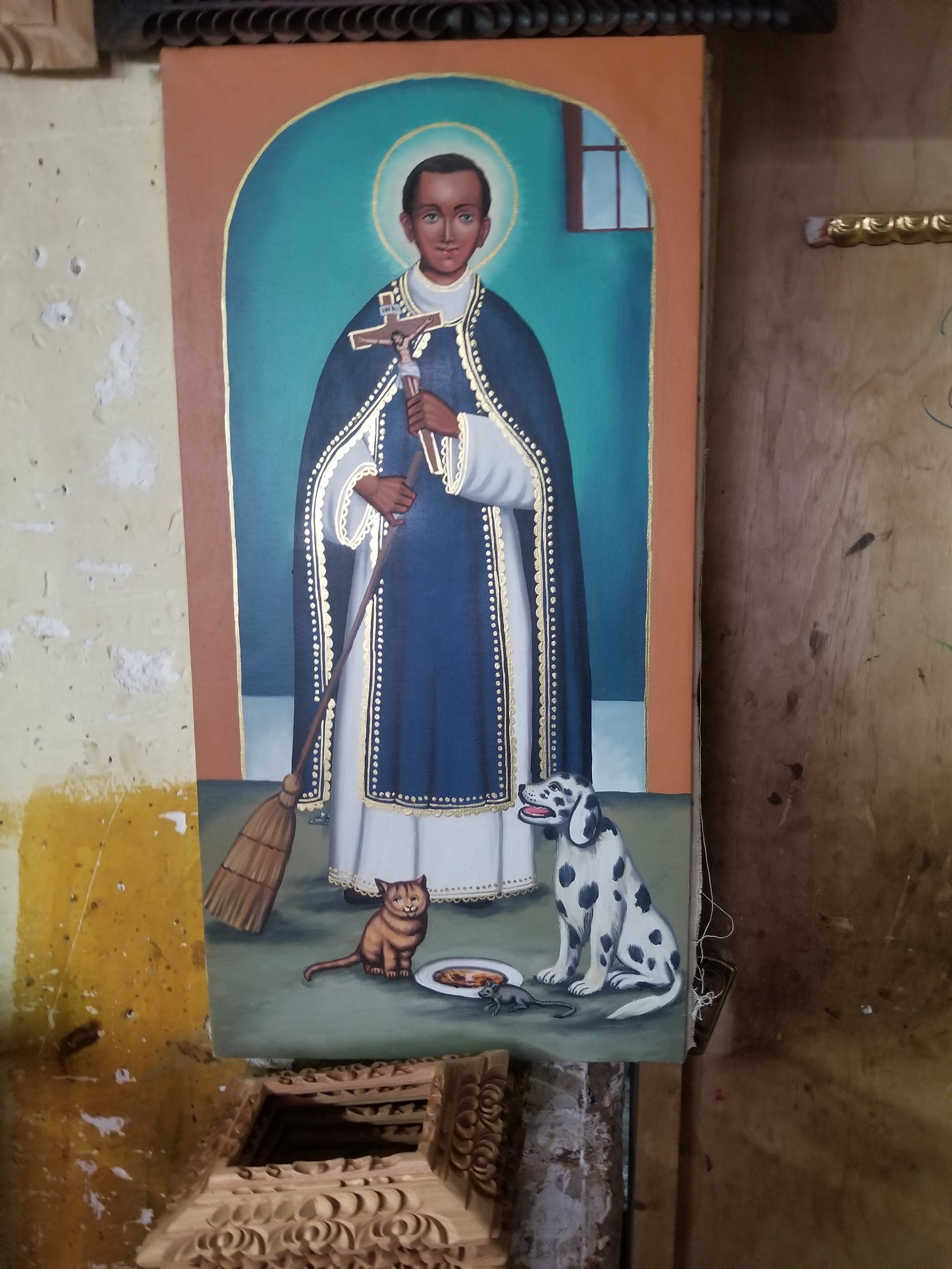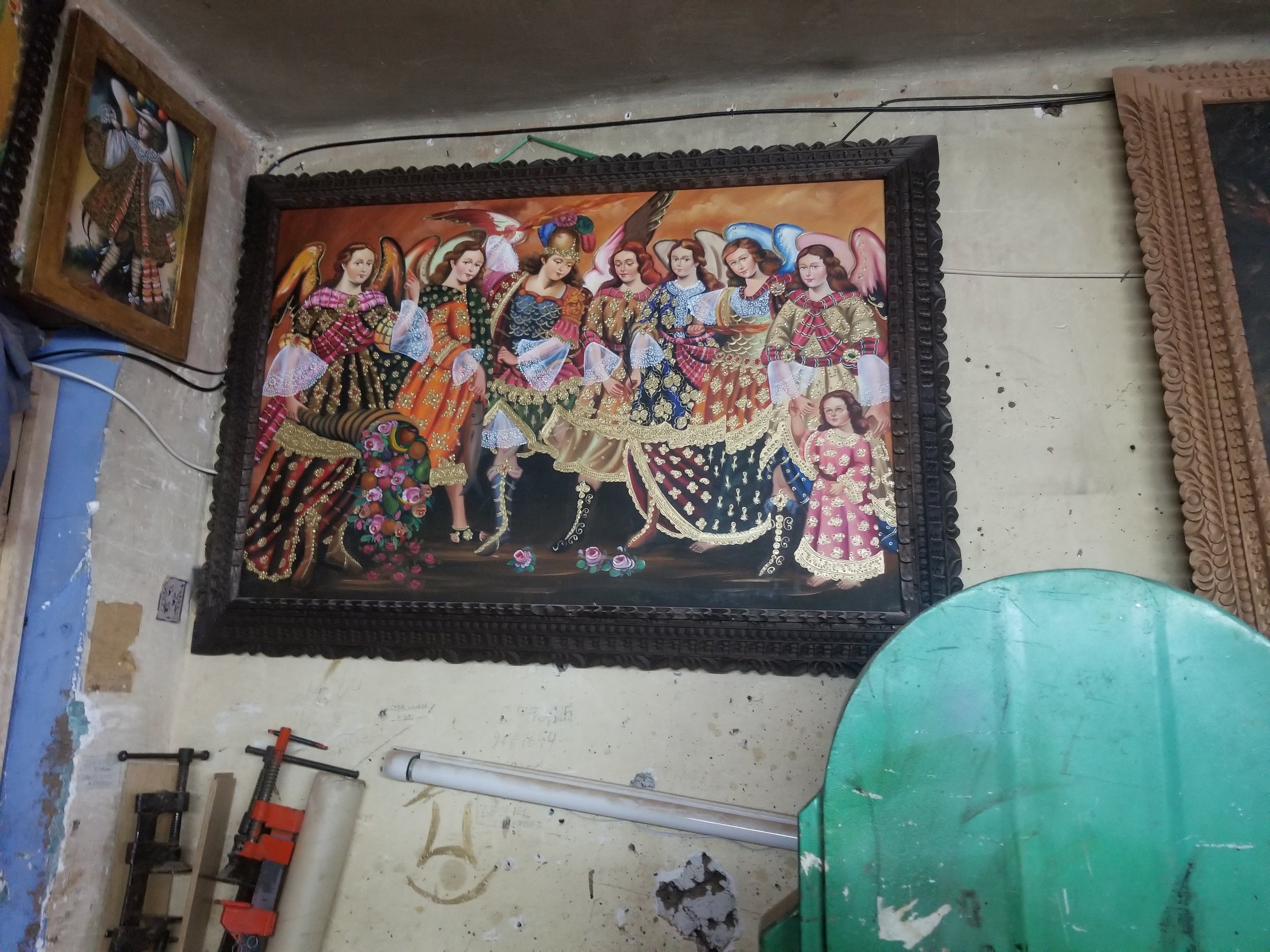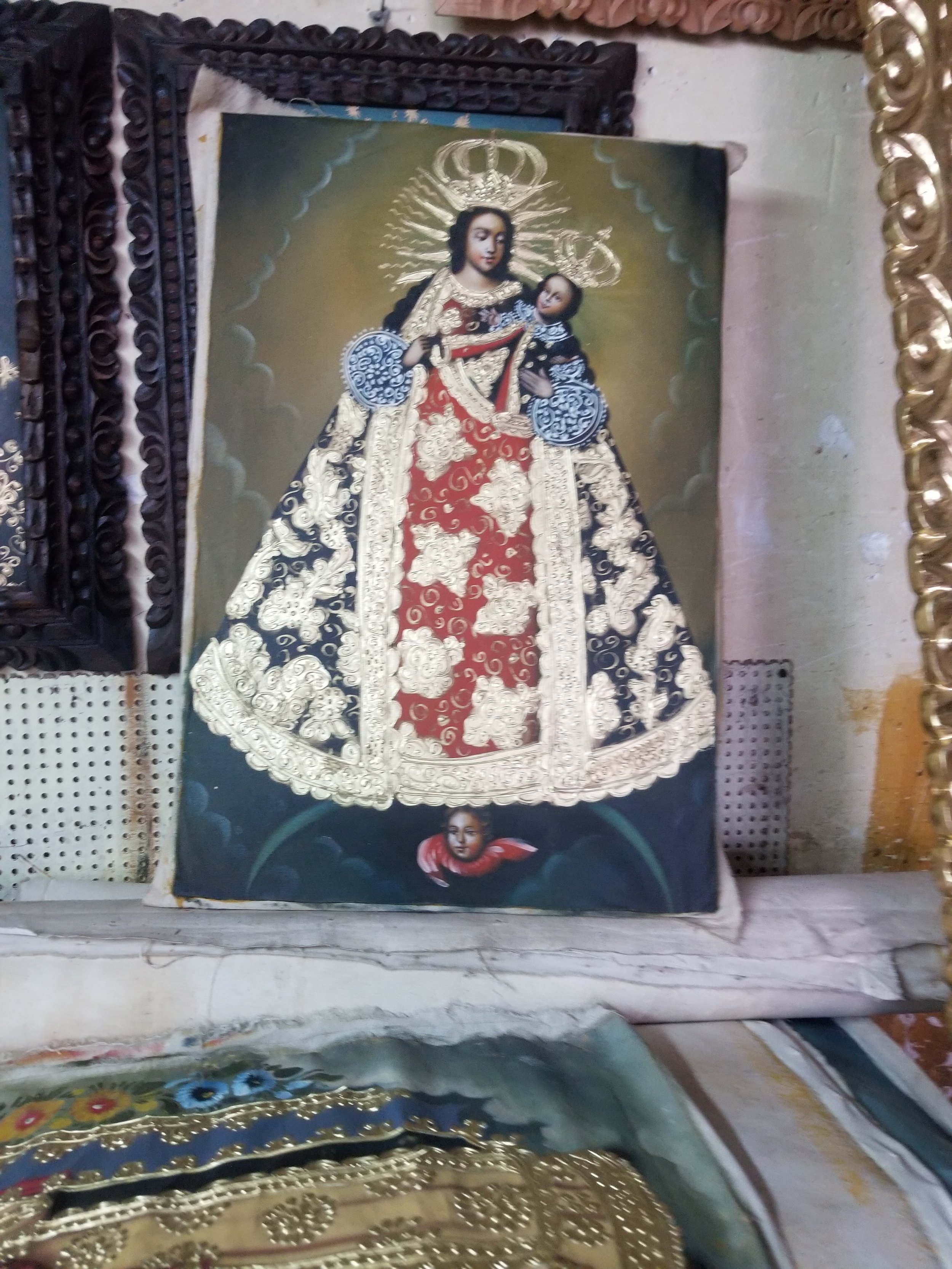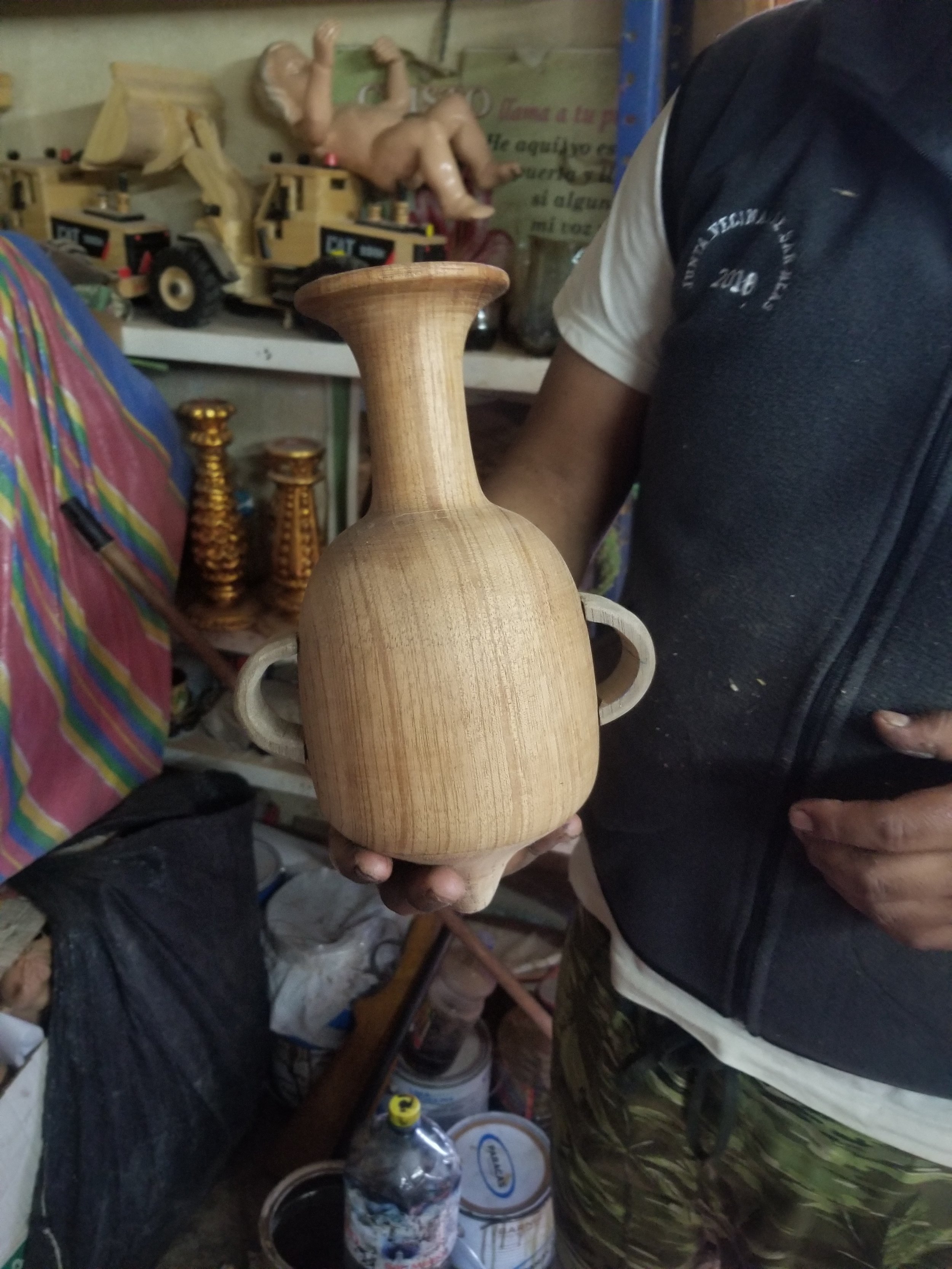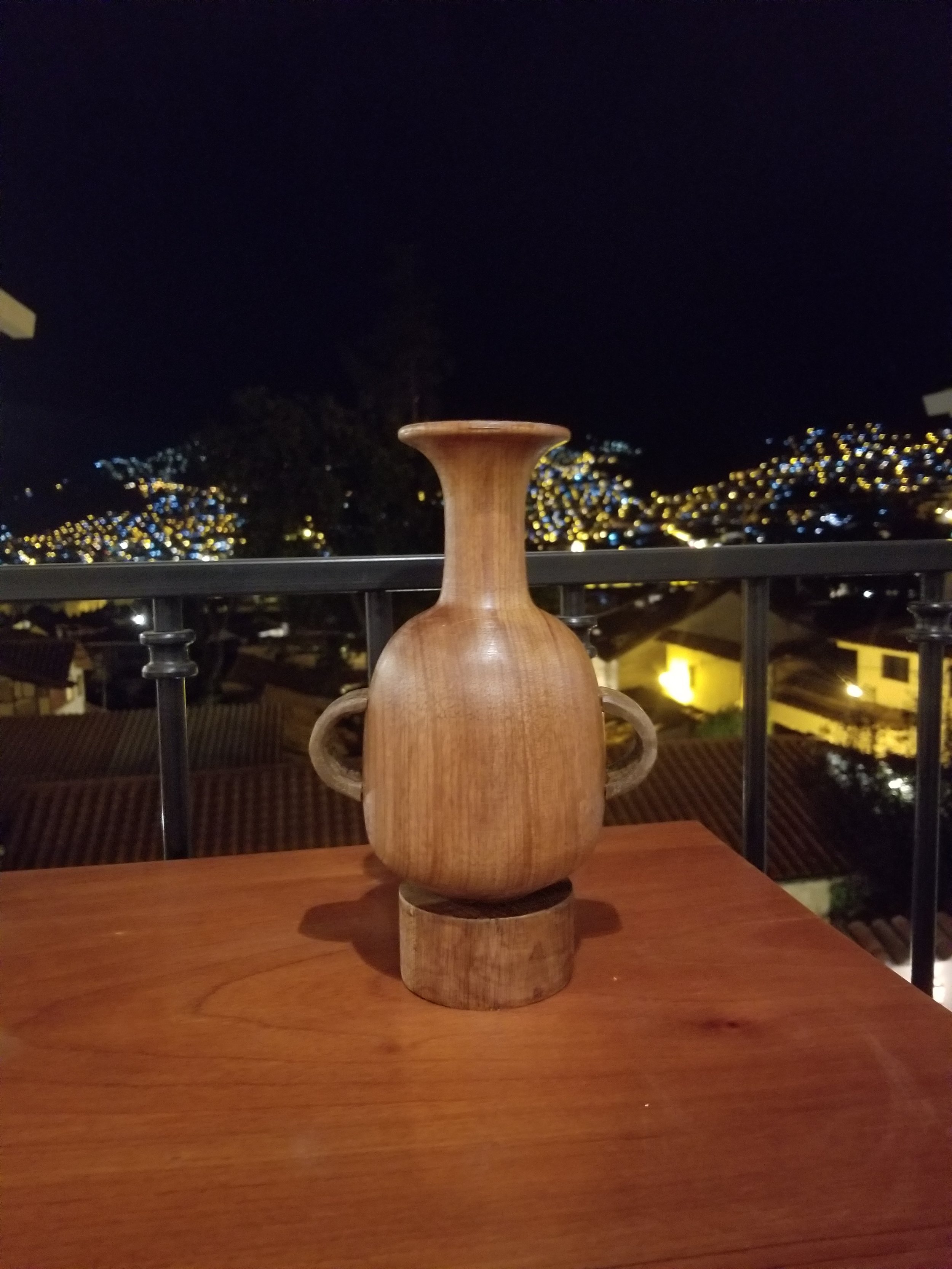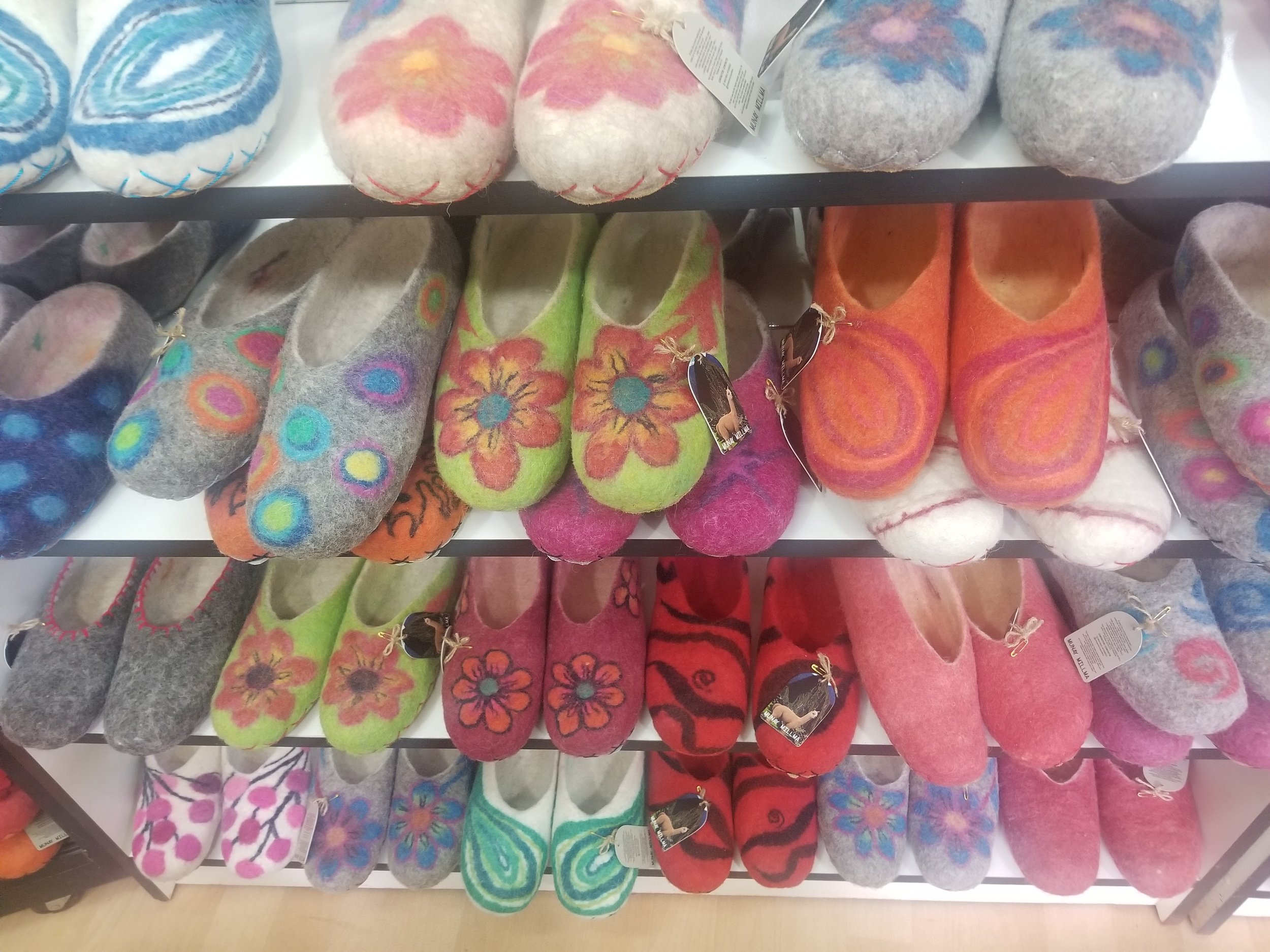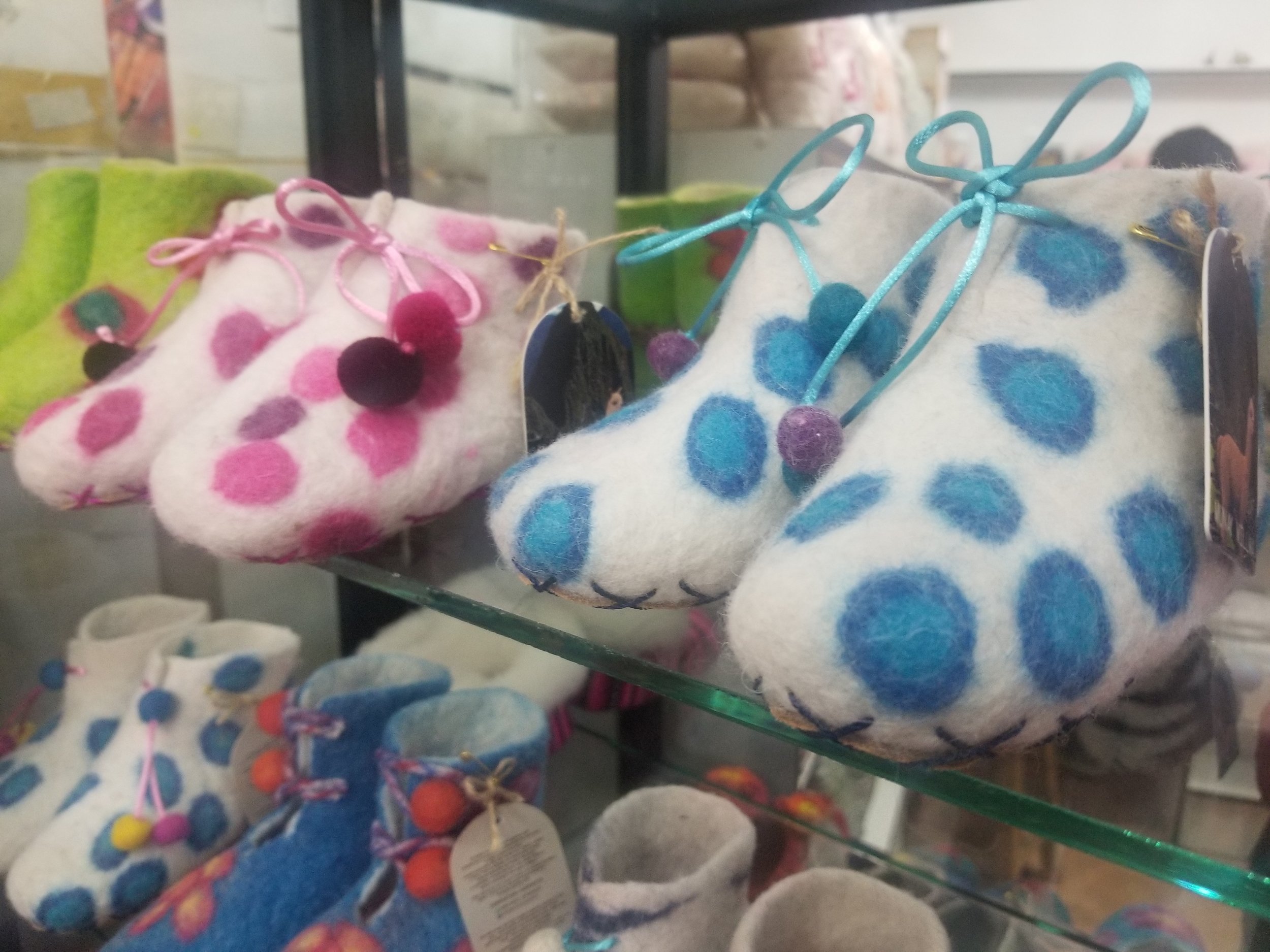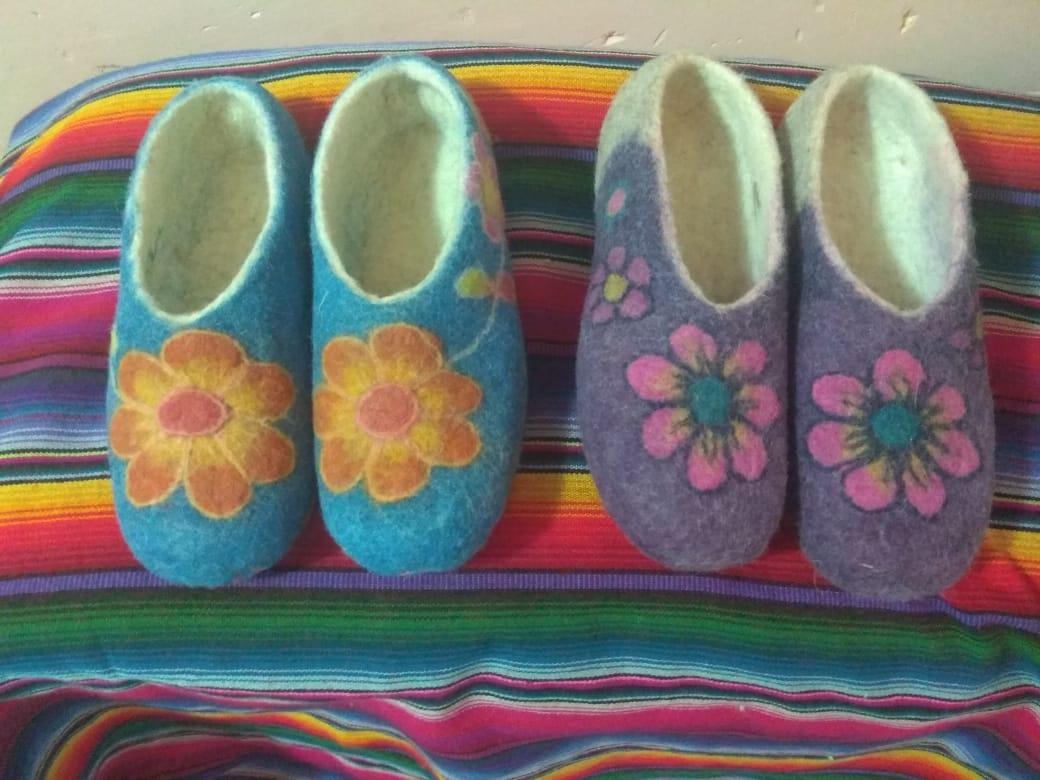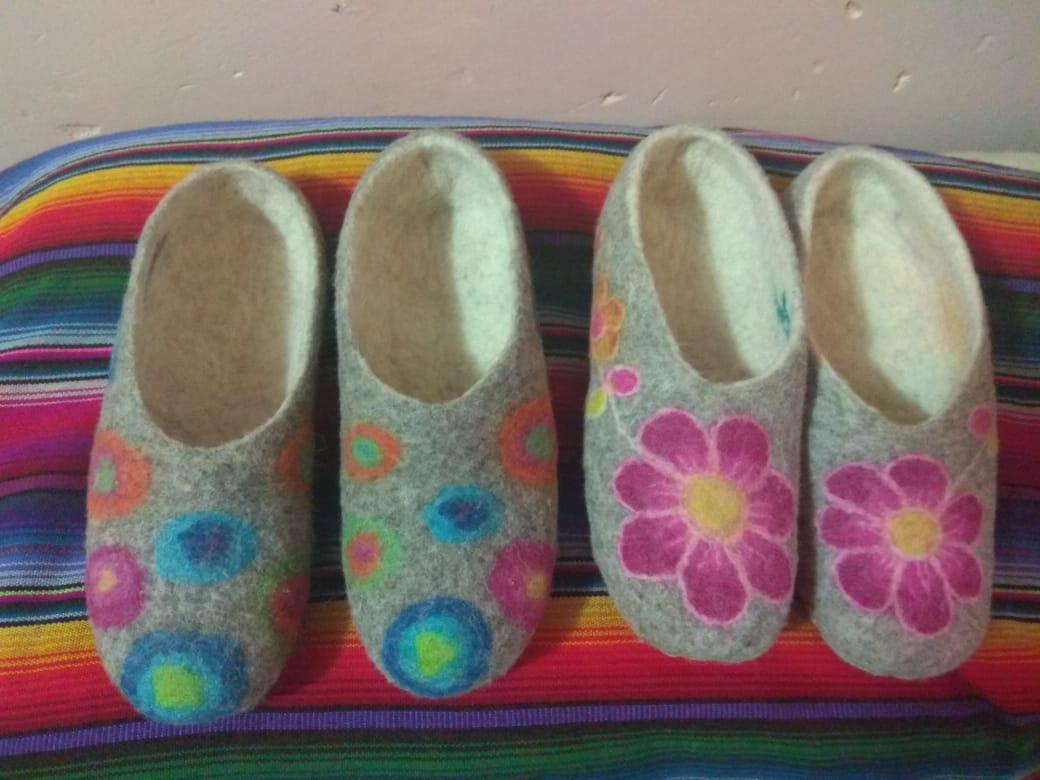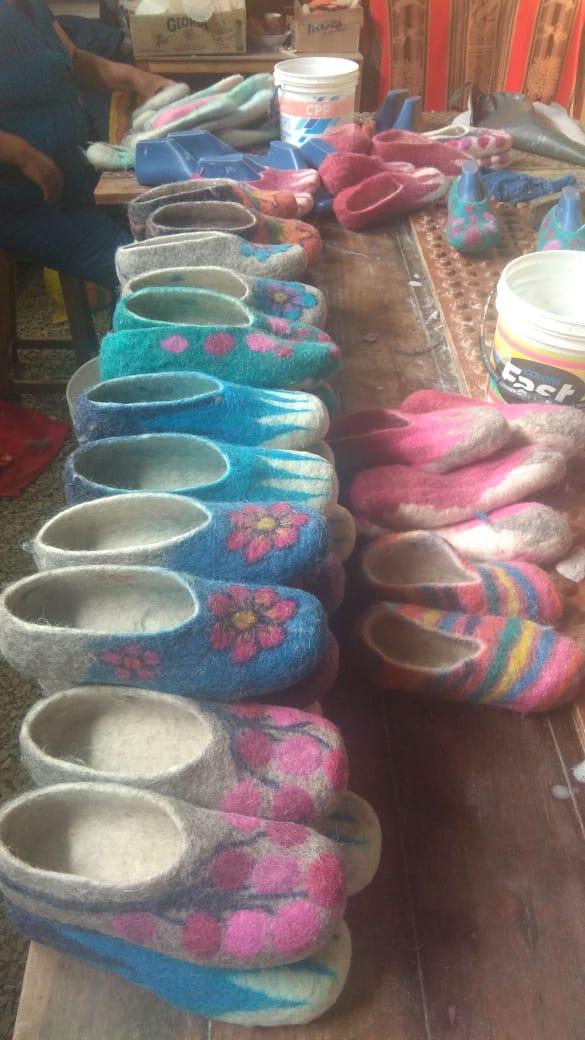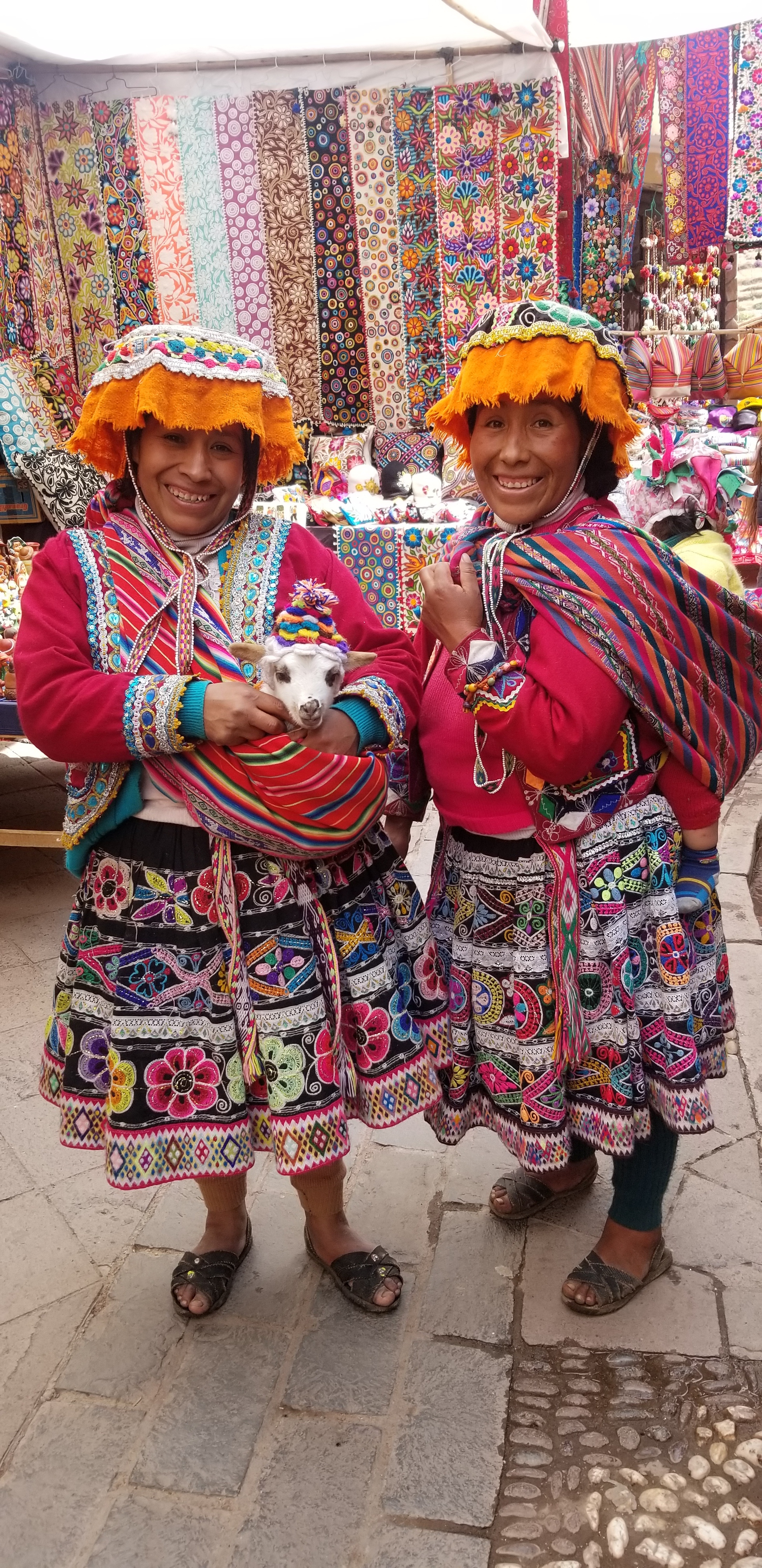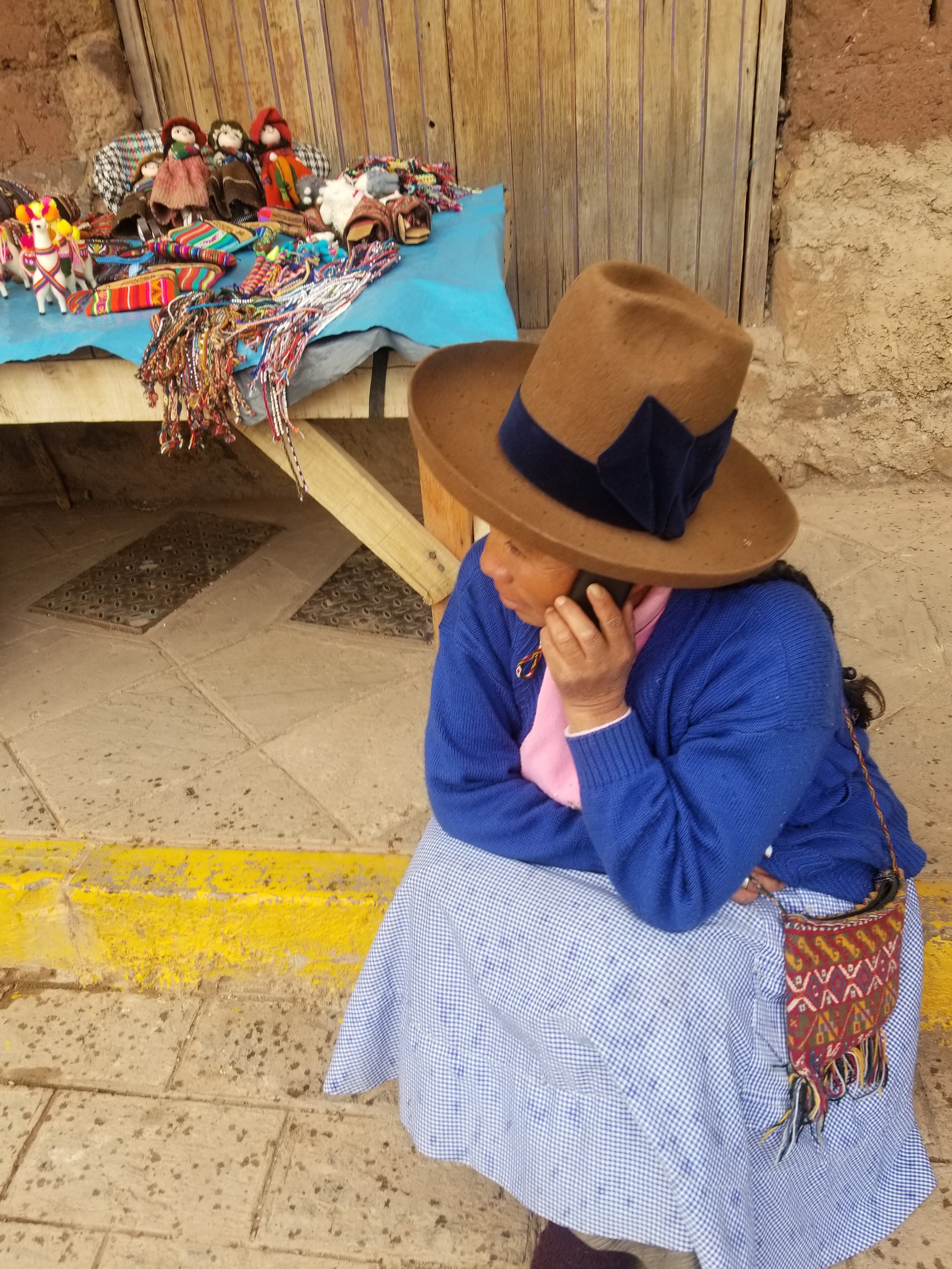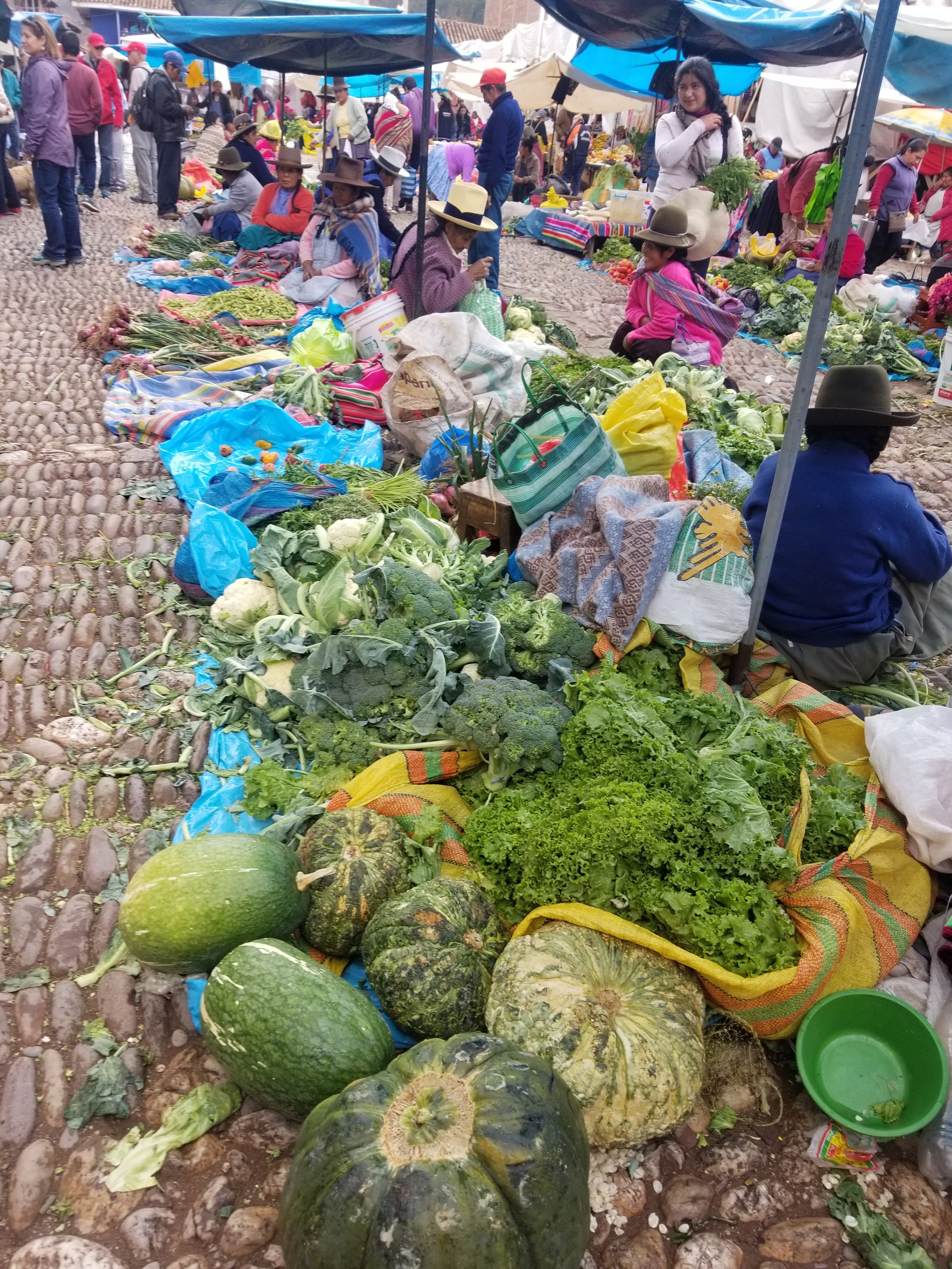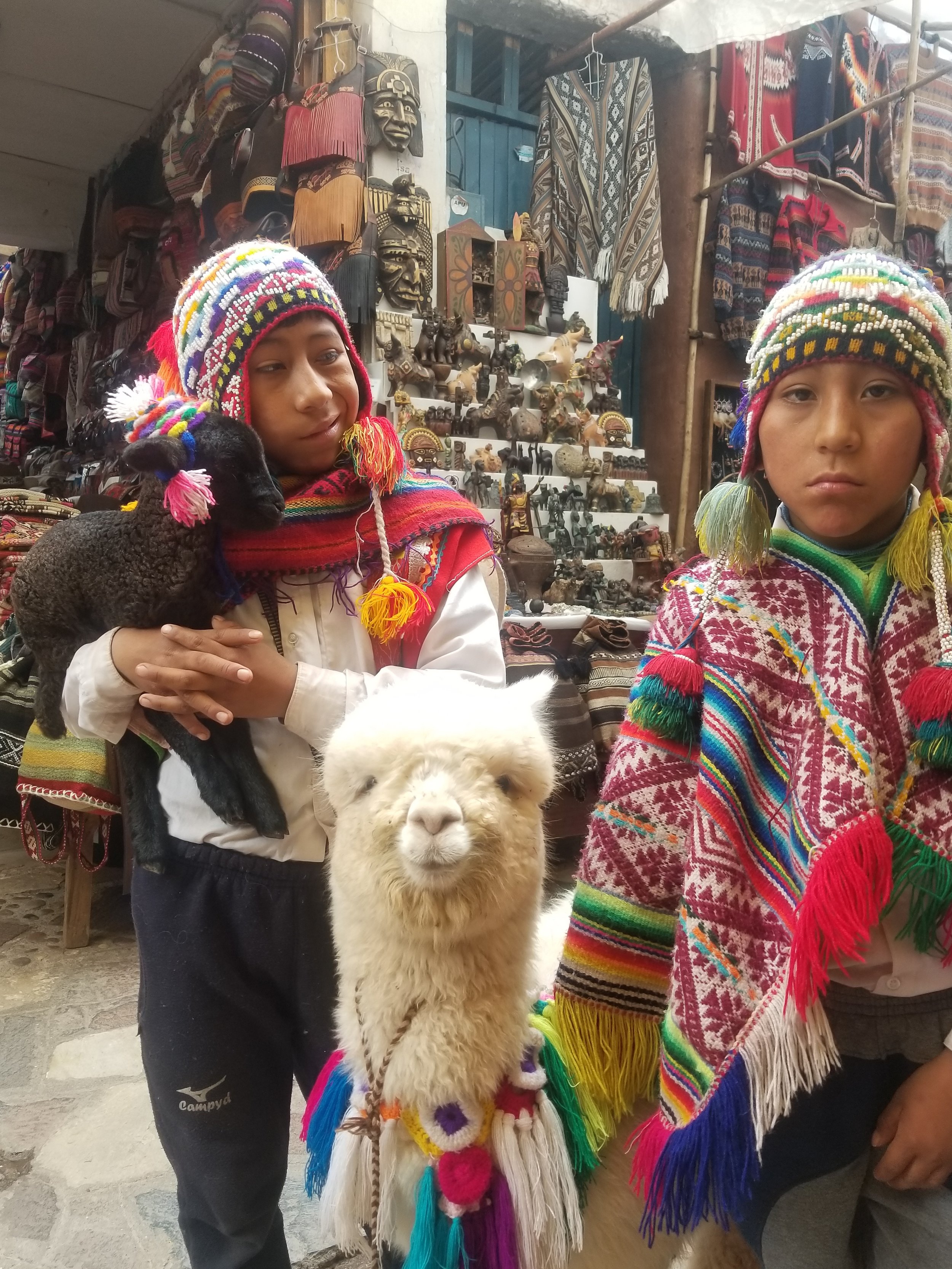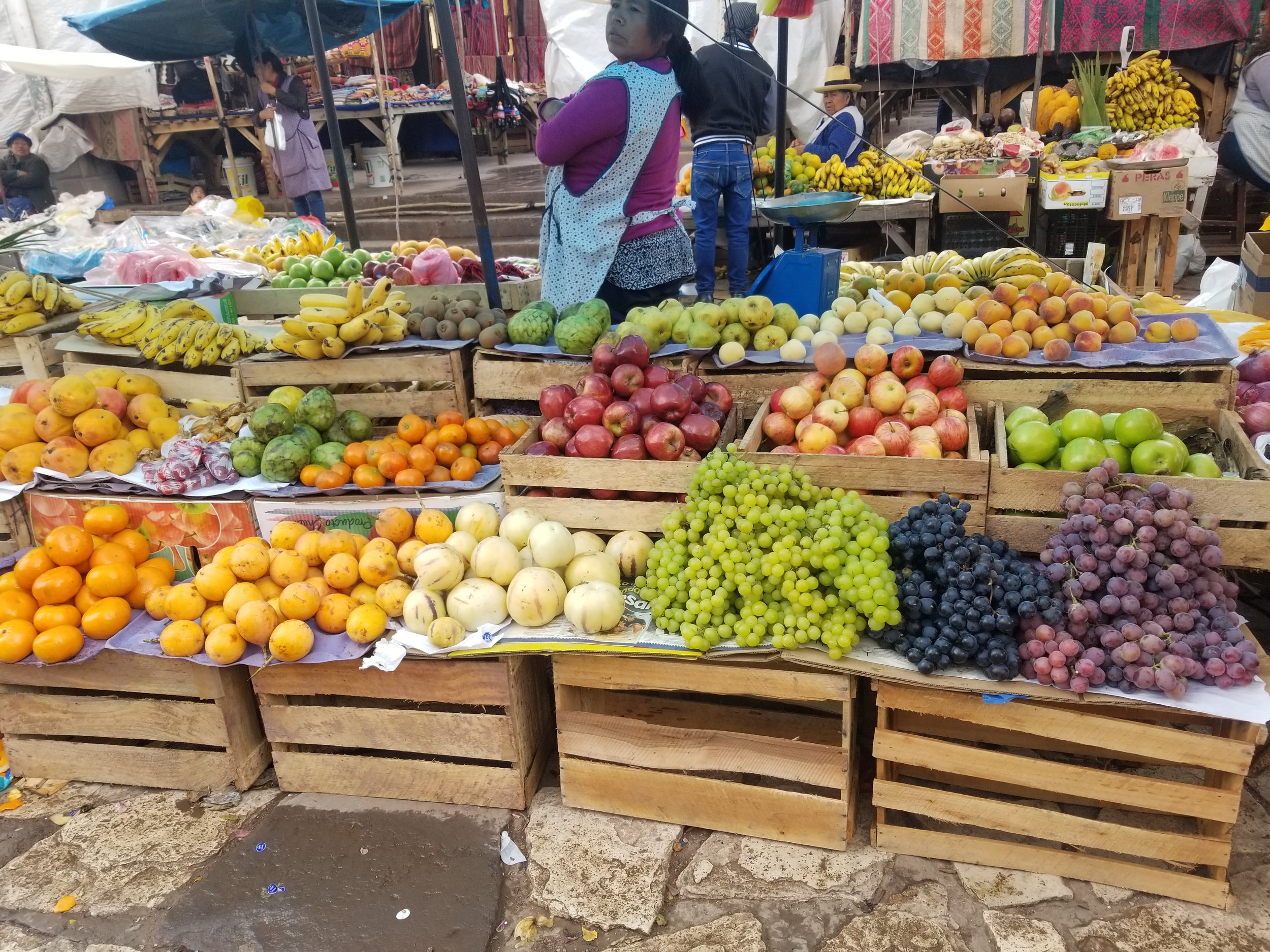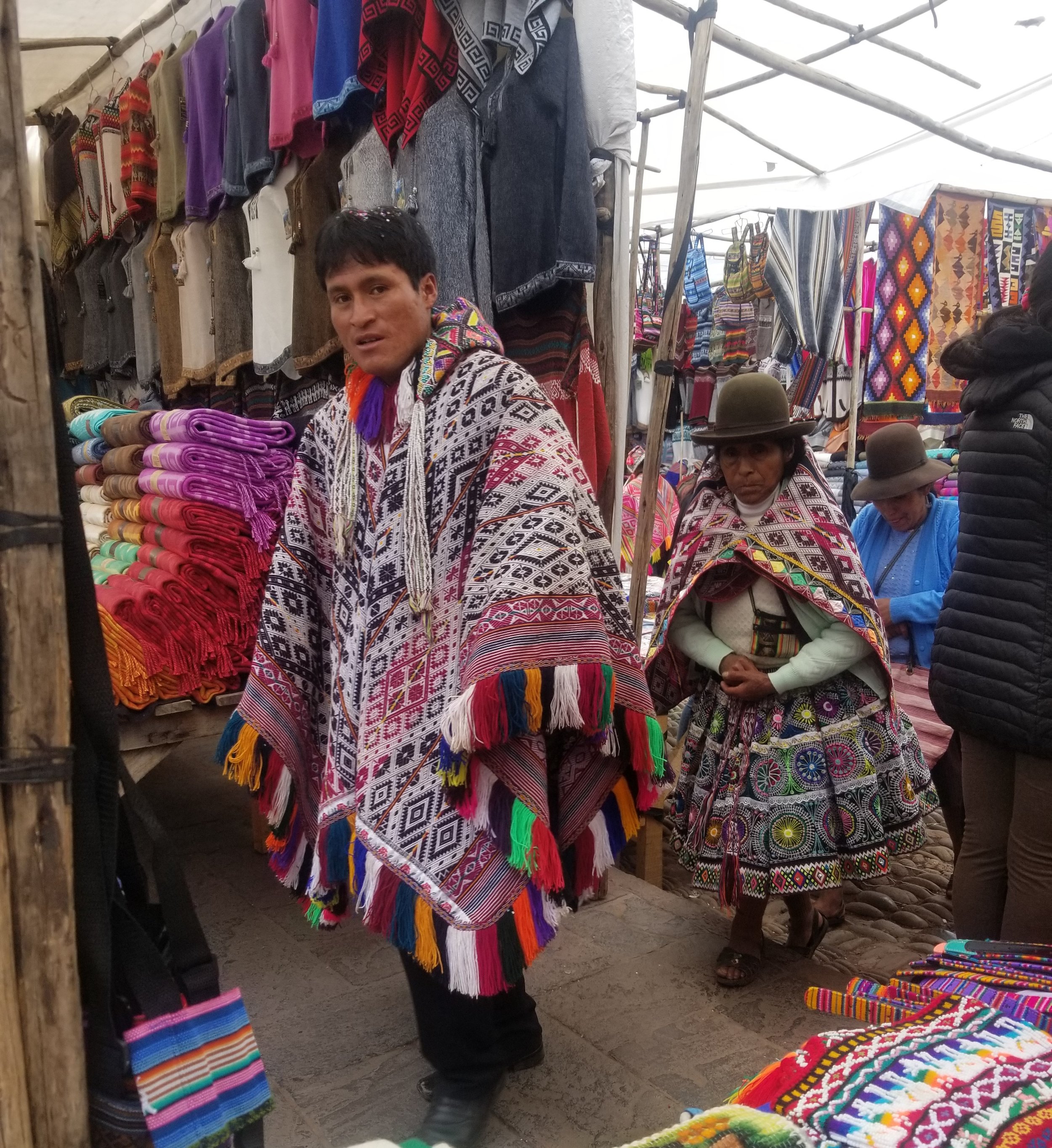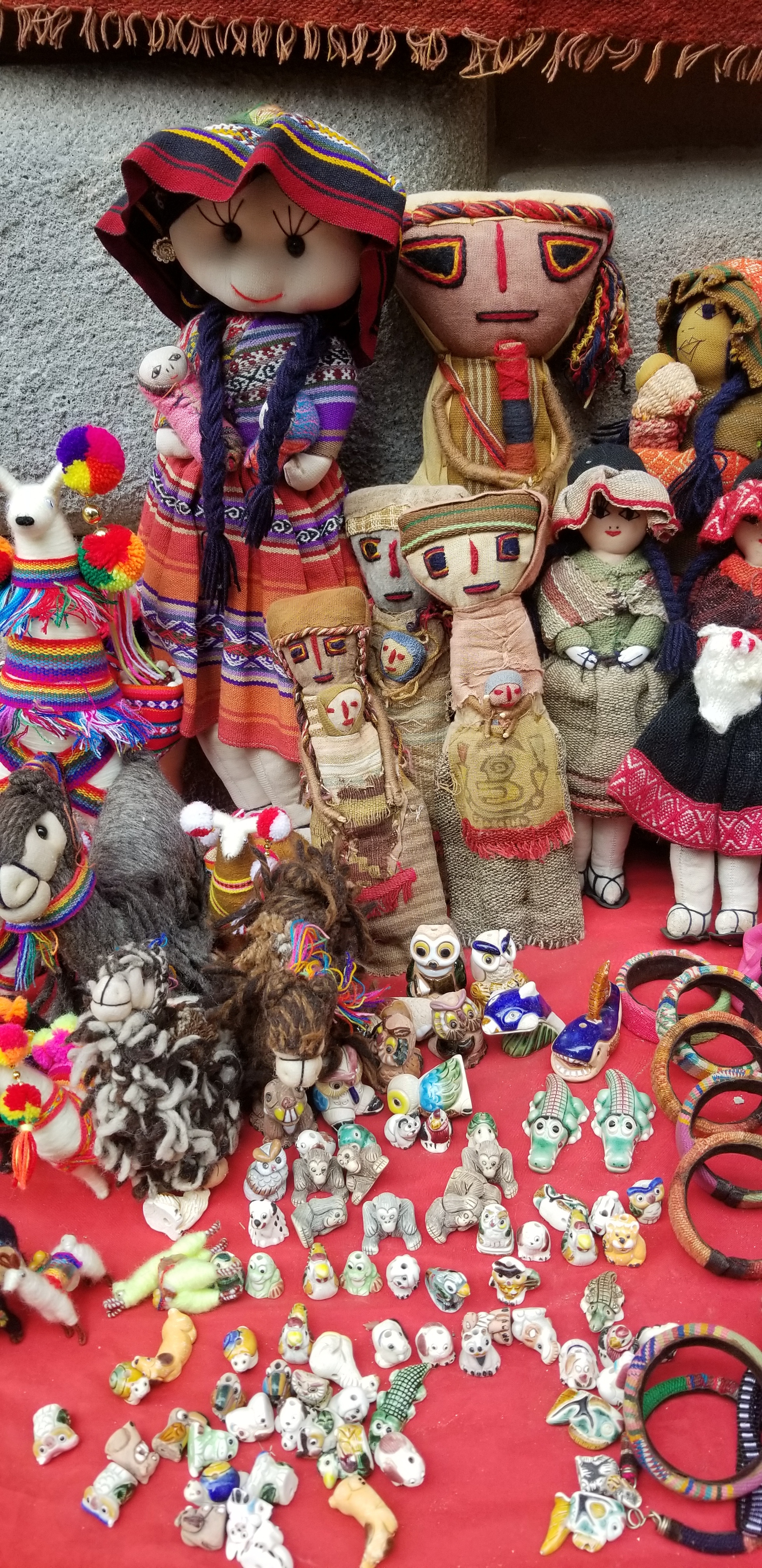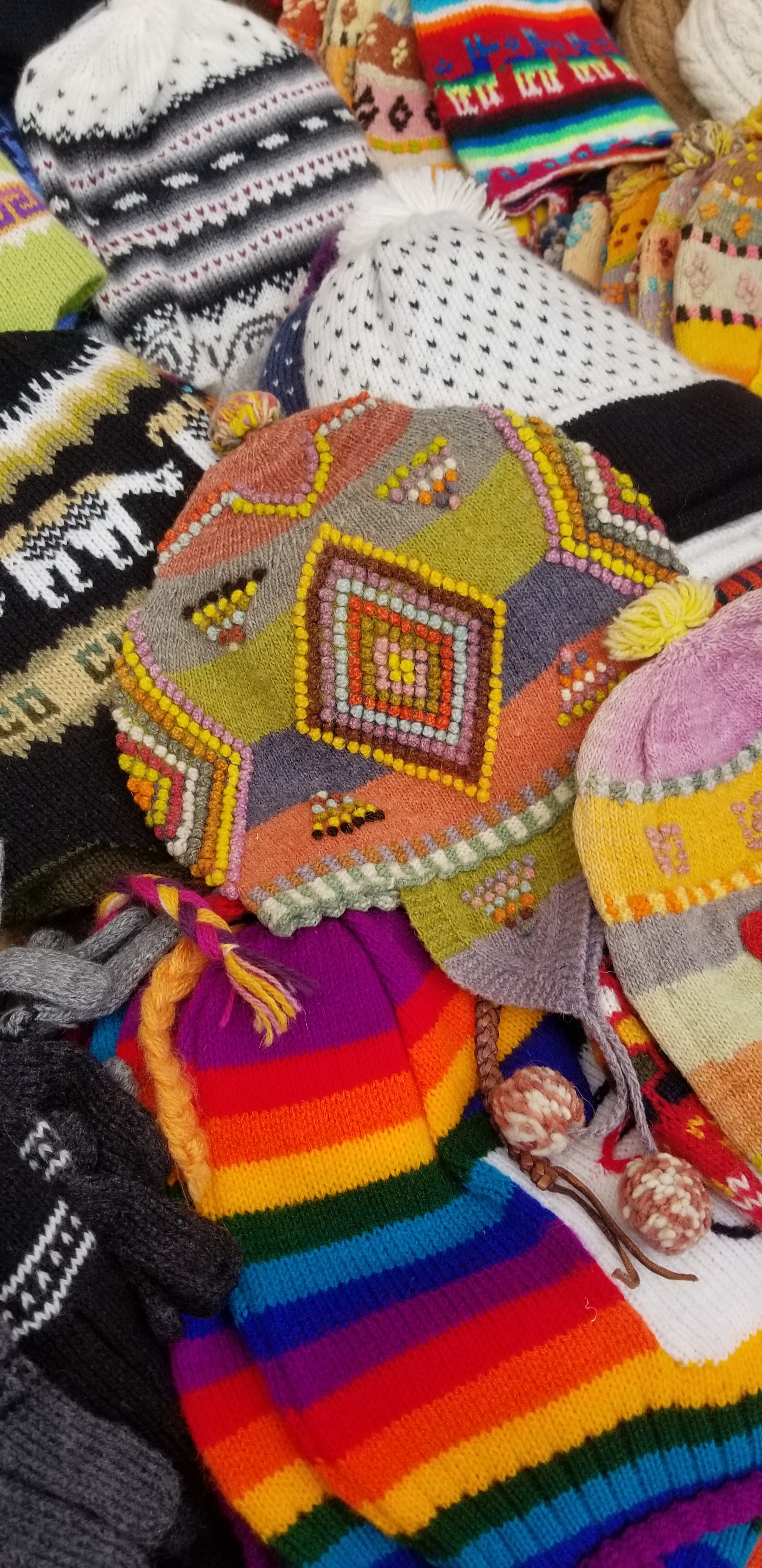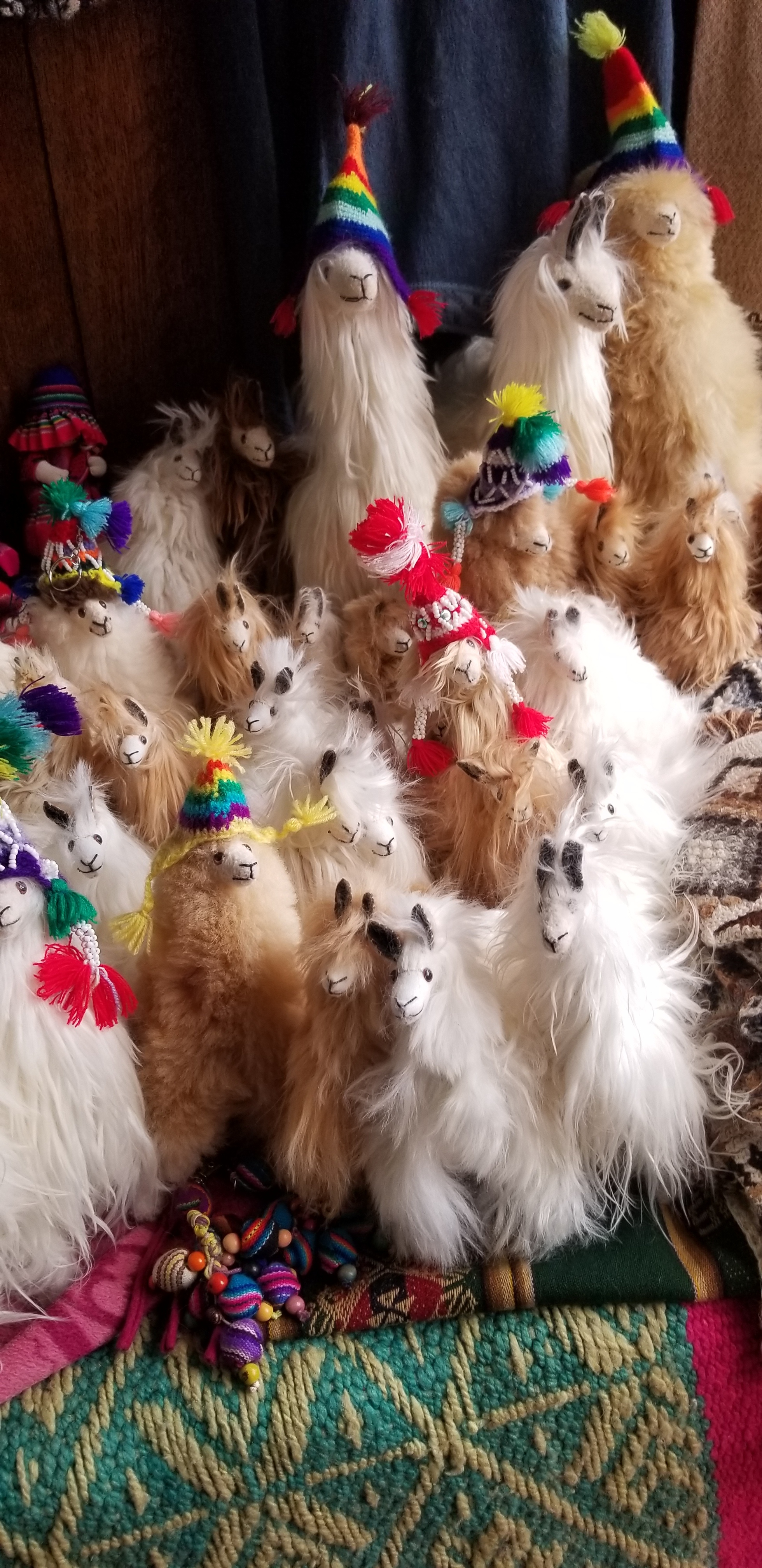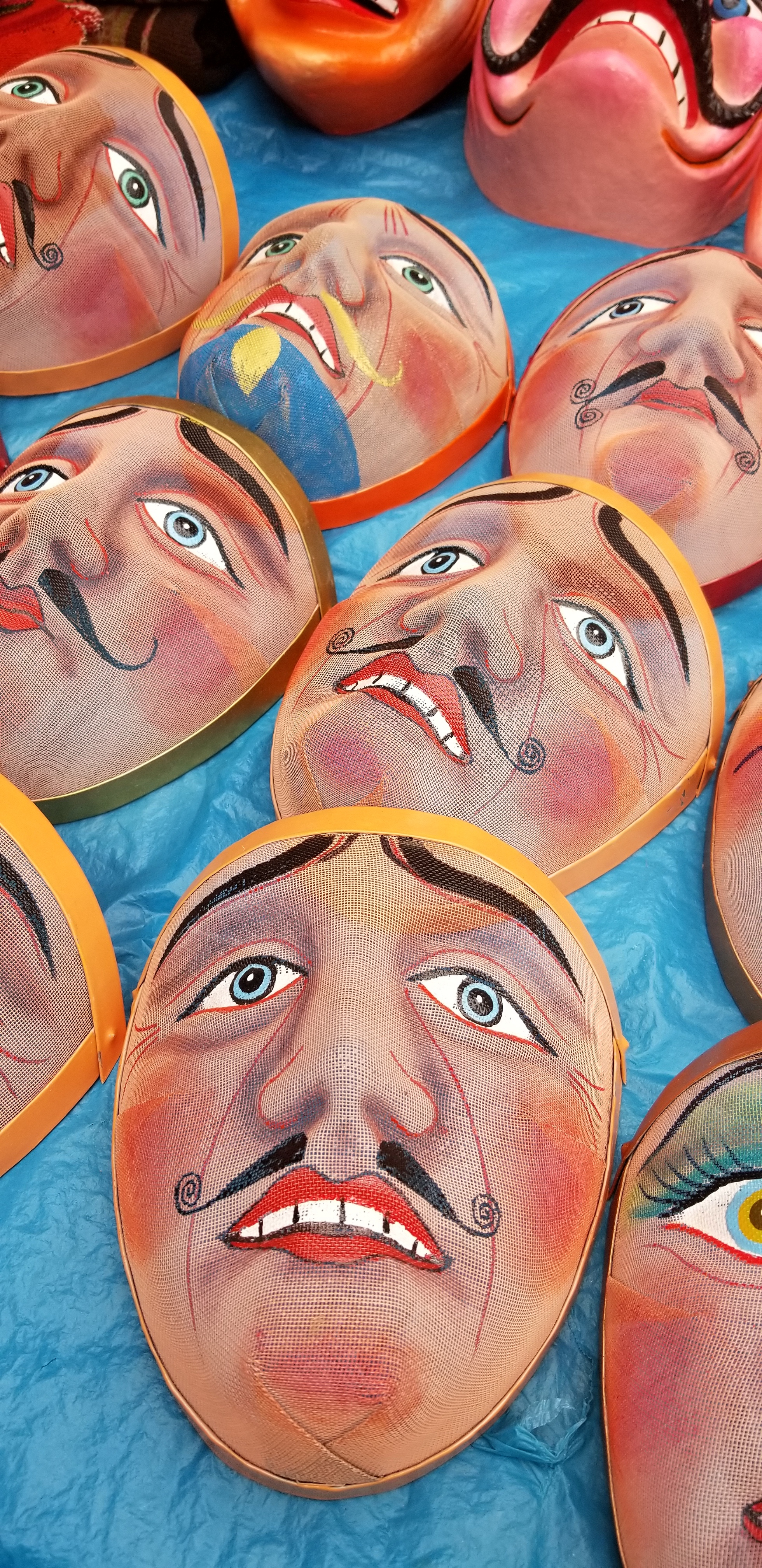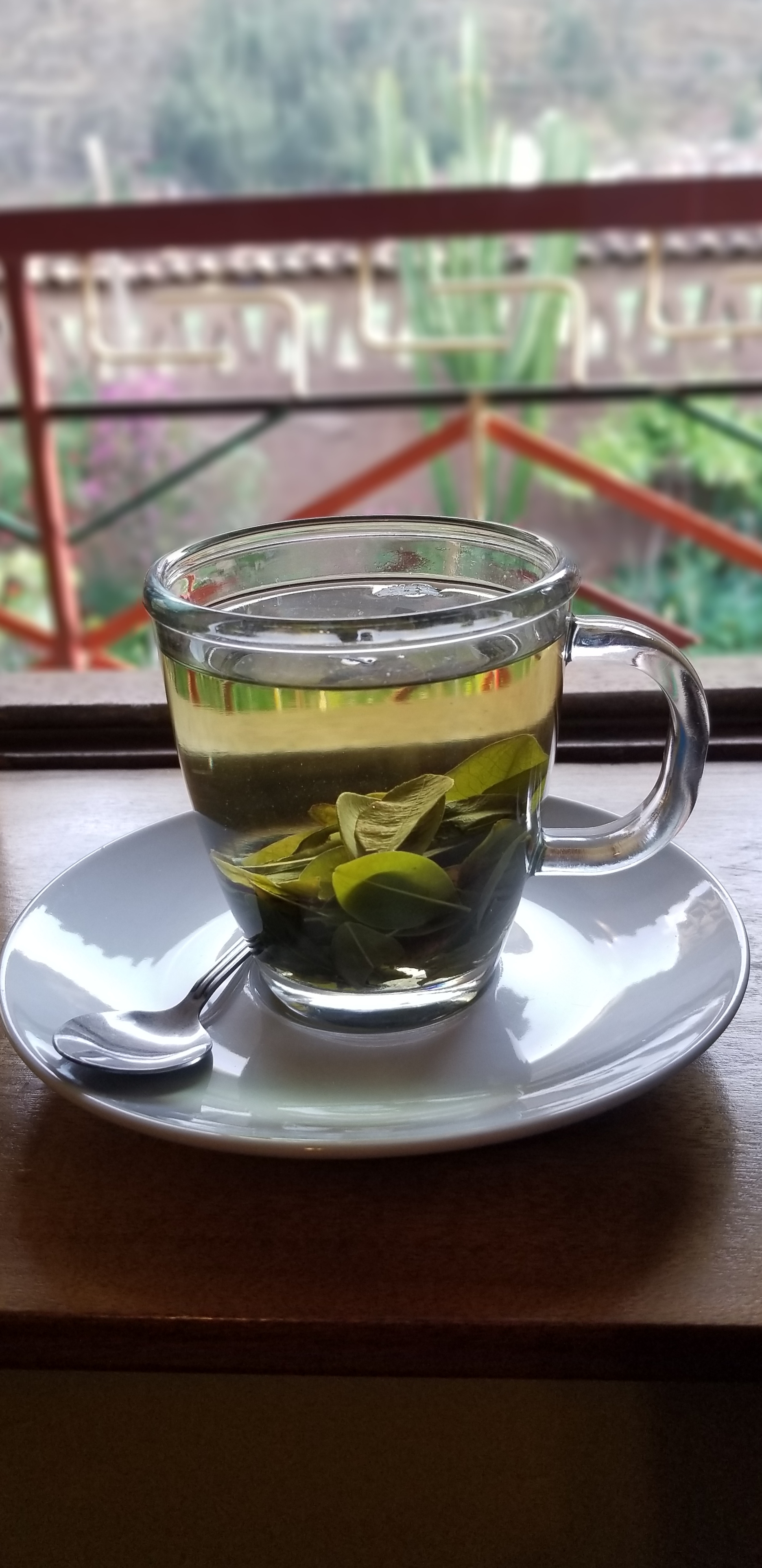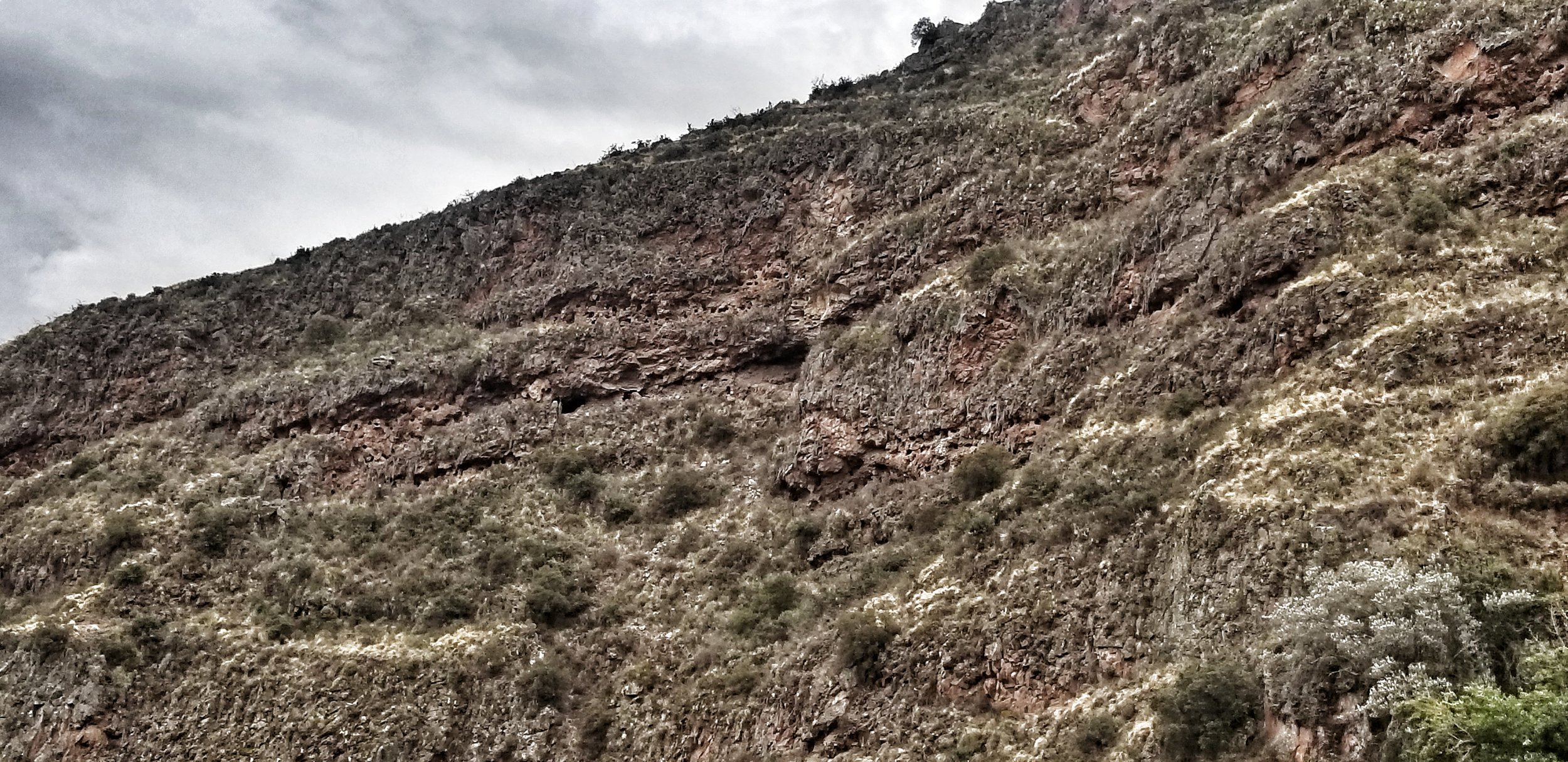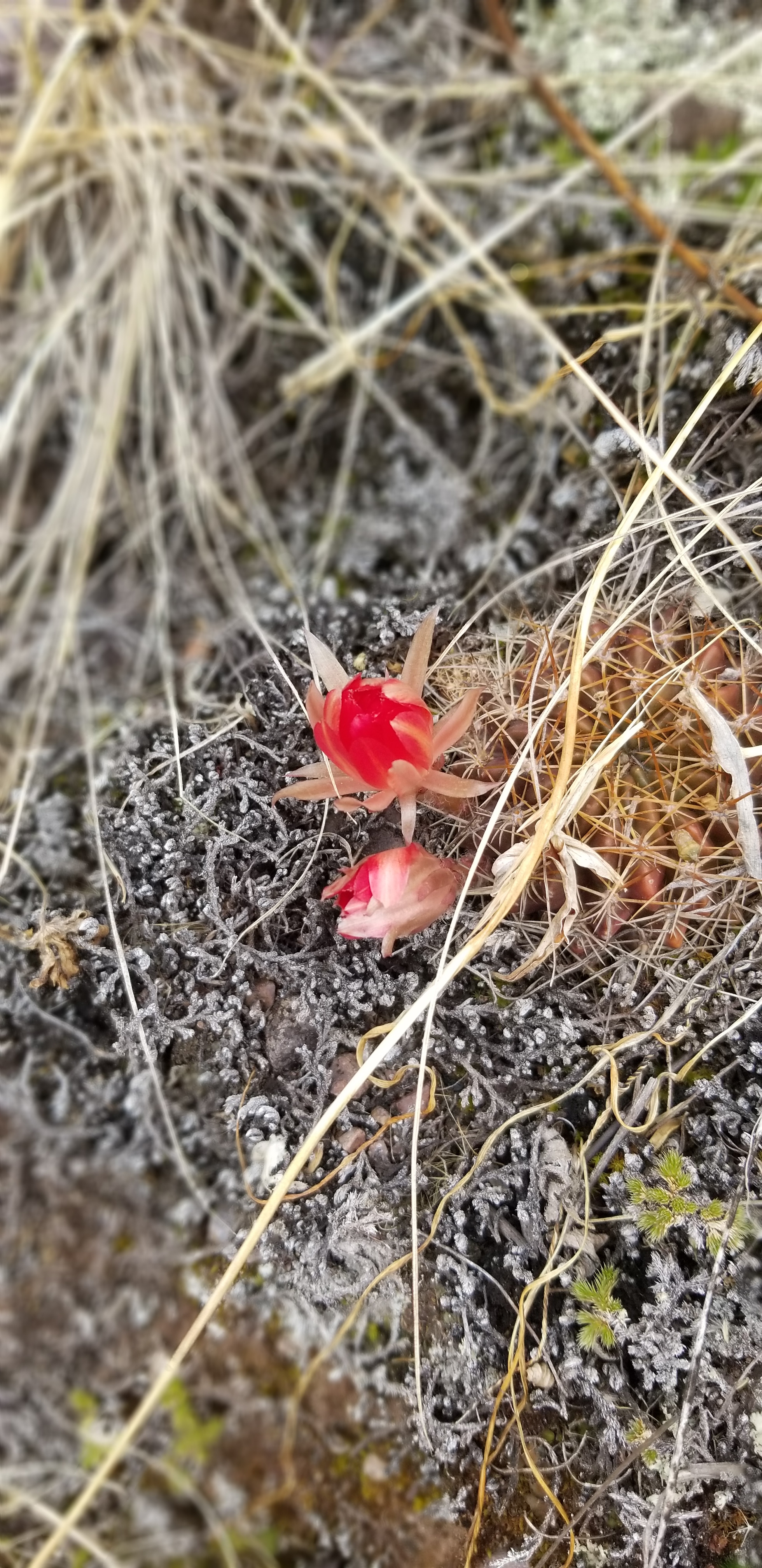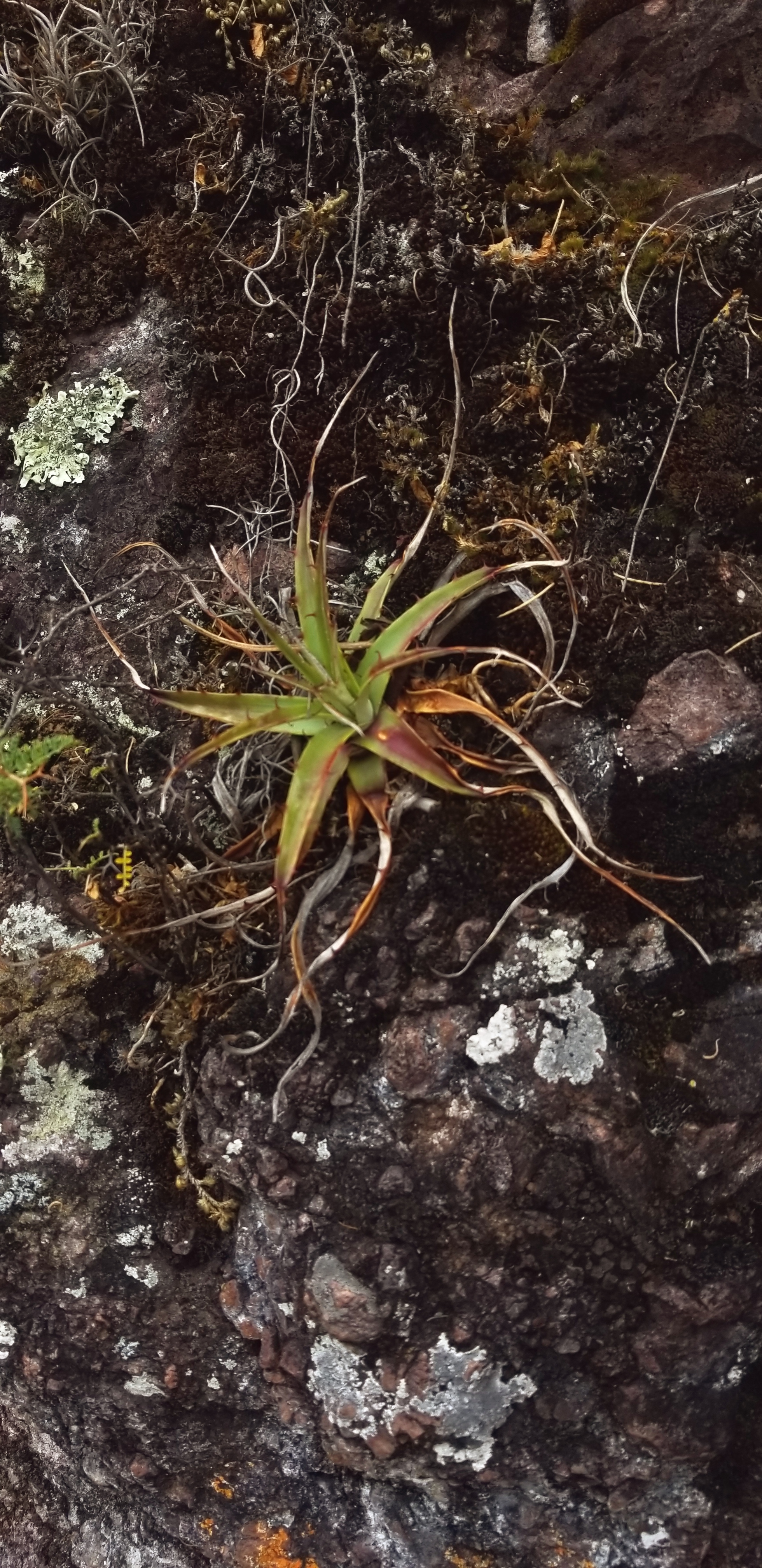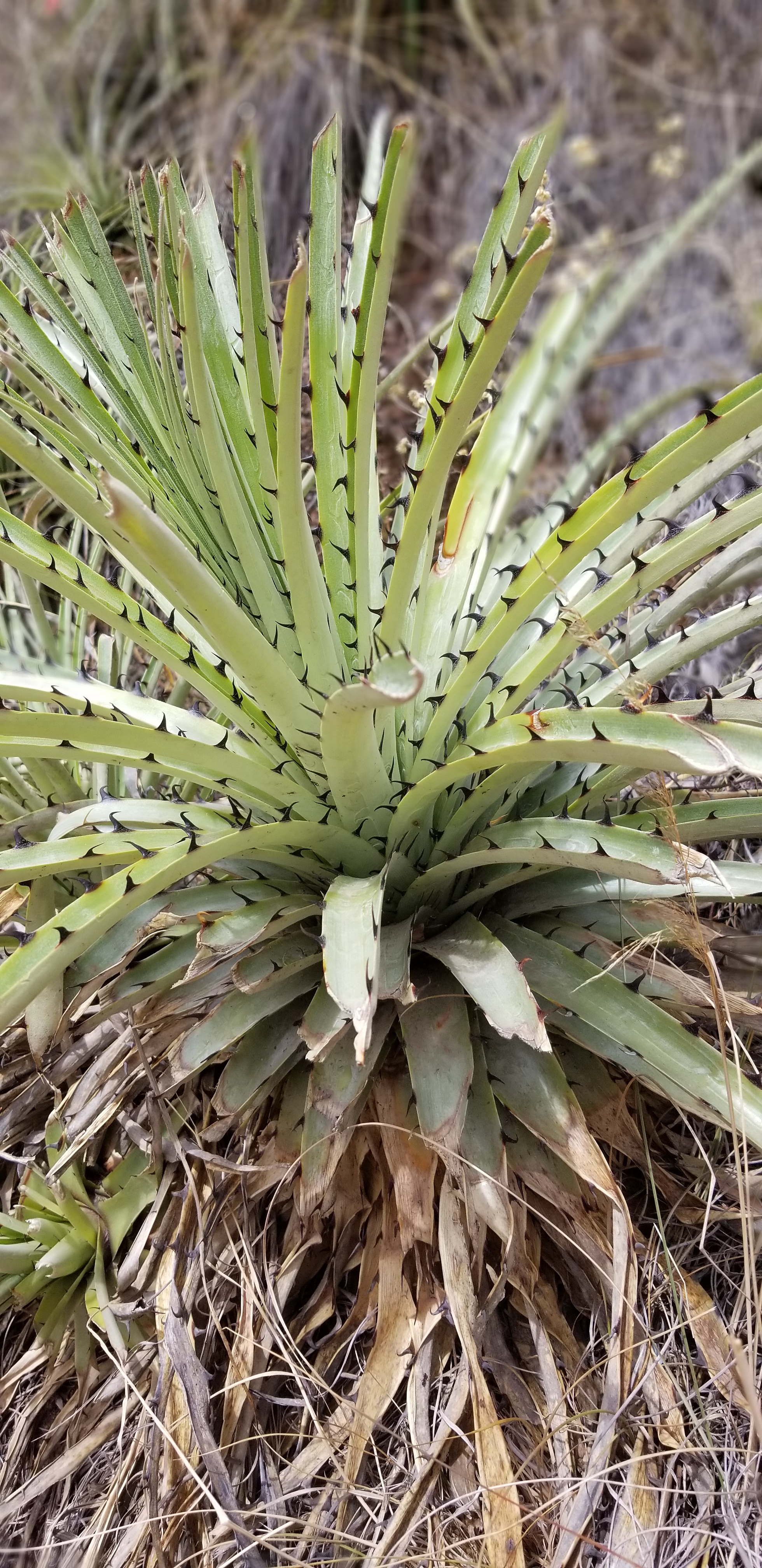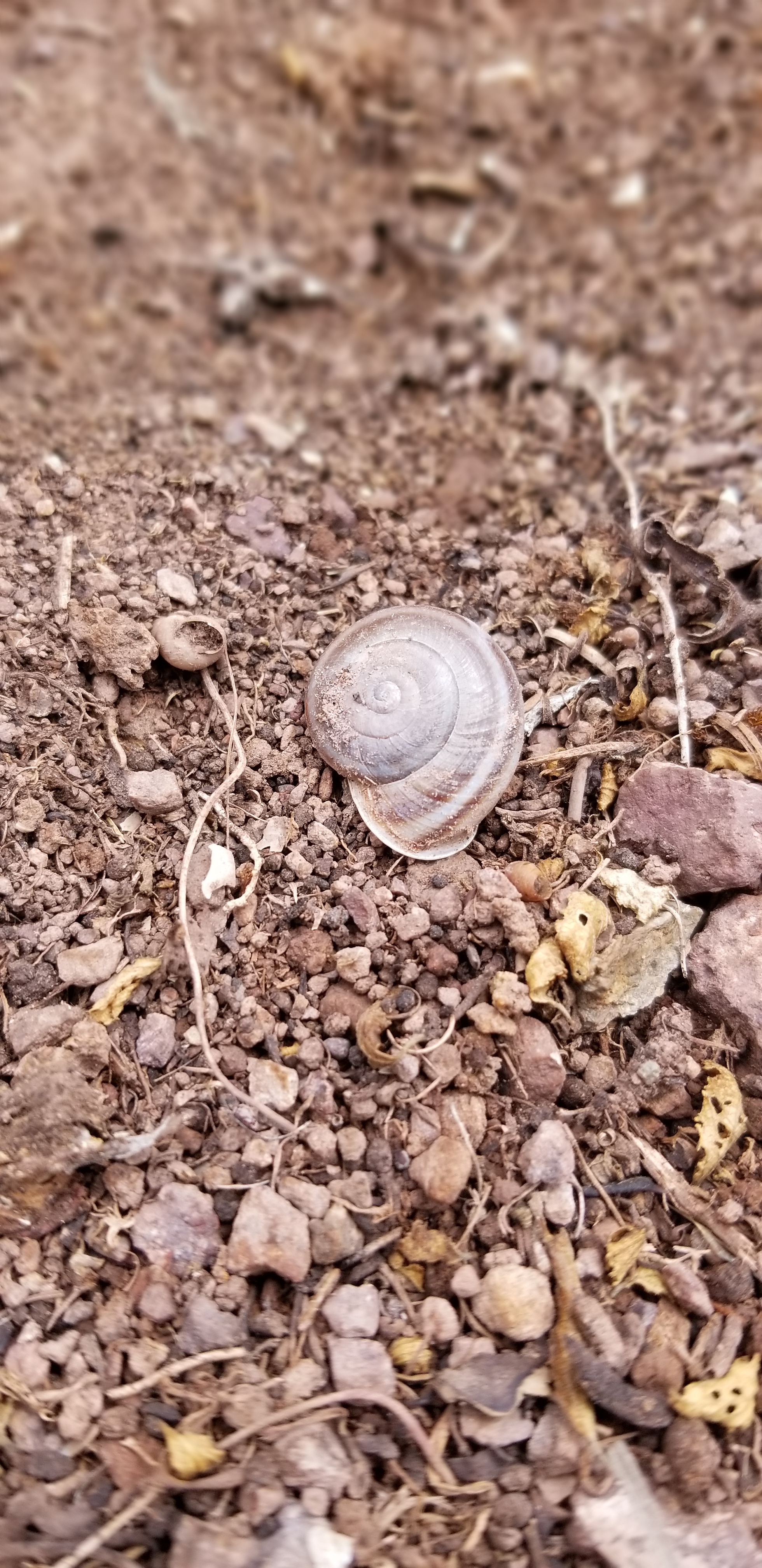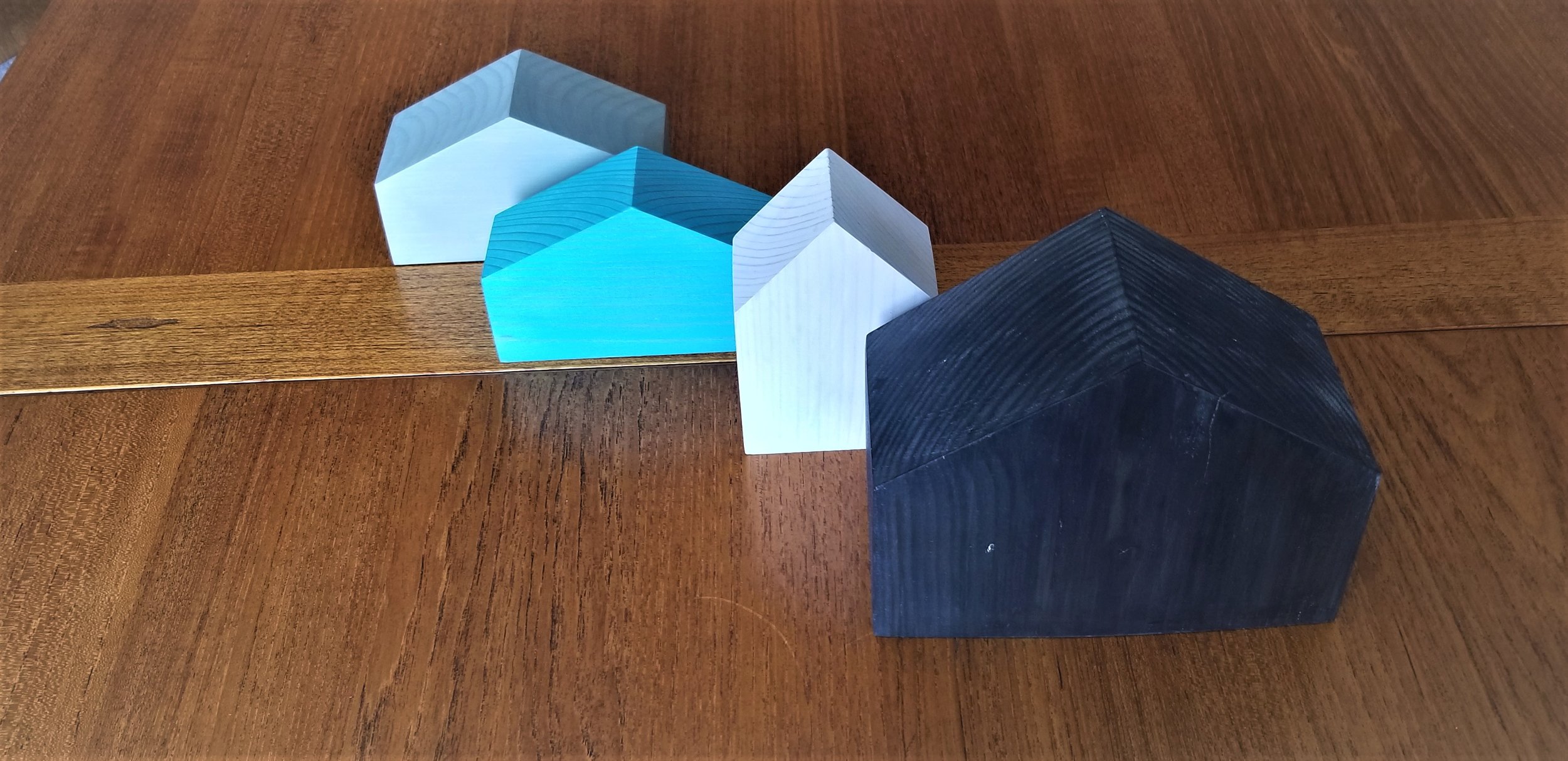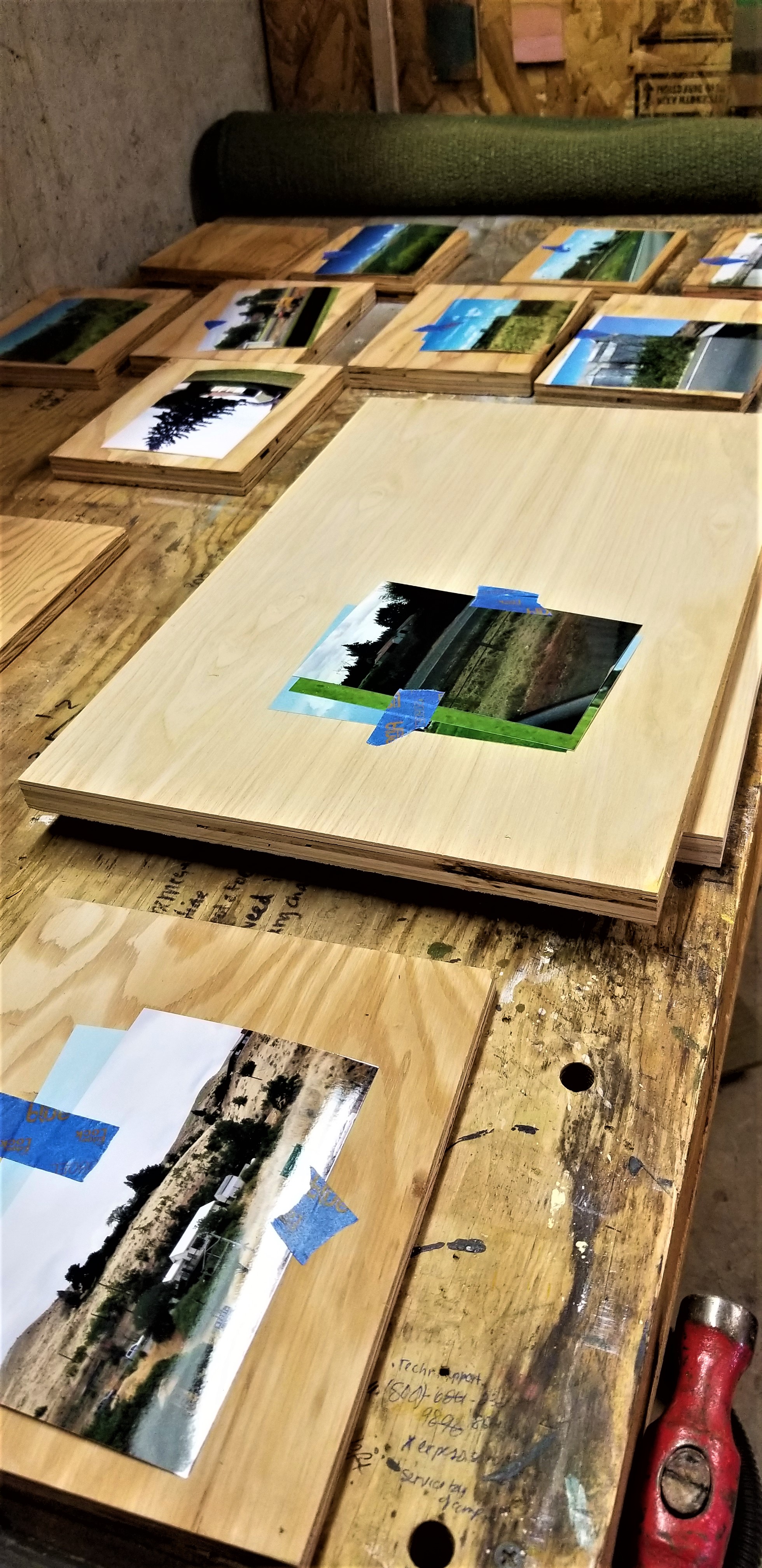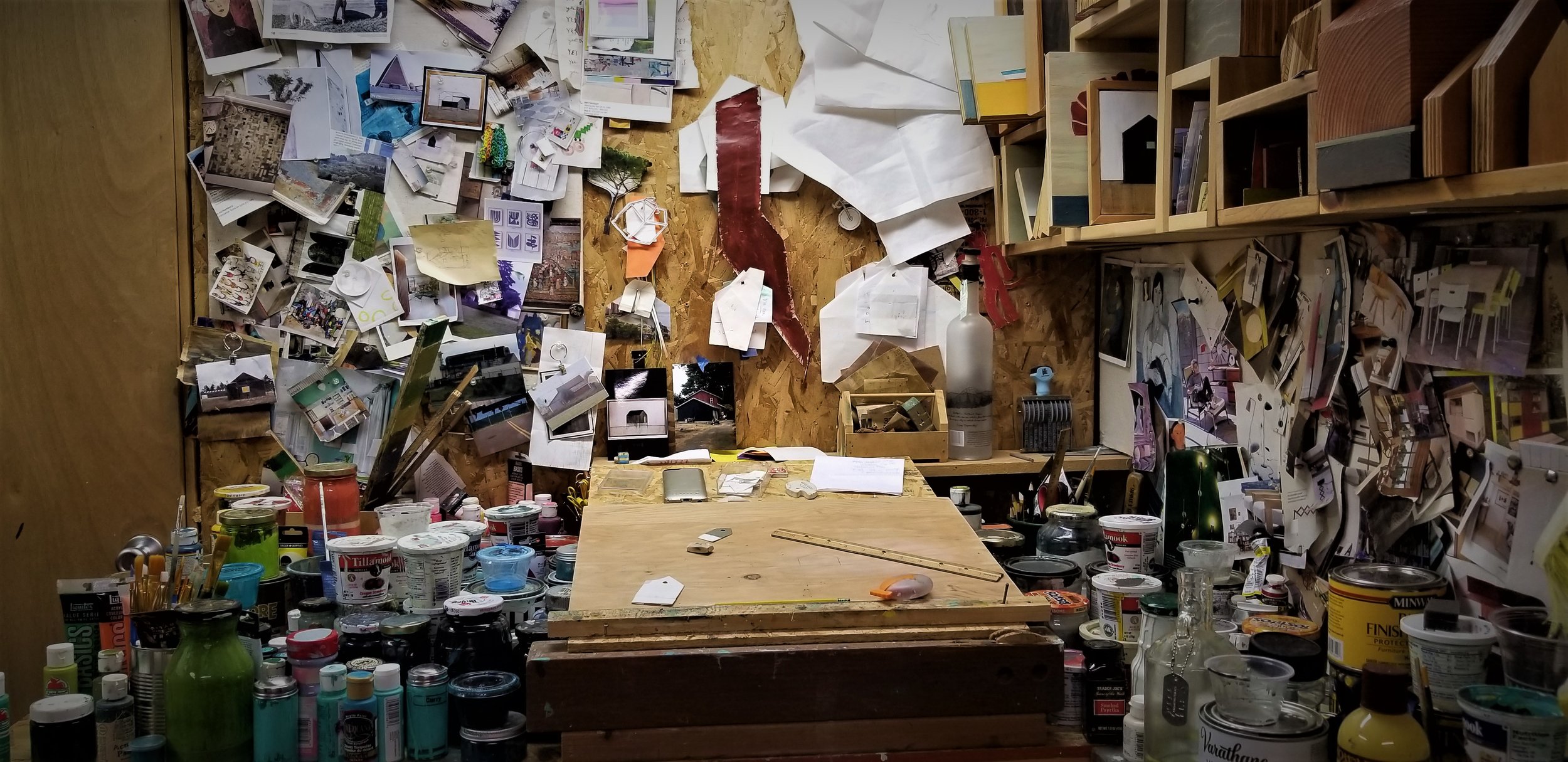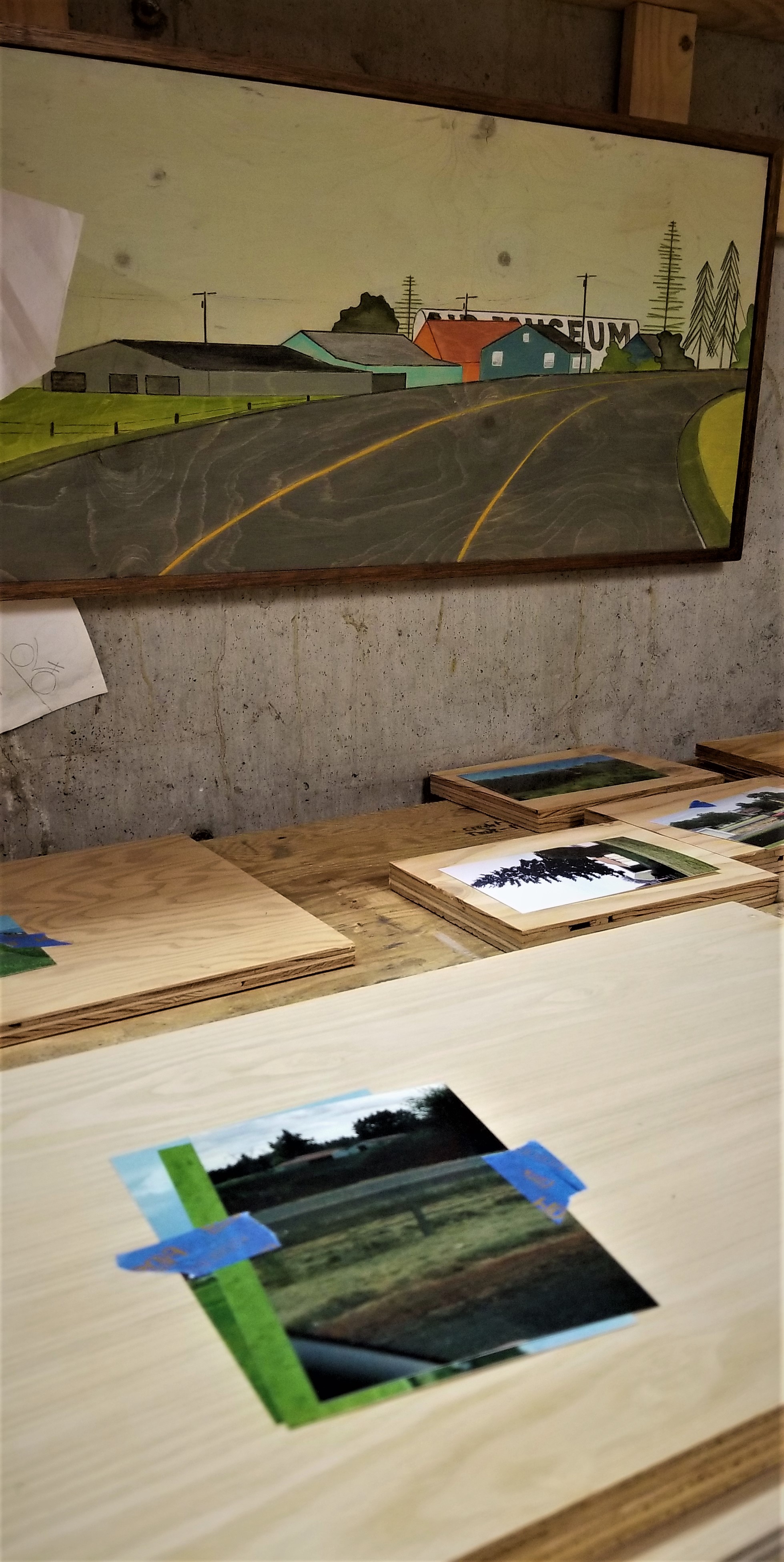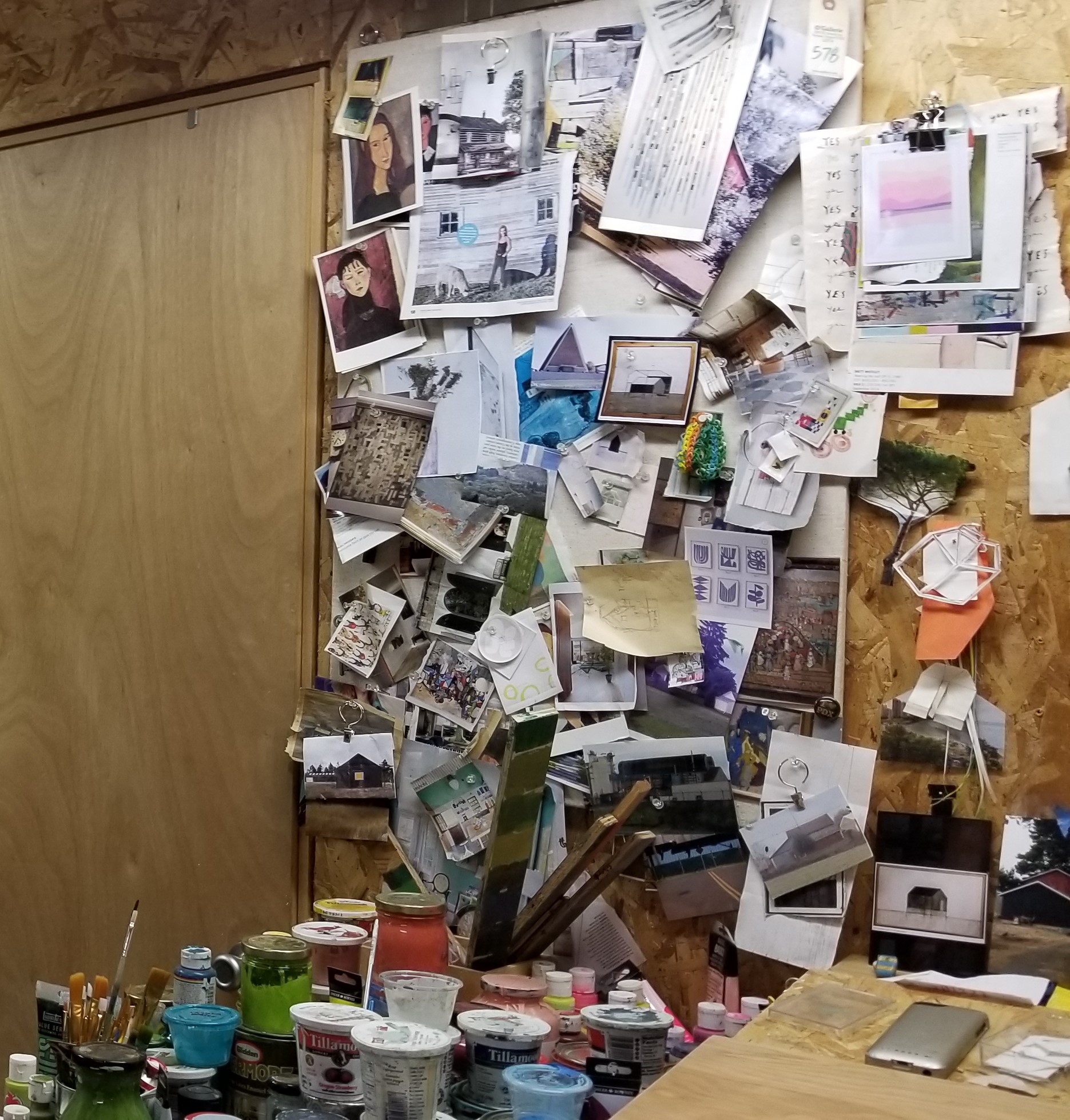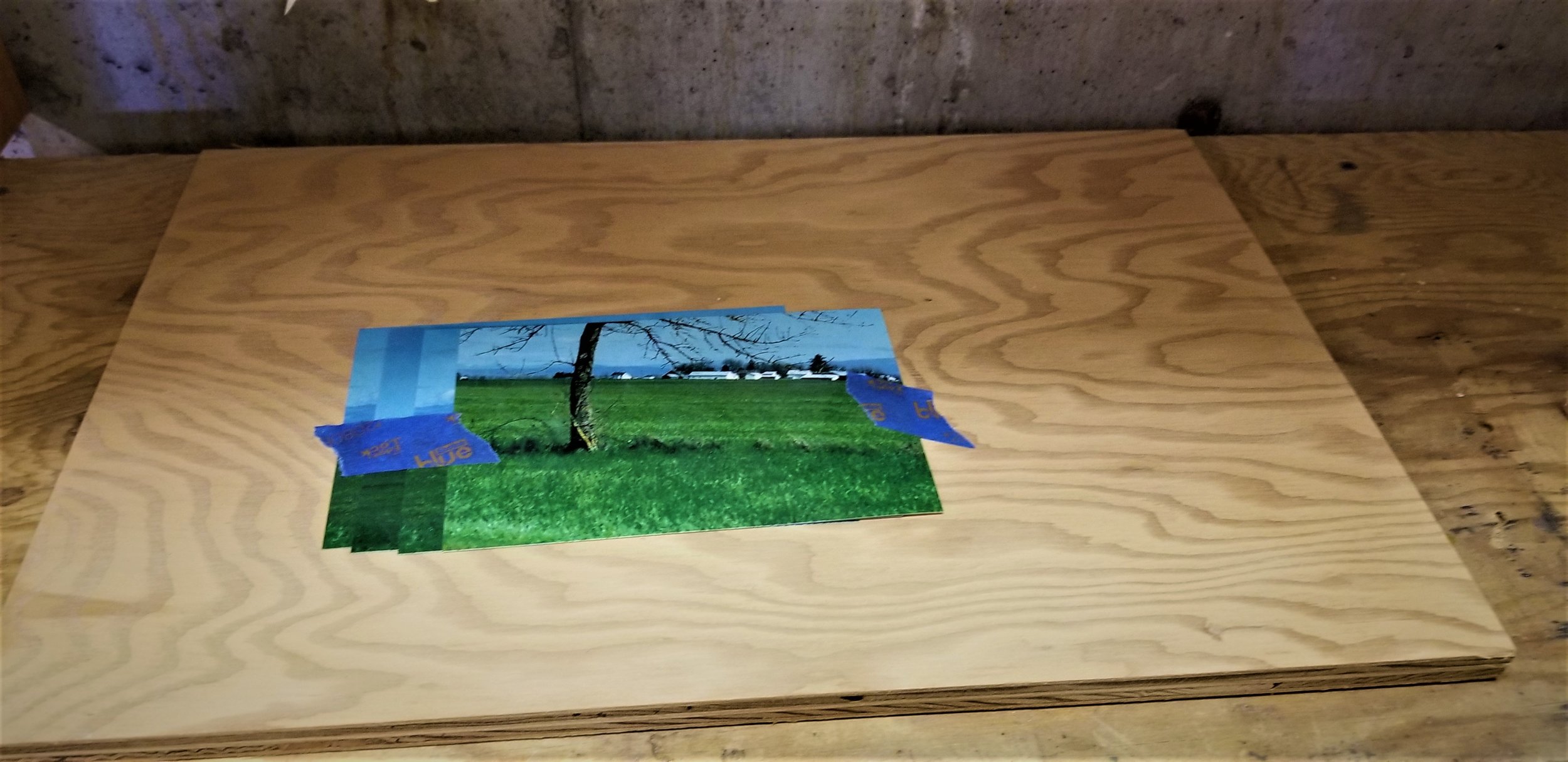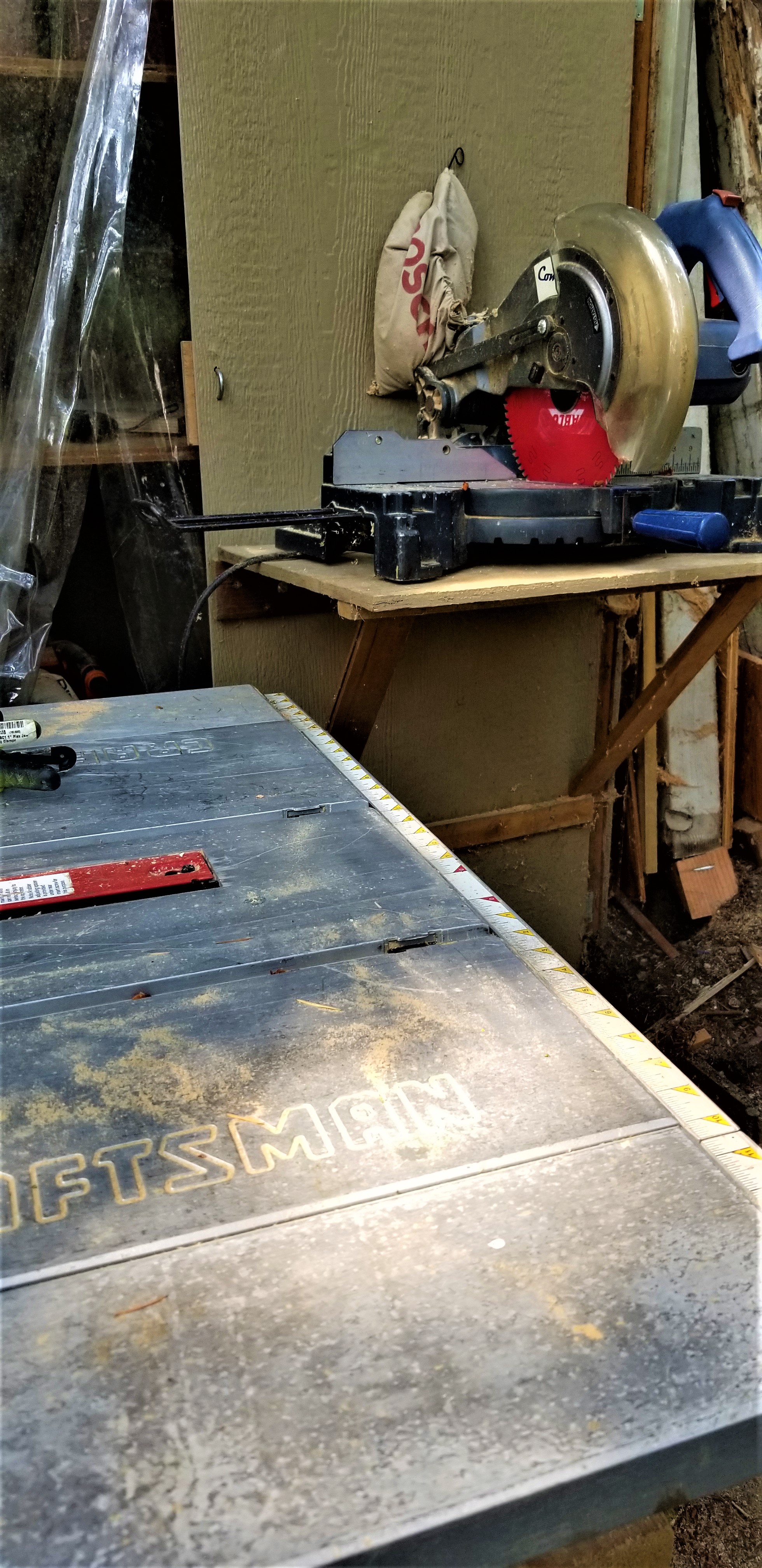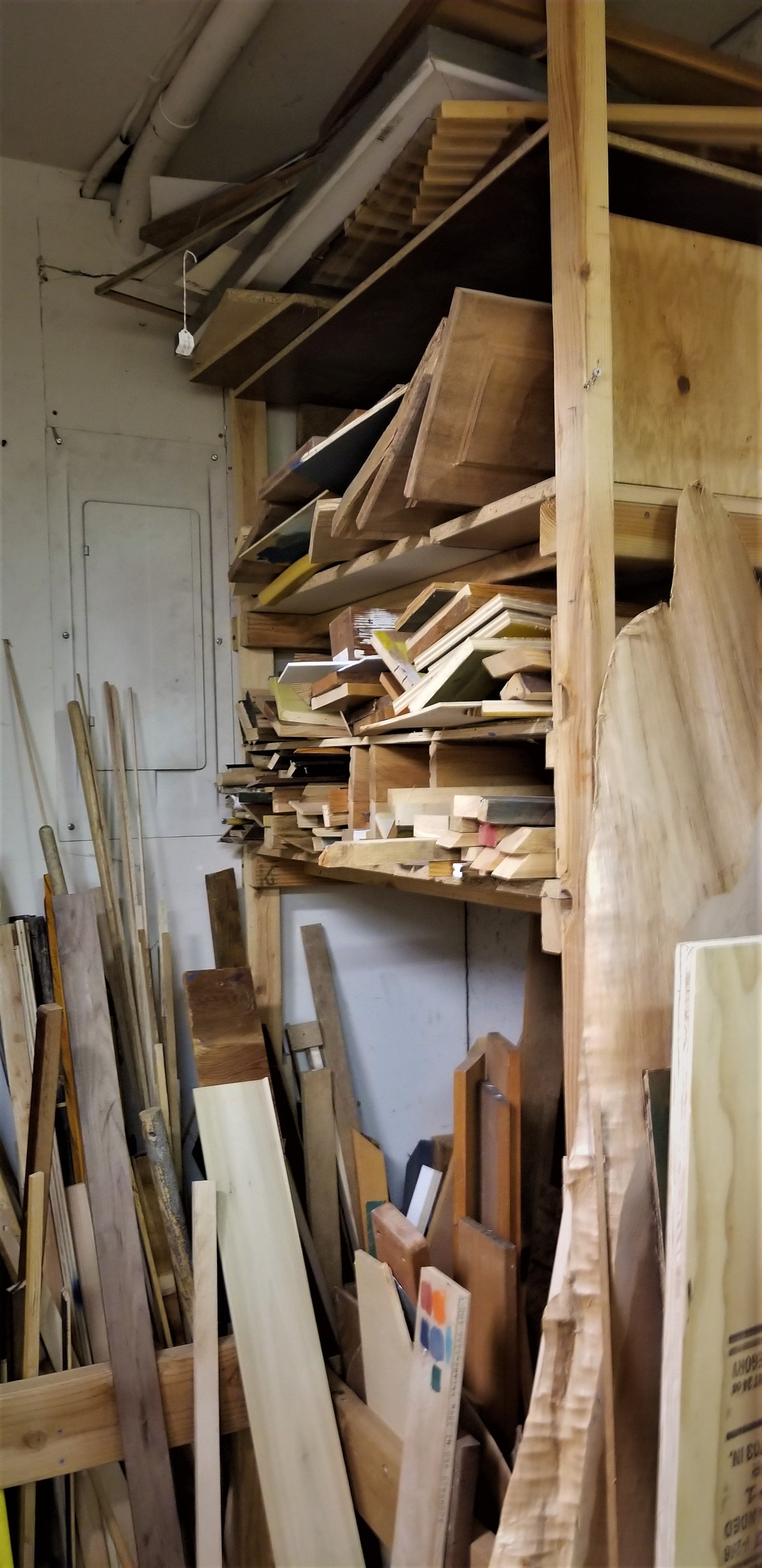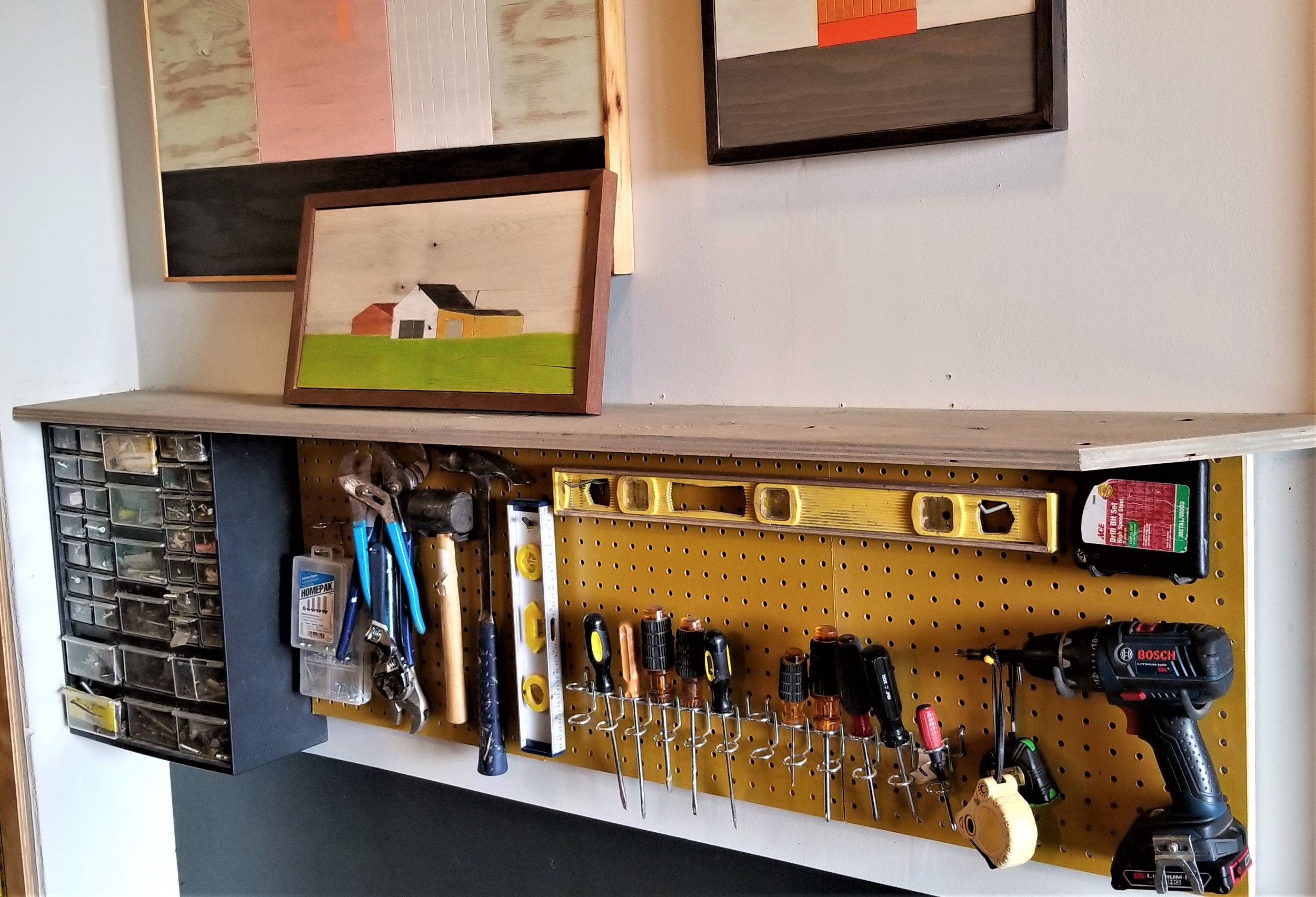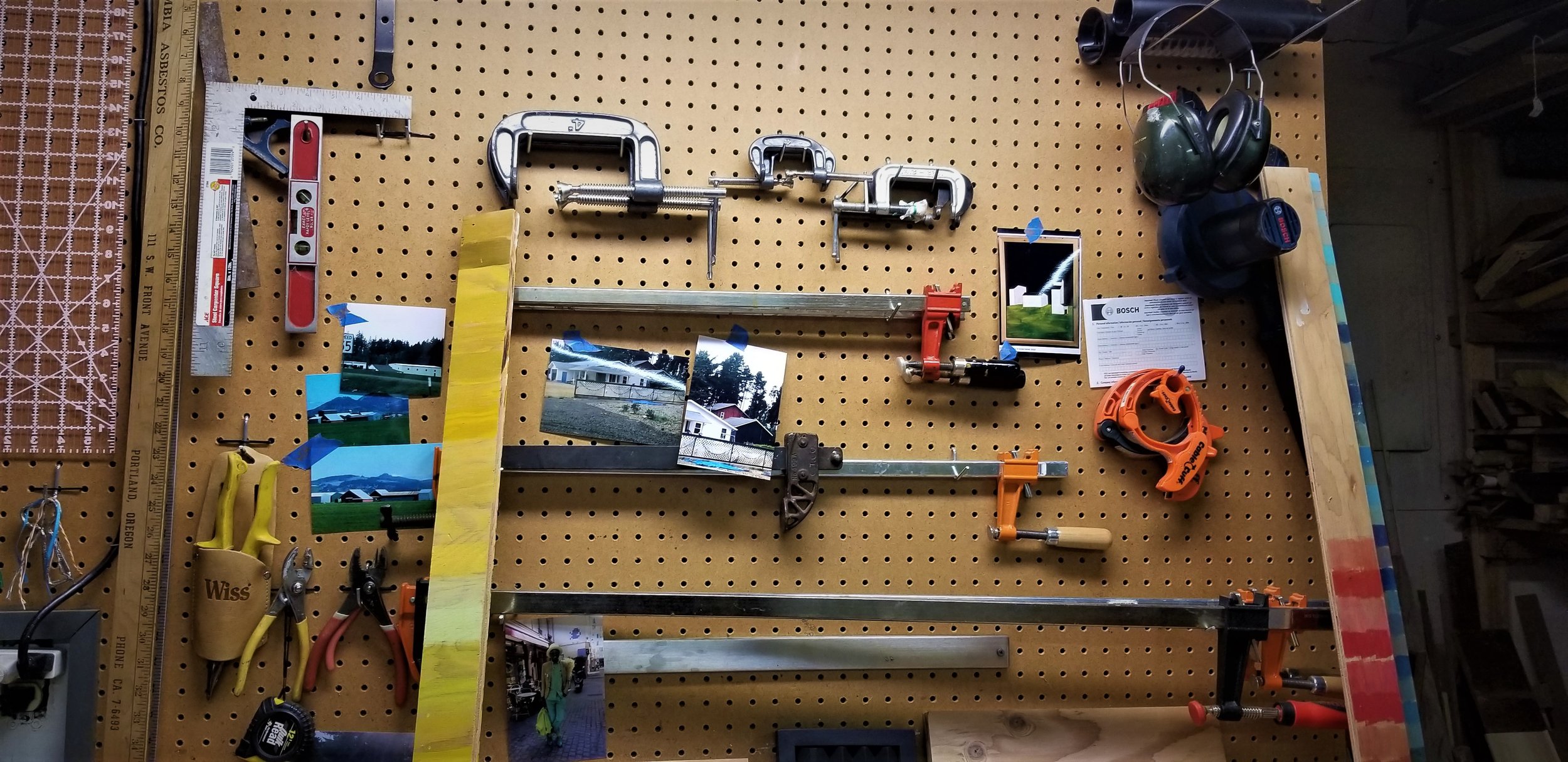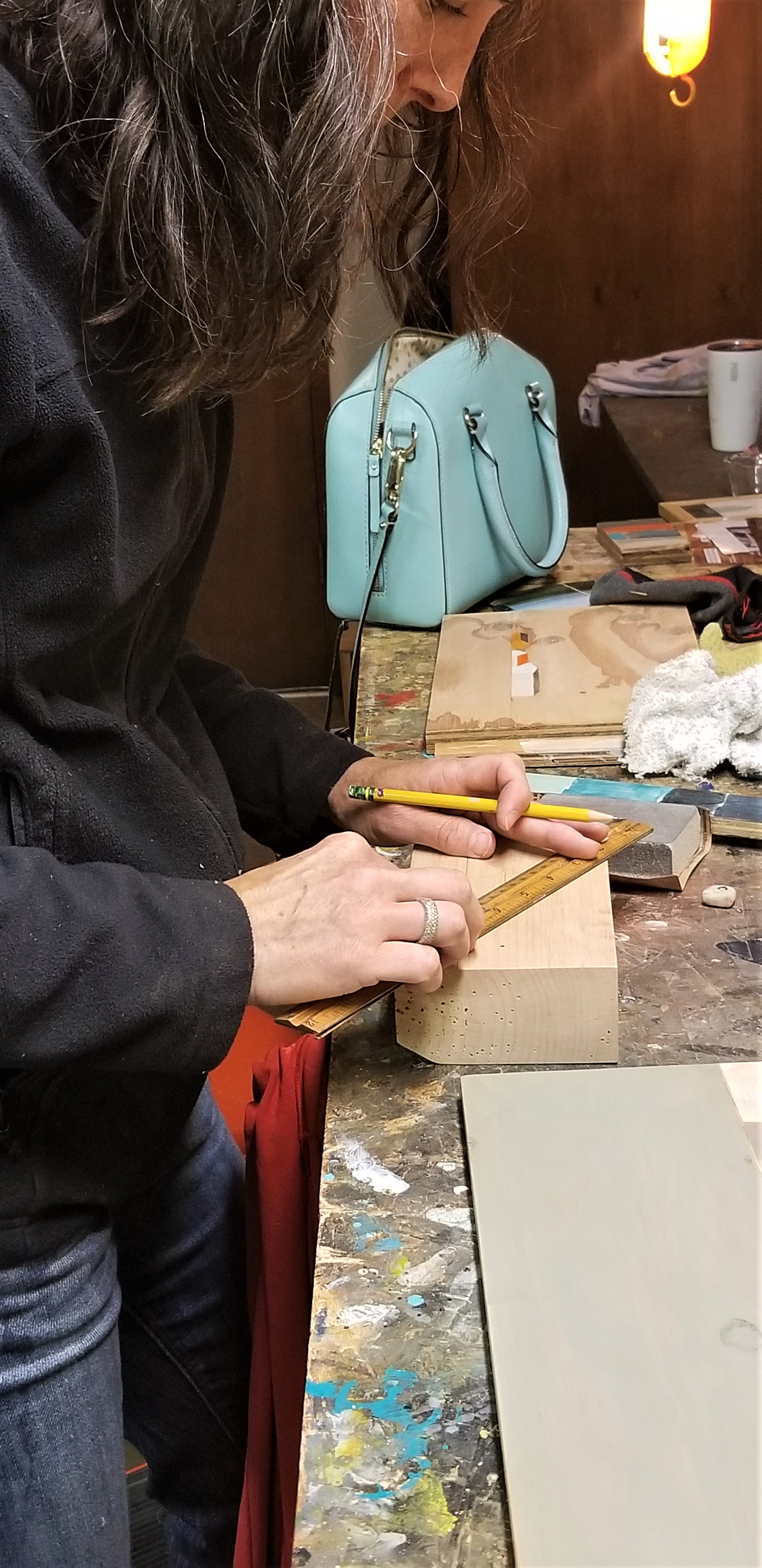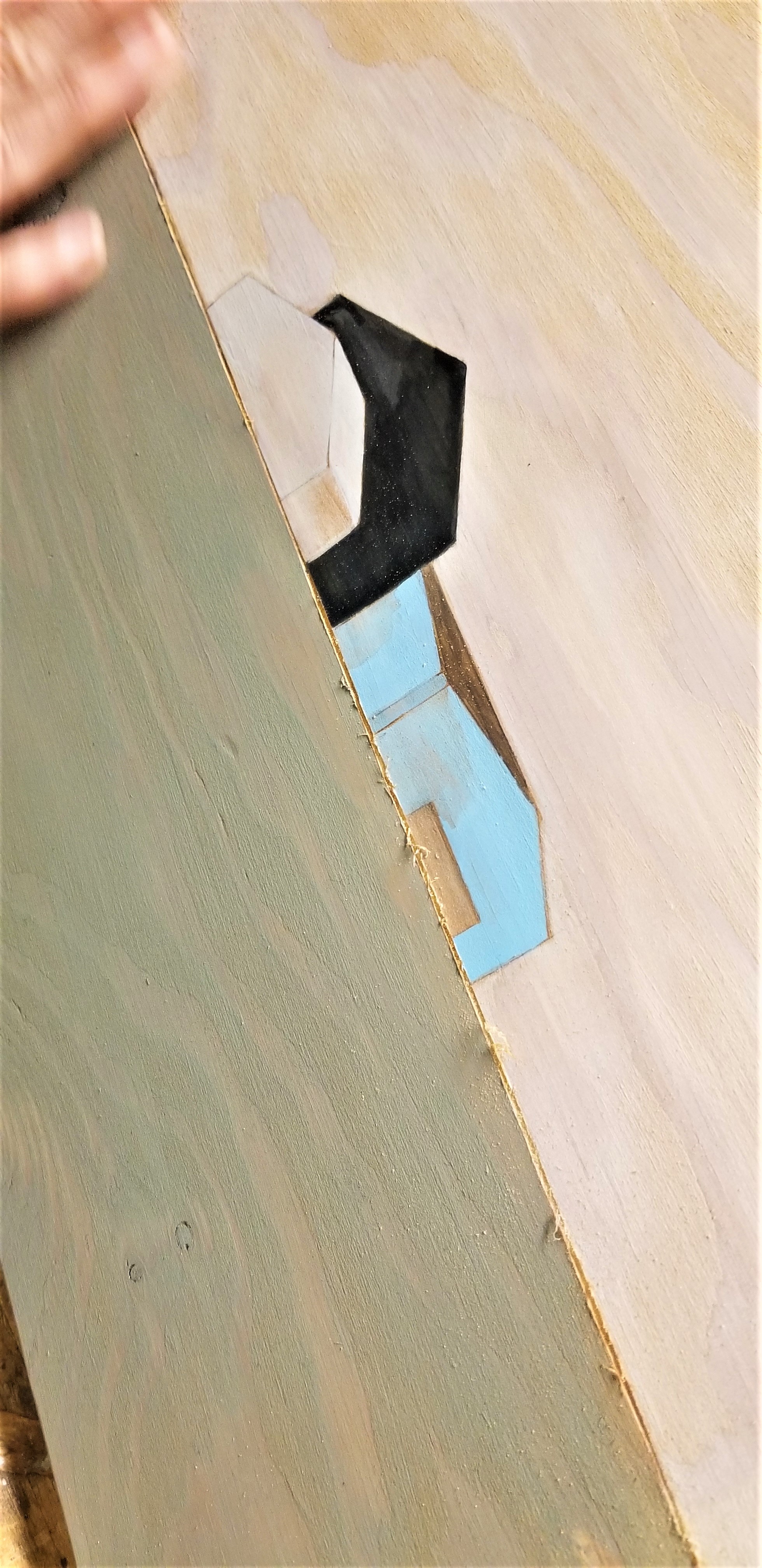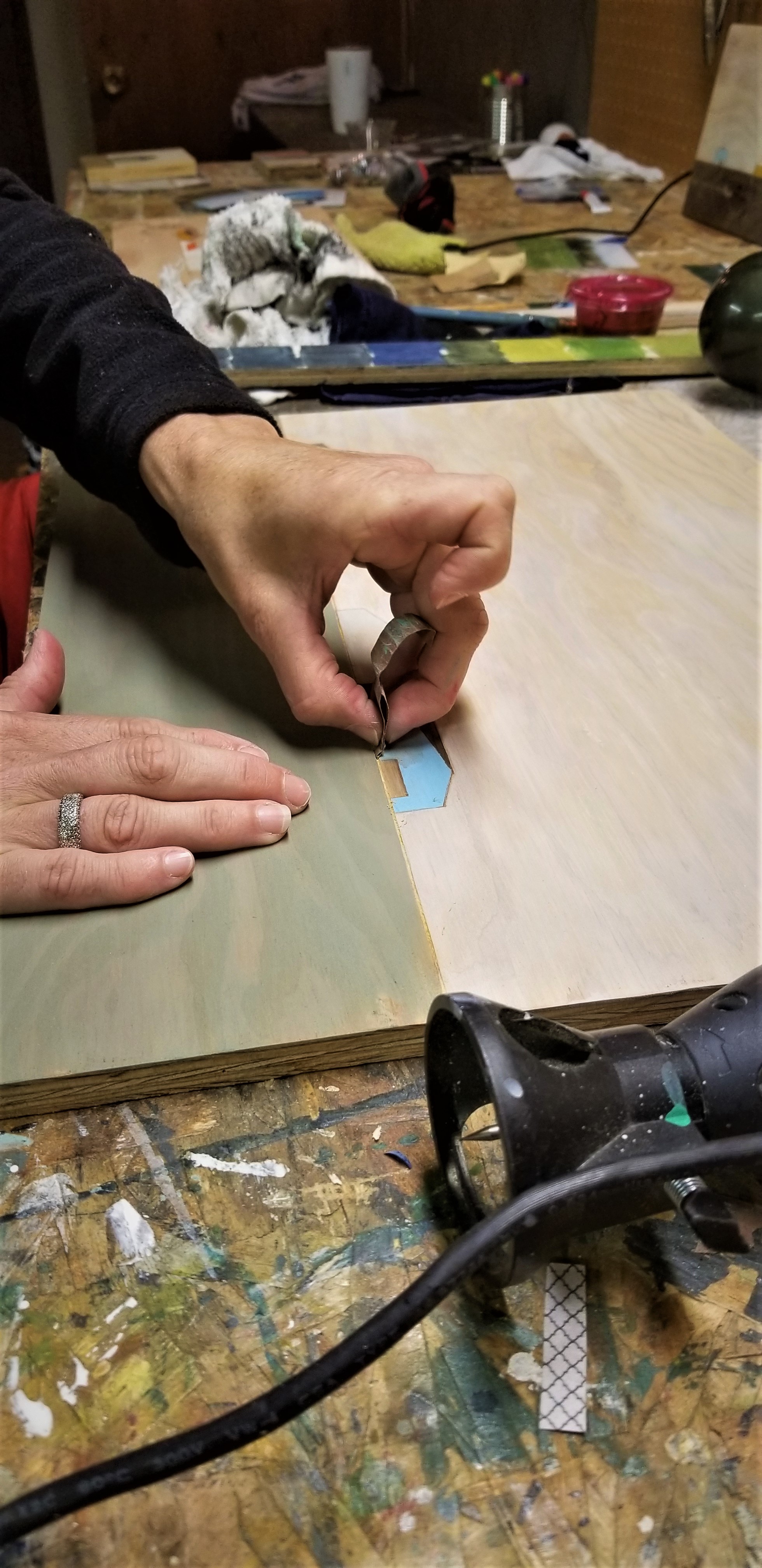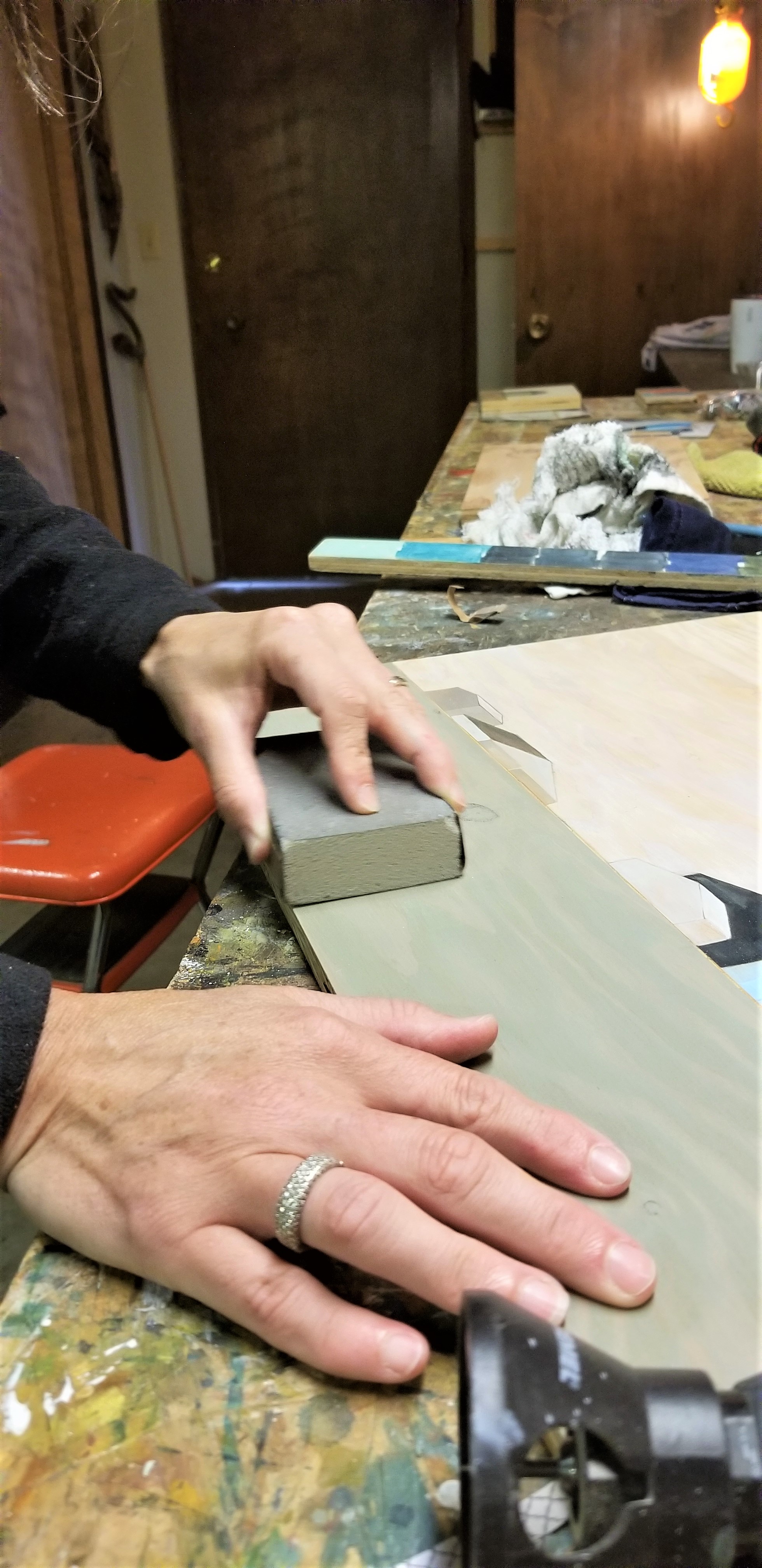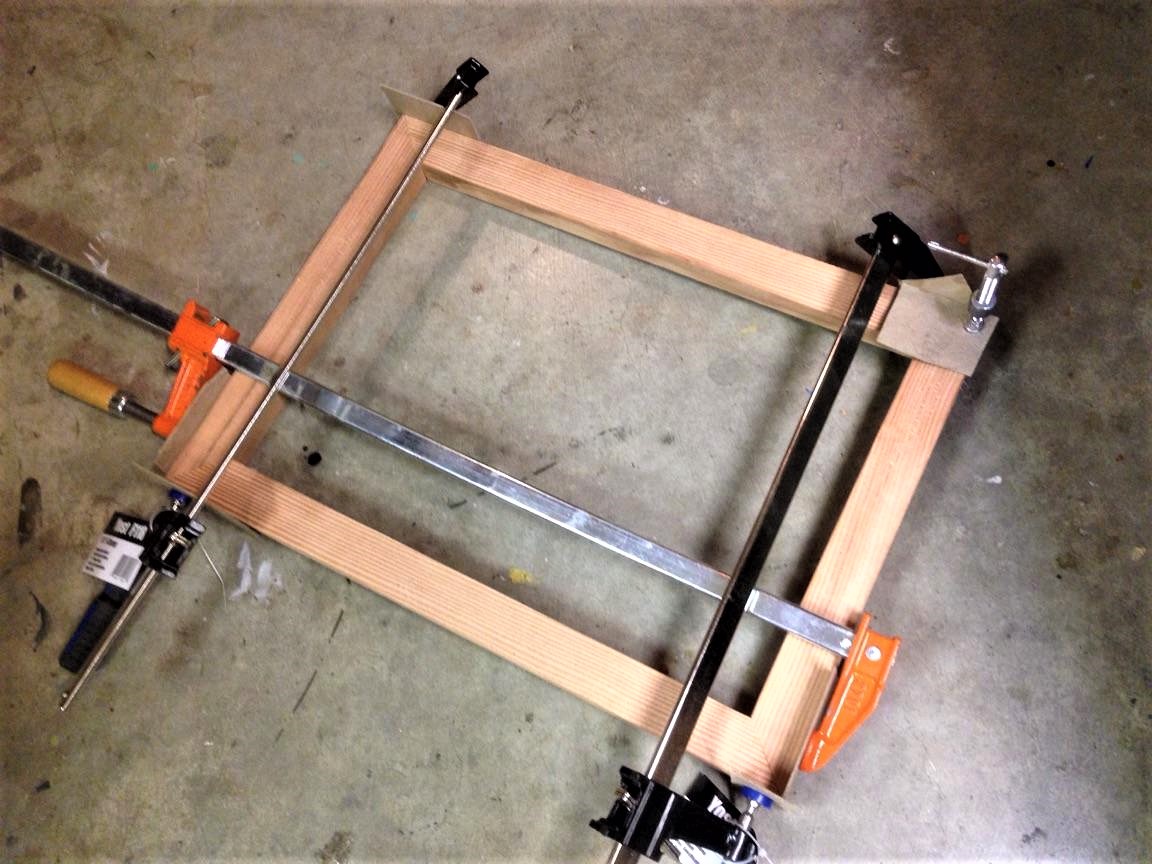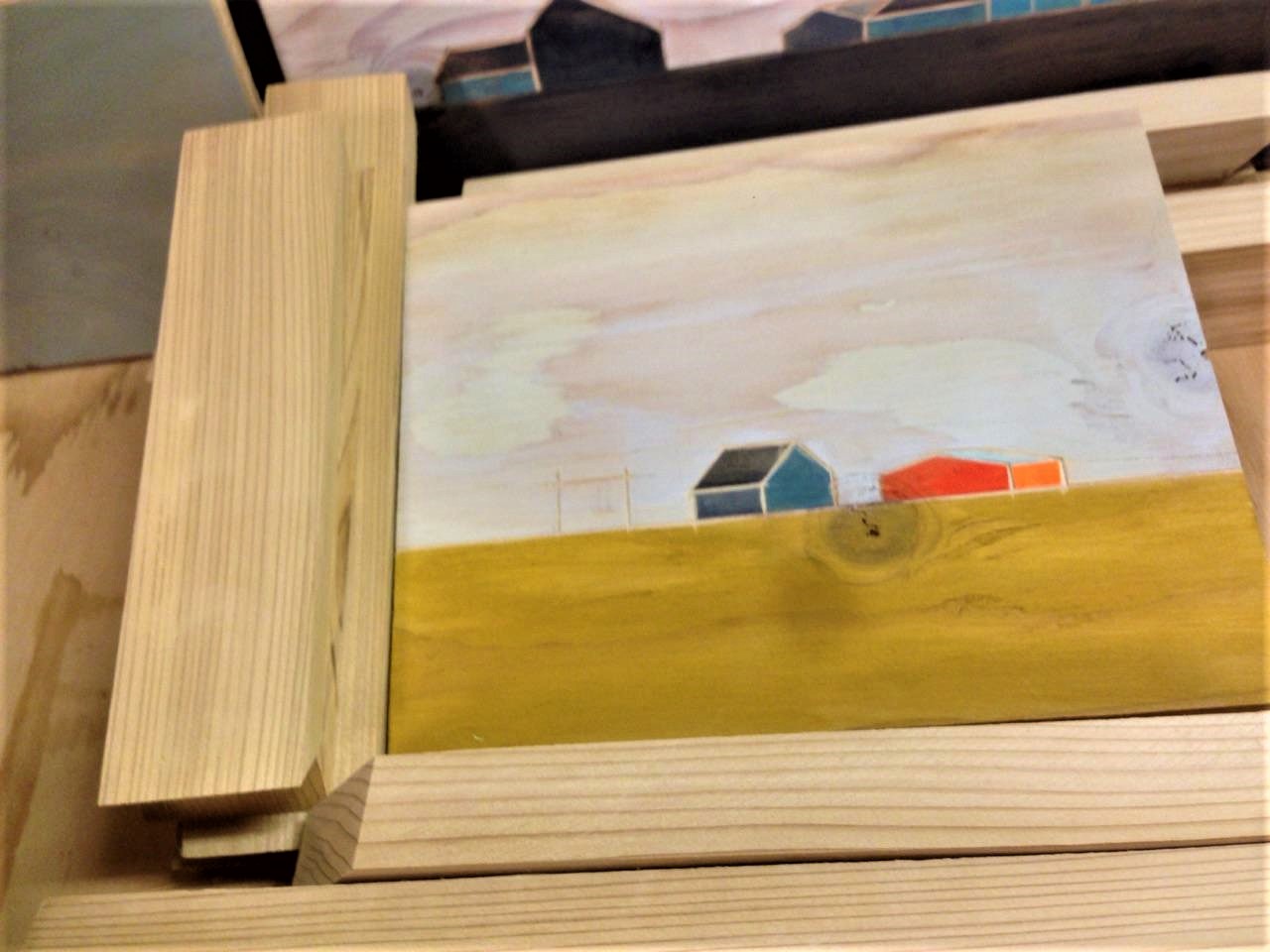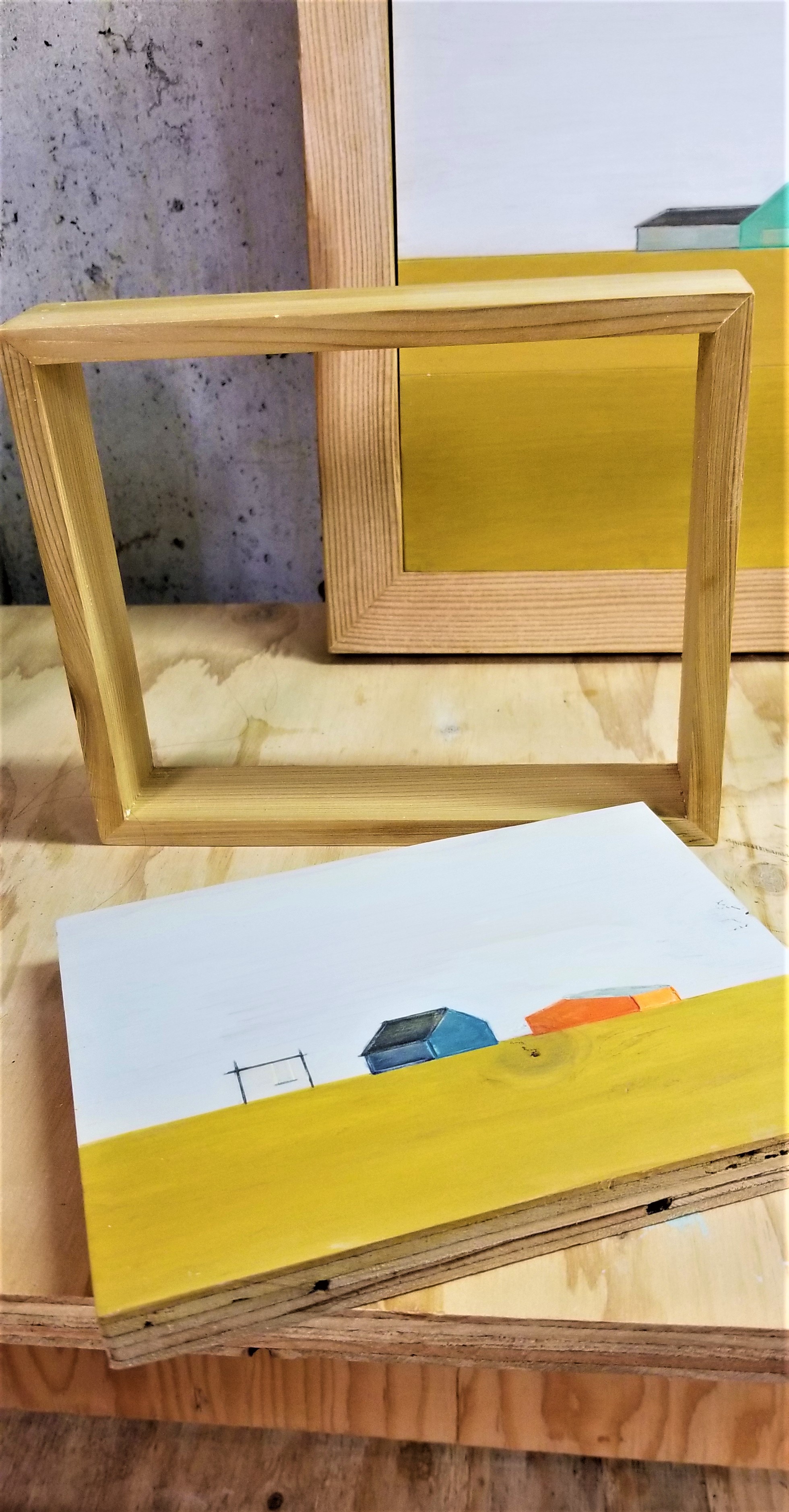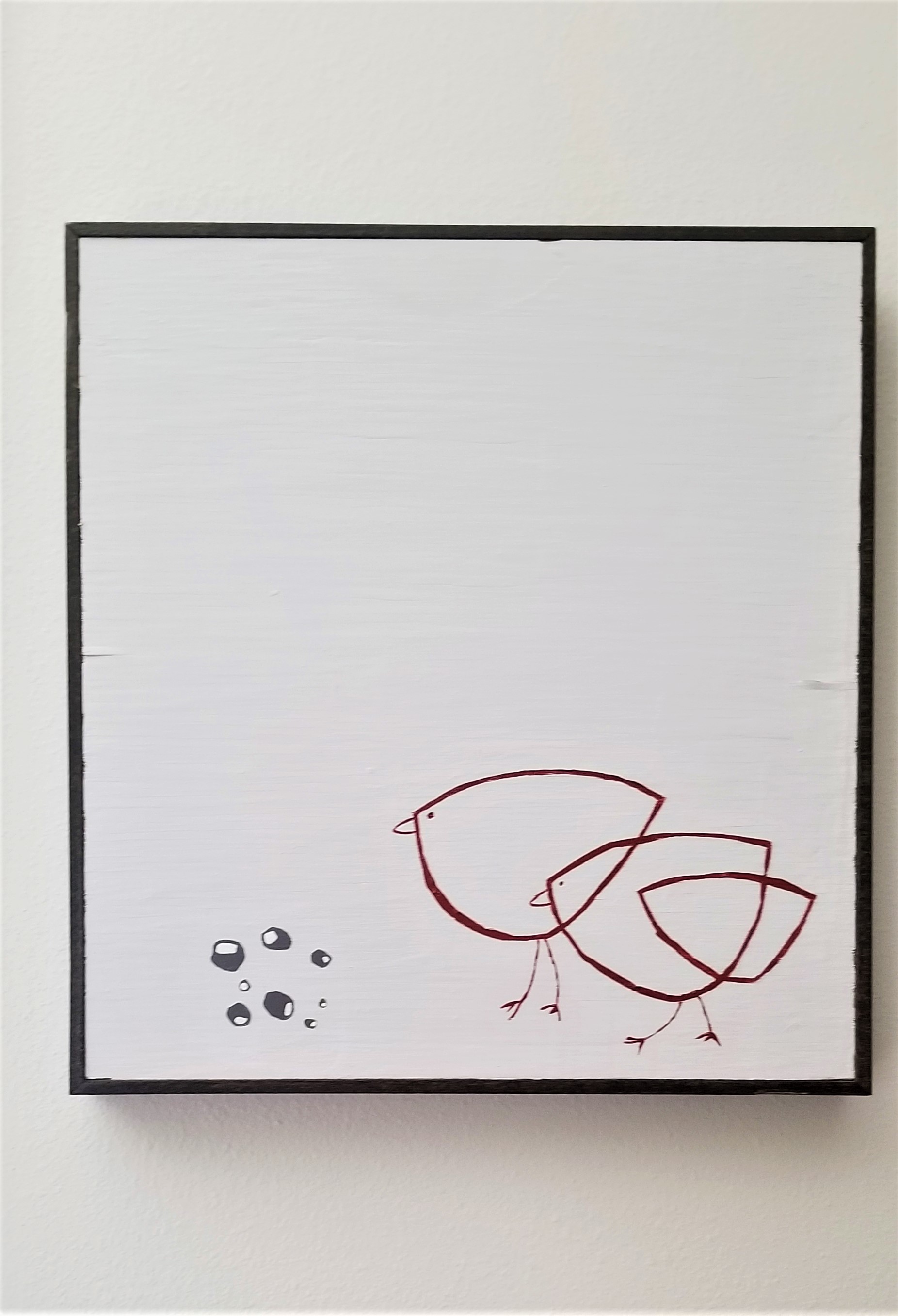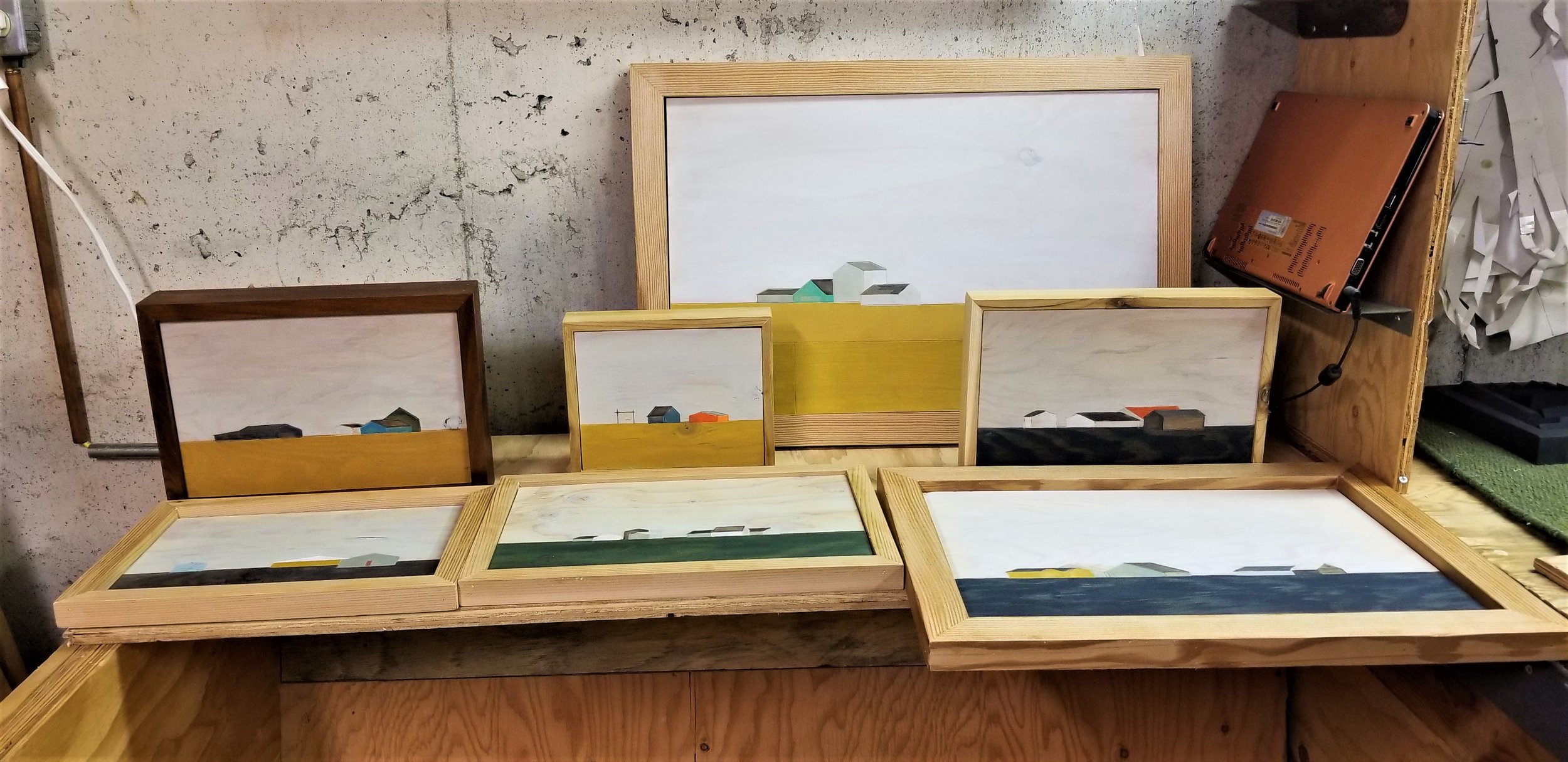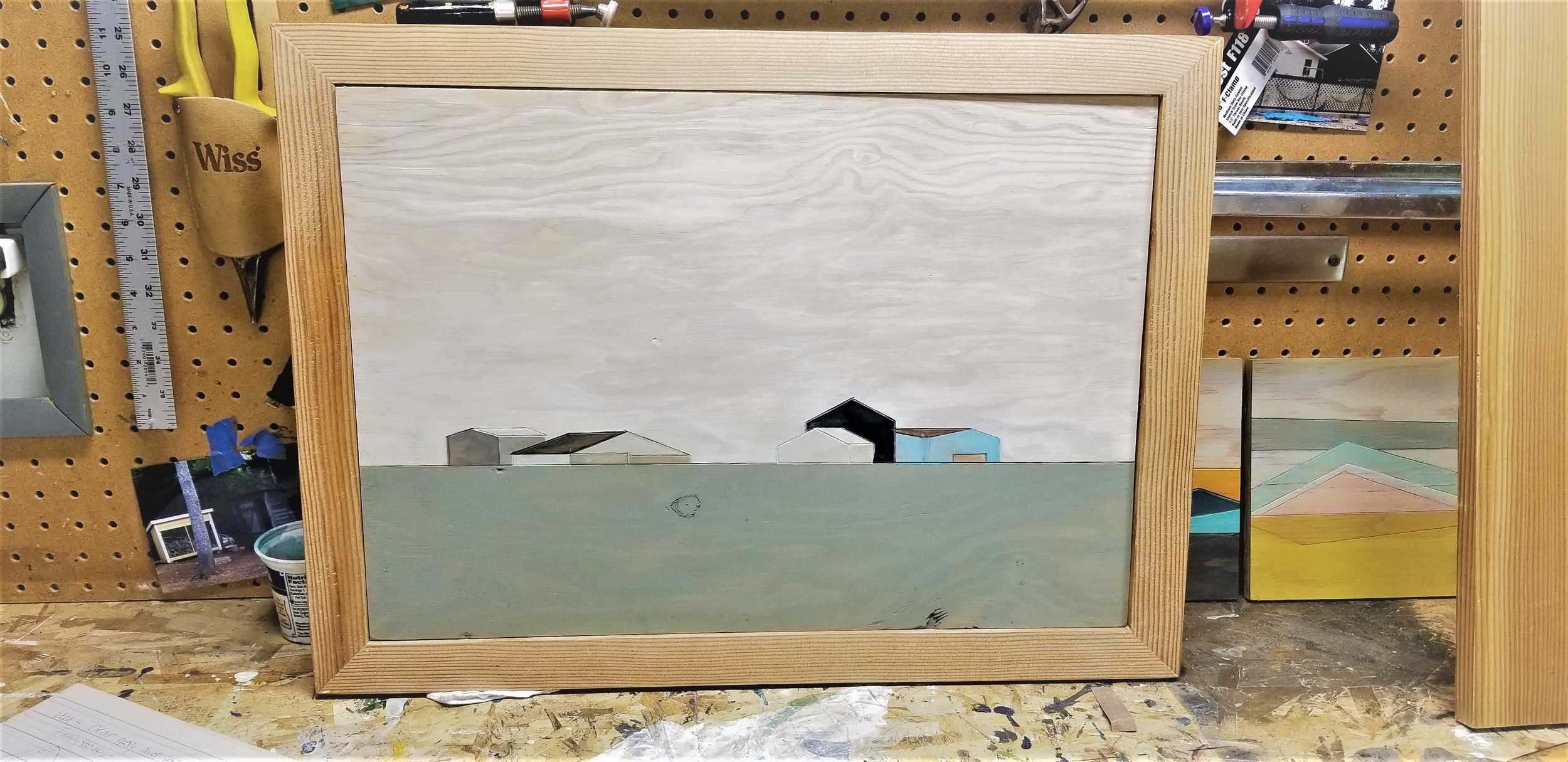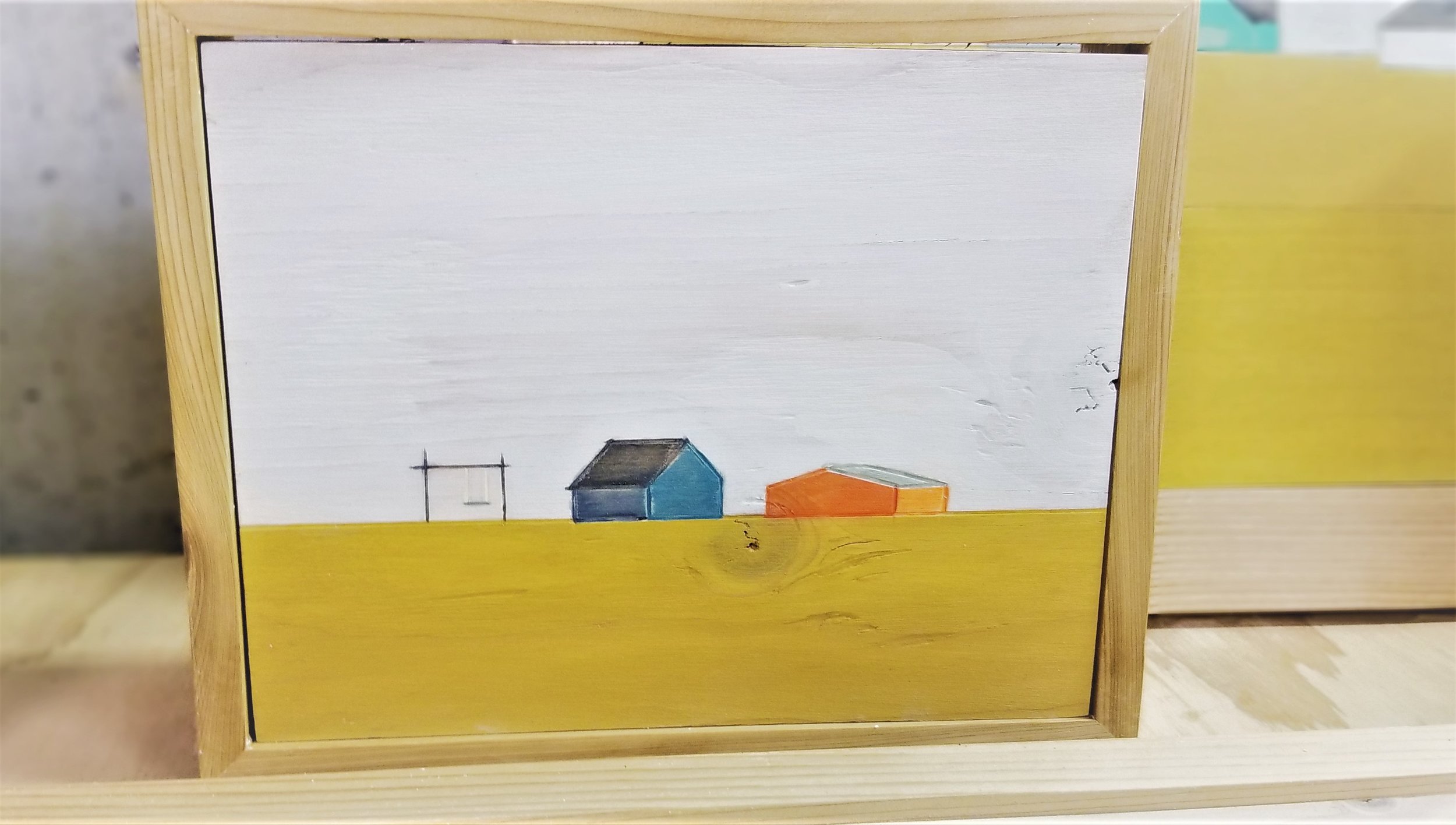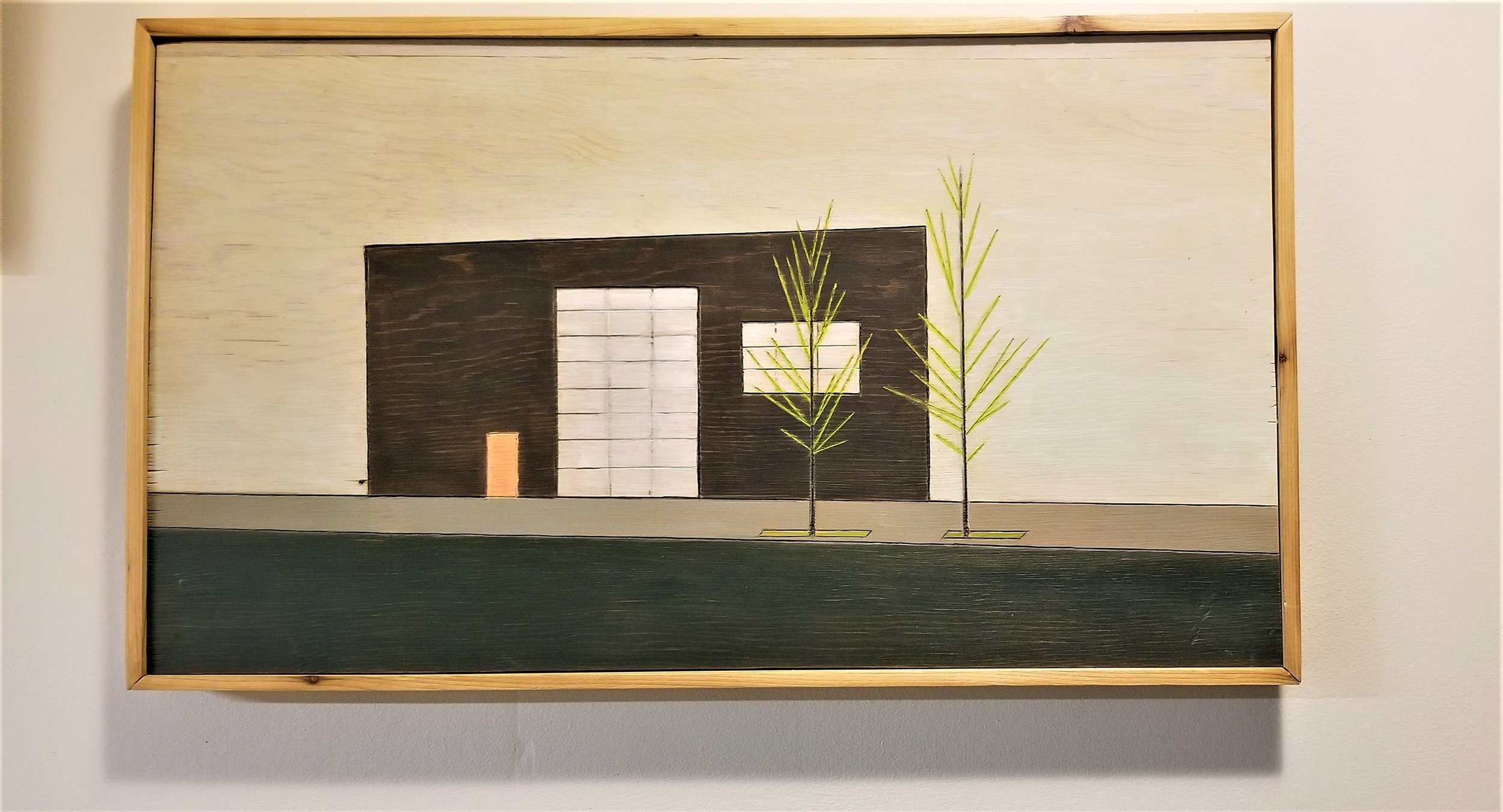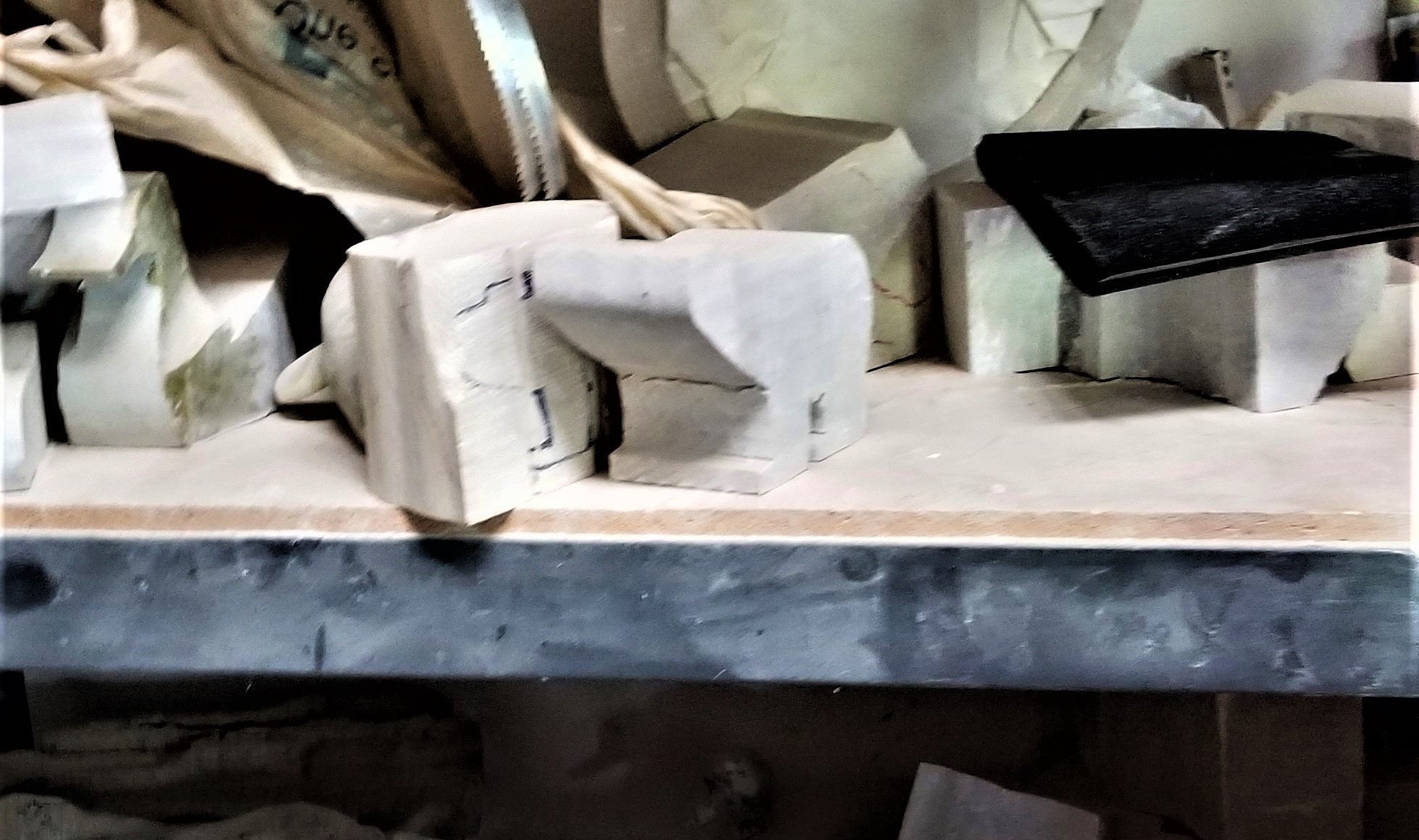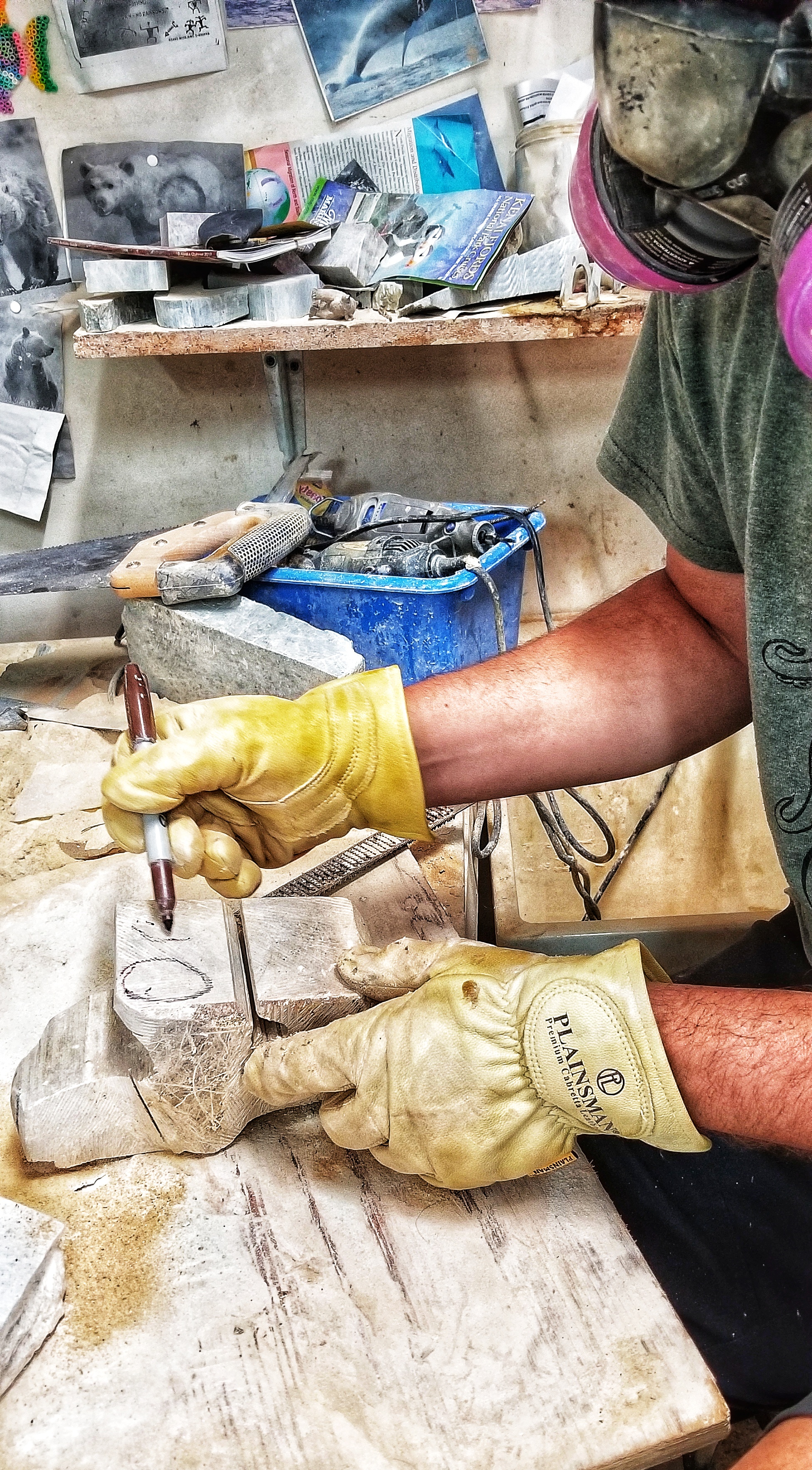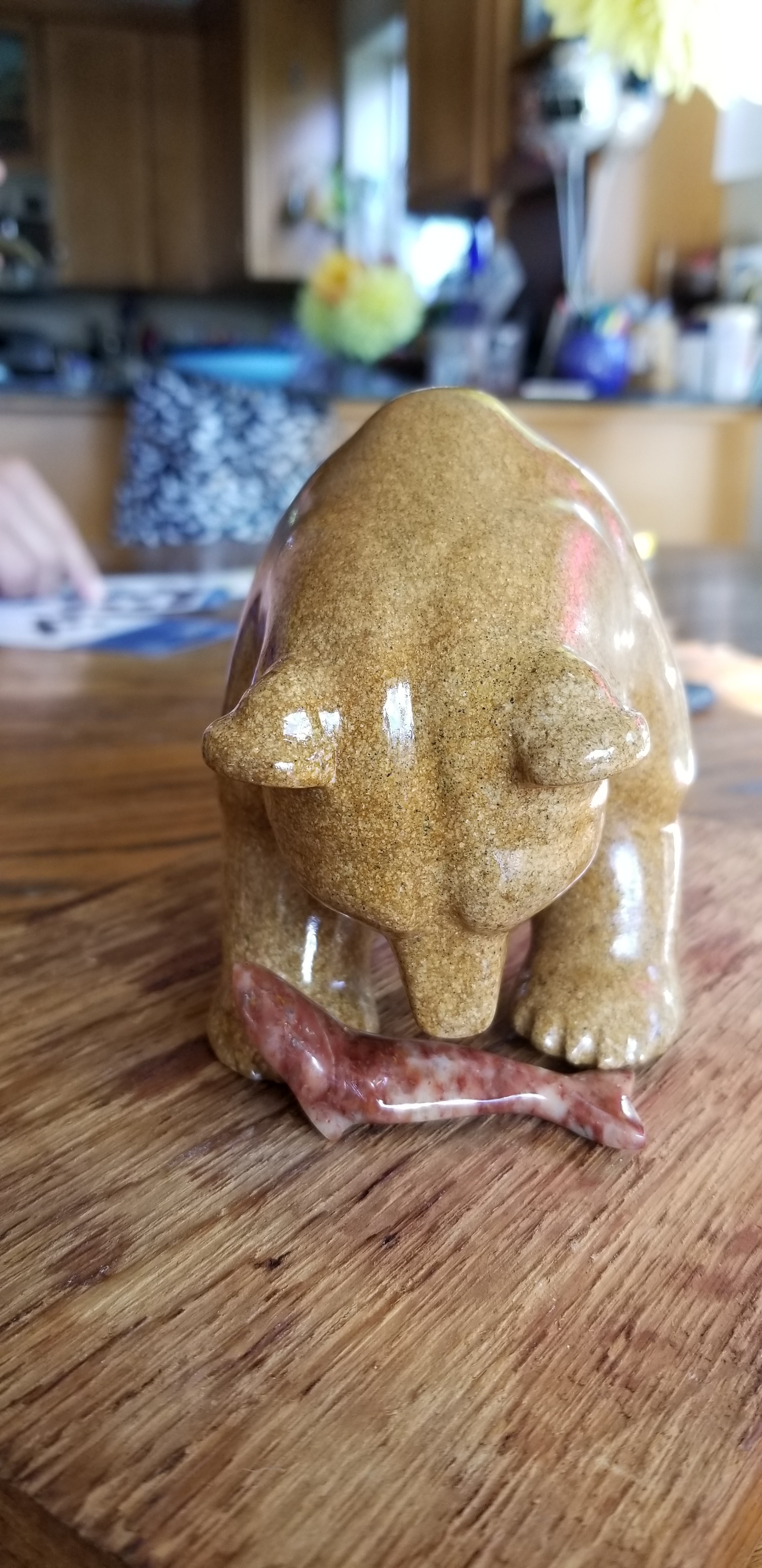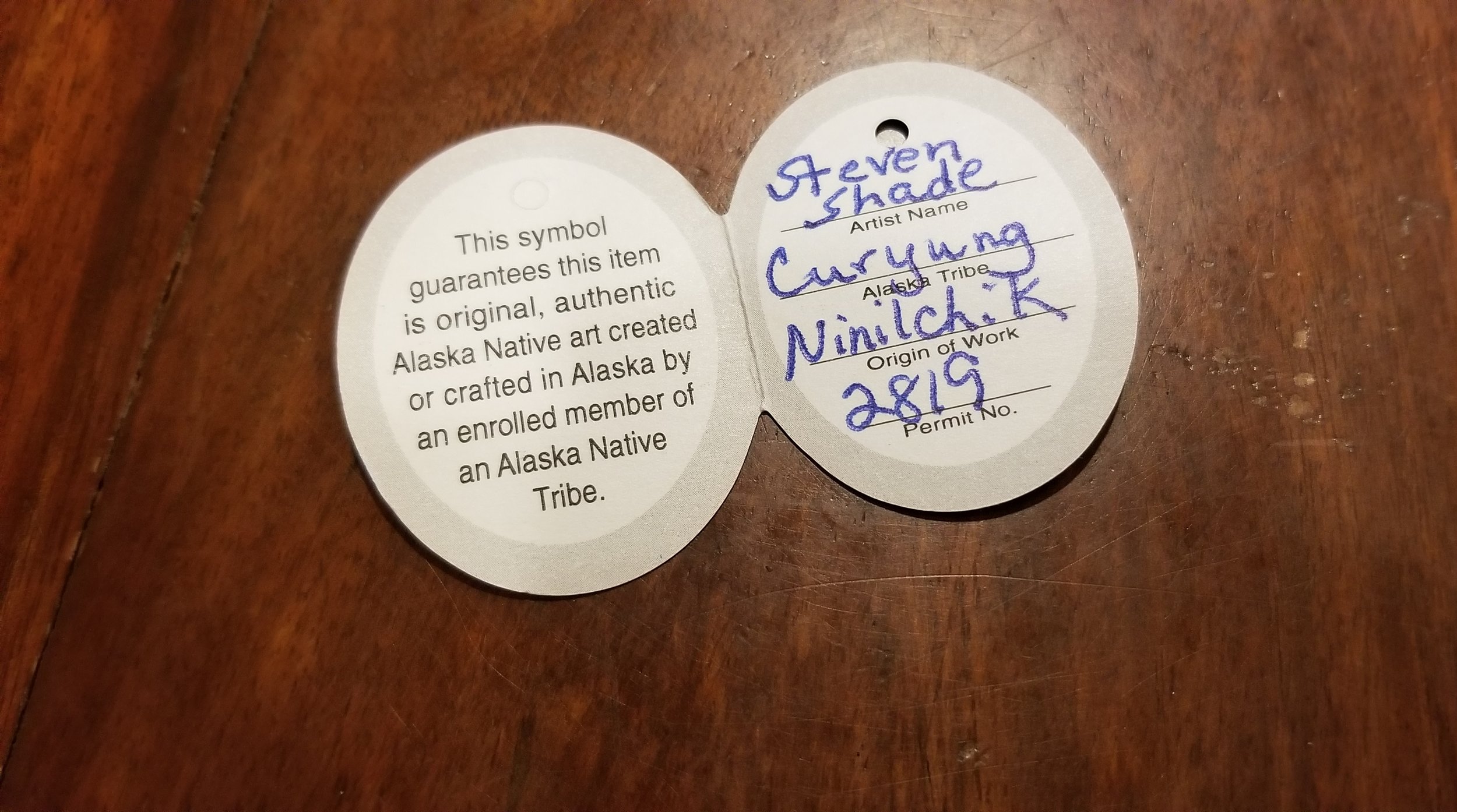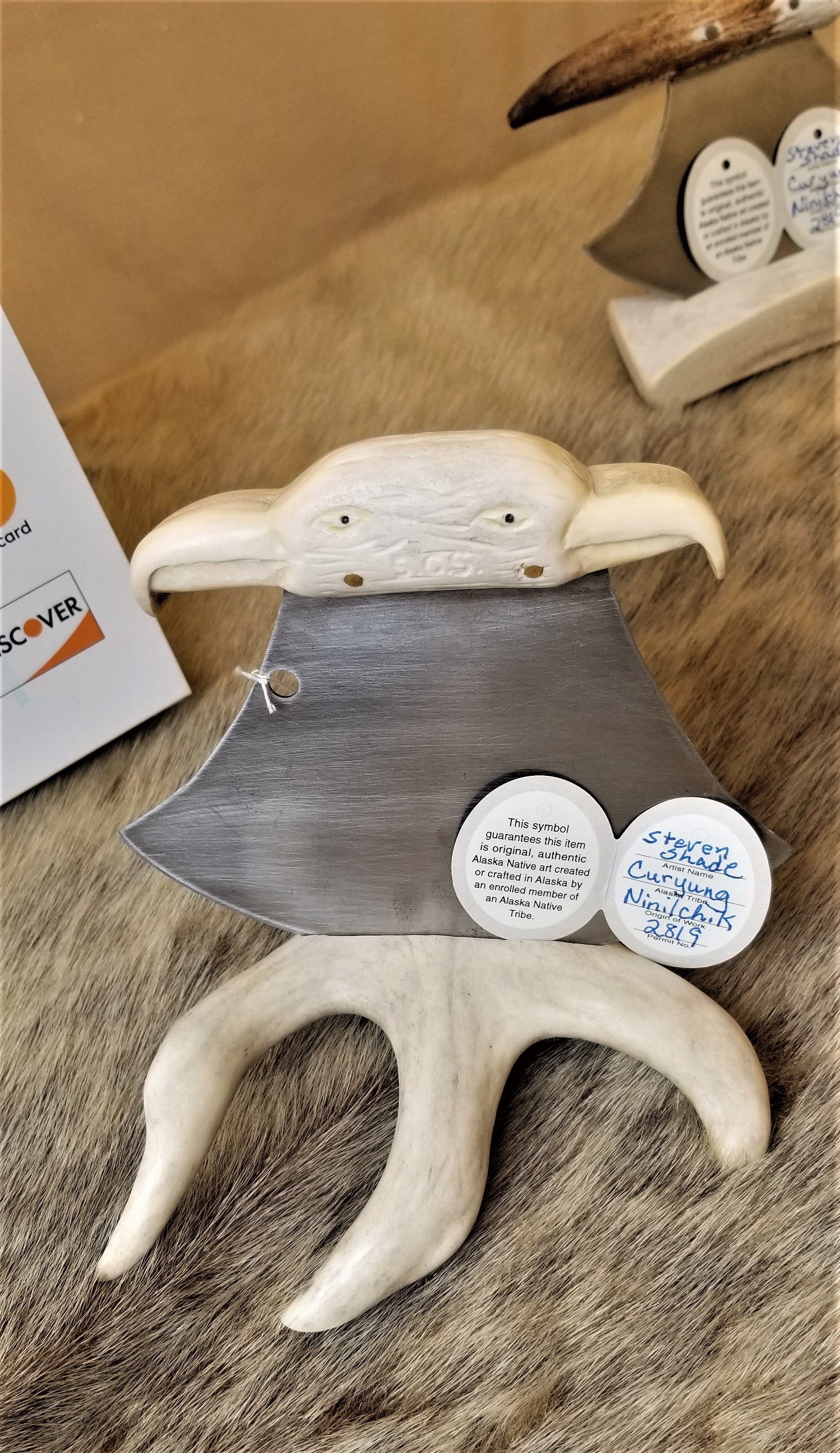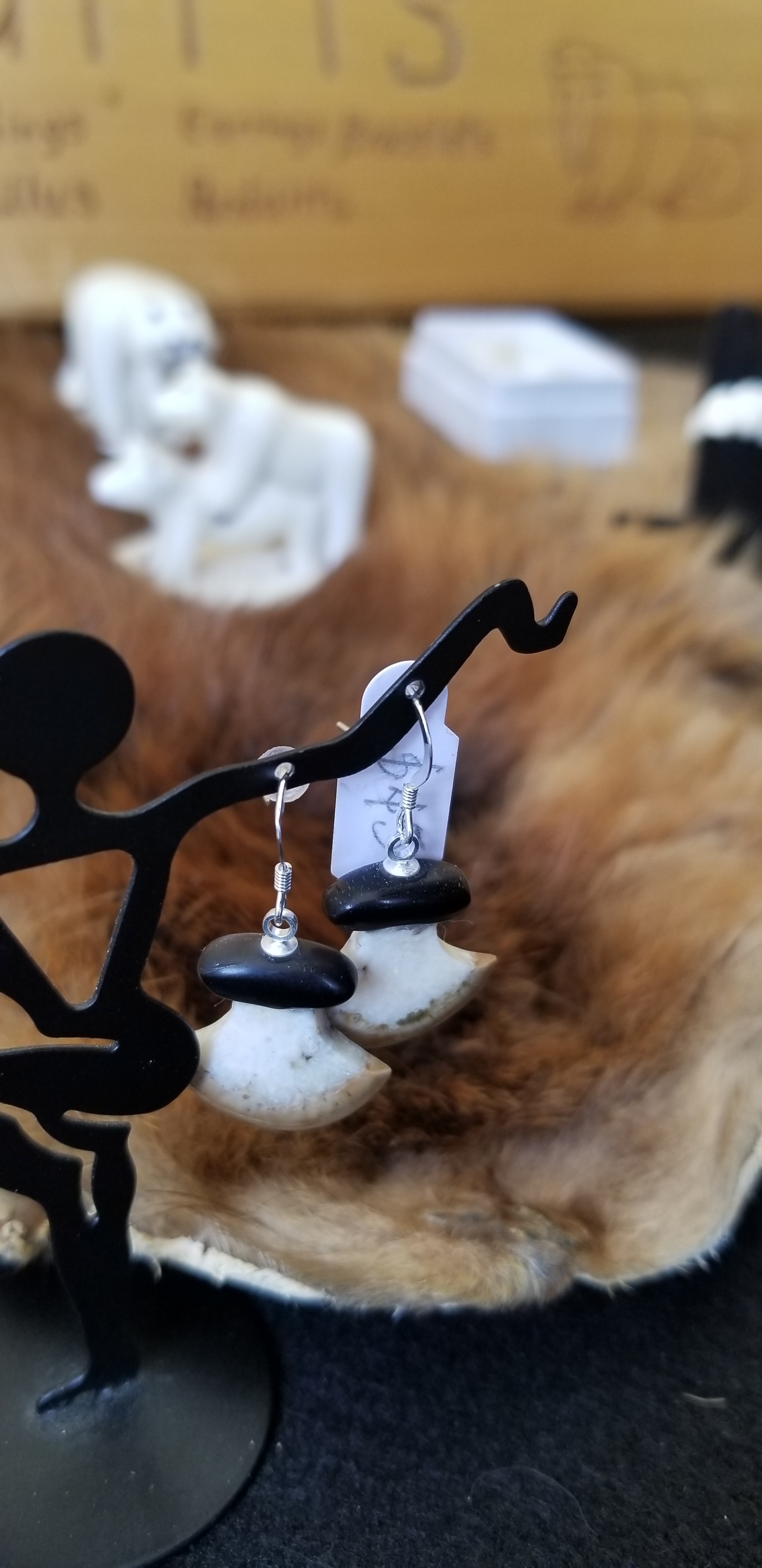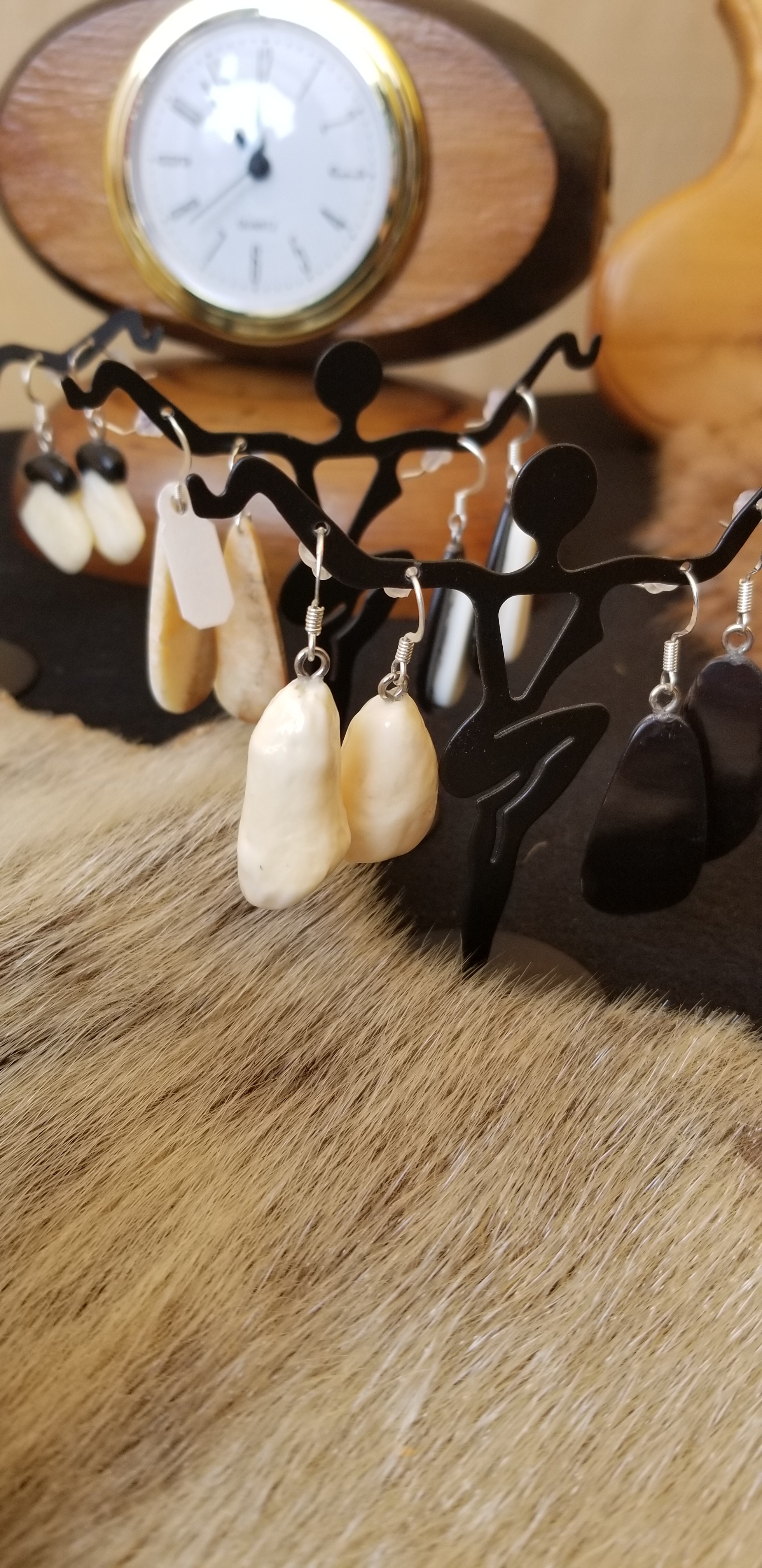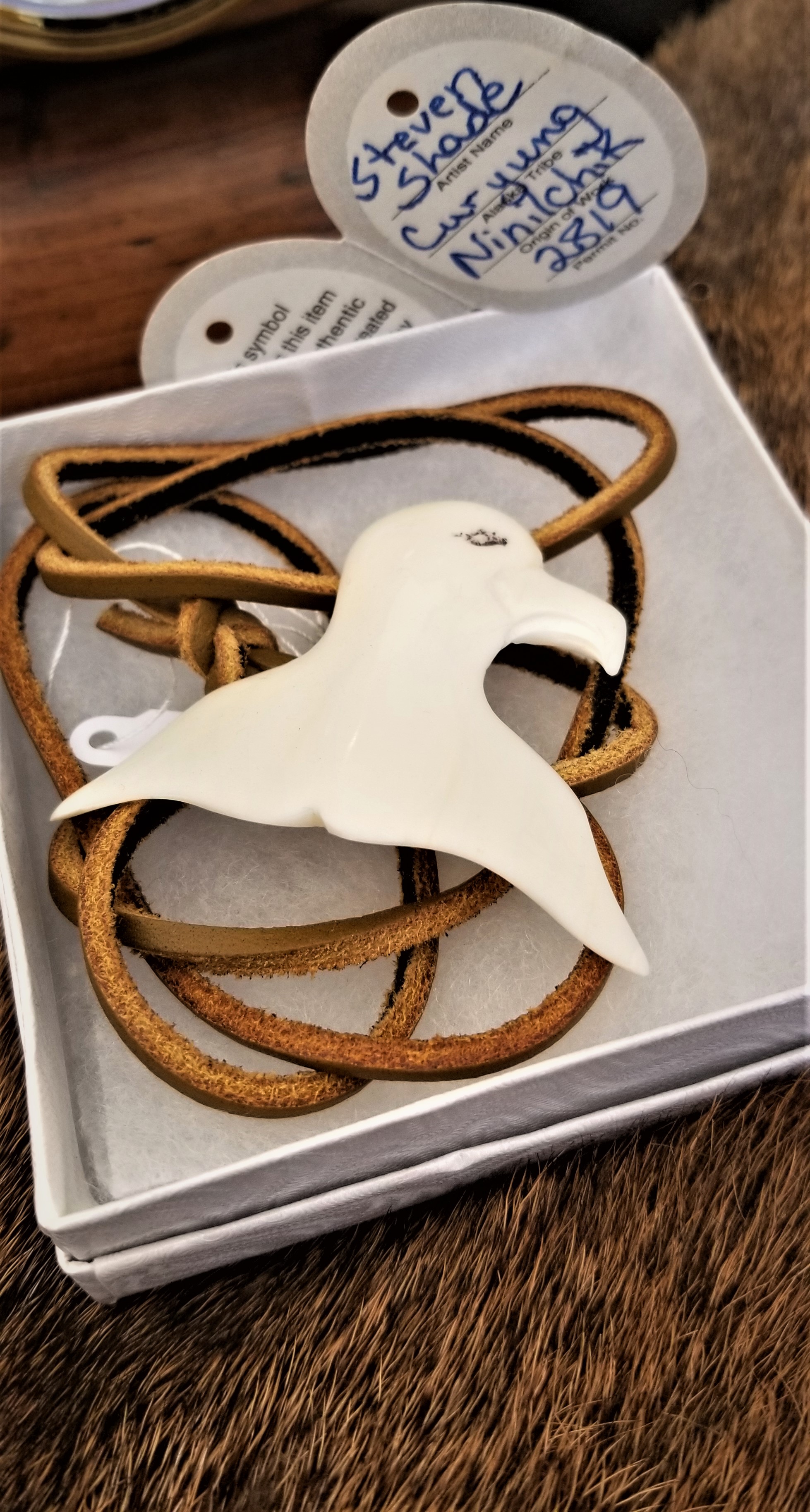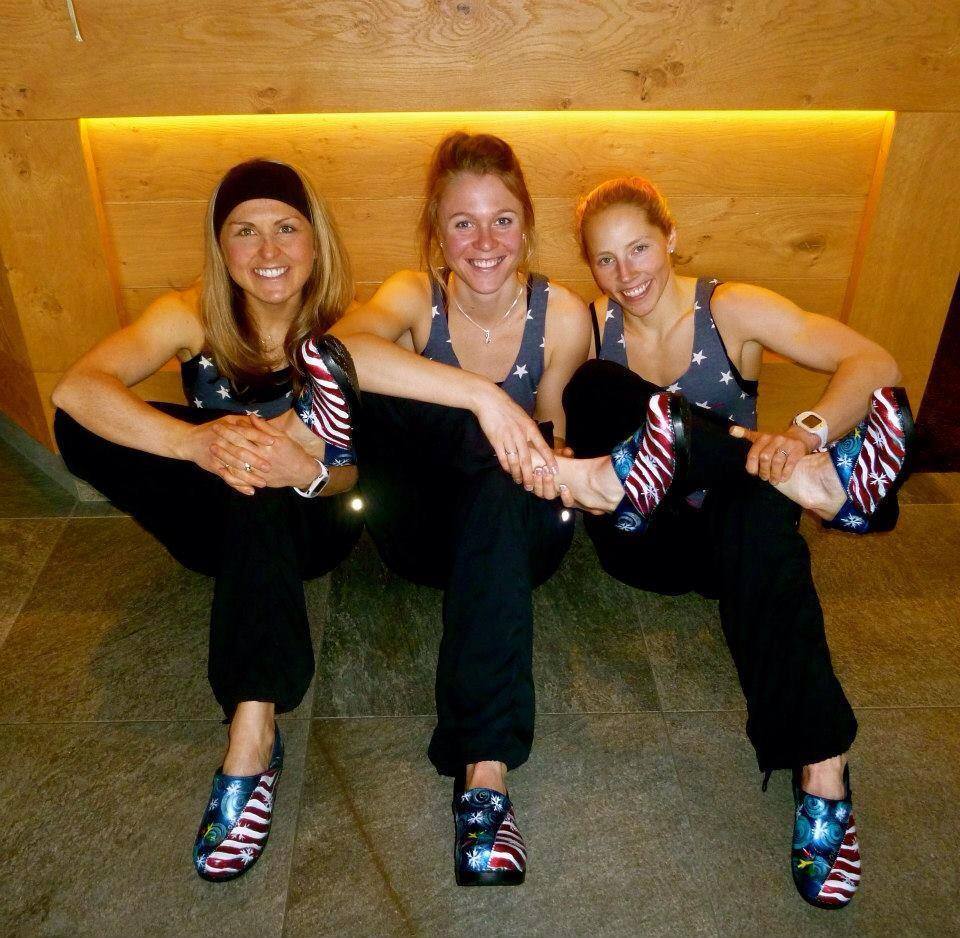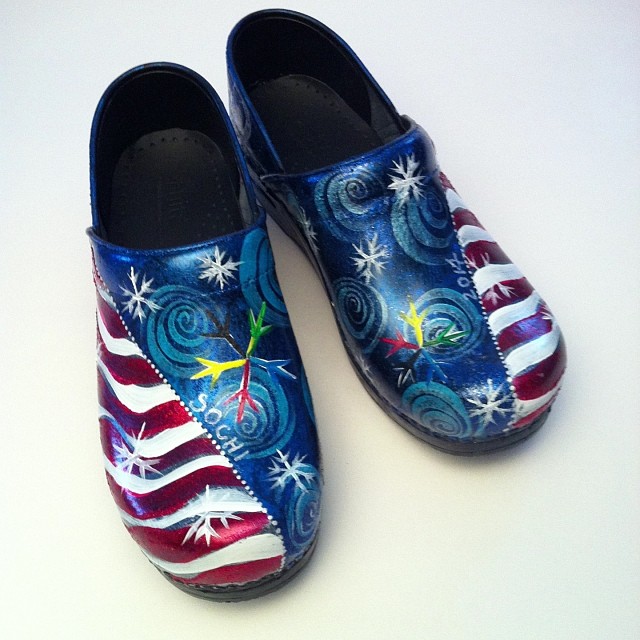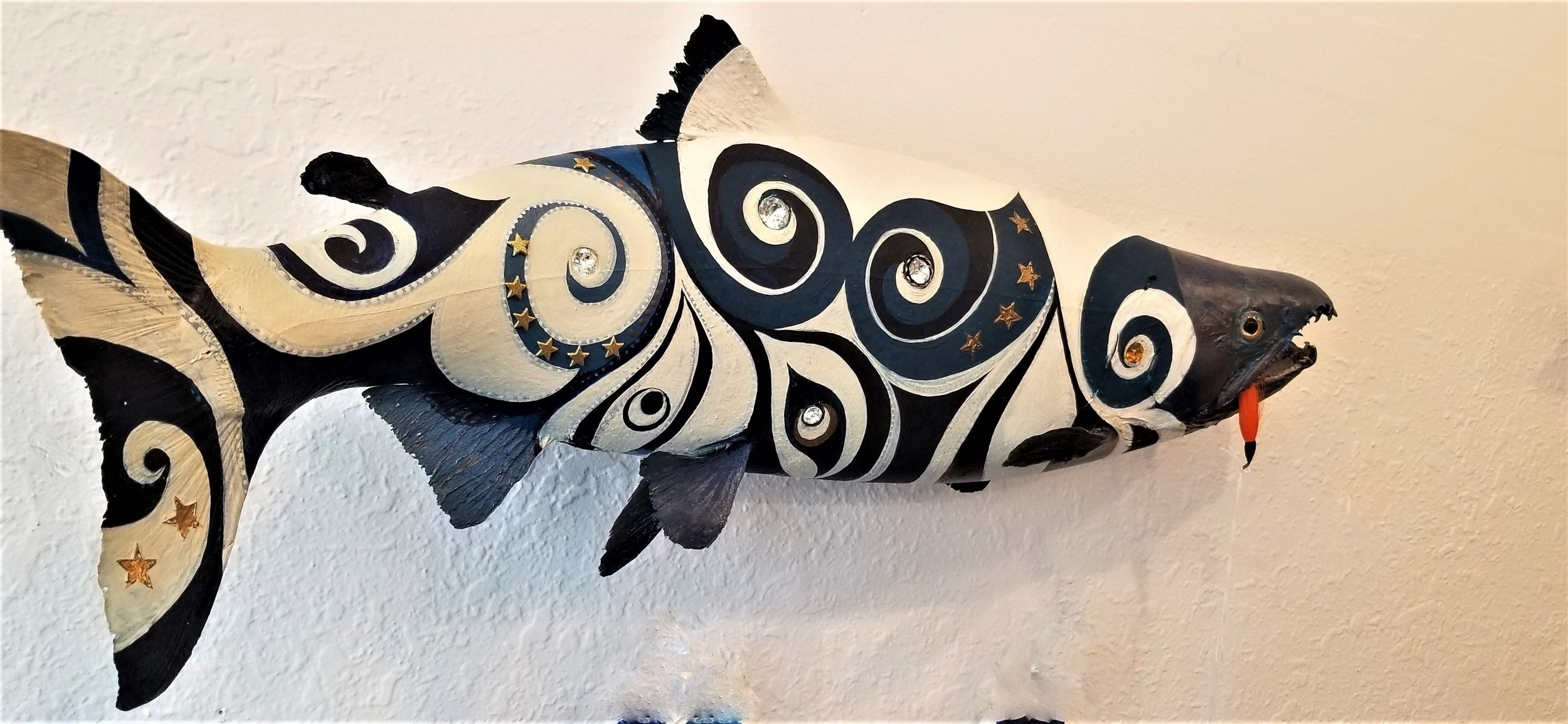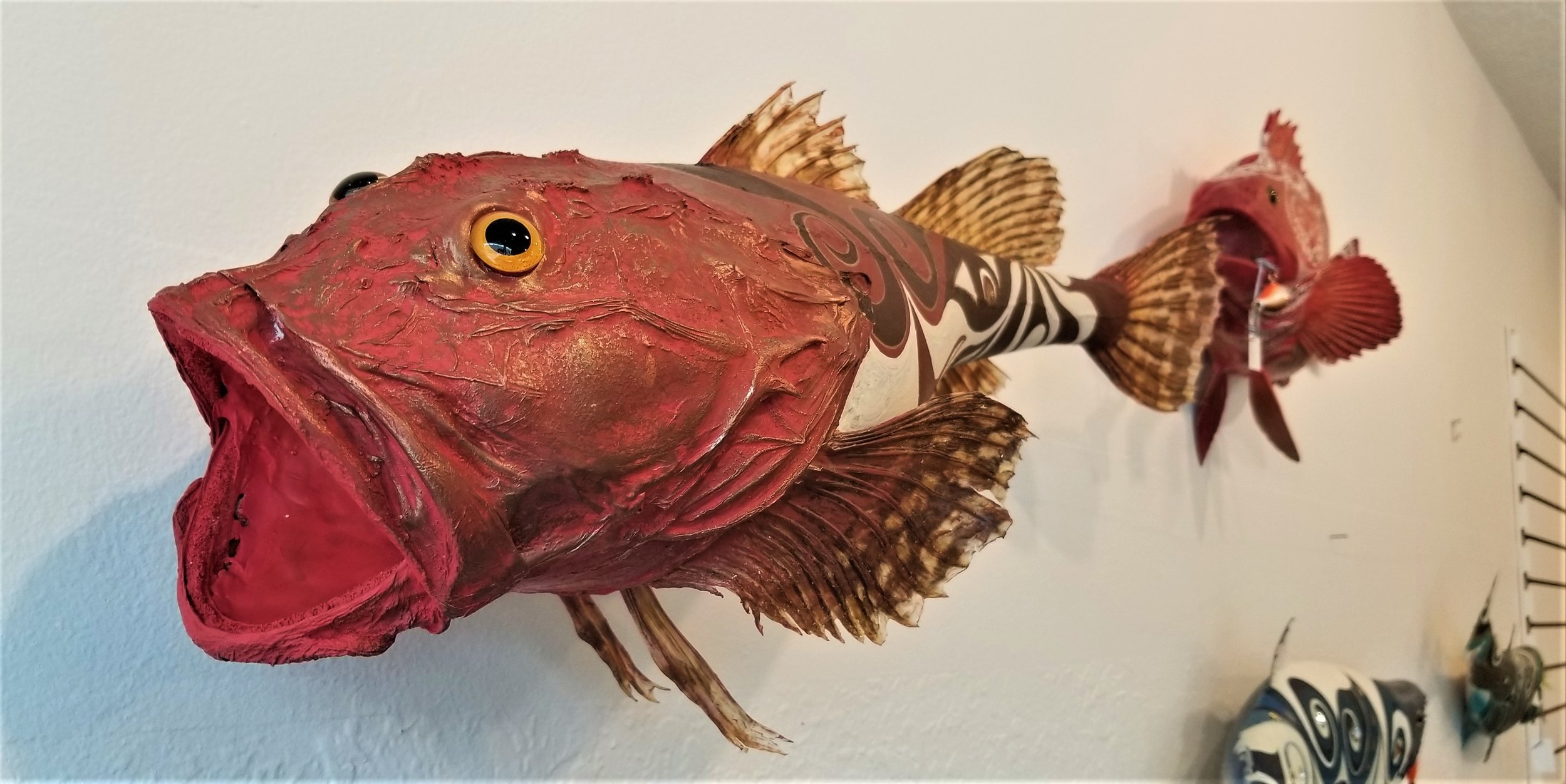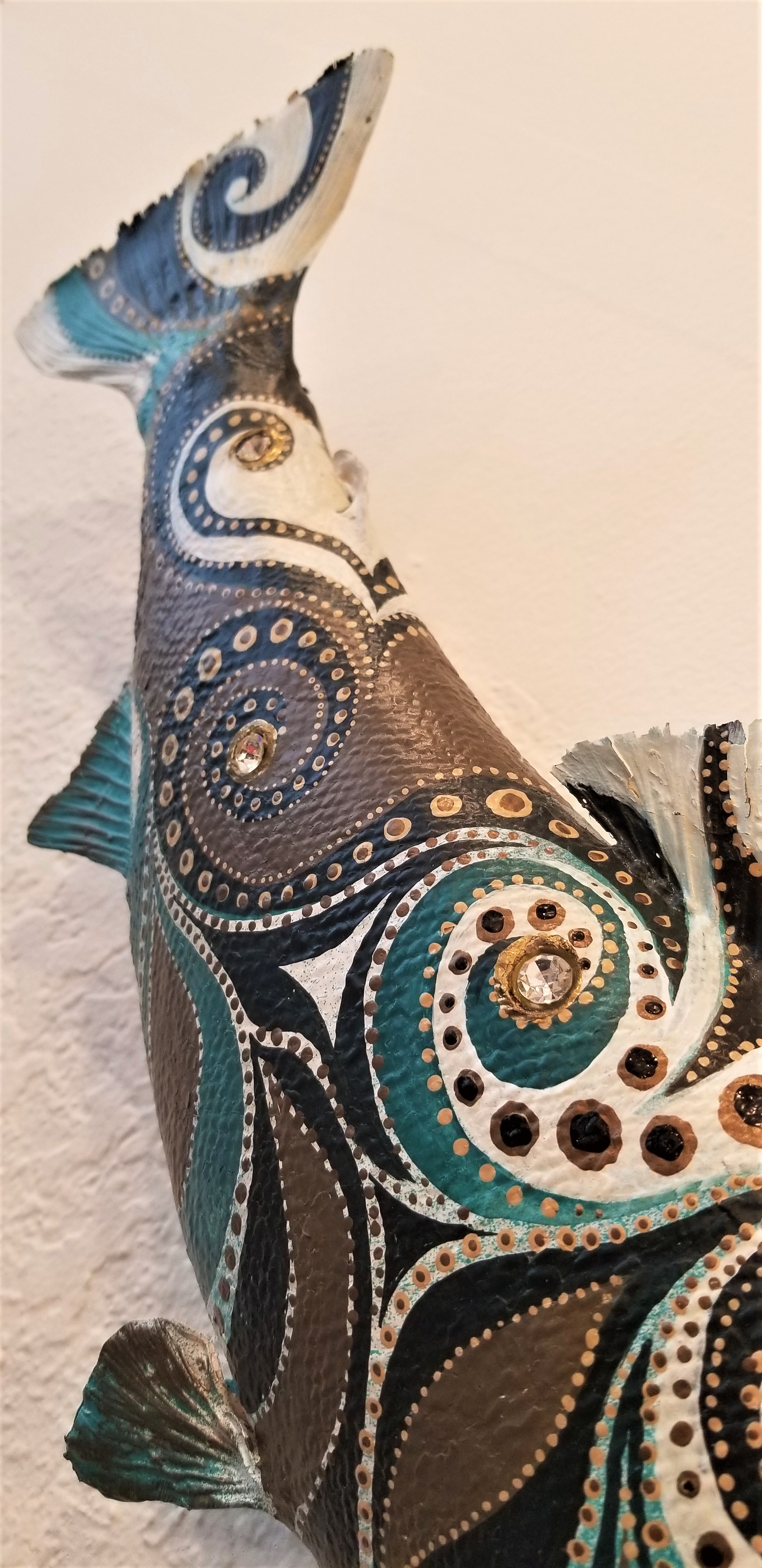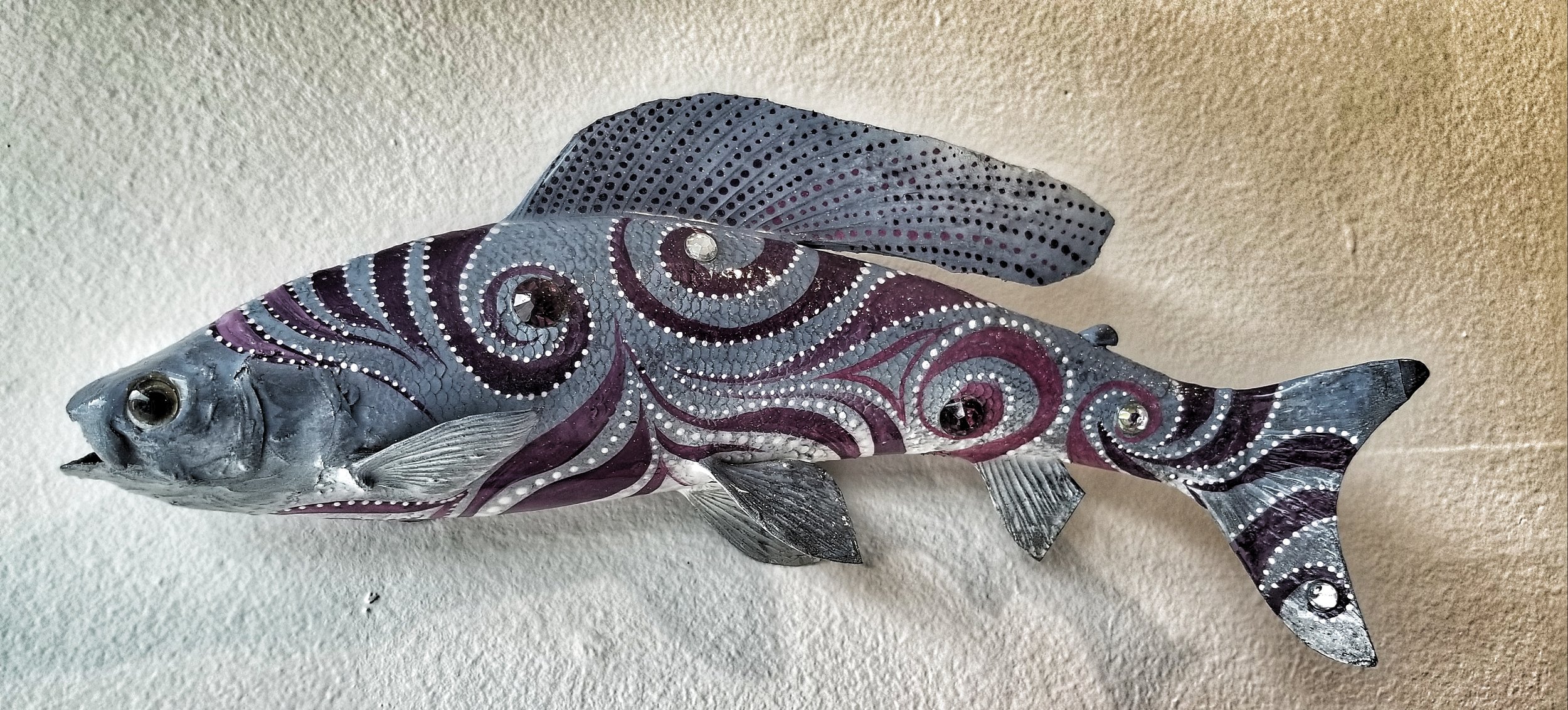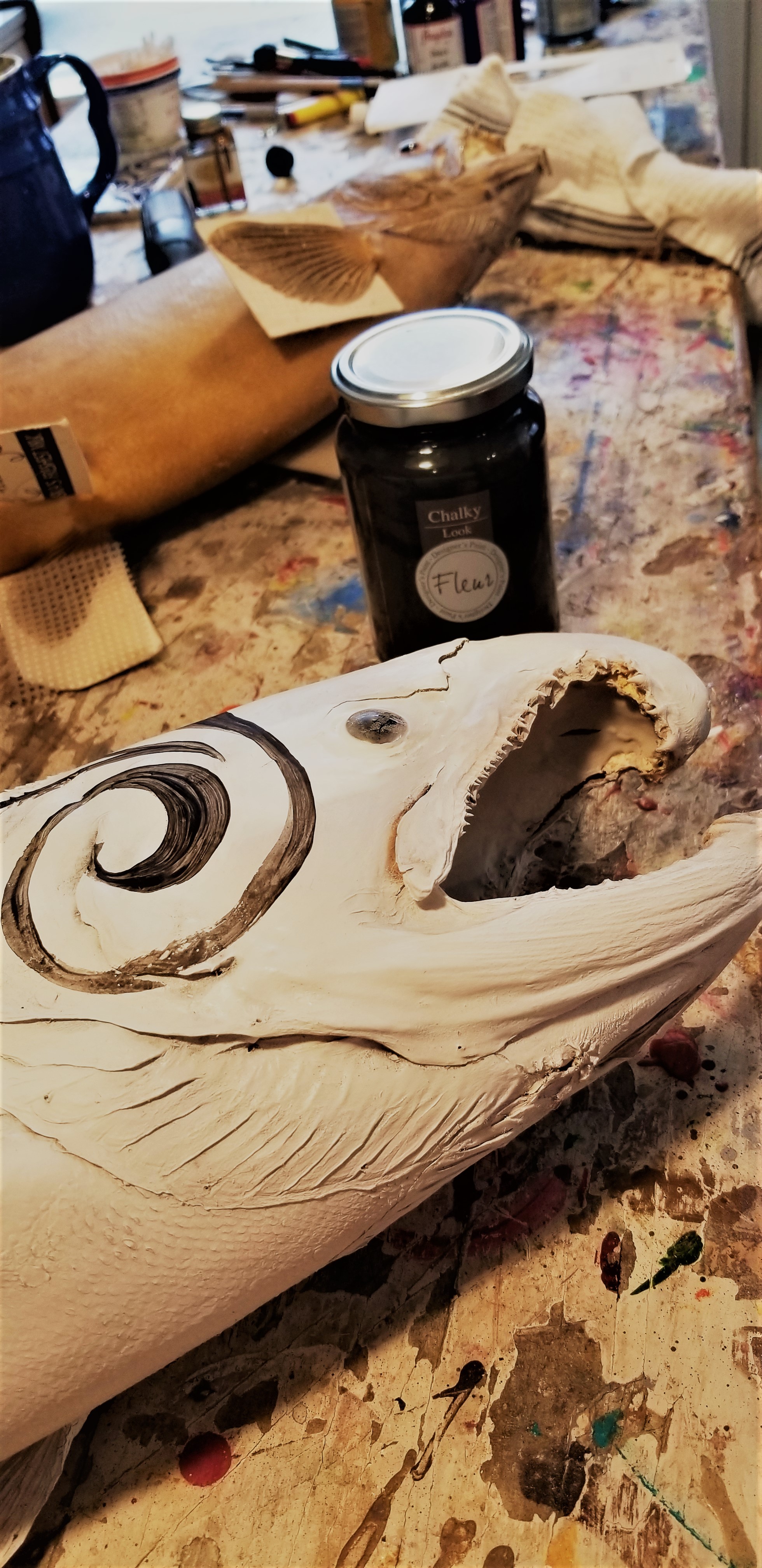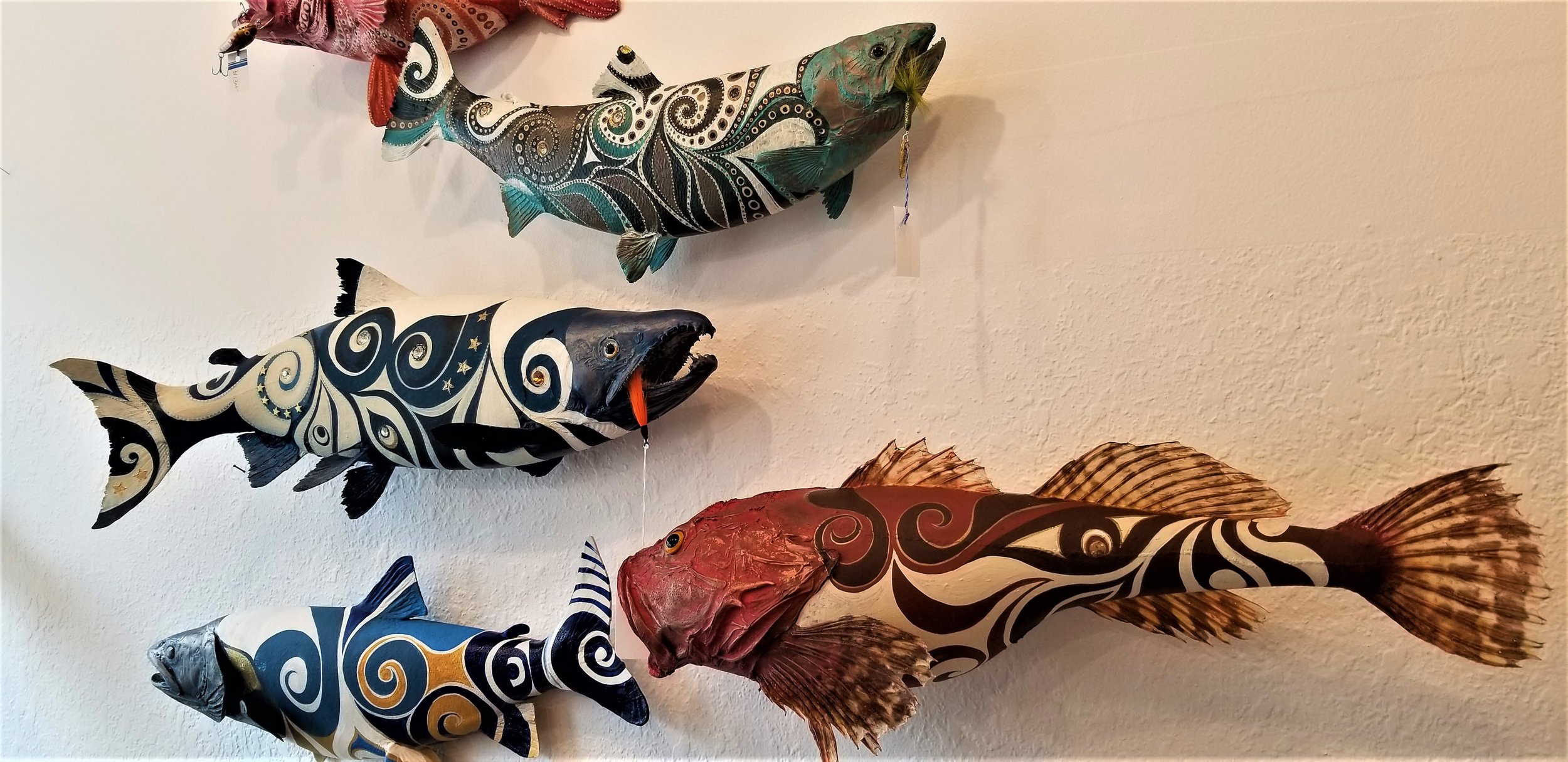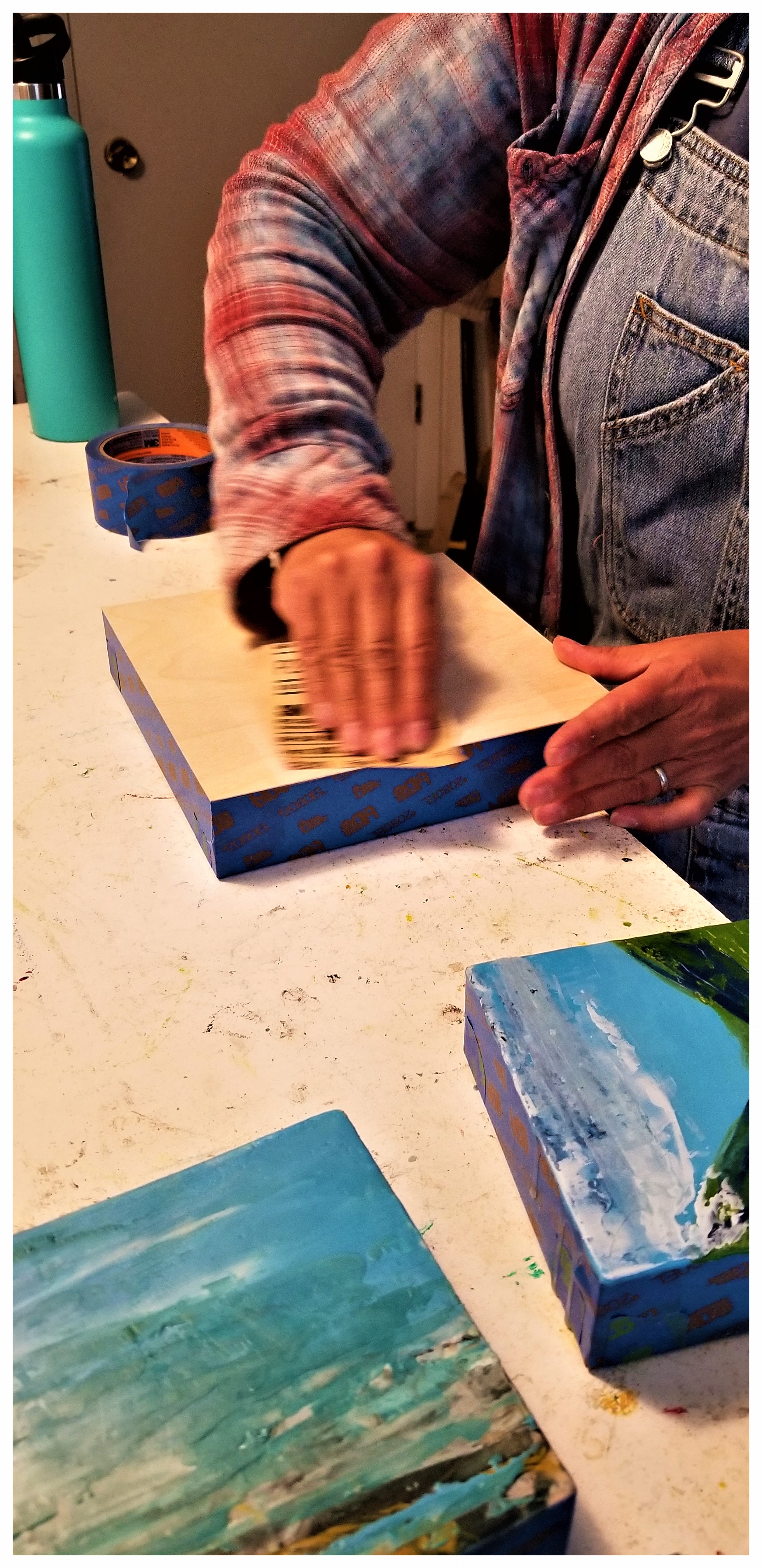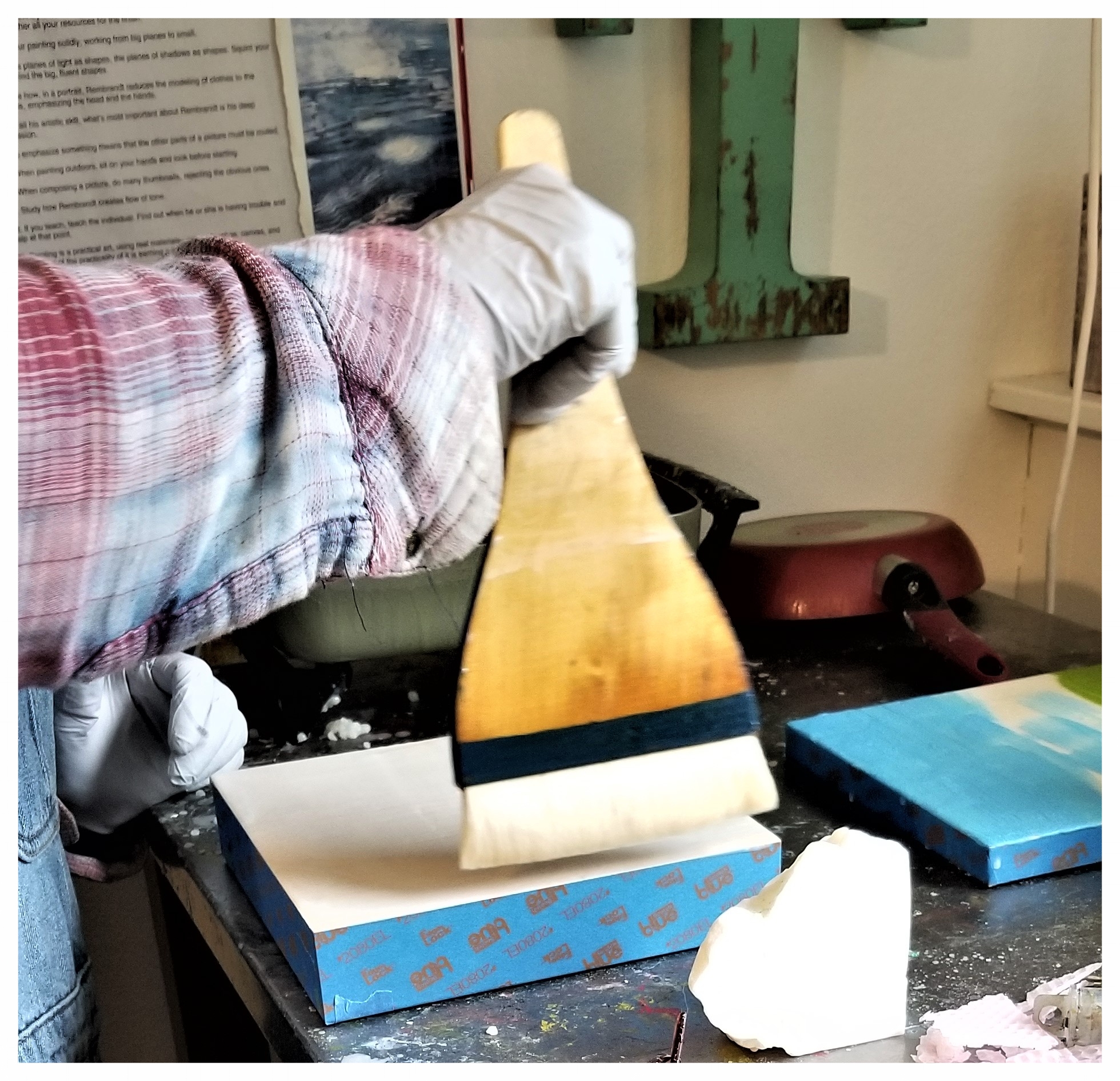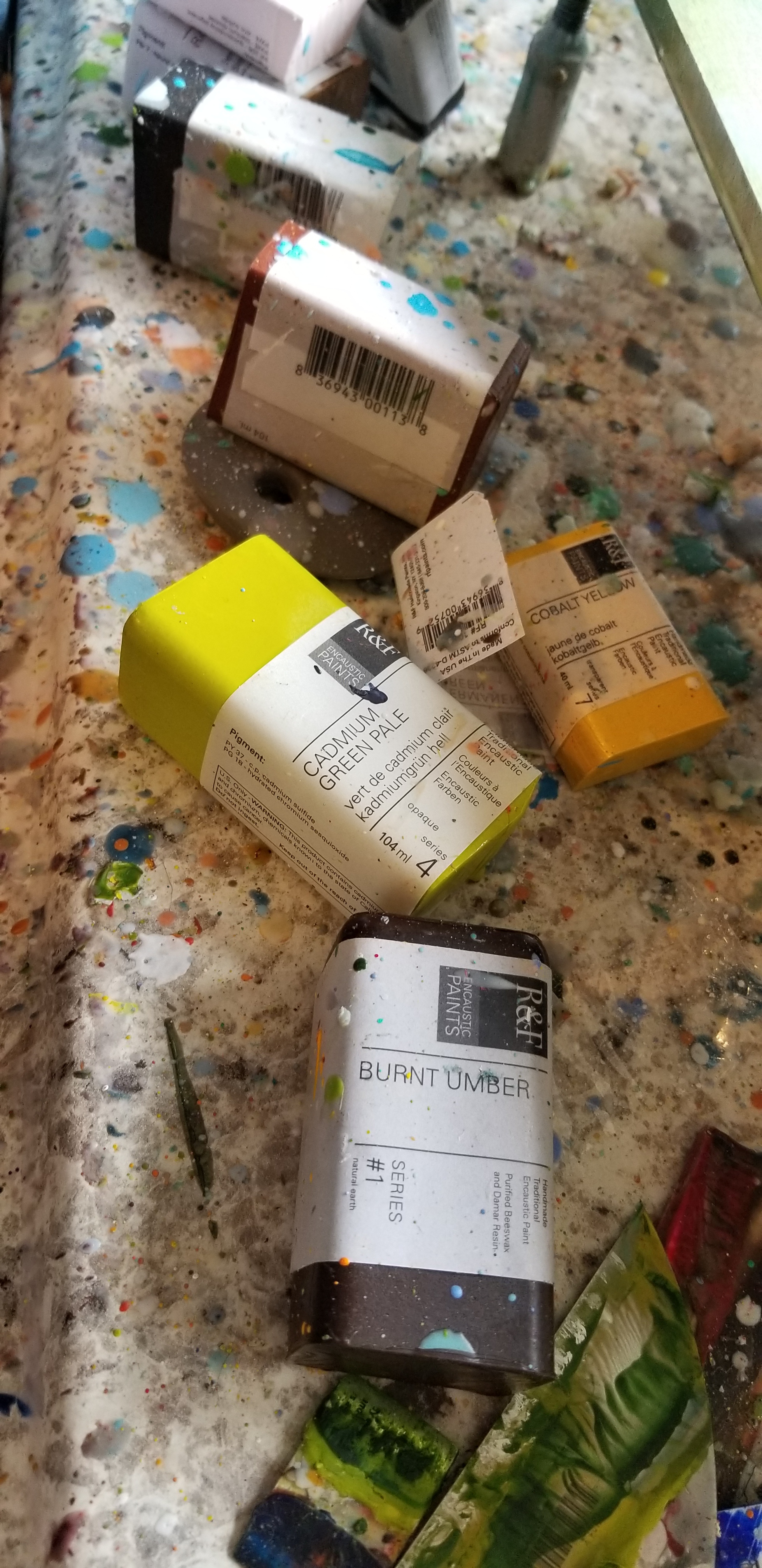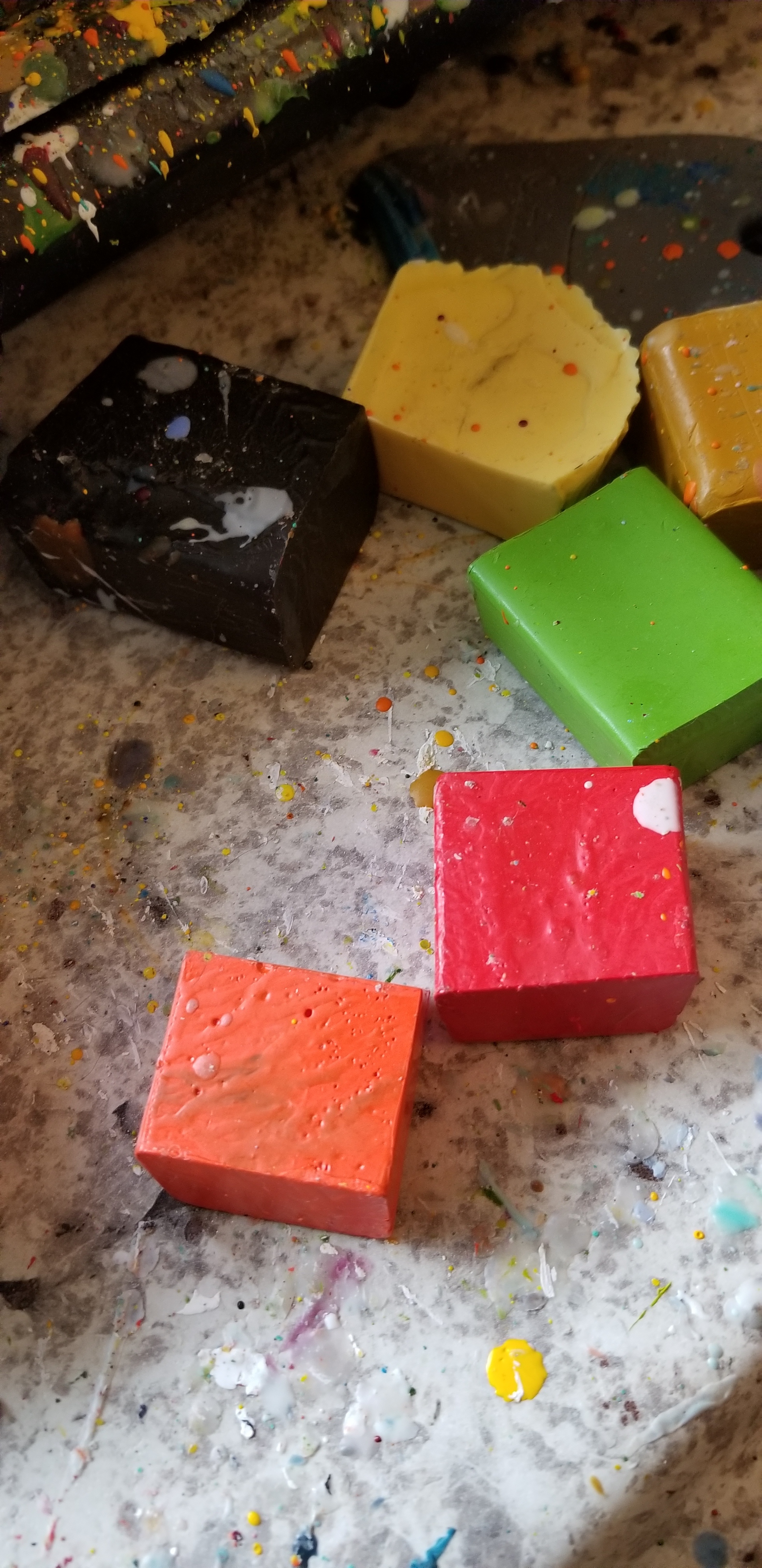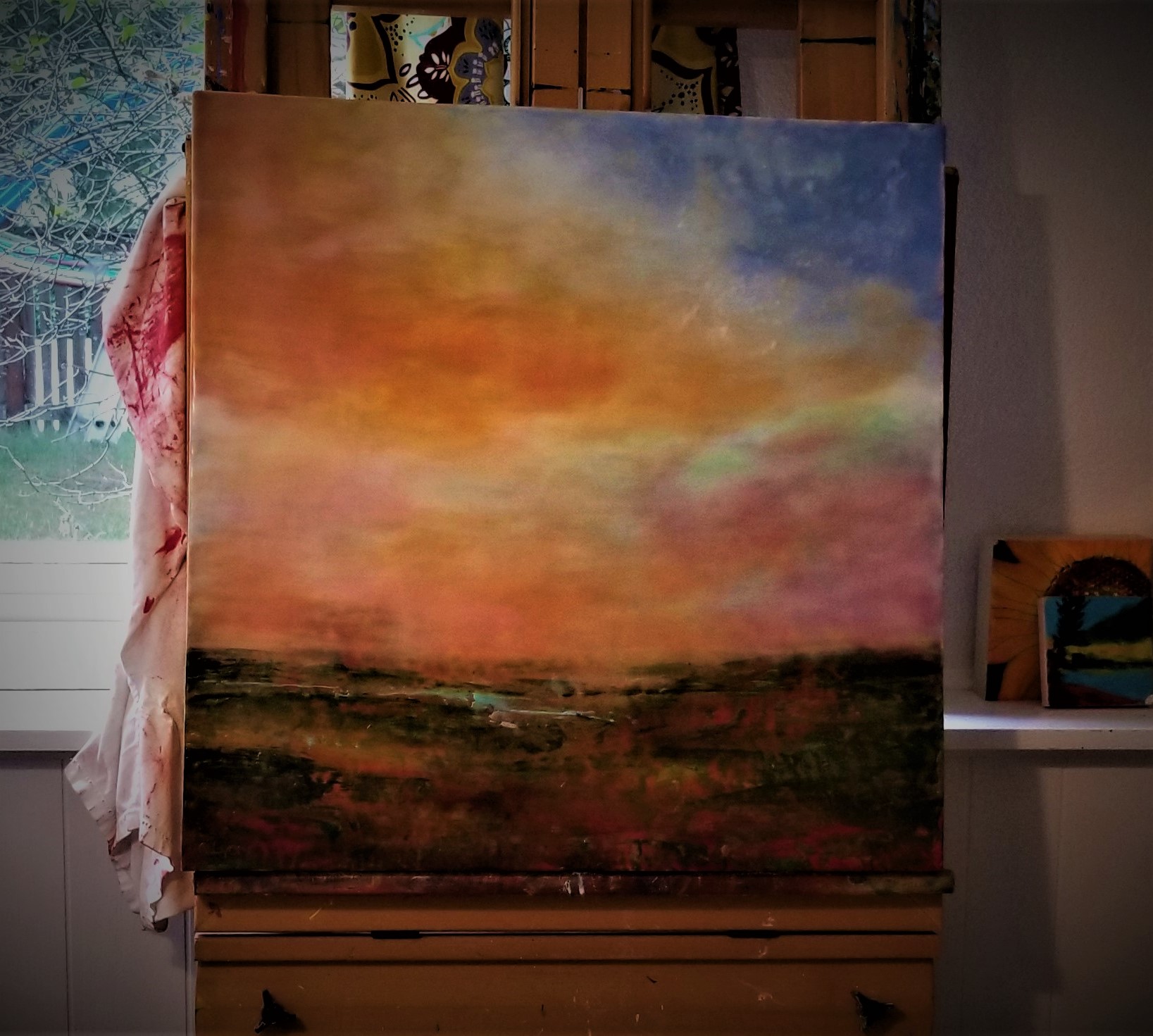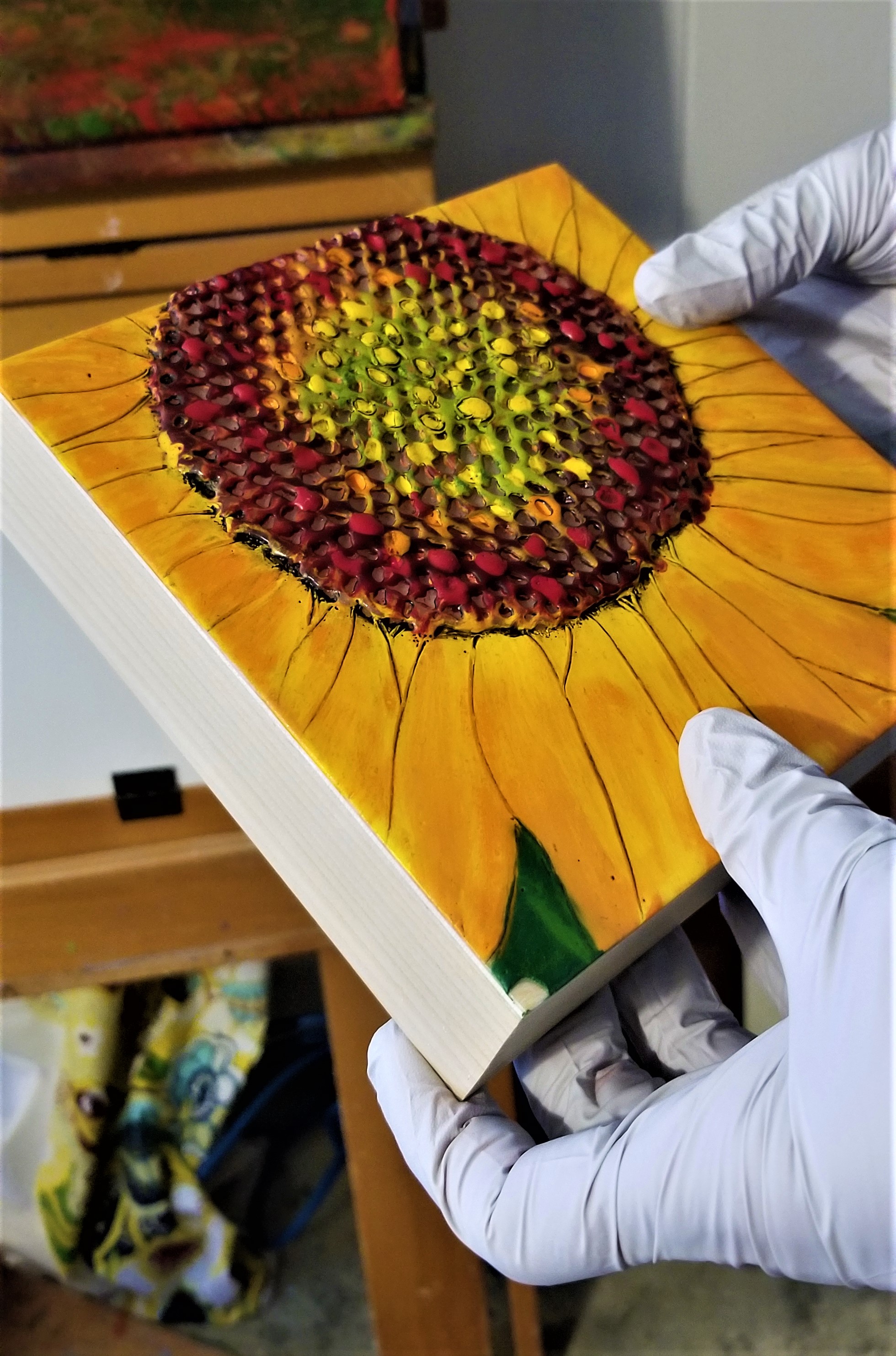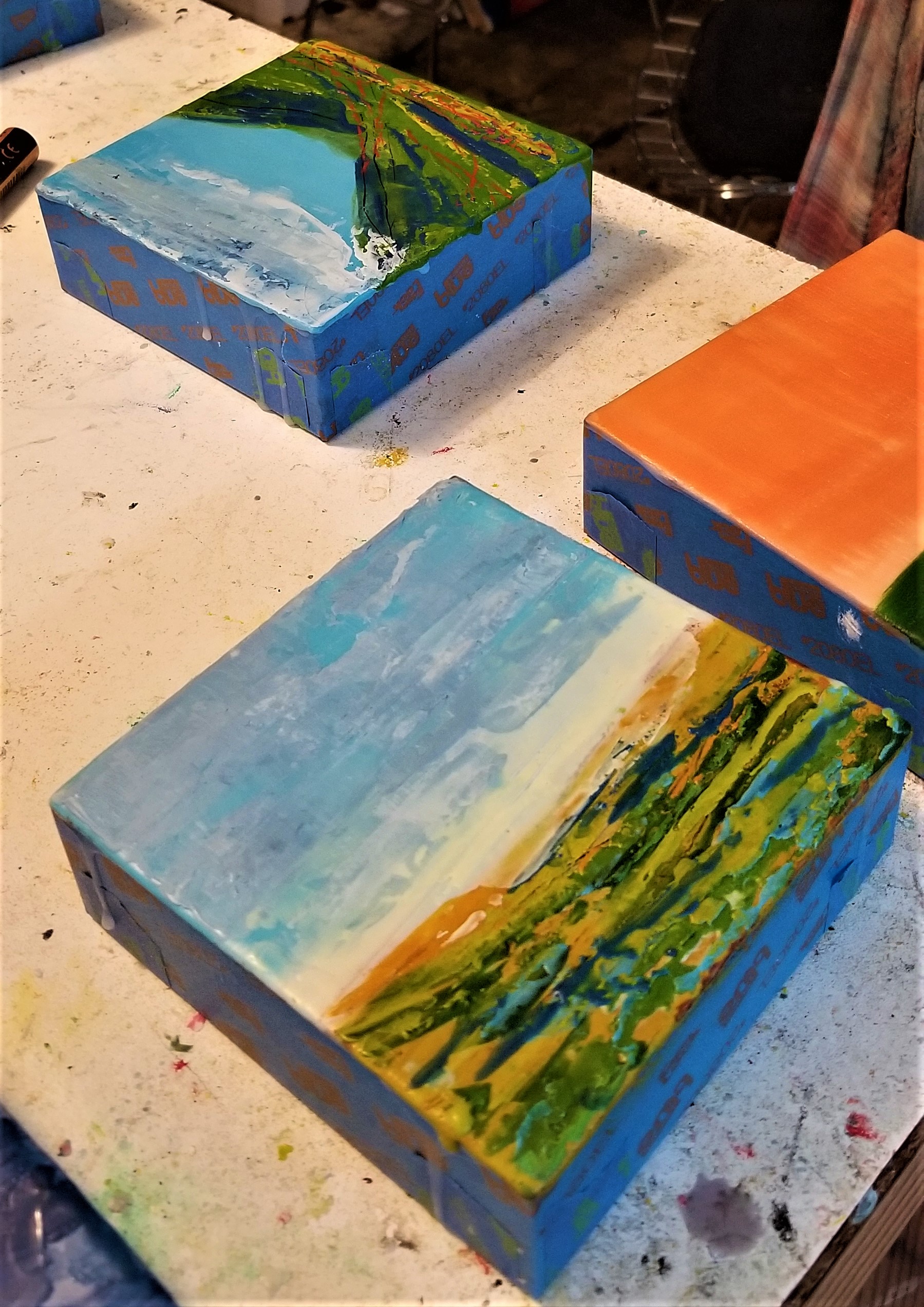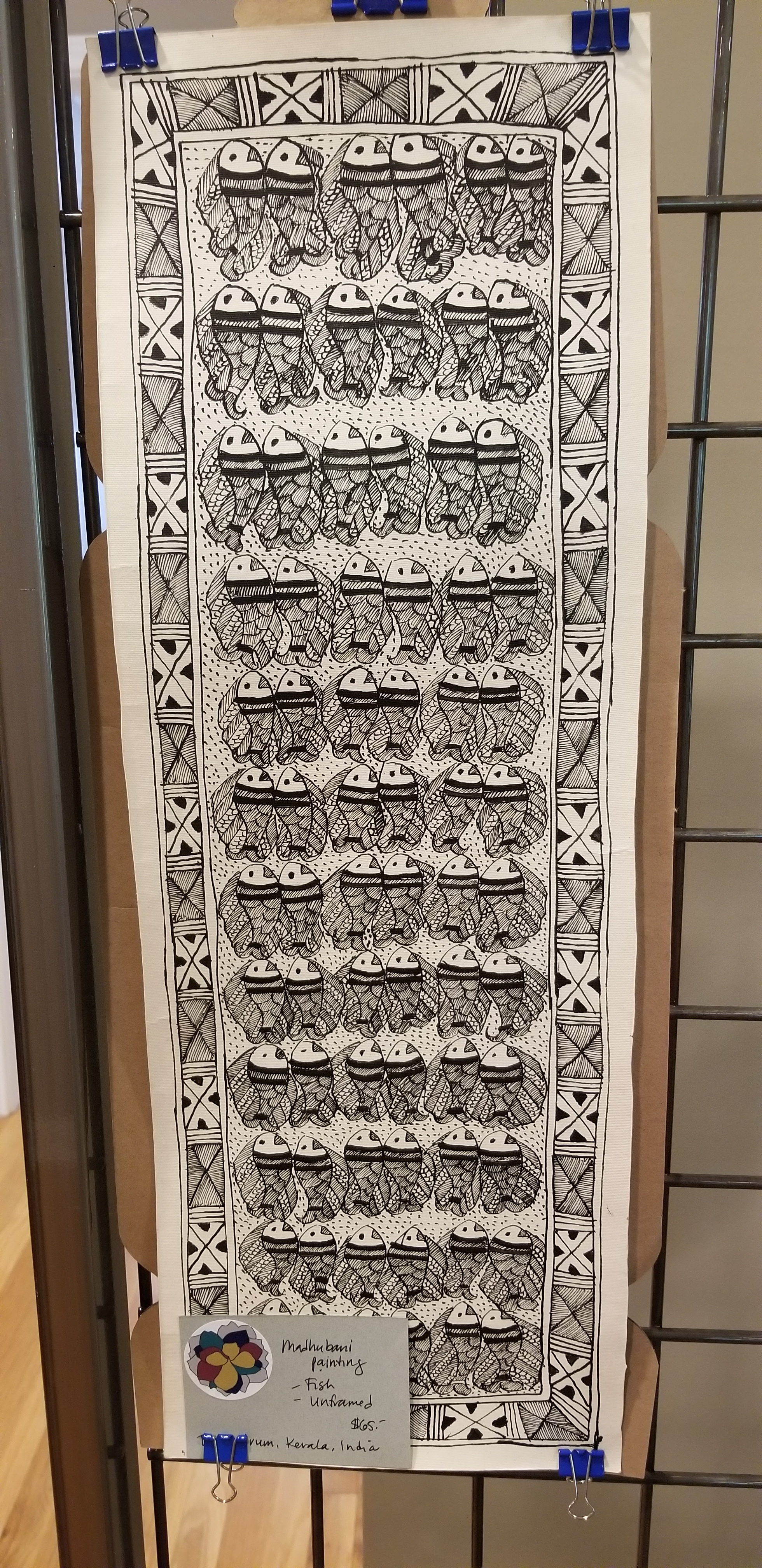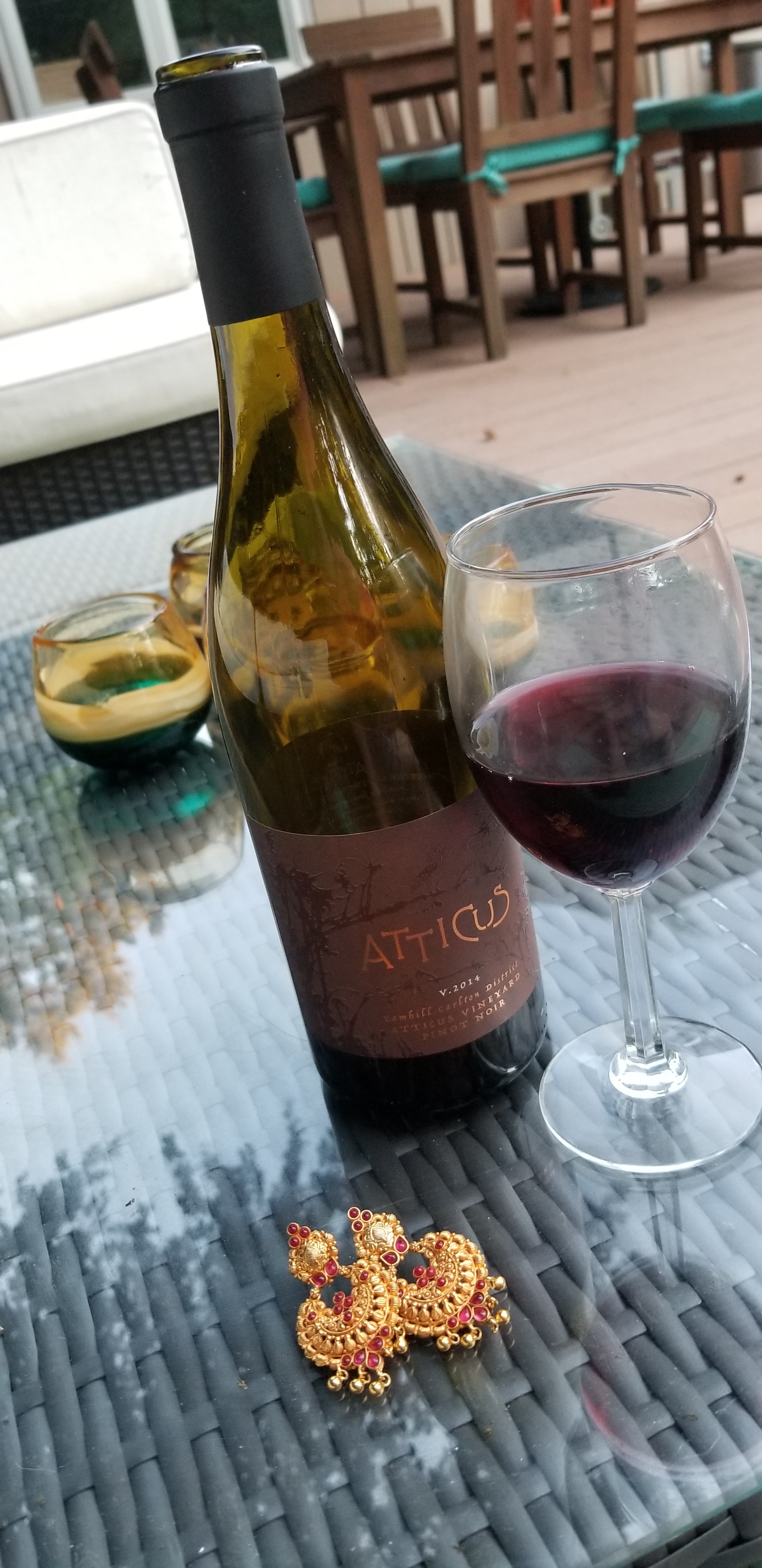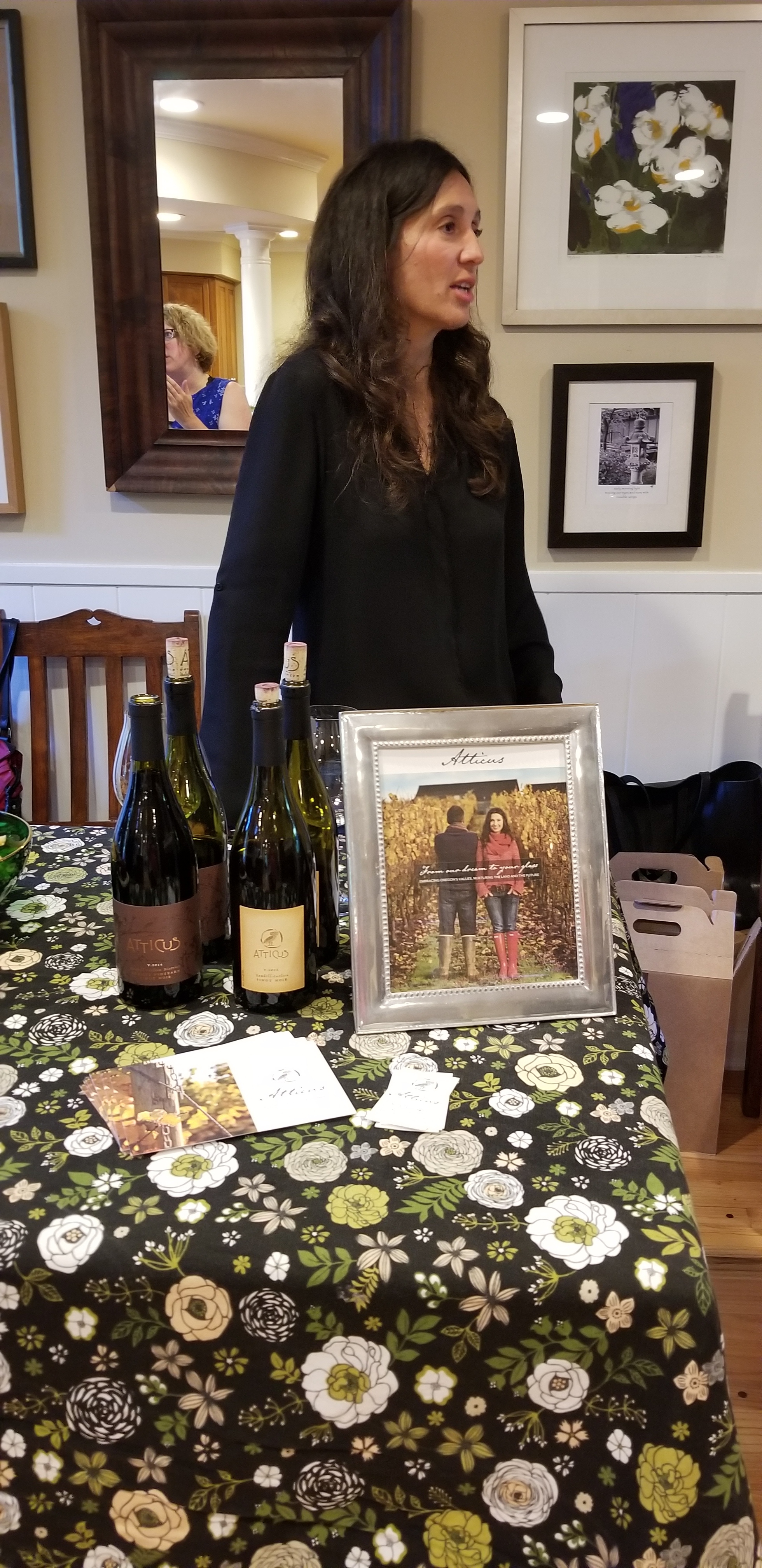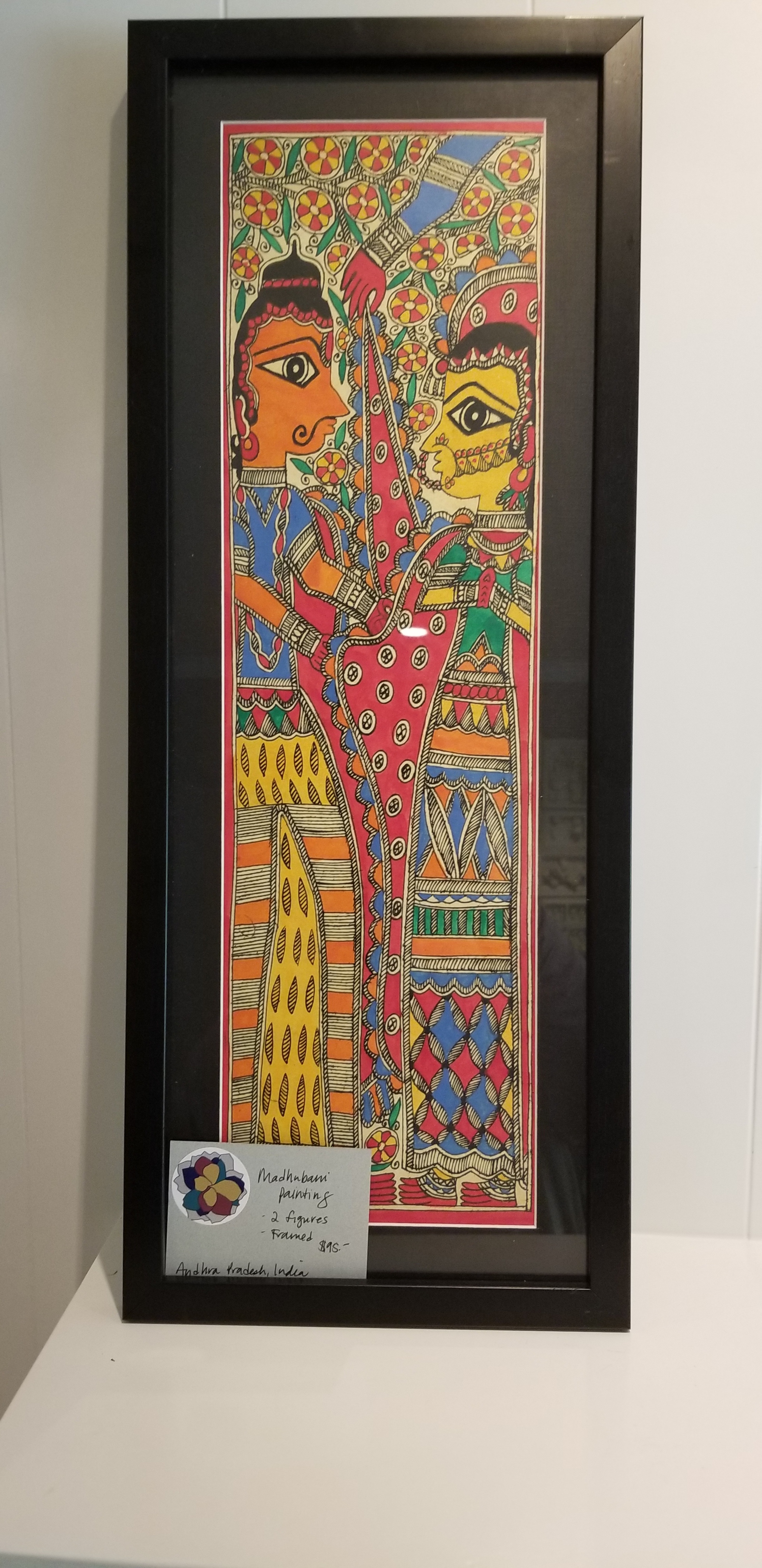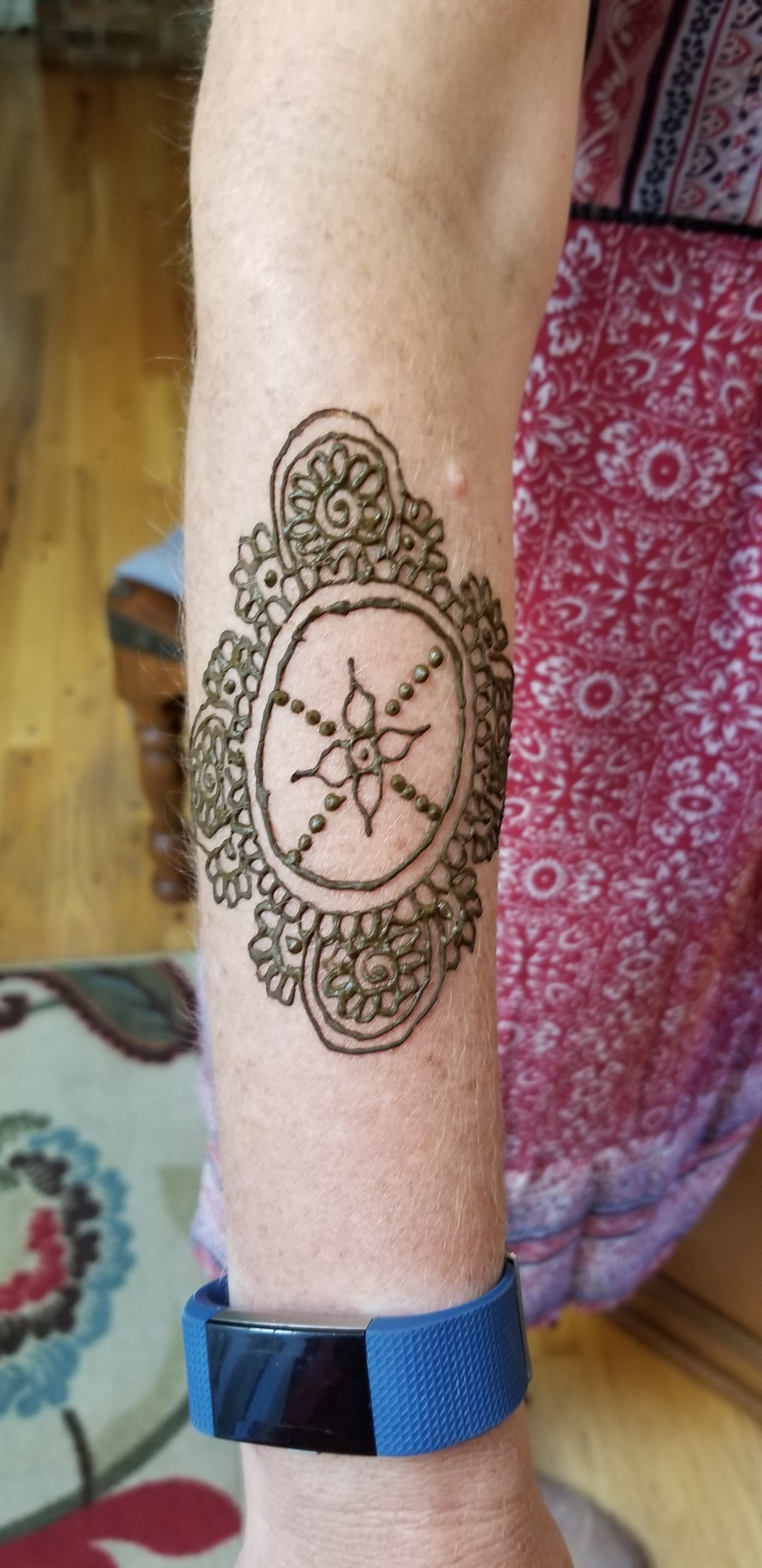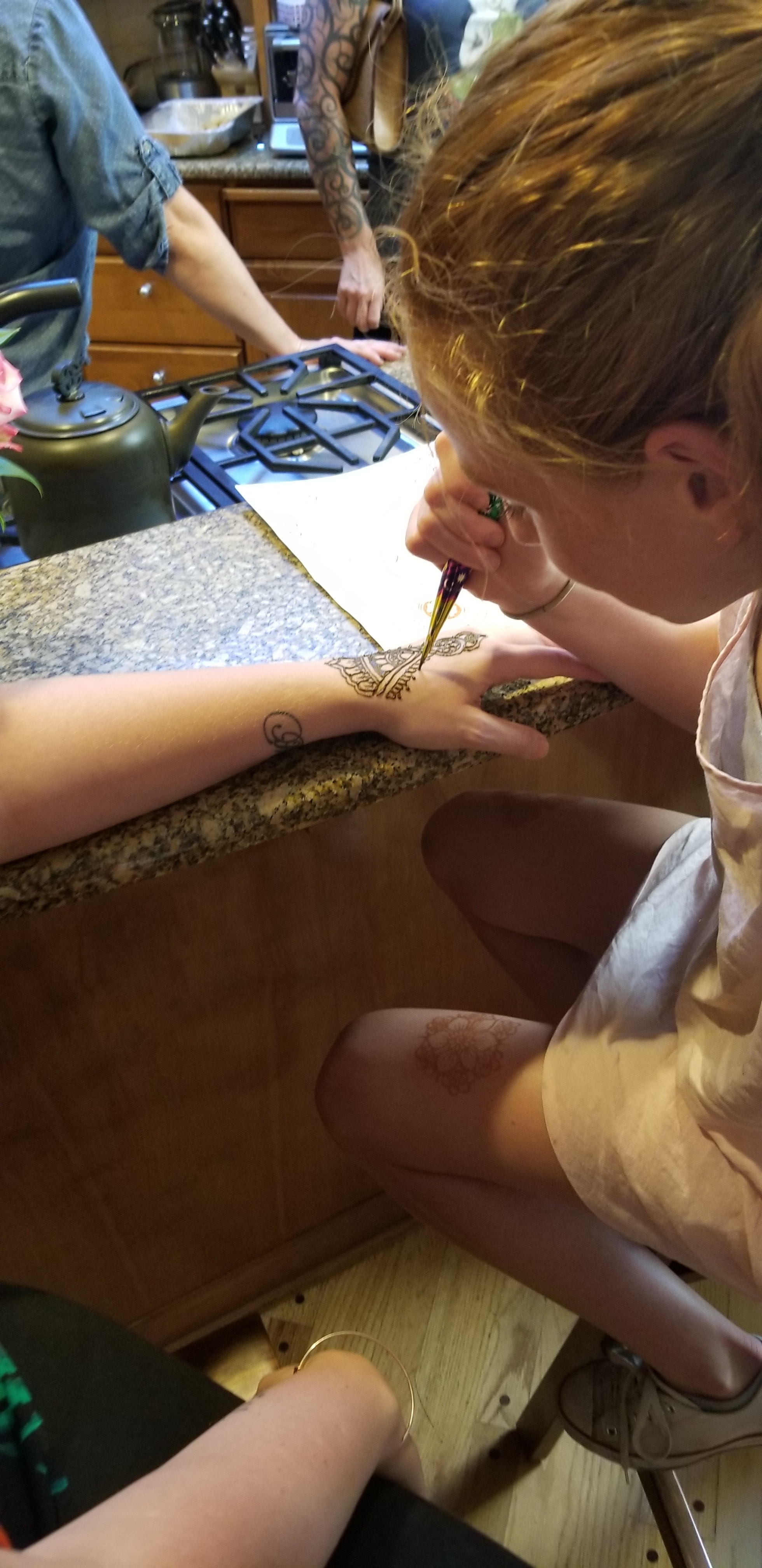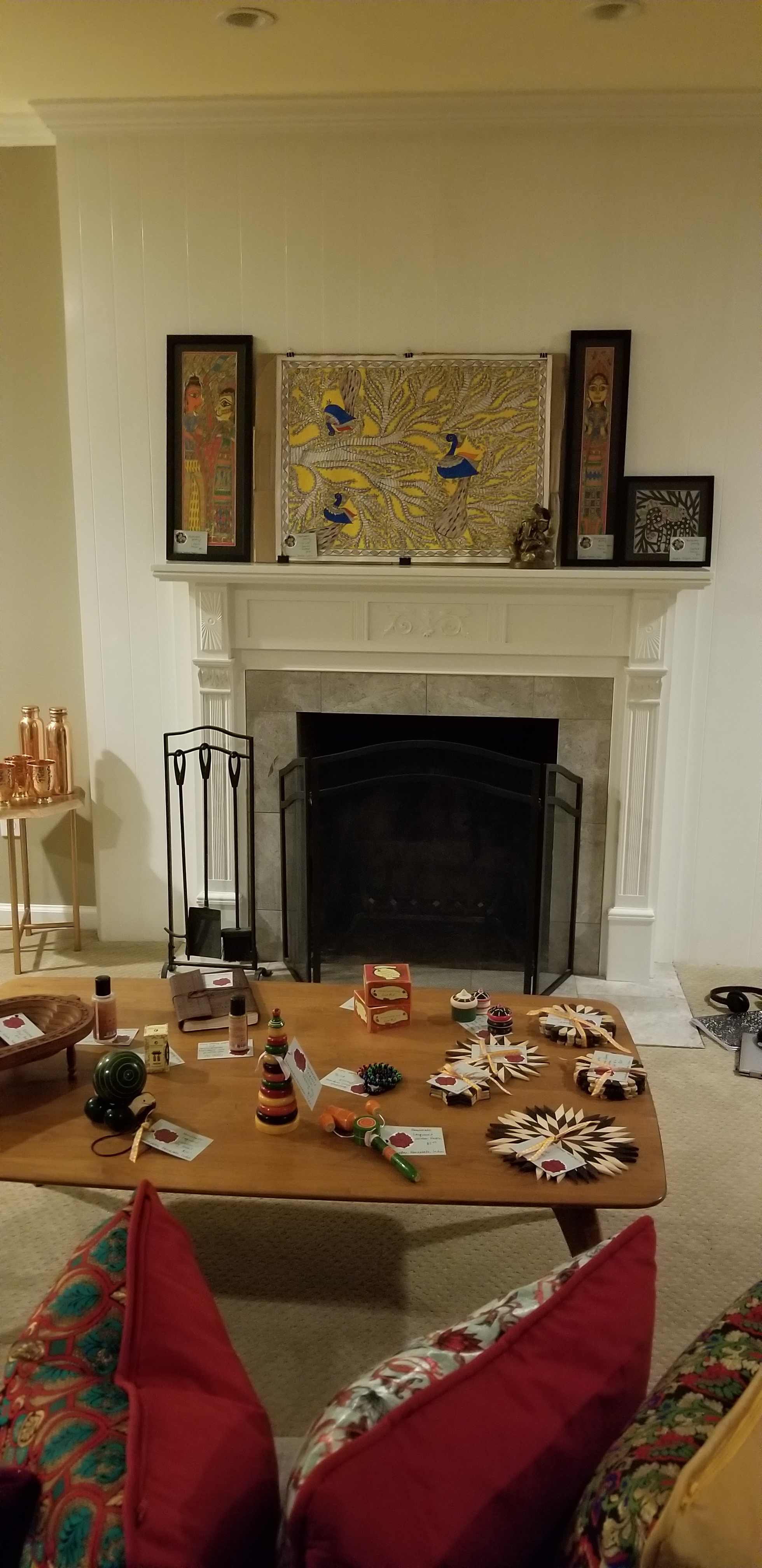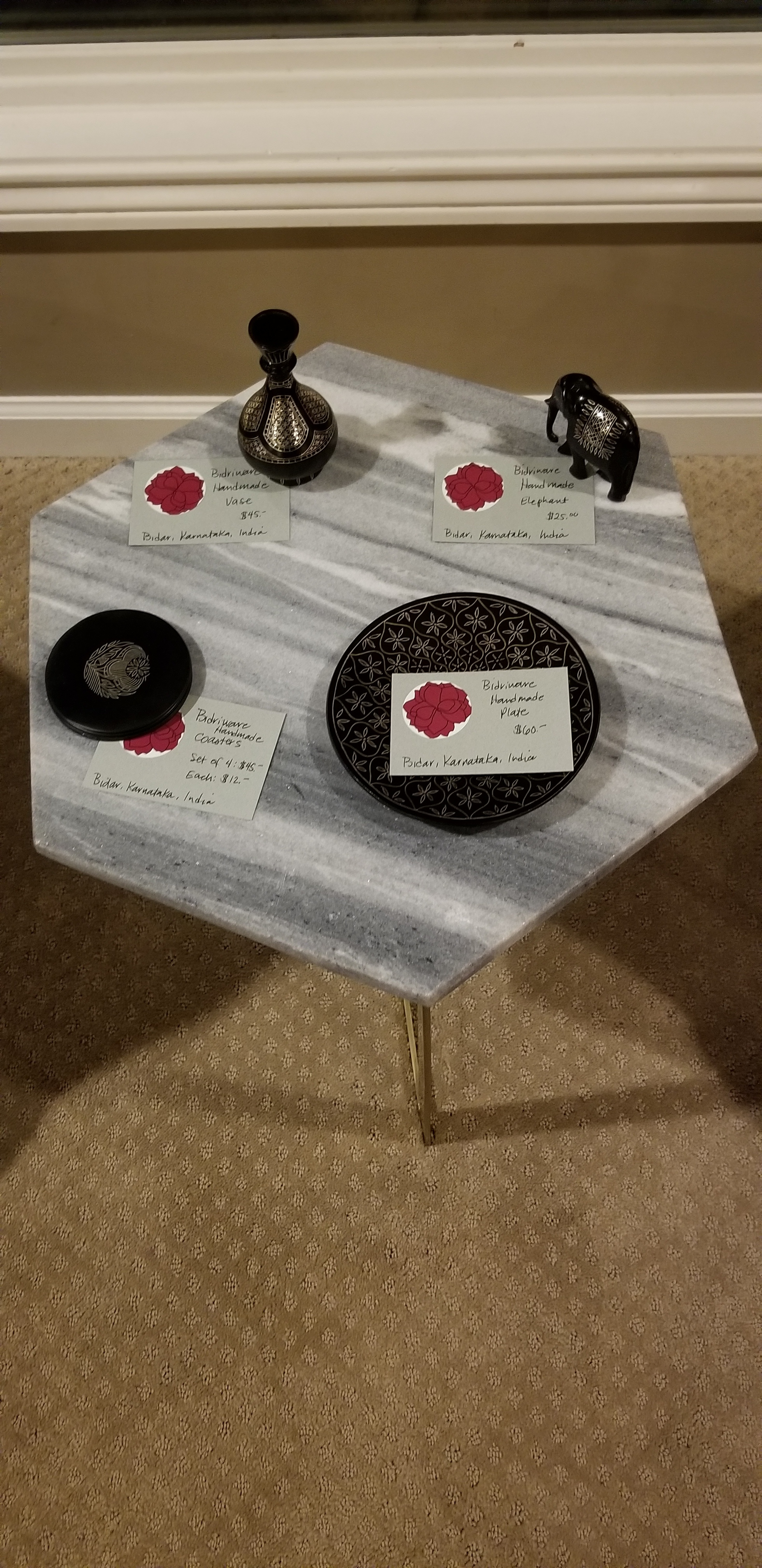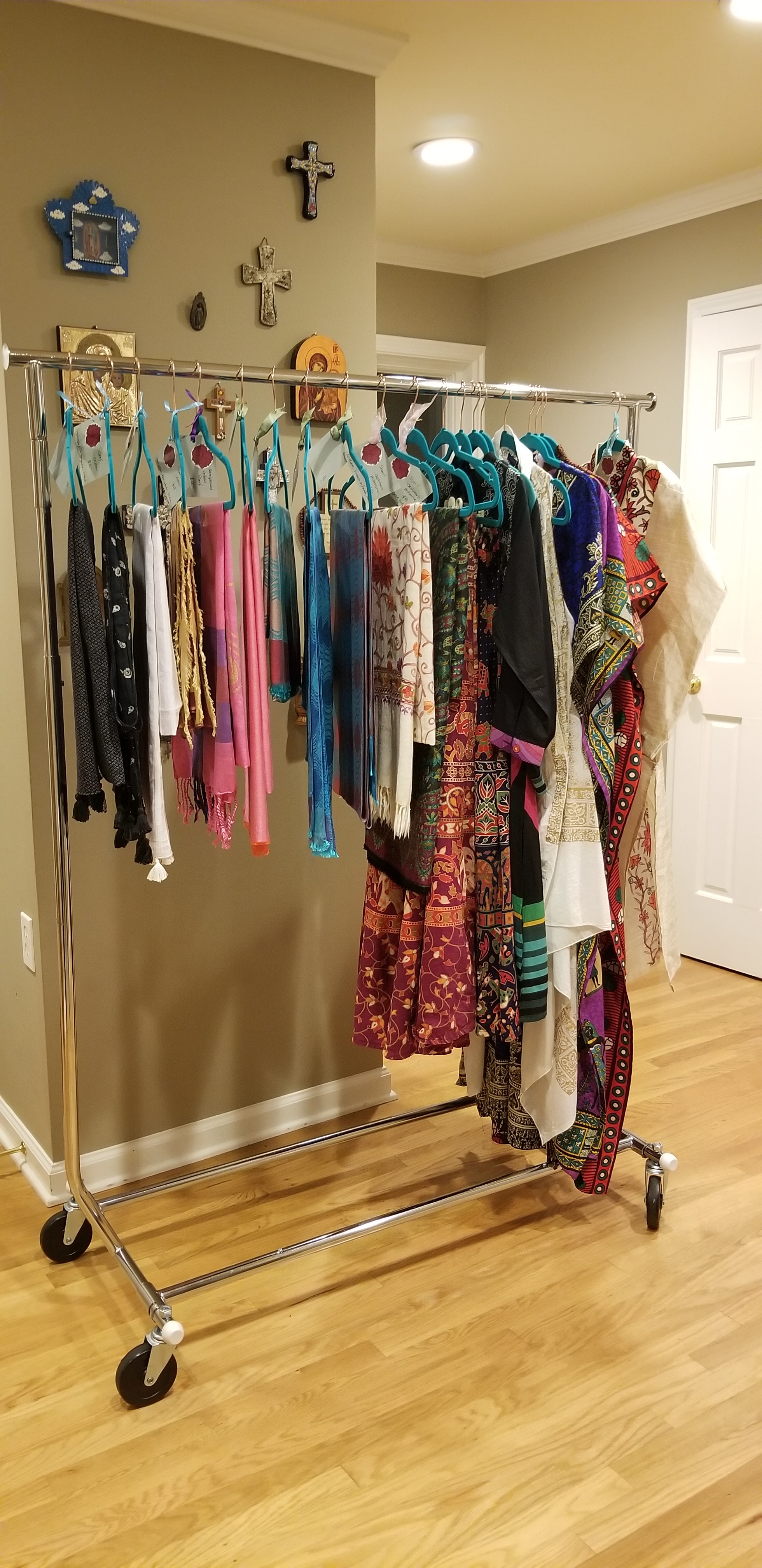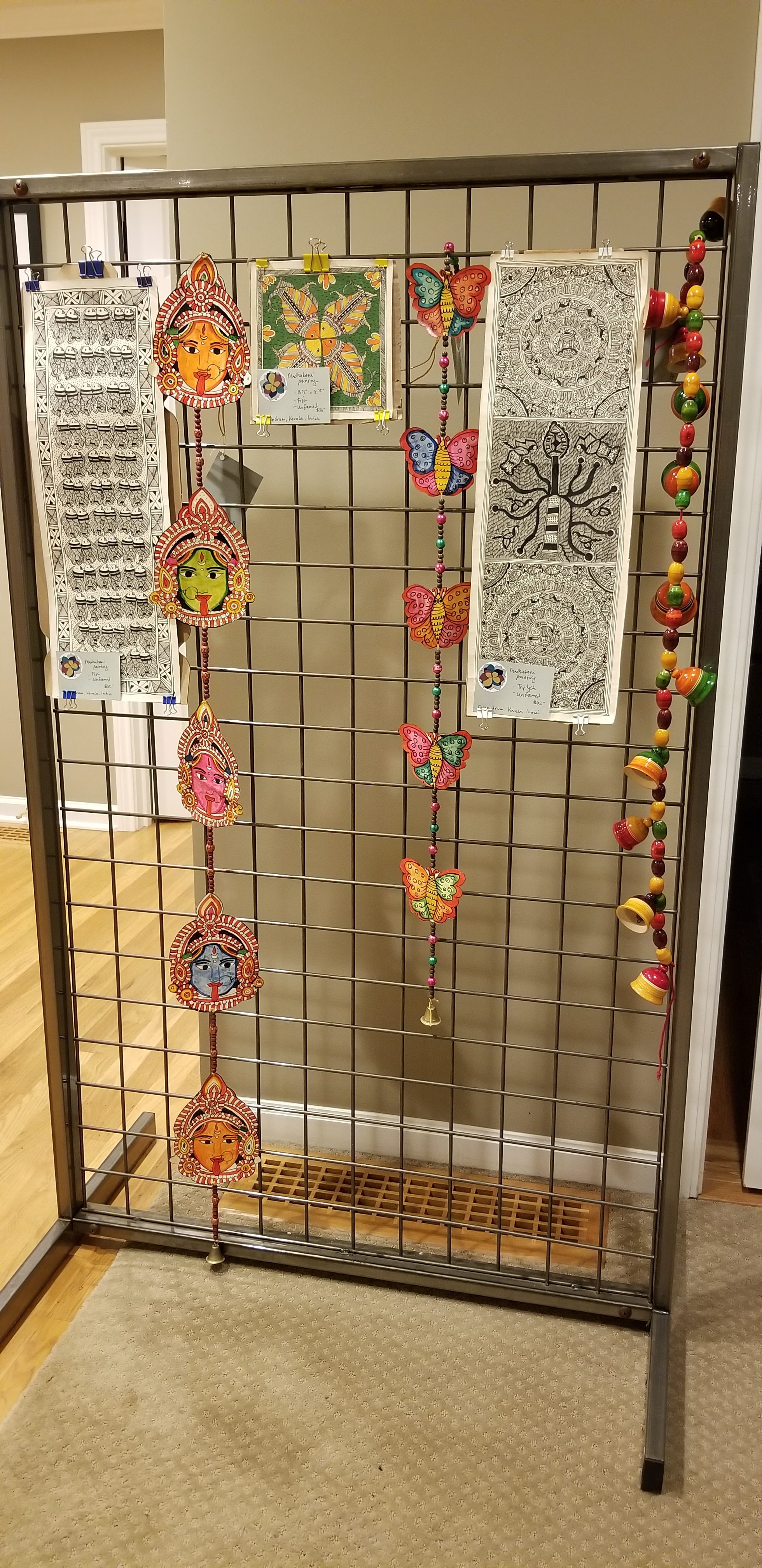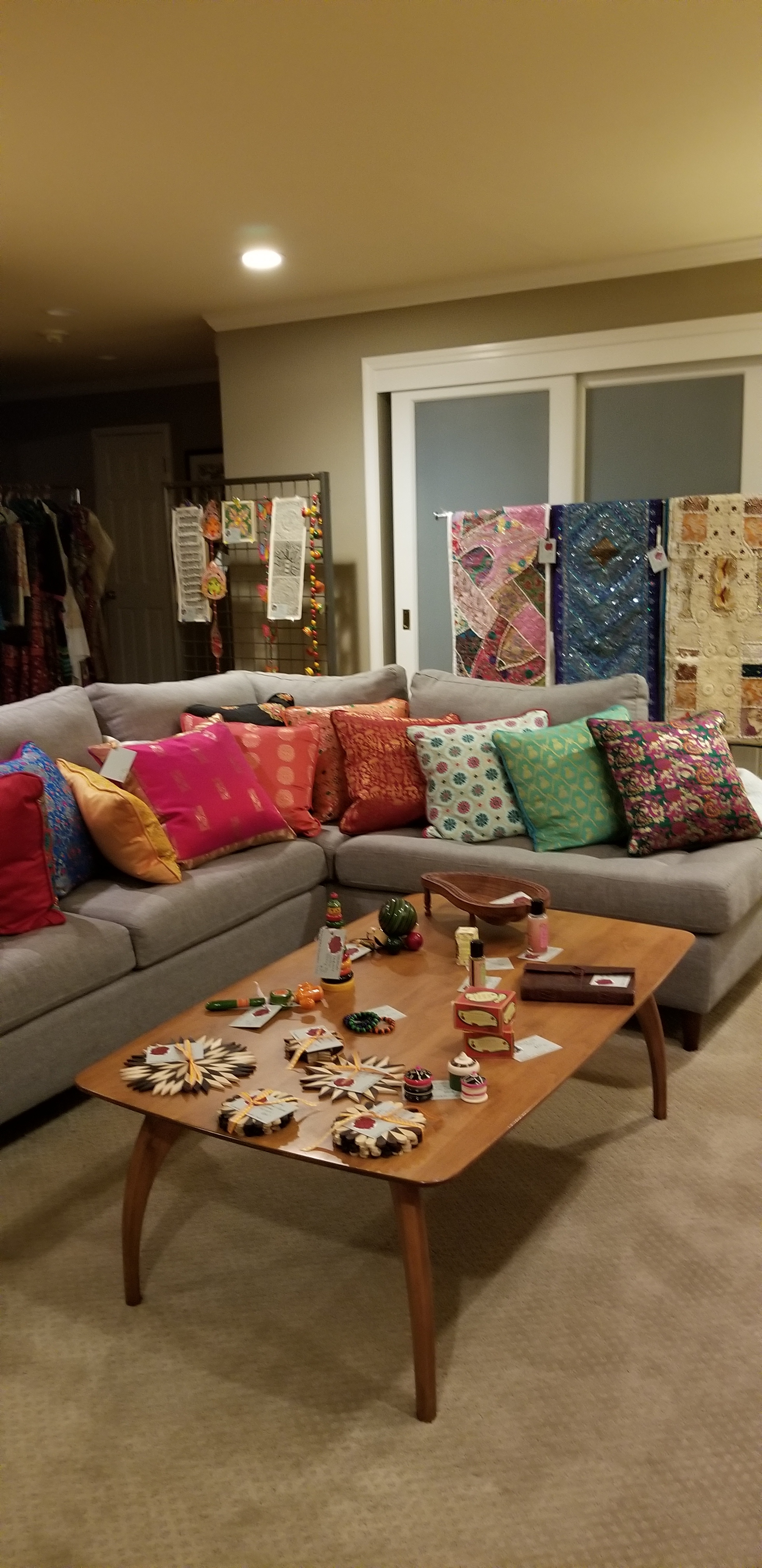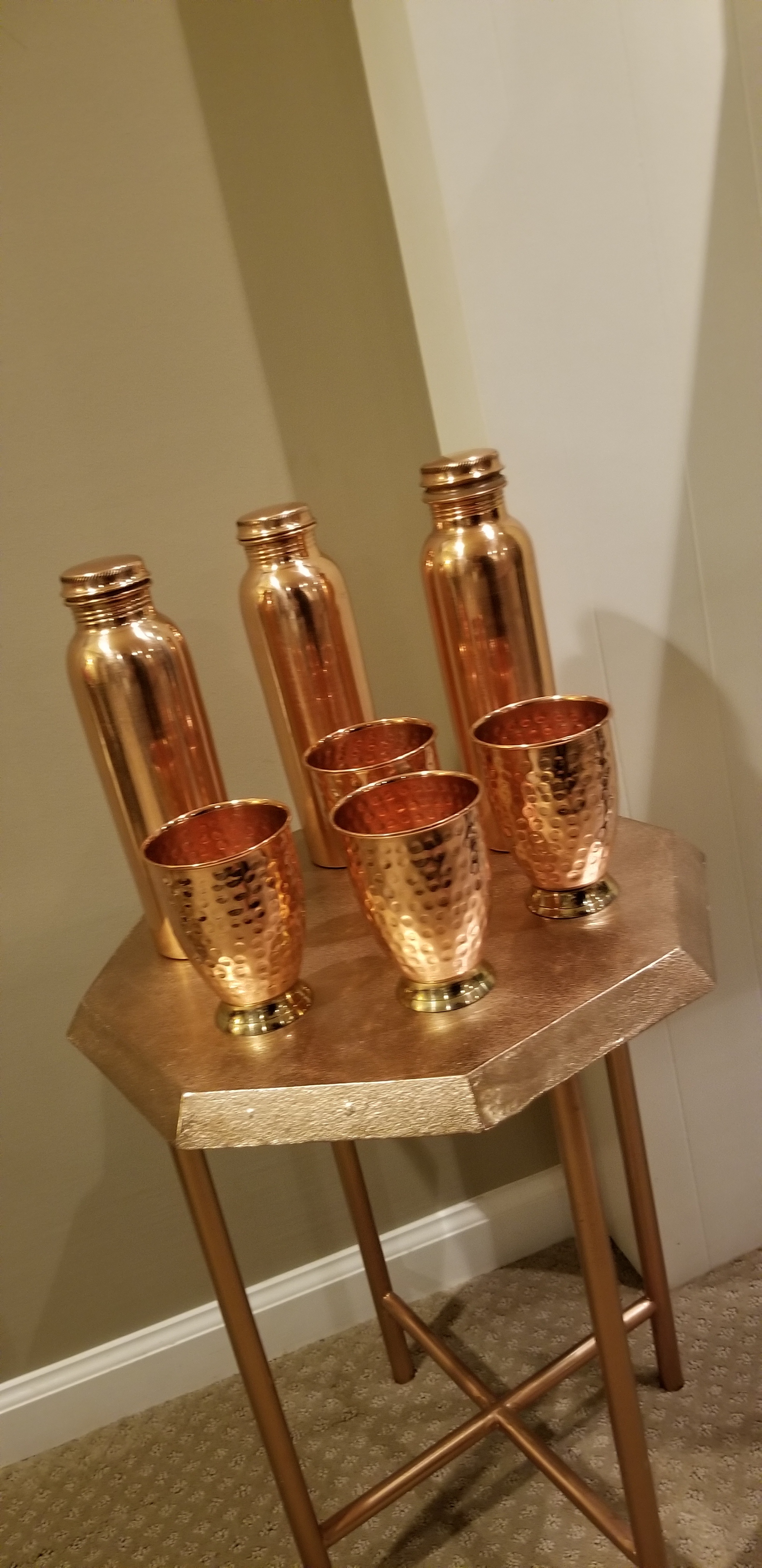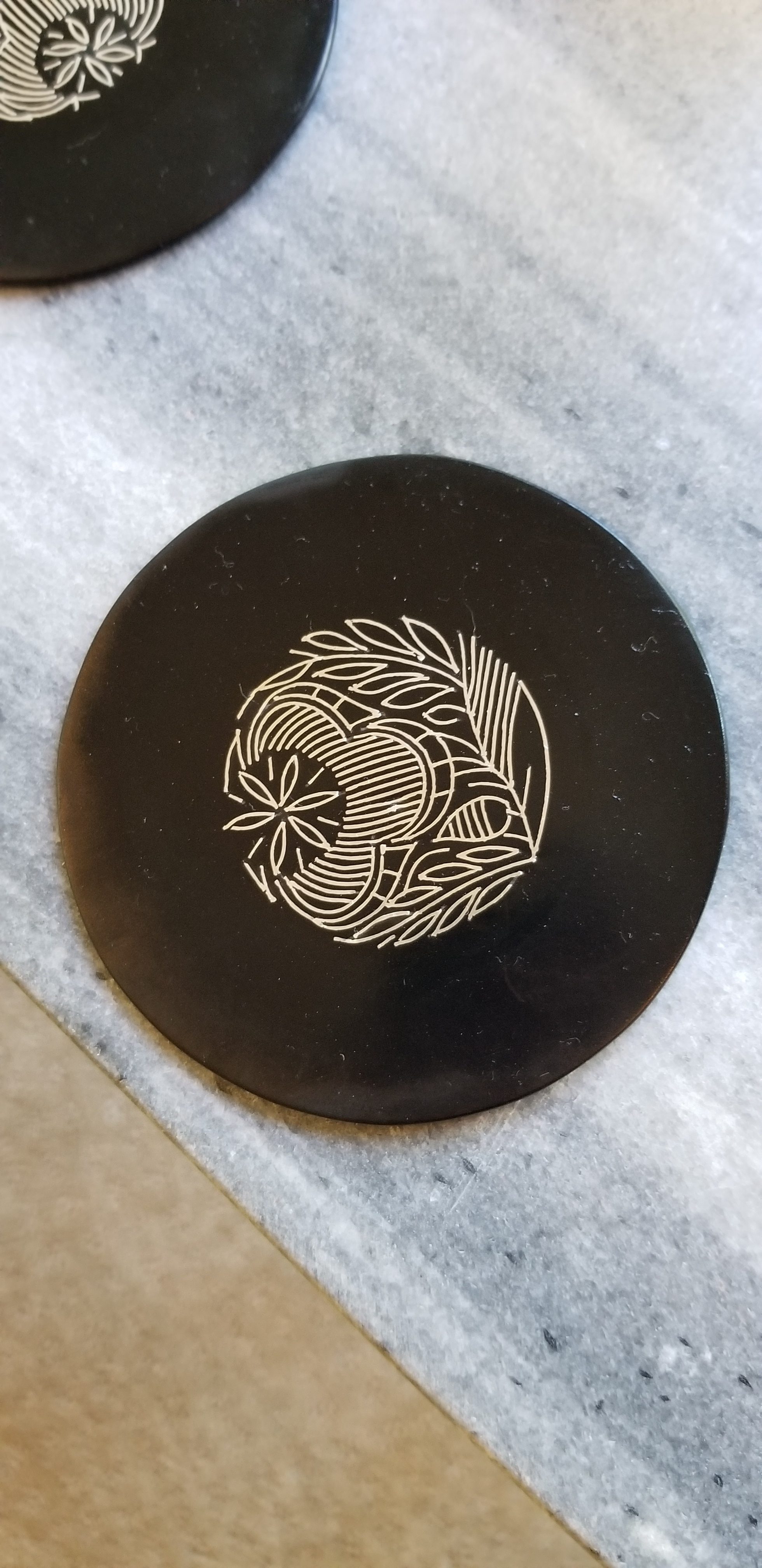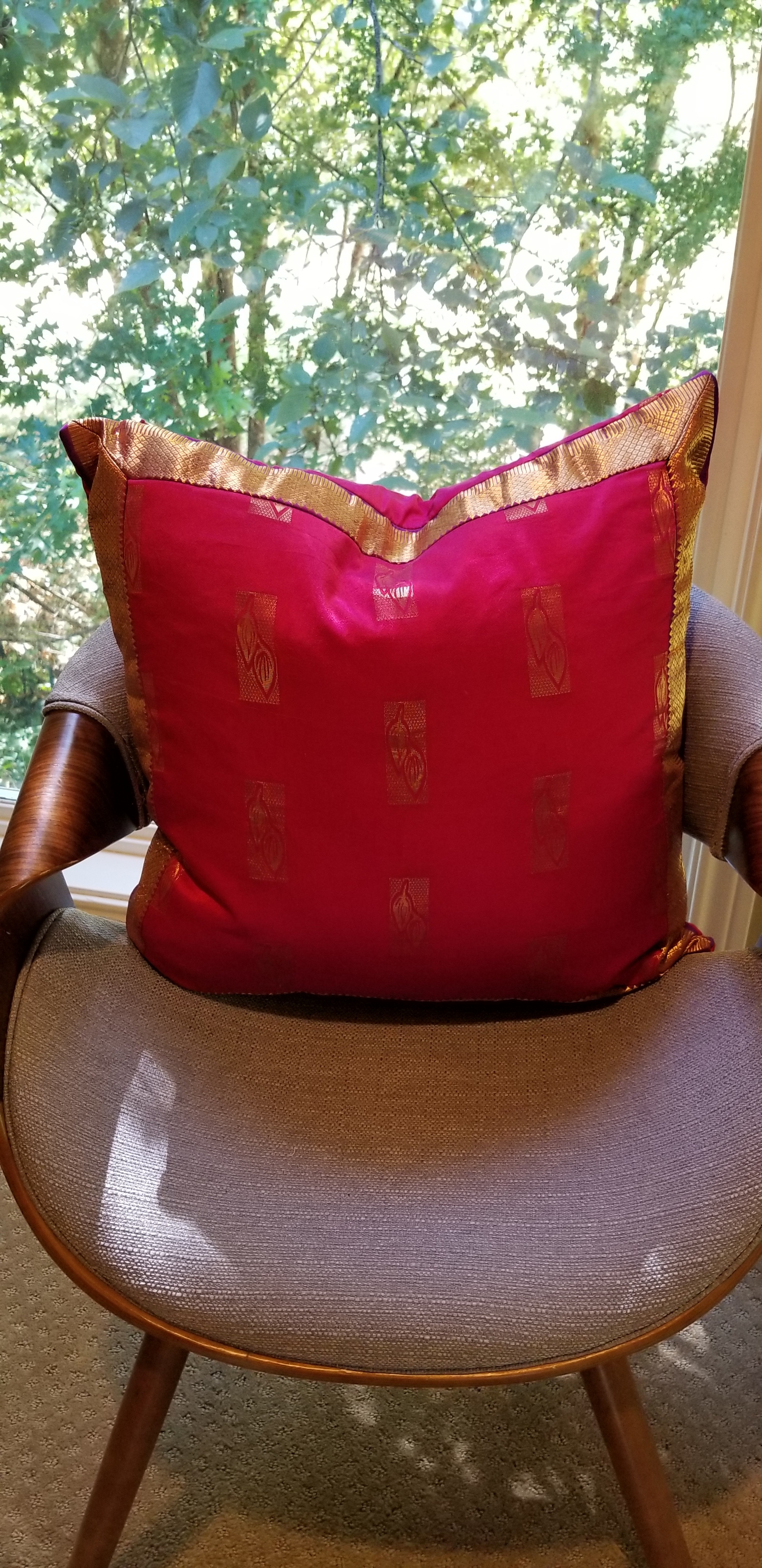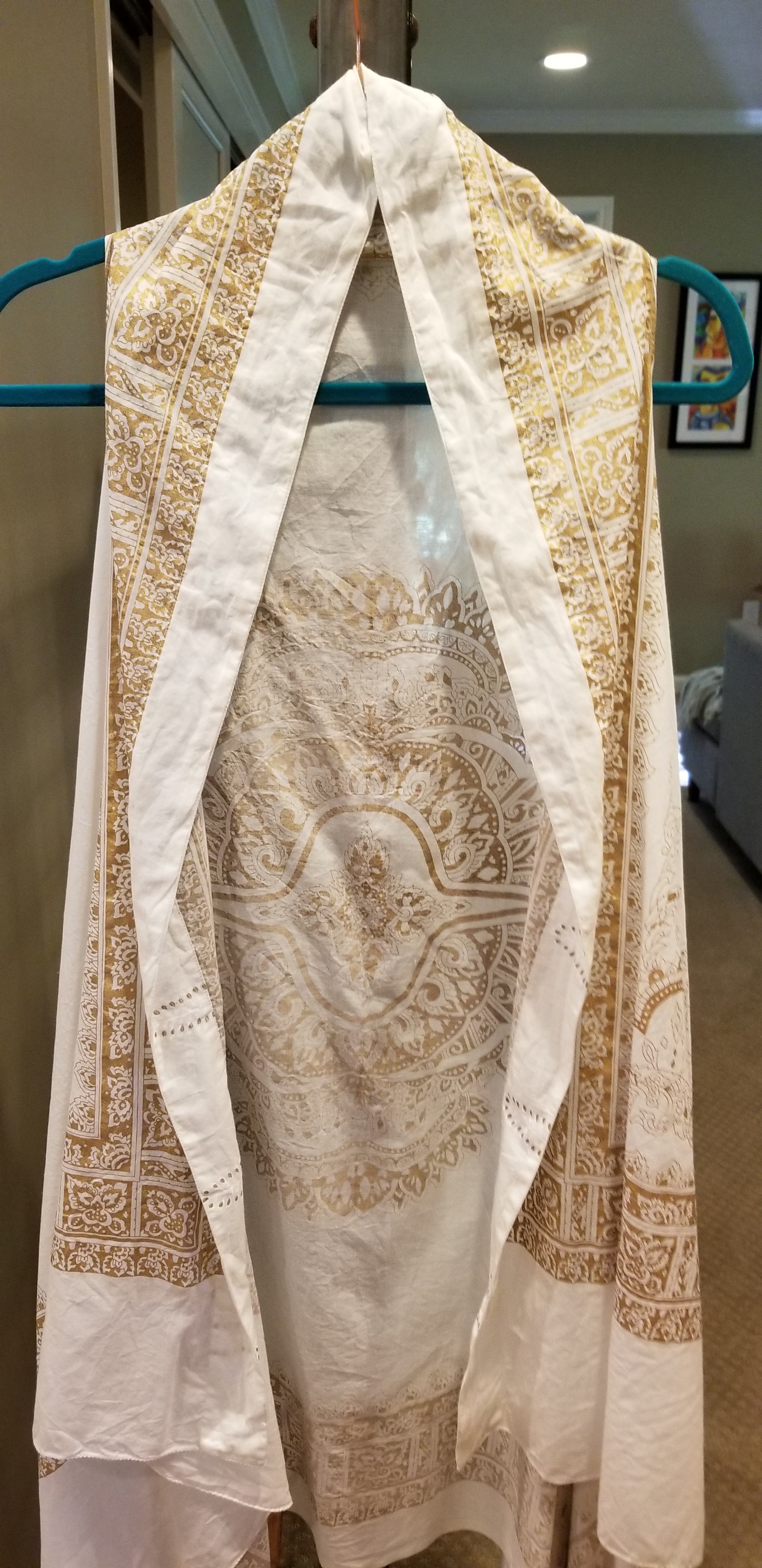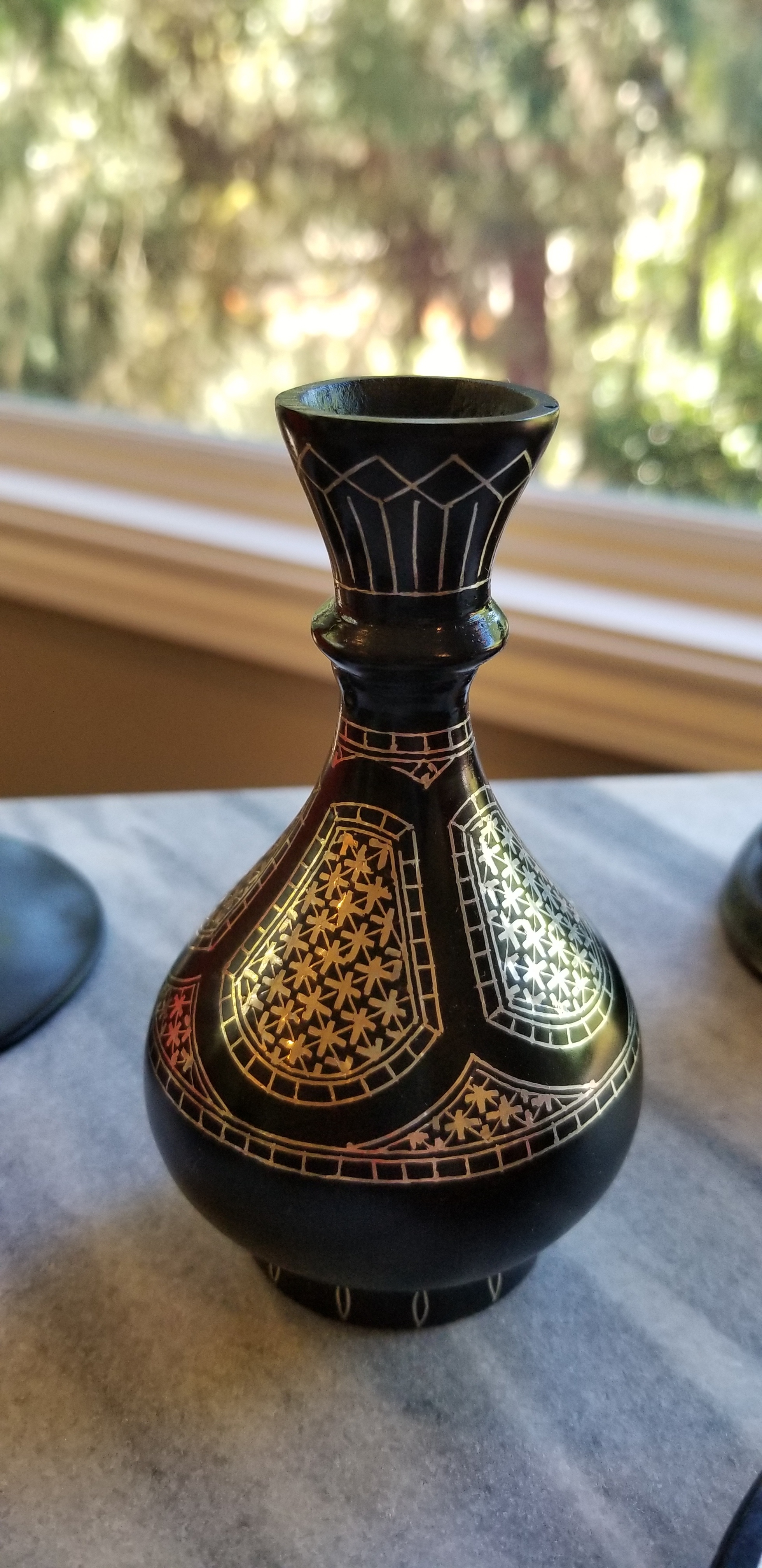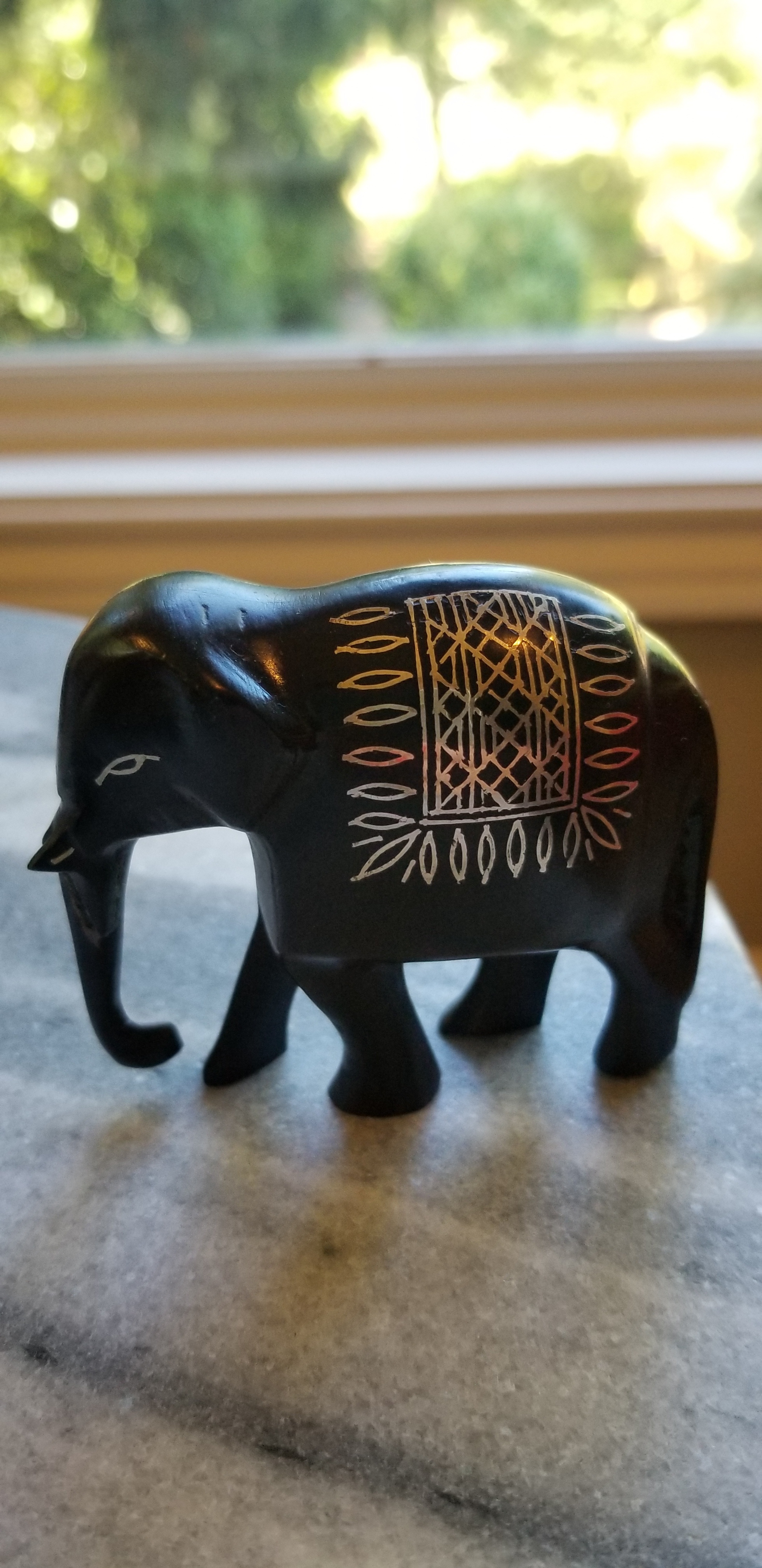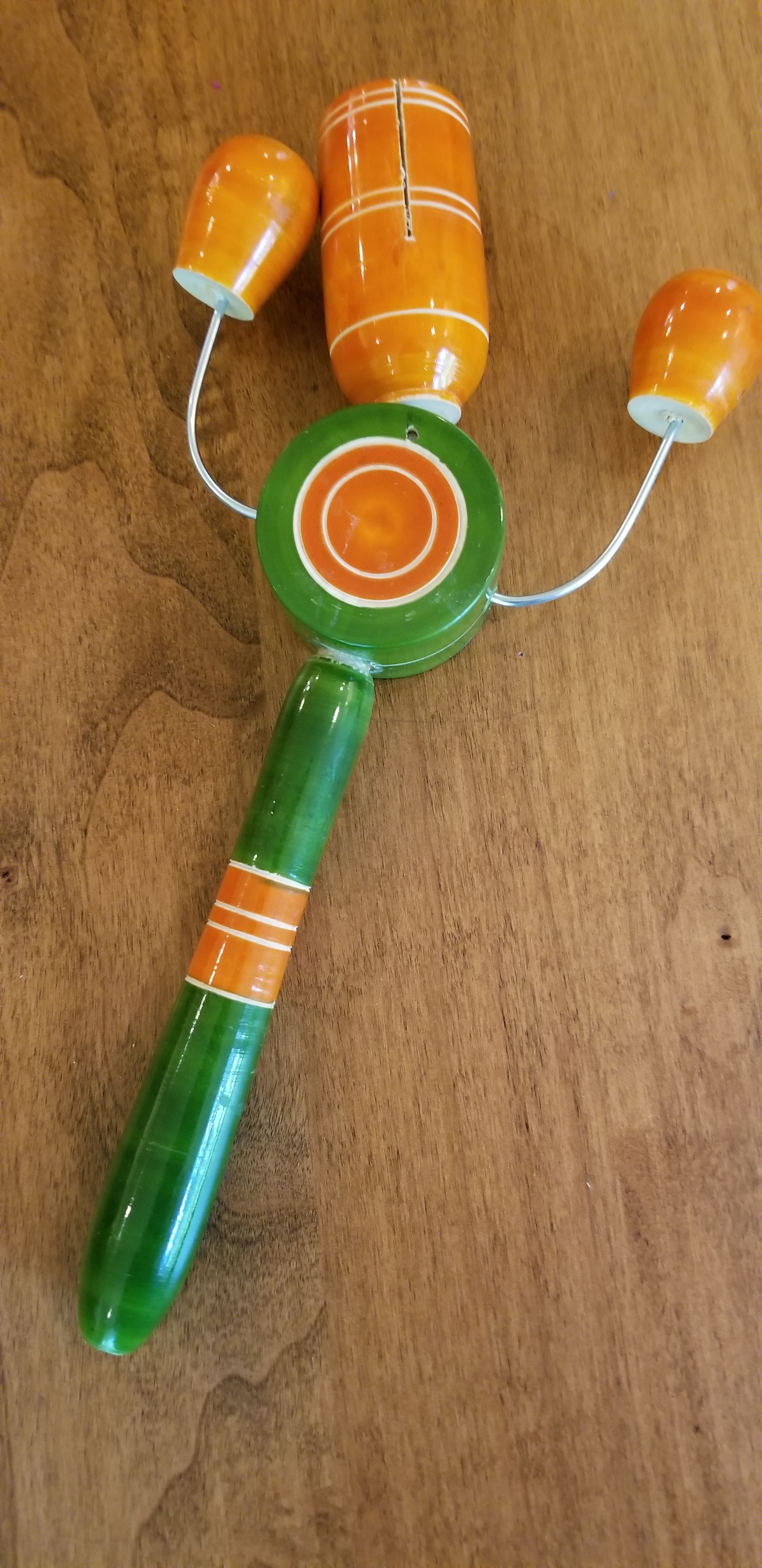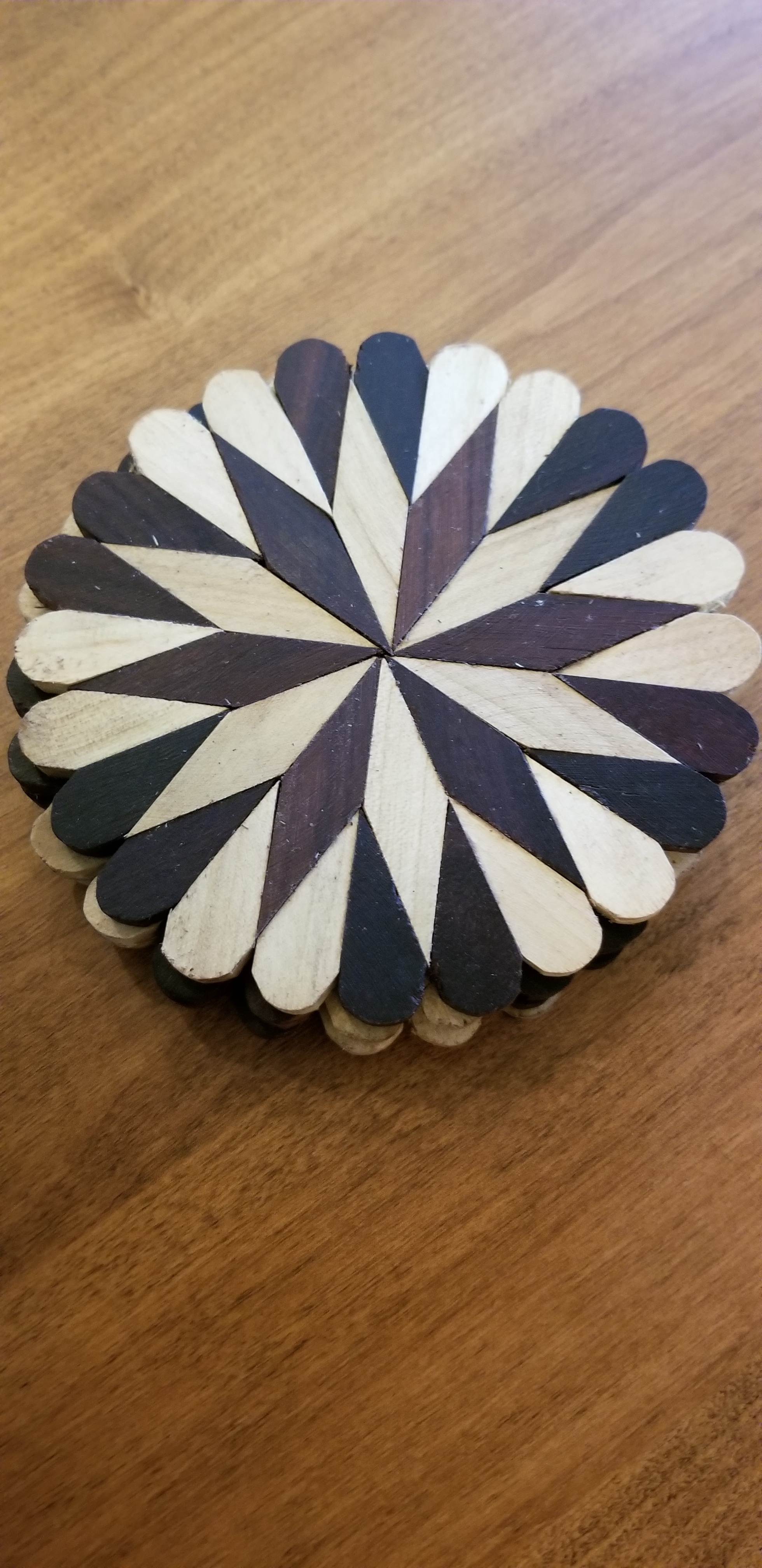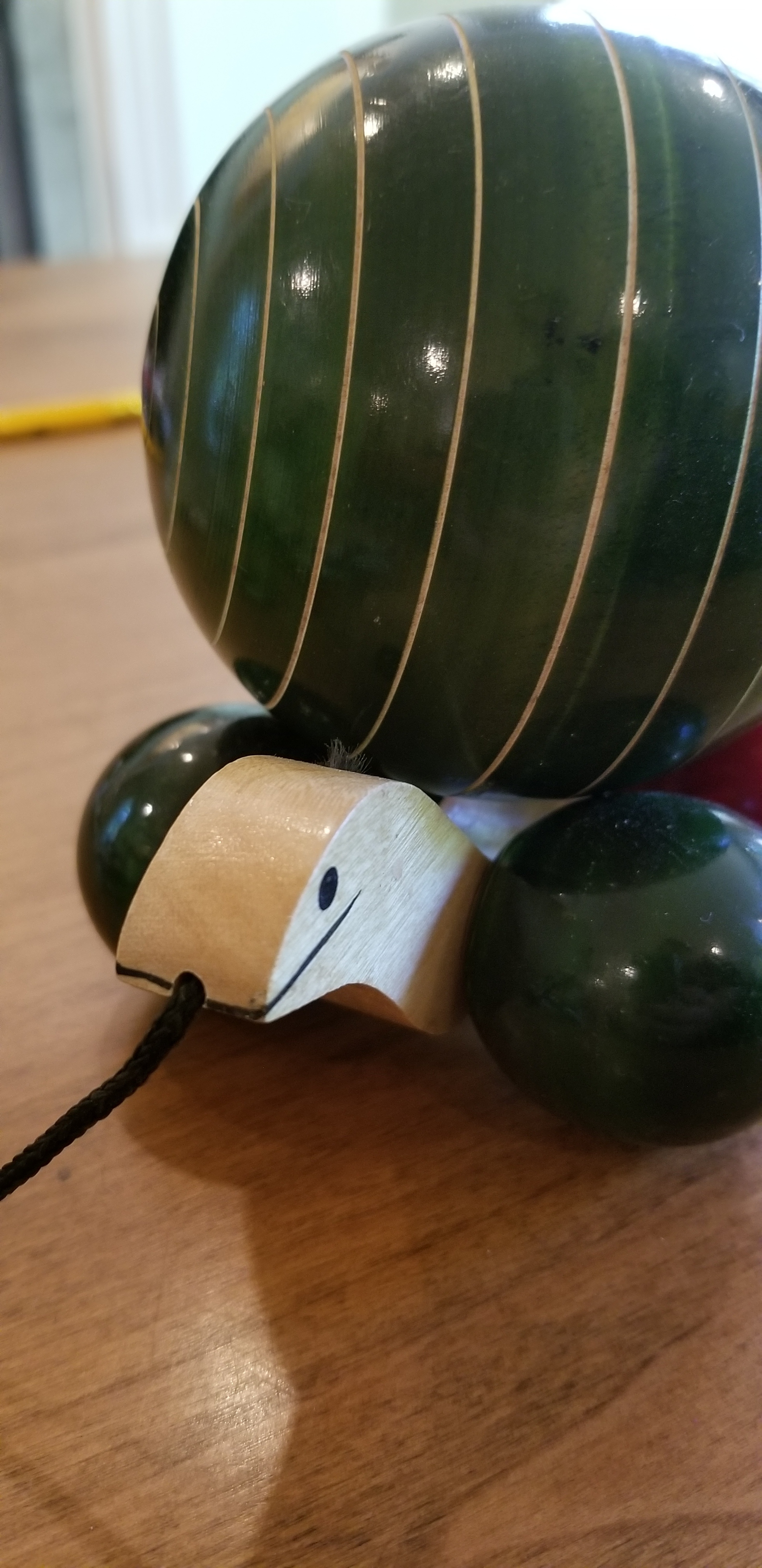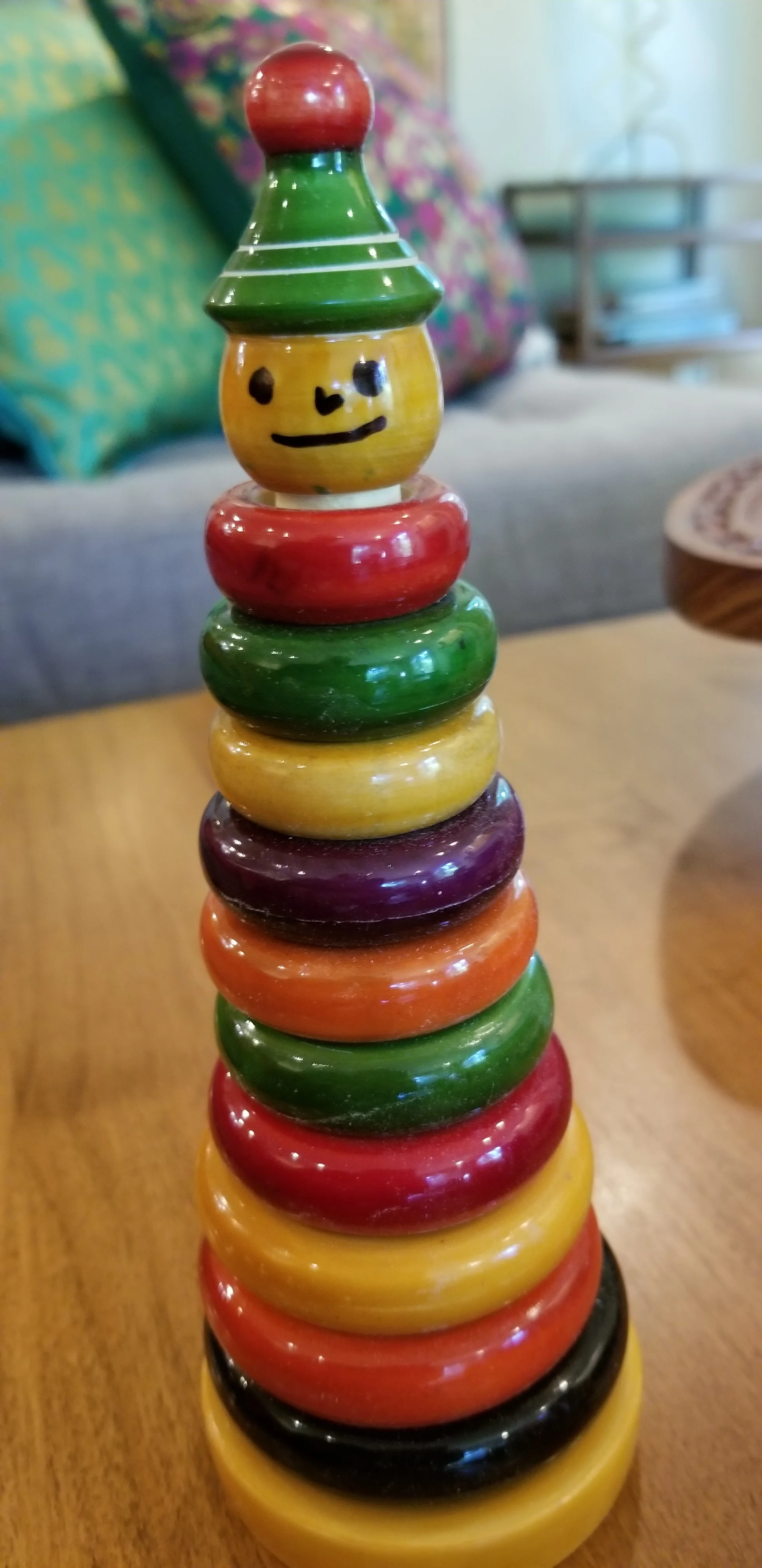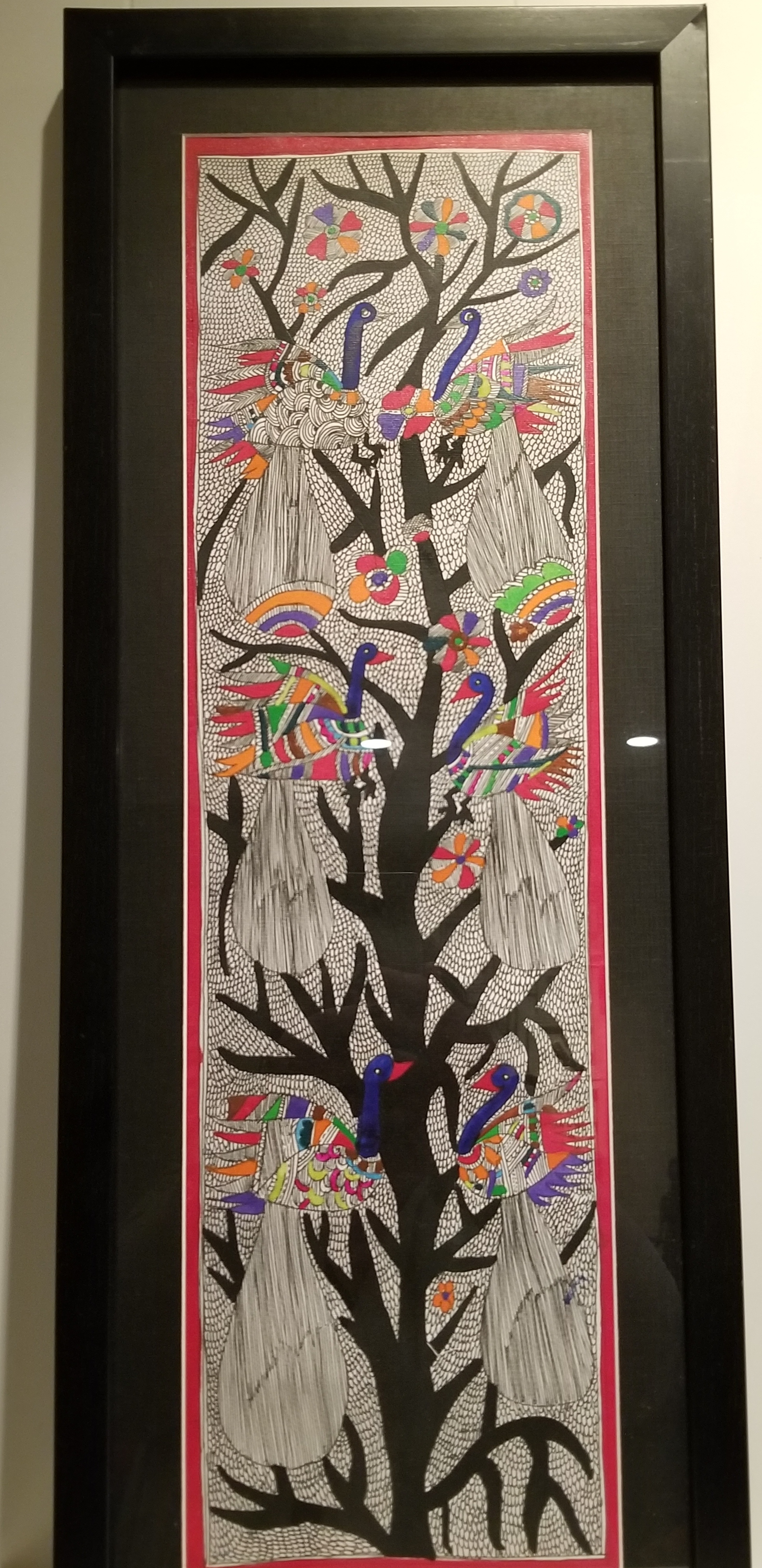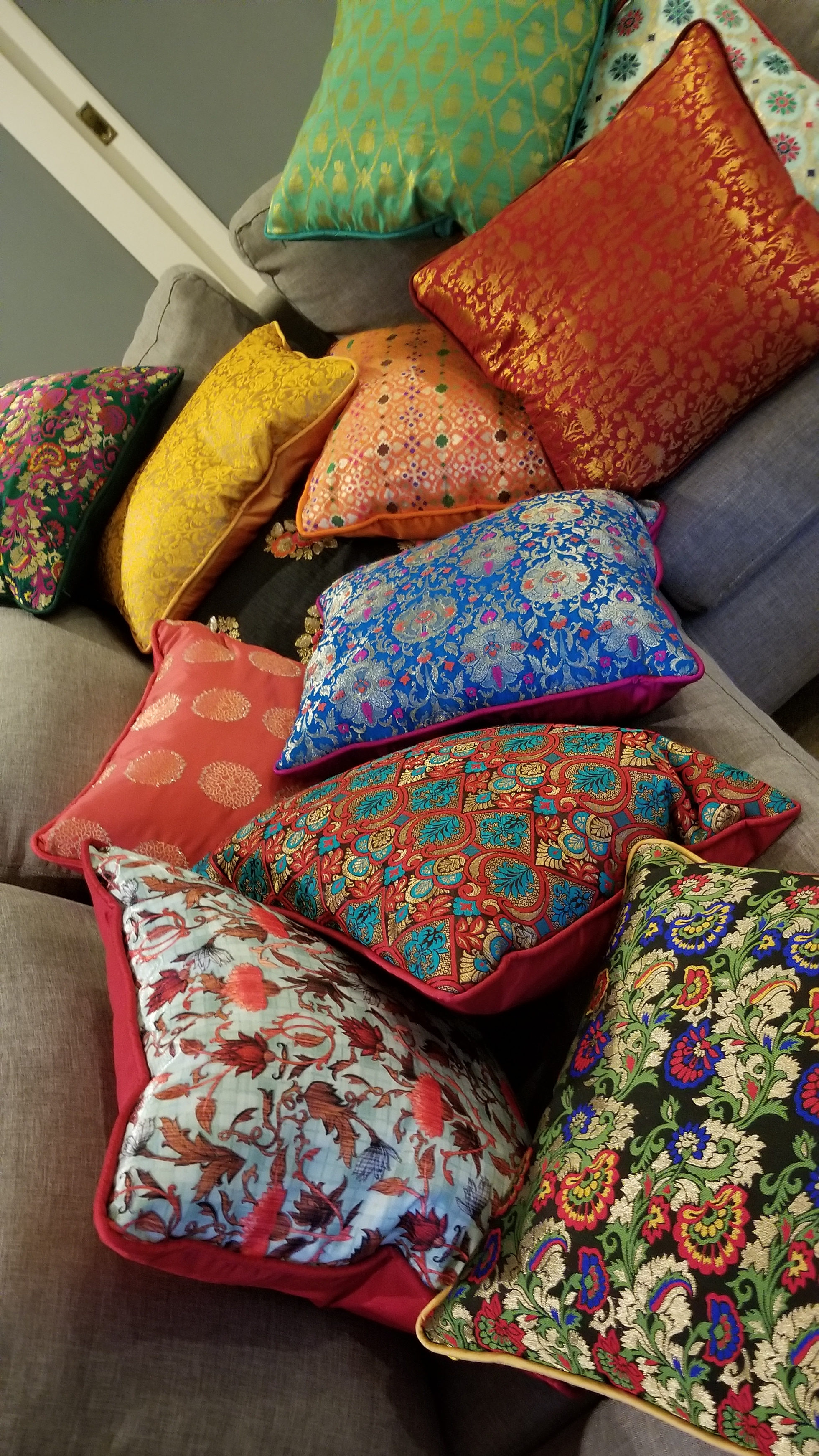I don’t do anything with this blog anymore yet I haven’t deleted it yet. Perhaps I’ll get back to it now that we are traveling more often again.
Life in limbo
CommentI haven’t done anything with Traveling Begonias in well over a year. The inability to travel makes this undertaking impossible so I’m tabling the idea for now.
It’s heartbreaking how many people have been impacted by the pandemic and how selfish many Americans have shown themselves to be. My family and I will all be fully vaccinated by summertime yet we still plan to wear masks and steer clear of crowds for the foreseeable future. We would rather err on the side of caution than accidentally pass on the virus to a vulnerable person.
Be well and stay healthy.
Closed the door, opened a window
NewsCommentAnd…Pivot
Can’t do this? Try that.
Ironically, telling myself this venture was over has galvanized me to get the store up and running. My sister-in-law helped me with some of the product photography and I think we’re in shape for a soft, gentle launch. Since the products are all unique and many one-of-a-kind I’ll start slowly by sharing on my own social channels before promoting more broadly.
So, here’s the first round of products I’ve added. Would love feedback, and of course an alert of any errors you might find!
The slow death of a well-intentioned blog
CommentI can’t believe I haven’t written anything in over 2 months. In that time I’ve taken another trip to Oahu for my 50th birthday and to Ashland Oregon for the Oregon Shakespeare Festival.
I am at another crossroads in some ways. I’ve realized I can’t have a business that is based on traveling right now because my husband travels all the time with his job. So trying to fit my own travel around his schedule would mean we would never have any time together as a family. That isn’t fair to any of us so I’ve decided to put off the concept of Traveling Begonias until after the kids go to college…a mere 5 years away.
In the meantime I’ll still travel as much as possible but it will likely be family travel (looking forward to Alaska in August!) And I won’t be doing any major buying or showcasing because it all costs more than I can make with a part-time business. So here I am…hopes set aside for now.
I will, however, set up an online store to sell the items I’ve procured in my travels as well as the handbags I’ve designed over the past 6 months with silk I brought back from India. Maybe I can make the online marketplace work. We’ll see.
Thanks for all the support over the past 15 months. It’s given me so much more appreciation for small business owners. I truly respect the hustle and sacrifice now.
Get your hot bread!
HawaiiCommentAfter a fun week with friends on Moloka’i, we got to experience a Friday night festival. This particular festival kicked off the beginning of the Na Wahine O Ke Kai race - an annual women’s paddling race from Moloka’i to Maui. Our hosts were sweet enough to let us tag along and experience a really fun time.
They also recommended an experience many locals know about: The late evening opening of the Kanemitsu Bakery window to get fresh from the oven Moloka’i bread. We headed over a little before opening (around 10pm) following a stream of people through back alleyways.
Following strangers down an alleyway…
With visitors and locals alike we stood in line for about 45 minutes to get this local favorite. We met some of the paddlers in town for the race as well as regulars. If you’re in a hurry, don’t expect to get in and out of there - it’s a process and part of that process is waiting in line like everyone else.
You can smell the bread baking which only adds to the excitement. There were people walking away with multiple loaves at a time. It was crazy.
Once we got to the counter we got to see our bread made to order. They take the freshly-baked loaf, split it open, and add your choice of sweet fillings.
After spending close to an hour being intoxicated by the bready scents wafting throughout the Quonset hut, we were ready to dig into our cinnamon butter bread.
What can I say…warm bread with butter and cinnamon…there’s nothing not to like.
Mail a coconut? Only in Moloka'i.
HawaiiCommentMoloka’i is a beautiful, quiet island and the only place you can send a coconut through U.S. Mail. This tradition came about in a unique way.
Hoolehua Post Office, Molokai - the only post office where you can mail your coconuts home.
Back in the 1990s, a tourist went into the Hoolehua post office and asked if they could mail a coconut home. The postmaster gave it a shot and it worked! That visitor safely received his coconut in the mail and the quirky little Post-a-nut industry was born.
Go into that same post office today and you’ll see mail bins full of coconuts ready to be decorated and shipped. And of course, in the spirit of aloha, they’re free! What isn’t free is to ship them. And of course the heavier the coconut, the more it costs to ship.
There are rules around which coconuts are eligible for shipping. They can’t have any holes or obvious damage that might lead to sending a rotten or leaky coconut. You must use Sharpies or acrylic paints so the design doesn’t get messy and bleed in transit. They even supply Sharpies at the Hoolehua Post Office for you to use!
Dozens of completed coconuts line the walls of the post office.
And lots of pictures and paintings of people enjoying the process.
Our own experience was just as fun as all this looks. The caretaker of the house we stayed in found us appropriate coconuts to use and we decorated them using Sharpies at the house. Then we trekked out to the Hoolehua Post Office and met Reed, who weighed and stamped them for us.
And for a small fortune later, our ‘nuts were in the mail! I got home to find mine delivered safe and sound.
My kids were befuddled at the delivery but the look on my friend’s daughter’s face when she received her coconut in the mail is pretty priceless.
Like I said, Moloka’i is a sleepy, chill island so this is a fun thing to do while you’re relaxing. My only tip is to find the smallest coconut possible.
Absolutely gourd-geous!
HawaiiCommentI had the pleasure of meeting multi-media artist Tamsen Fox at the KailuaTown Farmer's Market when I was on Oahu last fall. I was really taken with the hand-carved gourds she makes using the ancient Hawaiian Ni'ihau method developed hundreds of years ago.
Tamsen was born on the islands and her adopted family moved to London and later California where she went to college and raised her two sons. She visited Hawaii every year and finally moved back for good in 2010. Her work has taken many forms over the years including graphic design, fish made from palm tree bark, jewelry, painting, and of course the topic of the day, carved gourds.
Gourd plants were one of the original plants the Spanish brought to the U.S. where they were carved and used as canteens. They are thought to have originated in Asia and in addition to being used throughout Europe, they have been found in Peruvian archaeological sites dating back as far as 13,000 BC. They are considered the first “domesticated” plant. So with that history it’s no wonder they have been used in so many different ways. The Ni'ihau technique starts at the time you pick a green gourd from the vine.
Photo credit: Wikipedia
Tamsen carves into the gourd with the tip of an unplugged wood burning tool and then the gourd sits for a few days.
Then she fills the vessel with Hawaiian Sandalwood bark dye (or sometimes strong coffee) and keeps it topped off for at least 3 weeks. During this curing time the gourd is going through a molding process and it can get smelly. Essentially the bark dye seeps into the green gourd skin, dying it with intense color. She monitors the outside of the gourd and once it looks ready she cleans the finished product by soaking it in sea water. She leaves it filled with sea water for about a week.
After that it needs to dry for another week. And then she can polish the finished piece with kukui nut oil to bring it to a high luster. Here Tamsen talks more about her work on this Made in Hawaii segment on Hawaii News Now in 2014.
Tamsen creates what she has termed, “heart art” with each piece made with tremendous care and love. She has many pieces she won’t sell and those comprise her own “collection of souls” that she keeps in her studio for comfort and inspiration.
One of her pieces just won an award of excellence at the Hawaii Craftsmen at Linekona show.
“Hukilau” by Tamsen Fox
Tamsen also makes beautiful drums. The bottom is half of a carved gourd with stretched goat skin over the top. In this case she’s drawn a Hawaiian owl (or “pueo,” in Hawaiian). This sort of owl is sacred to the Hawaiian islands.
In my travels since meeting Tamsen I’ve seen carved gourds in many places. In Peru I found these intricately carved pieces.
In San Diego we found these incredible pieces at a gallery in Balboa Park’s Spanish Village.
For as many of these as I’ve seen it amazes me how labor-intensive and complicated they are to make. As you can imagine, the carving work can take a toll and Tamsen’s own hands are suffering from the years of gourd carving and creating her very popular tiny Menehune wish pots (seen in the Made in Hawaii clip above).
Tamsen says the universe serves her and she serves the universe and I believe her. There is an authenticity to her nature that is undeniable and her creations come from a place of warmth and openness. You can see more of Tamsen’s work on her website, www.tamsenfox.com and on her Instagram page. Here’s a short video montage of more of her work:
If you see a beautiful carved gourd remember how much patience and care it takes to create them and if you bring one of those special pieces into your home, know that the person who made it did so with love and attention, which all of us can use more of.
New year, renewed focus
NewsCommentThe wind down of 2018 really took me into some doldrums. I lost enthusiasm for everything and didn’t do as much as I should have with my business, my non-profit, or myself. Knowing and regretting that, I think I started January with the right blend of eagerness and focus and my attitude has shifted from one of resignation to one of resolve.
With that, I’ve been concentrating on finishing the handbag line and will start promoting it more actively in the next few weeks.
I’m really pleased with how the product tags came out. Now I need to get good product photography completed so the Etsy site can be updated. I have other ideas I need to prototype but I think these need to get out the door and onto “shelves” first so I’m not in a constant state of development.
So that’s the current state of affairs over at Traveling Begonias.
Oh, and I’m planning a trip to Ireland for March. Stay tuned!
Discovering San Blas
PeruCommentAfter leaving Pisac I felt a bit overwhelmed by Cusco. It’s a sizeable city with a population of over 400,000 so you really have to shift gears after being in a village like Pisac (which has less than 10,000 people). As my taxi zipped through the Cusco streets I was already feeling a sense of loss for not having spent more time in Pisac.
The San Blas district has steep, winding, cobblestone paths that function as one lane roads; it’s comical to watch cars back down the street to let oncoming traffic pass. A number of friends advised me to stay in San Blas because that’s where many artists live and work. It’s quite charming.
Yes, cars drive on these roads.
On my first day I trekked down the hill (because of course I stayed near the top of the hill - under the welcoming arms of Cristo Blanco) and made my way to Plaza de Armas and got a feel for the town, and of course I did some churchy stuff.
The weather was perfect and I had a nice walk but didn’t see many artists, just the same sorts of touristy shops you can find anywhere. So I was kind of bummed but kept walking and took myself to a delicious lunch at vegan restaurant, Green Point. I took my time with lunch since I had nowhere to be and emerged around 3pm quite full and dreading the climb back to the hotel. And then it happened. All these doors began opening with artists at work in their studios. Some had shops, others didn’t. The ones I found most interesting were the ones where people were simply working, not necessarily welcoming visitors into their space, but not turning them away either. From the smell of cedar wafting out of a humble workspace I came across a father+son team of woodworkers. Domingo Alvarez is a master woodworker who has been carving for over 40 years and his son, Blas has been apprenticing with him for about 10.
Their workshop was dark when I poked my head in and asked Blas if I could watch him work. He kindly let me in and his father joined us to show off some of their creations. They do very intricate altars and pulpits for churches as well as ornate frames that they typically gild. Blas is also a painter, primarily in oils.
Blas told me they’re on Facebook but I haven’t been able to find them. I did find a local interview with Domingo from 6 years ago on YouTube. You can learn more about him from this footage.
While the ornate work was beautiful, my eye landed on a few pieces high on a shelf that had simple, clean lines. I pointed at them and the formerly stone-faced Blas lit up with delight. Apparently it was his more experimental work and he was eager to show them off. I brought back two of these beautiful cedar vases.
It was a real pleasure seeing these two men work together and clearly Domingo is nearly ready to pass the torch to Blas. Though we could hardly understand each other I spent a pleasant hour with them and was really happy with my purchases. I hope to find them good homes where they will be appreciated for their workmanship as well as the pride it gave Blas to have someone admire his own designs.
Coziness in the Sacred Valley
PeruCommentI had been in Pisac for two days and felt like I’d seen it all. The market, the church, the ruins…what else was there? It’s a small village and you really can get to know the topography in a few days. But just like that, it changed. The village I met on Friday was completely transformed into a substantial marketplace on Sunday. There were shops where inconspicuous doors had been before. The open market expanded from 6 (ish) square blocks to 16+. There wasn’t enough time to see it all in one day. My plans to see Chinchero evaporated as I explored this new version of Pisac.
One little storefront I came across appeared to be a typical souvenir shop at first. From a casual glance outside Taller de Artesanias / Munay Millma appeared like many of the tourist shops - with some notable exceptions. In addition to the usual key chains, stuffed alapacas, and shot glasses there were flavored piscos, salts, honey, coffee, and chocolates. And then there were the slippers.
The slippers gave me pause. I love a good pair of wool slippers and these felted wool and alpaca slippers were like nothing I had seen in Pisac. They’re soft and pretty and they have leather bottoms and feel quite durable. So I stopped. And I stayed in that store for over an hour.
My Spanish is very, very poor on a good day and the shop owner’s English is non-existent so we spent a lot of time trying to communicate. But he was a good sport and we had fun talking about how the slippers are made, the therapeutic uses for salt, the differences in the piscos he carries, and a multitude of other sidebar conversations. He showed me a little of the technique they use in creating the slippers.
They breed their own sheep and alpaca and use the freshly shorn wool from the animals for their creations. They start by laying down the decorative pieces on their pattern and then essentially follow a typical felting process: they lay down hand-plucked pieces of fiber onto each layer, with each level crossing over the last. Then they add soapy water to soak the layers. This is done over and over again. After they have the right thickness they knead the piece and roll it to squeeze the soap out. Then an incision is made into the middle of one side and the pattern is pulled out. Then the slipper is molded around a foot form.
After that initial shaping is done they remove the foot form and continue to knead and roll the slippers again and again. They intermittently insert the foot form to keep the shape of the slipper as they continue to expel the soapy water. Once that is completed they let the slipper air dry and then hand-stitch leather soles onto the bottoms.
Believe me when I tell you I’m over-simplifying the process. It takes hours to make a pair of slippers and at times the repetition seems tedious to me. But you can’t argue with the results.
The have cute baby booties, designs for women and men, and they even have handbags. The varieties are only limited by the artist’s imagination. They are also starting to do some Ugg-like boots with manufactured soles now.
I brought back a few pairs that will be at the showcase. In the meantime, here are more photos for you to enjoy.
A weekend in Pisac
PeruCommentNestled at the bottom of Incan ruins, the village of Pisac is a perfect place to experience much of what Peru has to offer. Coca tea helps visitors acclimate. The ruins are not quite as grand as Machu Picchu but they are quite breathtaking (especially if you hike all the way through them!) The village itself is anchored by a beautiful Catholic church where mass is said every Sunday in Quechua, the language of the local indigenous people. The opportunities for experiencing authentic ayahuasca rituals abound. I had a blast…yet only did a few of these things.
Much has been written about the villages in the Sacred Valley and I wish I could have seen more. The few days I spent in Pisac really charmed me and I would definitely go back. The hosts of the b&b I stayed in were so gracious and lovely that I’d return just to spend more time with them! The breakfasts they made were top notch; seriously delicious. And the inn is simple, clean, and welcoming. The family that runs Pisac Inca Guest House knows hospitality.
I arrived on Friday and kept plenty busy, but it wasn’t until Sunday, when the procession from the mountain comes down to hear mass, did the village truly come alive. One of my favorite things to do in new countries is to hear mass, and I was lucky enough to be in Pisac on a Sunday.
Listening to mass in another language is kind of magical for me. There are all the rituals I’m used to, and I know all the parts of the mass, yet I can’t quite follow along. It’s a familiar mystery. I absolutely love it.
Bootleg footage: Quechuan Mass on 10/14/18
After mass, the Quechuan exit through the marketplace. There weren’t many in attendance that Sunday but everyone stood aside as the group processed out of the church.
Pisac is full of charming little shops. The overnight transformation from small, sleepy, weekday market to a bustling center of commerce on Sundays is kind of crazy to witness. Literally every door facing the square opened up to reveal a store you didn’t realize existed the day before. I loved wandering in and out of storefronts, over to the open market, and back again. The beautiful textiles, the penises protruding from sculptures unexpectedly (I’m not kidding), and the creepy masks were all intriguing. And really fun.
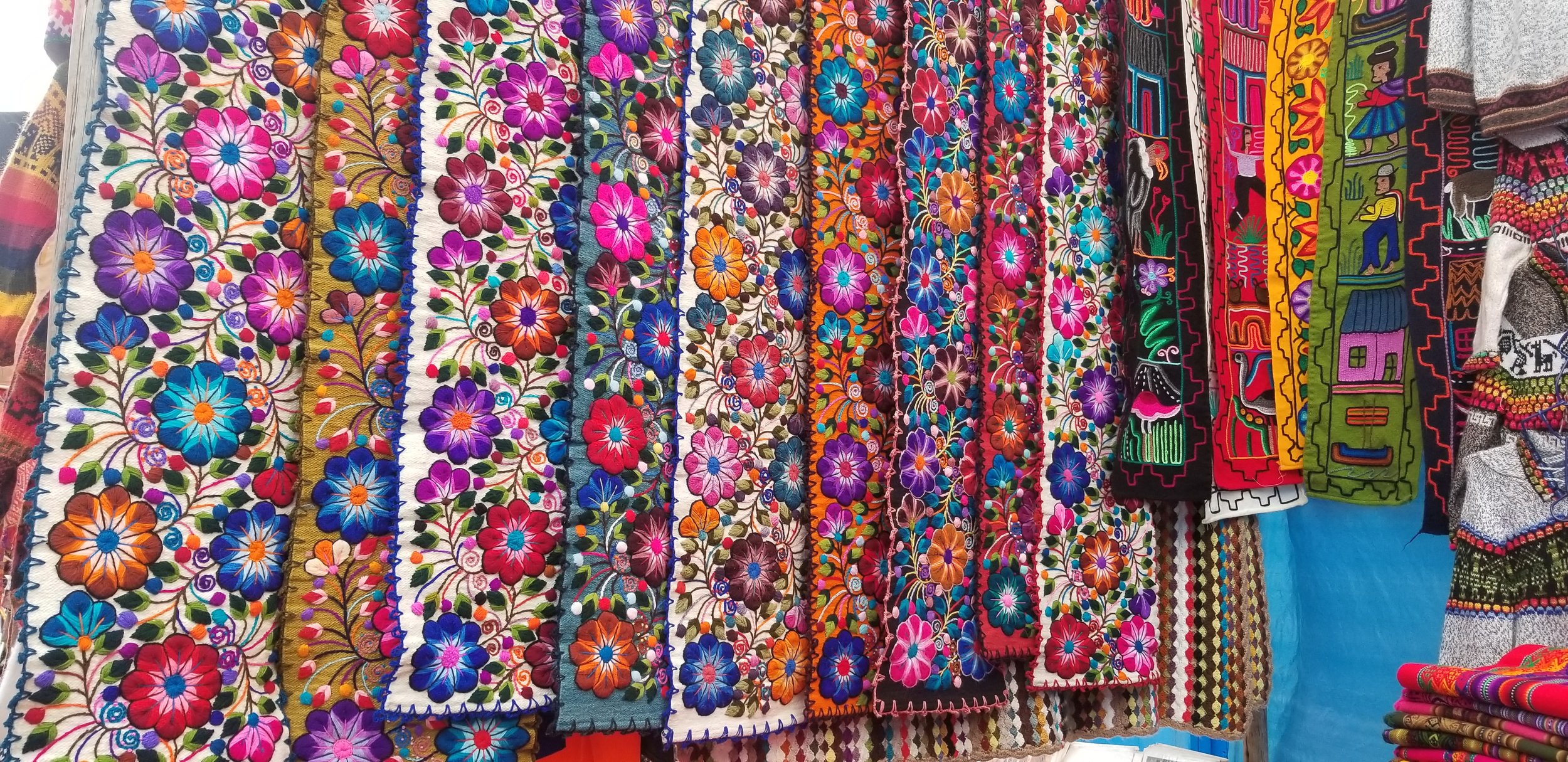
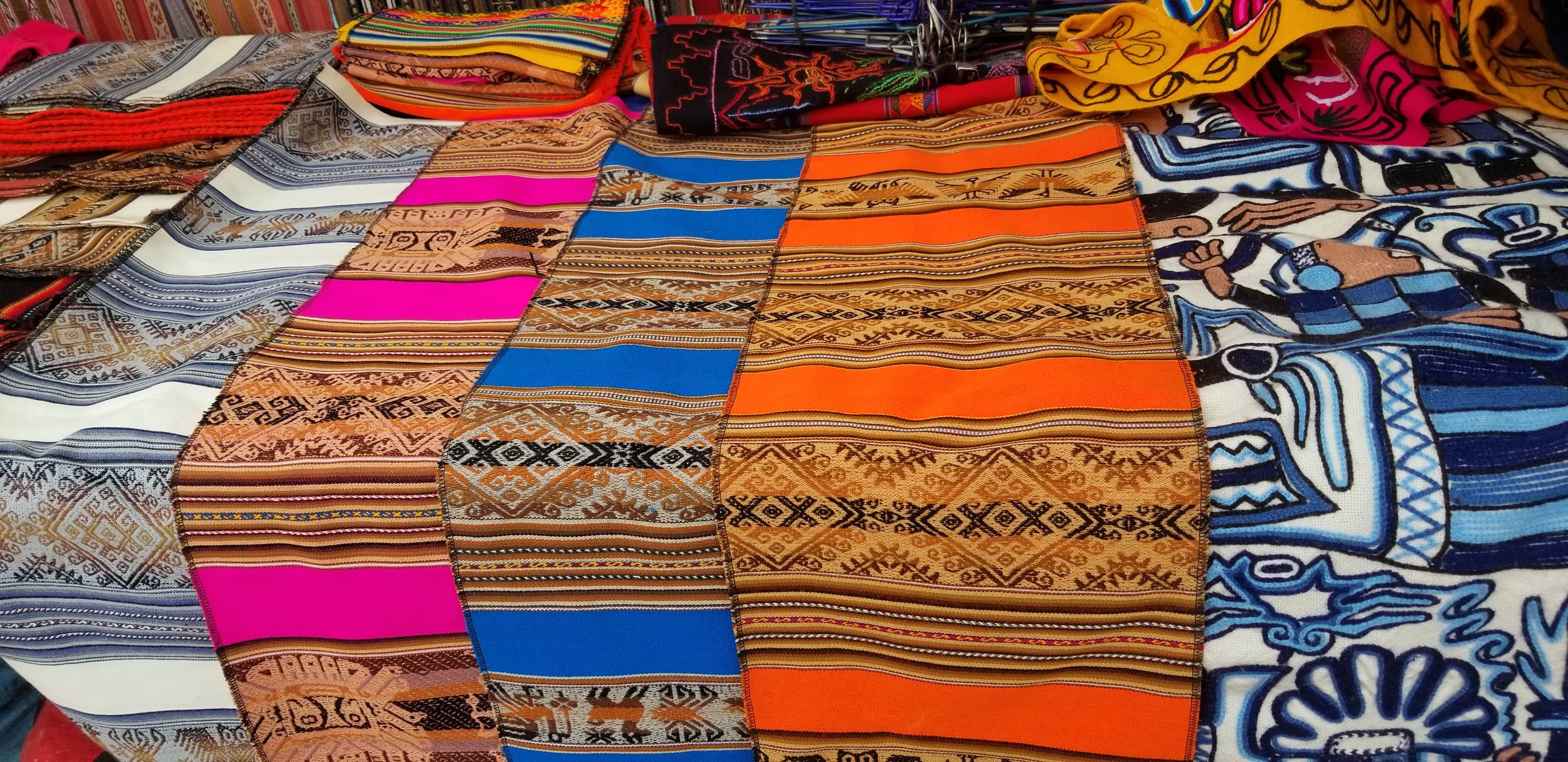
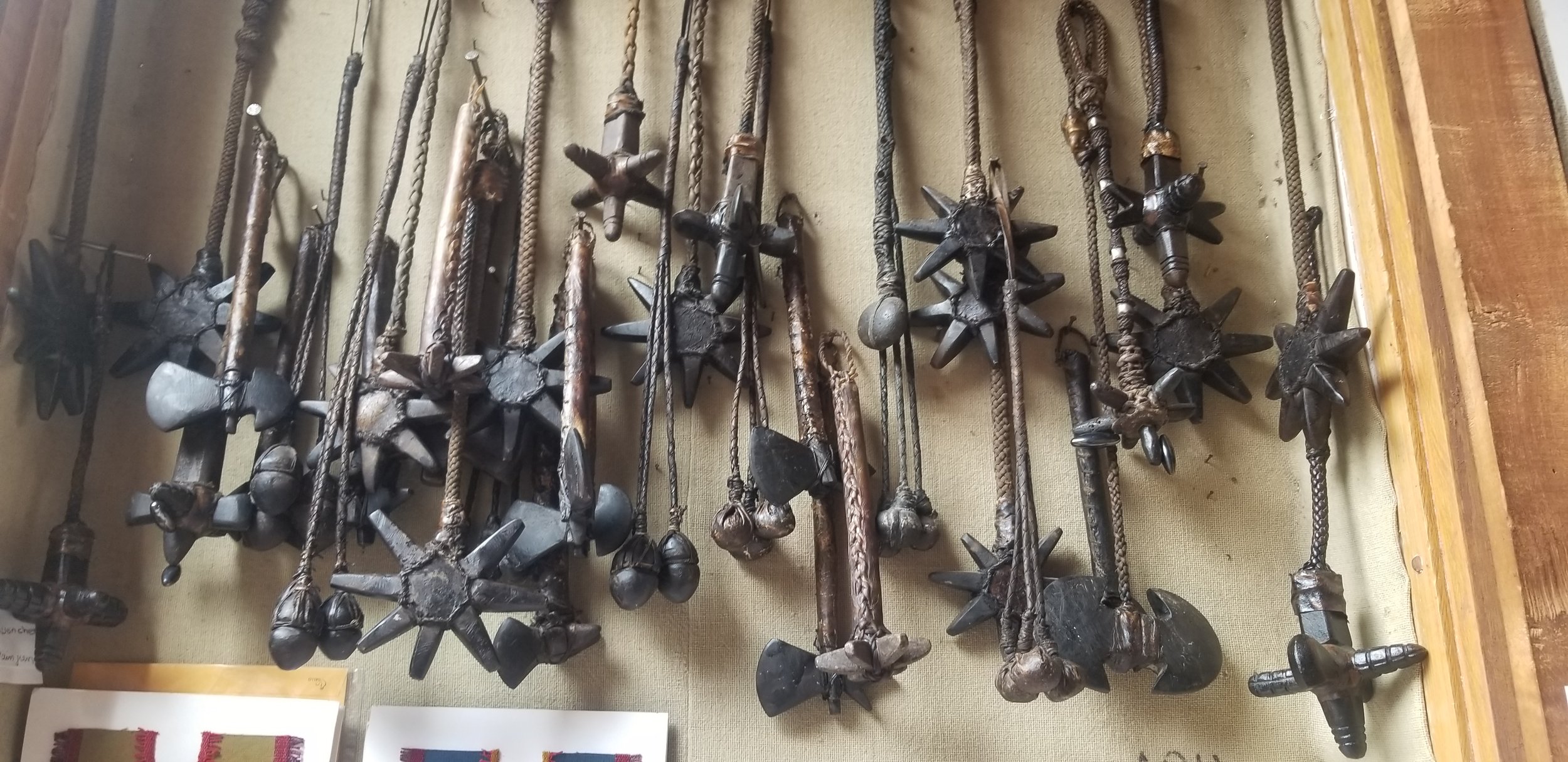
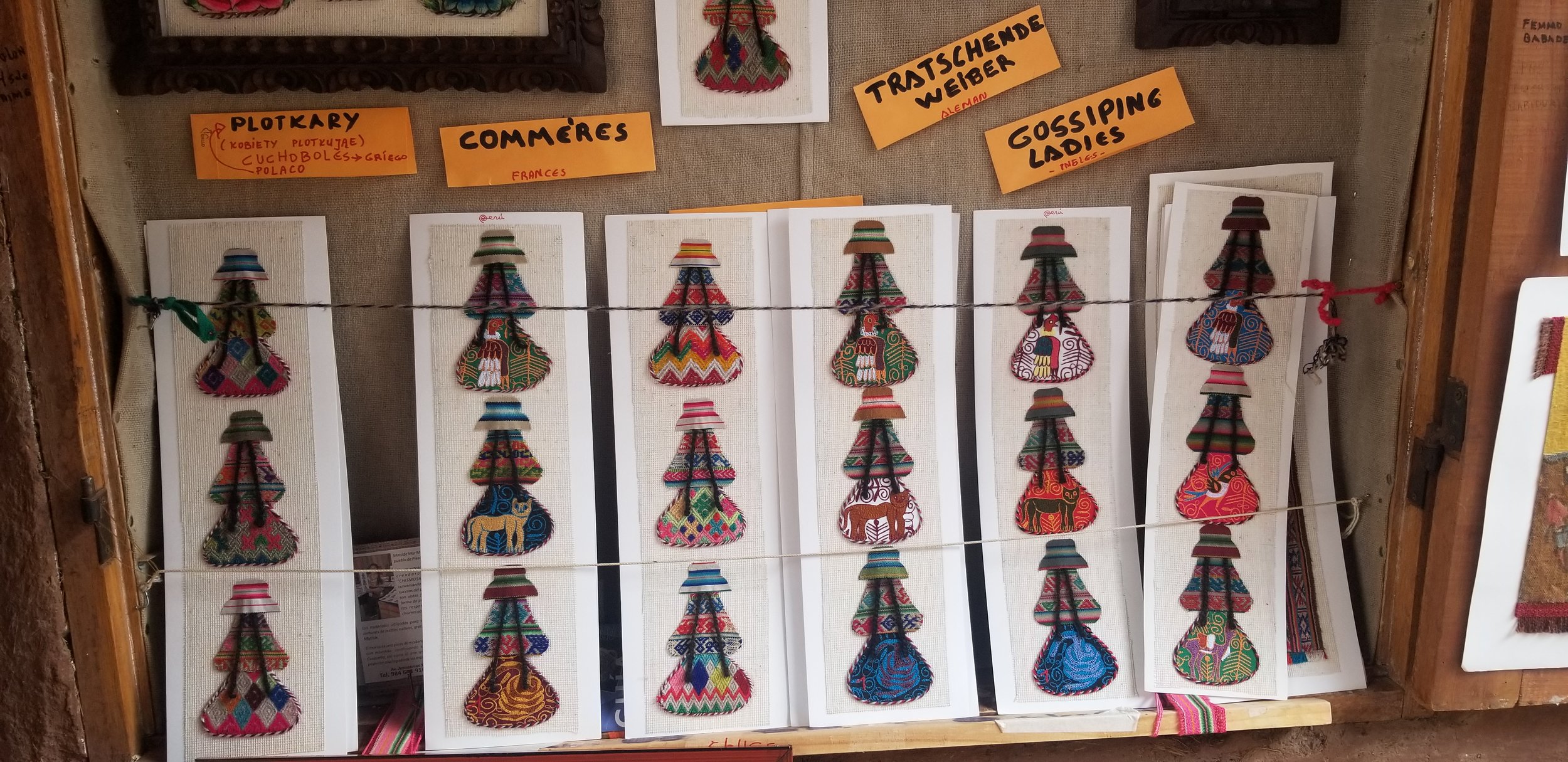
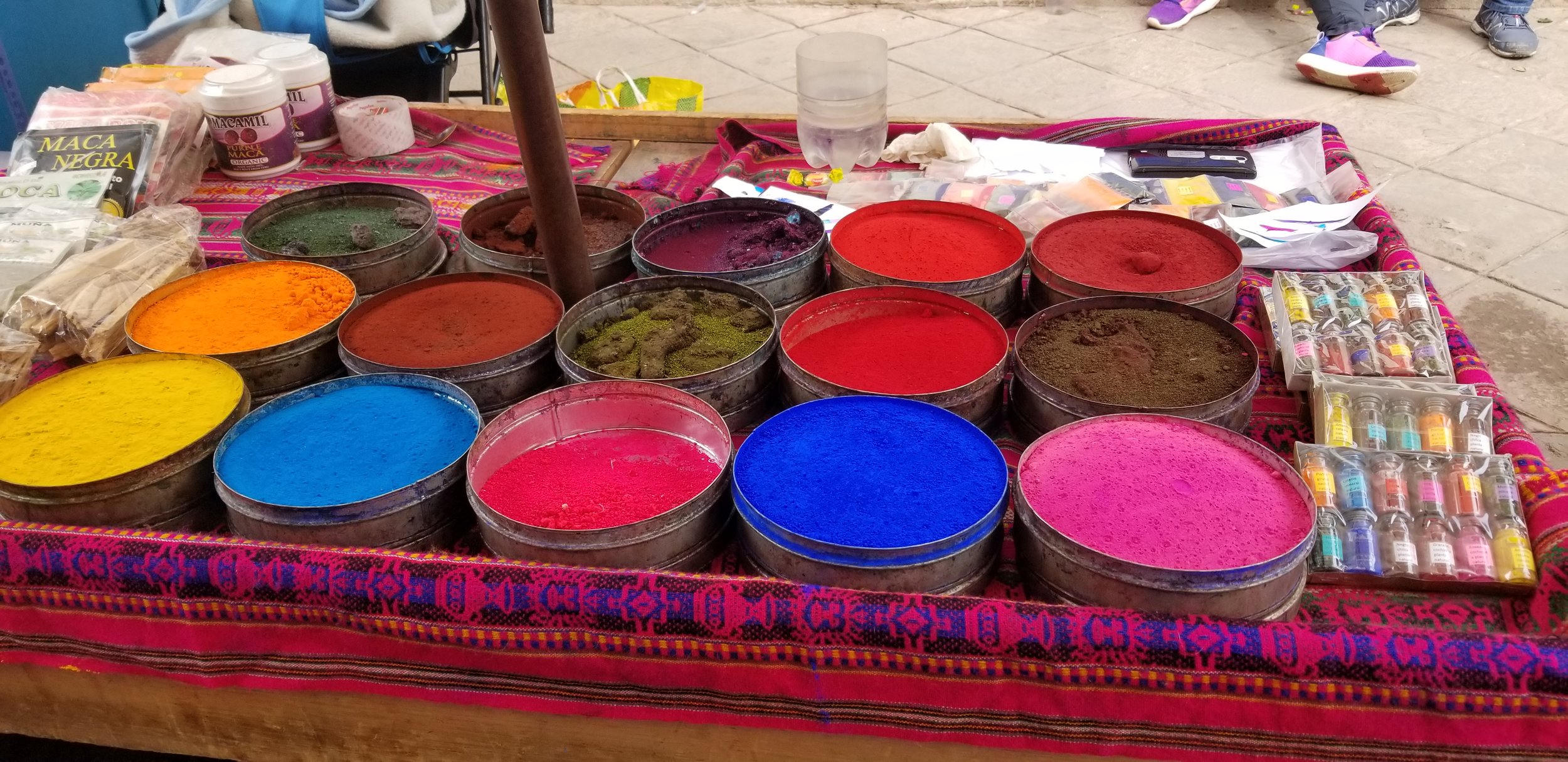

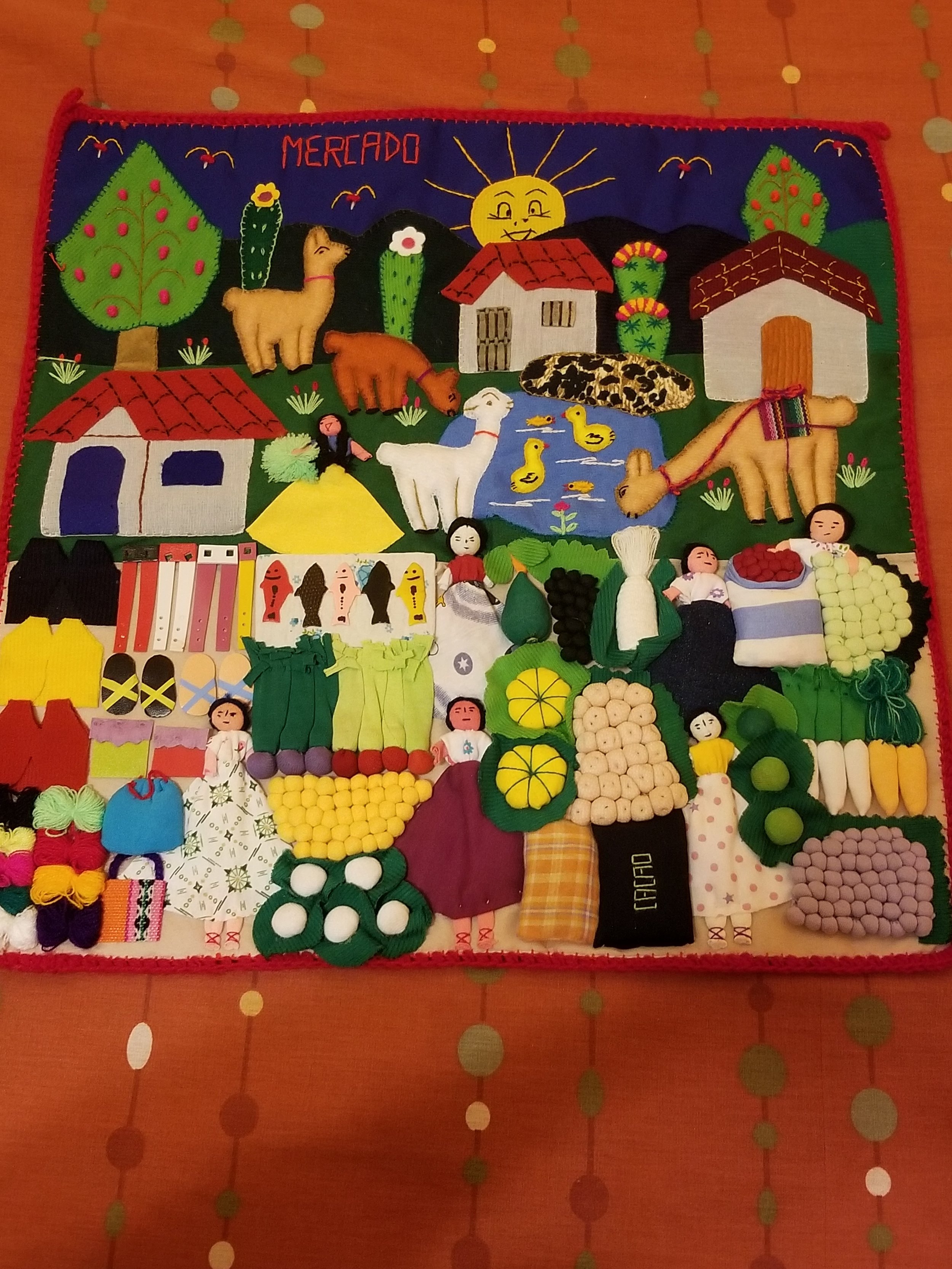
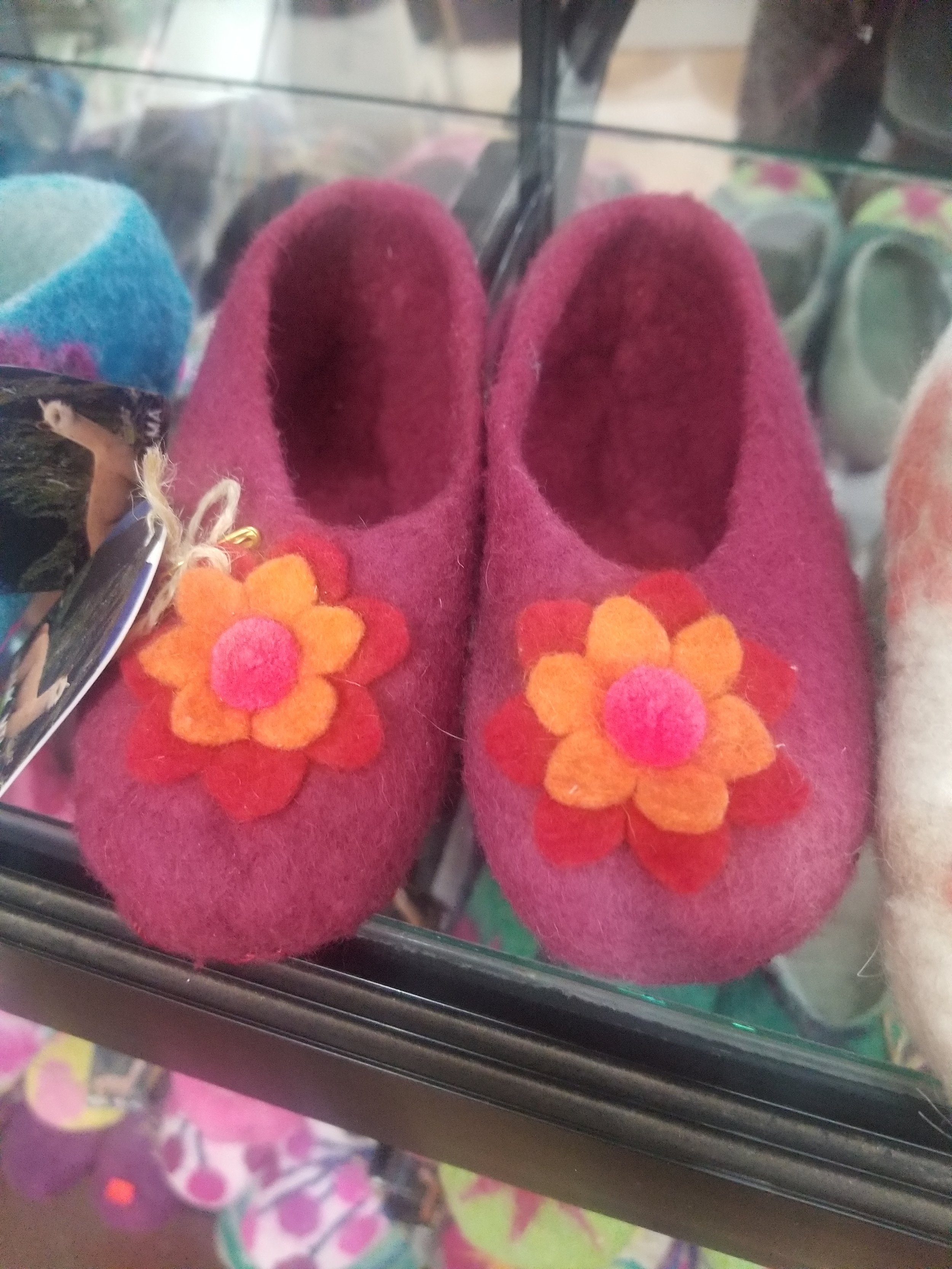
I found some beautiful, unique things in Pisac (sorry, penises are sold out) and can’t wait to share them at the showcase on December 9th. I’ll be writing more about some of these finds in blog posts in the coming weeks. Stay tuned!
Lots of pain, more gain
Peru1 CommentMuch has been written about hiking the ruins of Peru’s Sacred Valley. But my perspective may be a bit different. This is the perspective of a middle-aged woman who hasn’t really exercised in nearly a year, who is about 100 lbs overweight, has a stupid autoimmune disease, has hot flashes whenever it’s inconvenient, and who doesn’t like to go up in order to go down.
While planning my somewhat last minute trip to Peru I was really torn about whether to visit the Cusco region because I knew I wouldn’t have time to trek Machu Picchu - and who goes to the Sacred Valley and doesn’t hike the big MP? I spoke to enough people who convinced me it was ok not to do it this time (thanks, friends), and was also advised that in Pisac there were ruins just as old and significant as Machu Picchu, if not quite on the same scale.
So off I went. I almost missed 3 of my flights because I had to take my bags from baggage claim, leave the terminal, go back inside to check in again, then go through security again. FOR EVERY. SINGLE. STUPID. FLIGHT. So by the time I got to Pisac, about 17 hours later, I was completely wiped out.
The altitude here is no joke and it’s part of the reason I came to Pisac for my first few days rather than stay in Cusco (which is where I landed). Cusco is about 500 meters higher and I wanted some time to acclimate. To combat the onset of altitude sickness my hosts recommended coca tea…yes, the kind that comes from the coca tree…yes the leaf they make cocaine from. No, it didn’t jack me up, in fact I napped very soundly after each cup of tea.
My first day I took it easy and just walked around town. The second day I decided to brave the ruins of Inca Pisac. I was dressed in good walking shoes, workout pants, and long sleeves with a long-sleeved cotton jacket on top. Looking at the weather atop the mountain my host convinced me to not only bring my heavy sweater but also a rain poncho. I wish I would have listened to my gut; I’m from Alaska. I now live in Oregon. 50 degrees and drizzly does not require cold-weather wear or rain gear. And by the way, those inconvenient hot flashes? Well of course I’d get them while hiking. OF COURSE. Yet I was still convinced to bring along the extra layers, which only proved to piss me off throughout the day.
My host also recommended taking a taxi to the top of Inca Pisac and hiking to the lower parking lot, which takes about 1 hour. This plan seemed solid and I had every intention of following it but my sense of direction and ability to read a map are severely impaired on a good day, much less at an elevation of 3 kilometers. Dutifully I started at the parking area, as instructed.
The view as you round the bend from the parking lot.
I checked out the citadel and the cemetery. The cemetery is built into the side of a cliff, which is now off limits because the graves have been plundered of all the Incan spoils.
If you look closely you will see holes in the side of the mountain which is where the bodies were buried, many with wealth they had acquired in their lifetime. Grave robbers have been scouring these hills for years looking for treasure so most of these graves are now empty.
It’s a really majestic view and it looked like a beautiful walk down through the terraces.
I began my stroll down the well-manicured path, stopping here and there to take photos of the incredible scene.
I kept walking and consulting the map, and though there were no signs indicating where I was headed there were landmarks and I really thought I was on track.
All things being equal, I was bound to miss the turn to the lower lot. Seriously - I’ve lived in Portland for 16 years and I still get lost and have to call my husband to help me get places (yes, even with GPS). So I’m not sure why I was so cocky about hiking a mountain in a foreign country where I know no one. As I made my way down a rocky staircase I came across a woman with a guide heading towards me and I asked if I was on the correct route for the lower lot. They said no and pointed me back the way I came.
There are more stairs around the bend.
Mother fucker.
The guide told me that I was on the route to Pisac and it would take about 1.5 hours. So in my genius brain I thought, well that’s only 30 minutes more than my original plan and I don’t want to go all the way back up, just to then head down to the parking lot.
Mother fucker.
So I keep going and the well-manicured trail slowly becomes a foot path with the mountain on one side and a brush-filled cliffside on the other. Those Incans really did not want unannounced visitors.
As I’m walking (very carefully), I get passed by a group of Germans who are moving at a pace just short of running. Whatever. I’m taking my time and enjoying the things you clearly can’t see when you’re sprinting. Like desert blooms and shells along the trail. Beautiful and unexpected.
When there was “assistance” provided in the form of a handrail, the prospect of a handful of splinters kept me from using them.
There were little spots along the way that it appears things happened but there aren’t signs so I don’t know what these structures were for. But they’re cool and obviously very old.
About an hour into my wrong turn the terraces start to loom in my periphery and I start feeling a little vertigo coming on. I can’t quite explain it and I definitely didn’t stop to take photos because I’m not going to be one of those people who die taking a selfie. I won’t sugar coat it, the dizziness was scary. I had to coach myself into gingerly making my way down because I’m also not going to be one of those tourists who has to get a life flight because I wasn’t careful. My solution was to create my own blinder: holding my hand up beside the eye exposed to the terraces so they wouldn’t flicker in my peripheral vision. I also stopped a lot and sipped water. I inhaled the Breathe essential oil blend in my bag. And I talked to myself because the sound of a voice (any voice) was distraction from my predicament. After a short while the vertigo-ishness abated and I was able to walk without trying to hide from the terraces.
After the Germans left me in the dust I didn’t encounter another person for the rest of the trek. When the dizziness came on, being so alone was scary. When the dizziness was gone it was magical.
Shouldn’t the village be closer by now?
As I made my way down while cursing my own lack of judgment, a few things occurred to me that made me wonder if my wrong turn was really a right turn. I realized I was doing something completely on my own for no one else but me. Yes, I made some mistakes but I powered through all by myself. I felt brave. I knew the hike wouldn’t have been so hard if I was in better shape and this issue has kept me from trying many things over the years. But this time I didn’t let my shame keep me from trying something I knew would be incredible. I felt proud. I also realized my knees don’t bend like they used to. I felt old.
The hike never got easier. Even once I was off the mountain, the long path down to the village was “paved” with terraced cobblestones that really wanted to break me. But I stayed focused and didn’t stumble, which is rare for me - physically and emotionally. When I got to the street I turned to look at the sign and realized I was just a few blocks from my hotel. At least I saved on cab fare.
I’ve heard people speak of how life-changing hiking Machu Picchu can be. I’m not sure if Inca Pisac changed my life but I never cried, I kept going, and have a good story to tell. I won’t claim I enjoyed the journey but I accepted it, in the moment. Not an instant life change, but a step. One step at a time.
Got wood?
OregonCommentJennifer Urquhart is a naturally handy person who gets great satisfaction from building and creating. She knows her way around power tools and she’s done everything from interior home repairs, to painting entire homes (inside and out), to making her own light fixtures and furniture. She’s a regular Girl Friday.
She works with reclaimed wood - the scraps most people throw away. She’ll use the leftover teak or cedar from your new deck. She’ll snatch up the plywood from your treehouse project. 2x4s from an old fence - she’ll take them! As you can imagine, the ReBuilding Center is her favorite place to hang out.
Jennifer has a keen eye for lines and structure and her art is not only an extension of her handiness but also her minimalist sensibilities. When you see Jen’s work in person it’s a very visceral experience. Whether it’s a painting or sculpture, you want to touch them, to feel the weight, to study the grooves. It’s tactile and gripping and it's amazing how she sees the beauty in things that most people overlook. What appears in the real world to be a creepy, dilapidated warehouse is transformed by Jen into a serene painting of simple structures in muted tones with sweeping landscapes. It’s like she’s eliminating the chaos and pain from everyday life to reveal the simple under-pinnings we tend to take for granted.
Her process often begins with photographic inspiration. Sometimes pictures she has taken herself, other times magazine clippings, color swatches she’s loving in the moment, objects in nature, or work by other artists.
She then selects an interesting piece of plywood that will capture the essence she wants to convey through the natural grain and she cuts the piece to the proper size. Sometimes the size is dictated by a client (commissioned pieces) and other times by Jen’s imagination. Either way, she gets to use a bunch of power tools and a big saw.
She sketches her design directly onto the wood.
For paint, she uses interior acrylic house paint or hobby paints which she waters down to the right tone for the piece.
Jennifer’s color swatches
She sands the entire surface after the first coat of paint, then applies another coat. Then she sands again. Depending upon the saturation level she wants to see, she may continue that technique over the entire piece or just the areas she wants more subdued.
Once the painting and sanding cycle is completed, the final step is carving the areas she wants to highlight on the painting. In this case it was where the pasture meets the sky.
That final carved element gets a special sanding treatment using a small piece of sandpaper that she works into the grooves she’s just carved. Once that is smoothed out, guess what she does? SHE SANDS THE WHOLE THING AGAIN!
So it’s done now, right? Wood selected, sketch done, painting done, sanding done, carving done. Check, check, check, check, check. Nope, not done. Because she also makes a custom frame for every piece.
Now it’s done.
Jen has a lot of work in development and she hopes to do more furniture and lighting in the future. Her idea walls in her studio are overflowing with concepts and plans.
I met Jen about 8 years ago when our boys were in kindergarten and watching her blossom into this incredible artist has been so inspiring. Jen’s work is becoming more widely recognized and she was recently featured prominently in Emily Henderson’s Portland Project. She shows her work all around Portland and you might see her at First Thursday. Follow her on Facebook and Instagram to keep apprised of upcoming shows and check out her website for ordering options. She will be showing at West Elm's Collaborations event in the Pearl on October 27, 2018 with some of her newest work.
Between a rock and a good place
Alaska2 CommentsJack Hepler has been carving soapstone sculptures since he was in middle school. I've known Jack since that time and remember seeing a vast array of sculptures he, his dad, and brother would produce during breaks from school. There were ducks and loons and a variety of other water fowl in all sizes and colors. I am fortunate to own a loon carved by Jack. Unfortunately the beak and the tail have been damaged over the past 30 years so it's far from its original condition. And while it's no longer perfect, it's still beautiful and is always featured prominently in my home.
Like many artists, Jack has all kinds of pieces in process at any given time. He and his wife Krista have two children and he’s been a middle school teacher for 27 years. So he fits in the carving when his kids don't need him, when he's done with his teaching duties, and when he isn't out hunting or fishing.
Now let's clear something up right away: Soapstone is not made of soap. Soapstone is a rock that has a high talc content which makes the surface feel powdery and smooth to the touch. But it isn't pliable, it must be carefully manipulated with heat and carving tools in order to successfully turn it into something else.
Jack currently uses Brazilian soapstone for his creations. To determine the color the stone will be once polished -- as well as identify any cracks or fissures that could damage the piece during carving -- he uses water to illuminate the character of the stone. He chooses the raw material based on color, interesting occlusions, and size.
To break up large stones he uses a bandsaw to create smaller stones that are easier to work with. Once he selects a stone of the right size and color for his intended design, he sketches a rough outline in Sharpie directly onto the stone.
To continue the more intricate carving he wears gloves and a respirator mask. His primary tools are files, rasps, and sandpaper.
Then he files and sands and files and sands and files and sands.
Remember, while he's working with the stone, it merely looks white and powdery so the final stages really do build suspense for the big reveal.
When the piece is completed, he does a final sanding with 600 wet/dry sandpaper. He polishes with gun oil and then bakes the finished piece for 2-6 hours on a slab of wood at low heat.
Depending upon the size and intricacy of the piece, Jack spends 8-12+ hours on each of his sculptures. Sizes range from a 4" starfish up to an 18" pod of dolphins. The final one-of-a-kind product really honors the animal, with the grain of the stone bringing the creatures to life in an unexpected way.
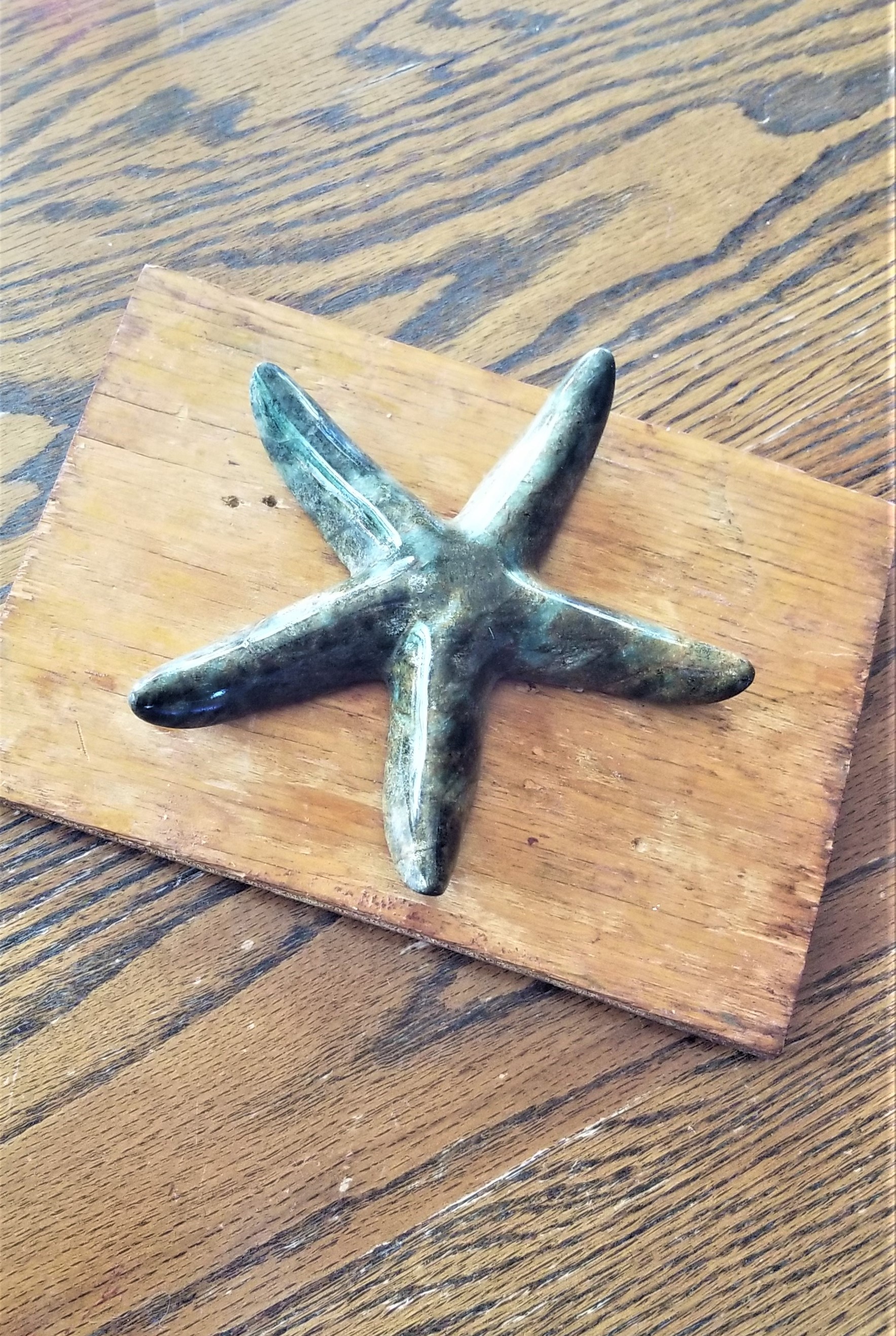
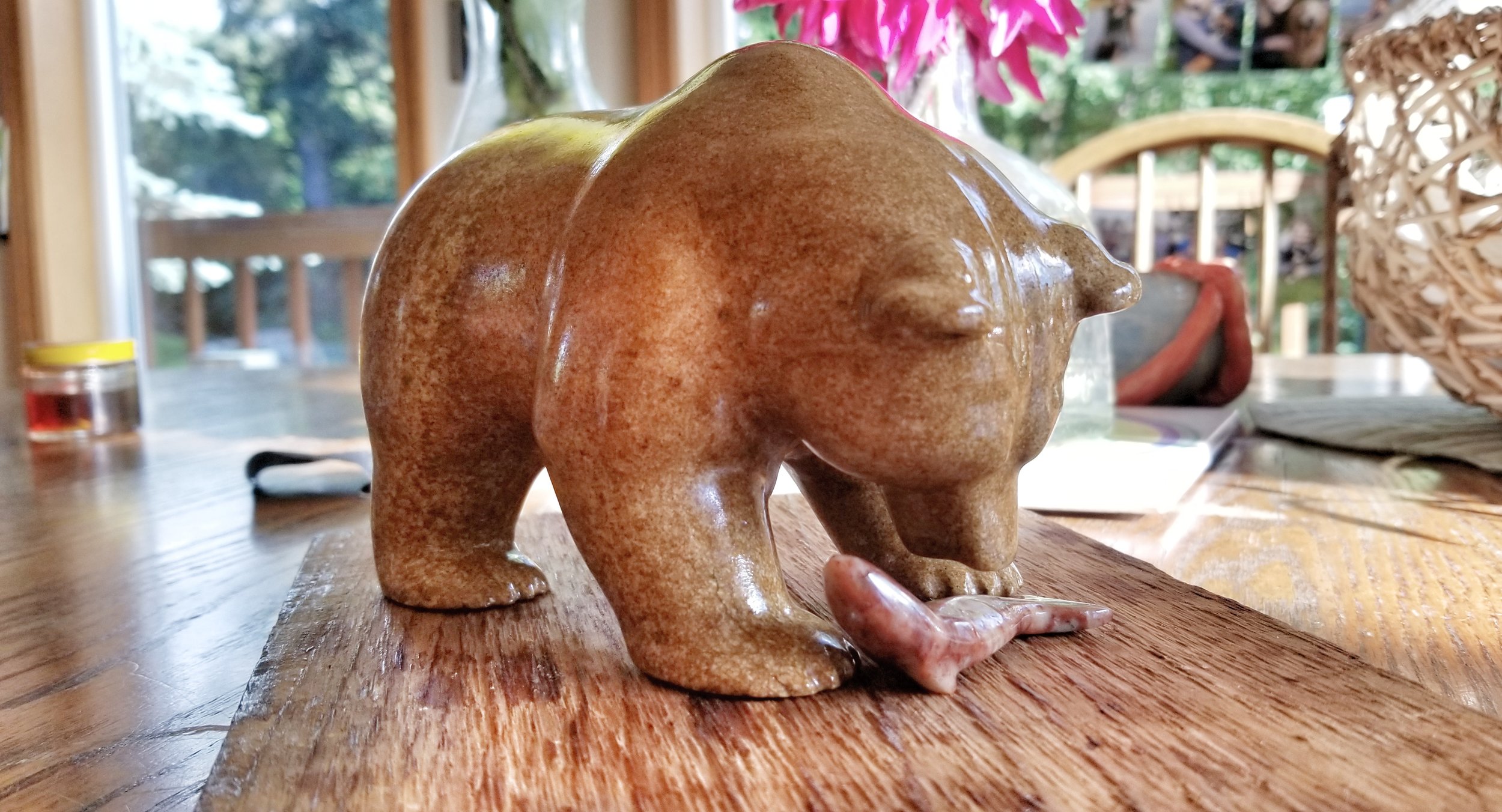
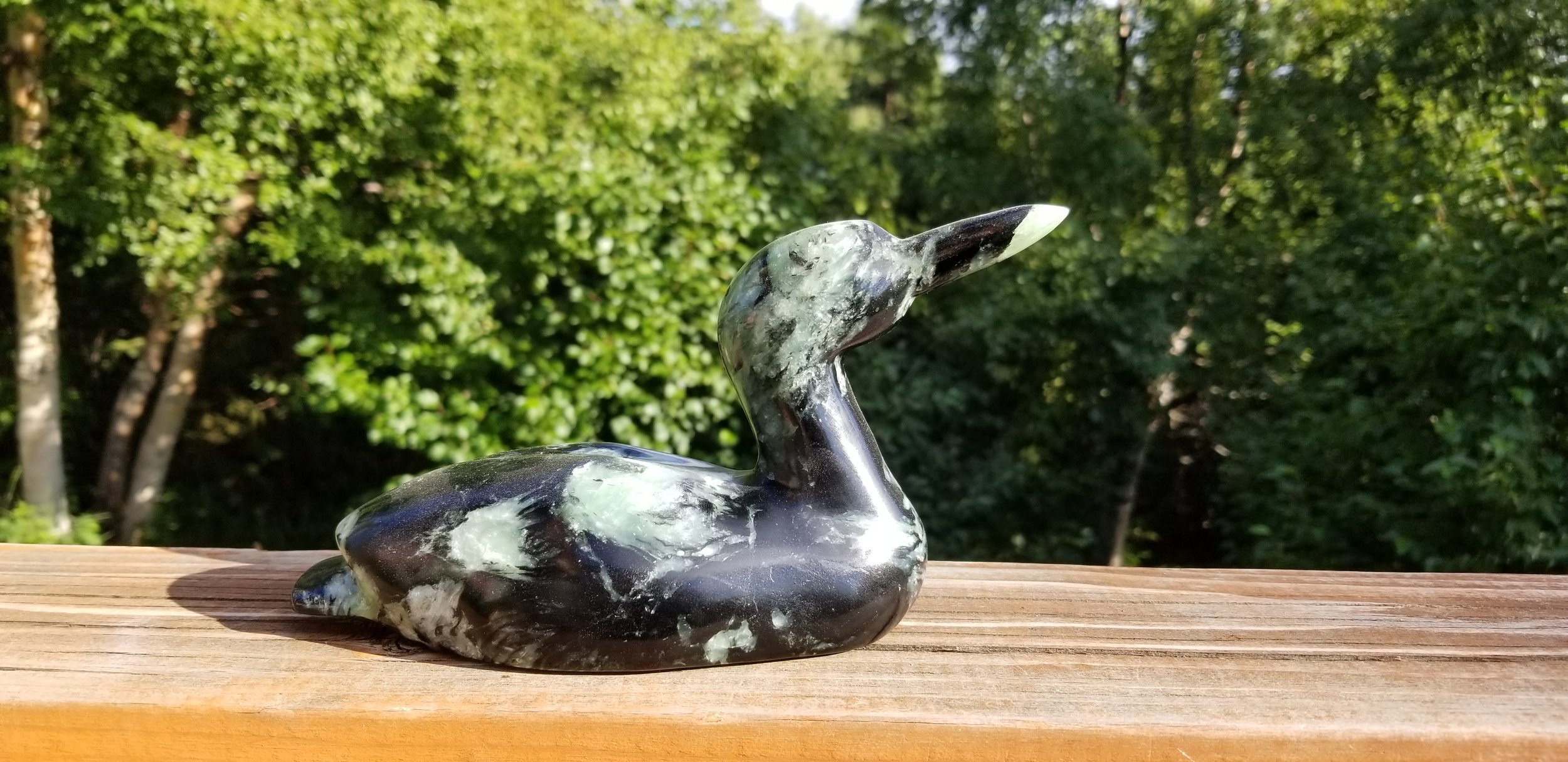
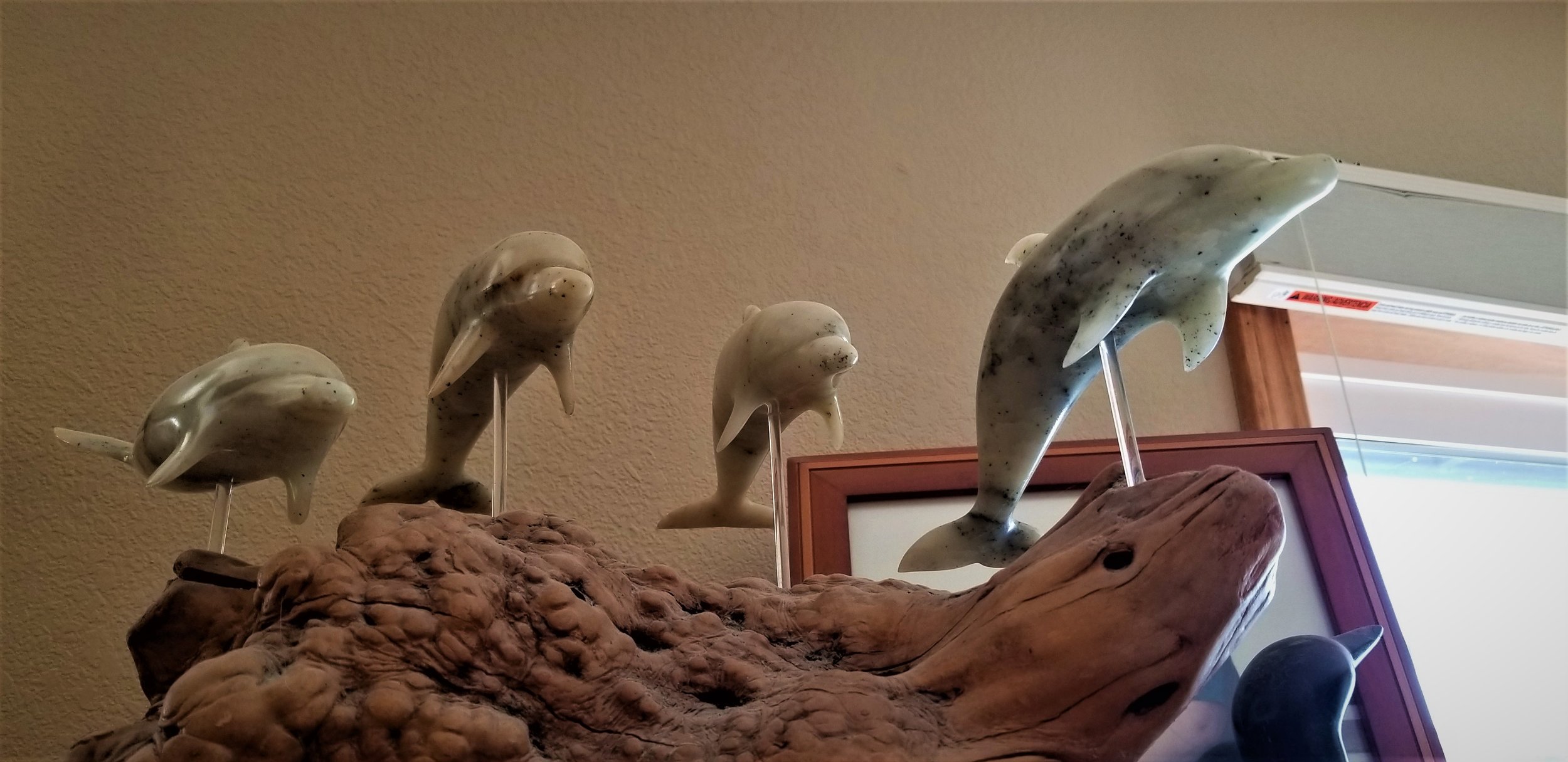
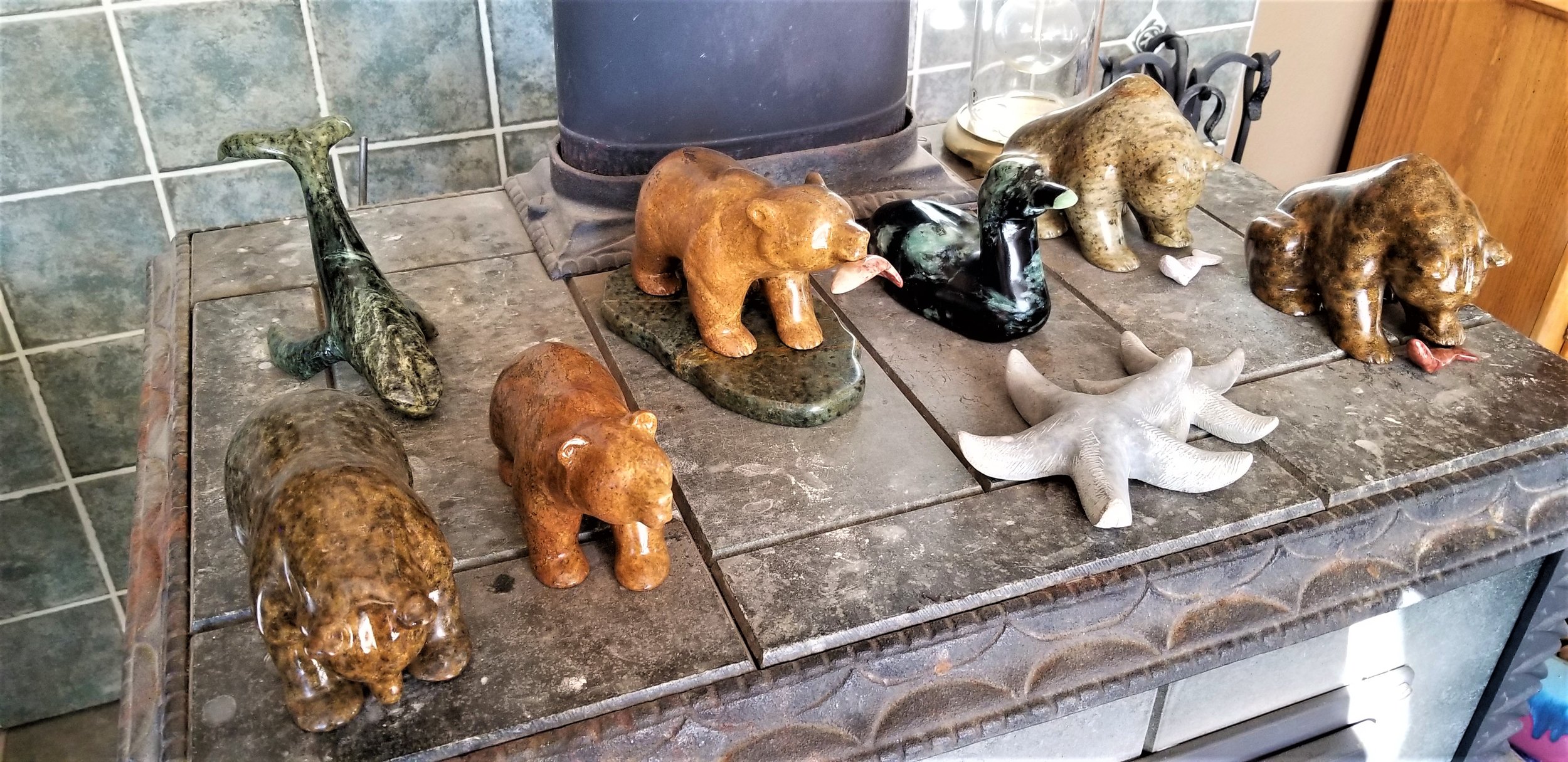
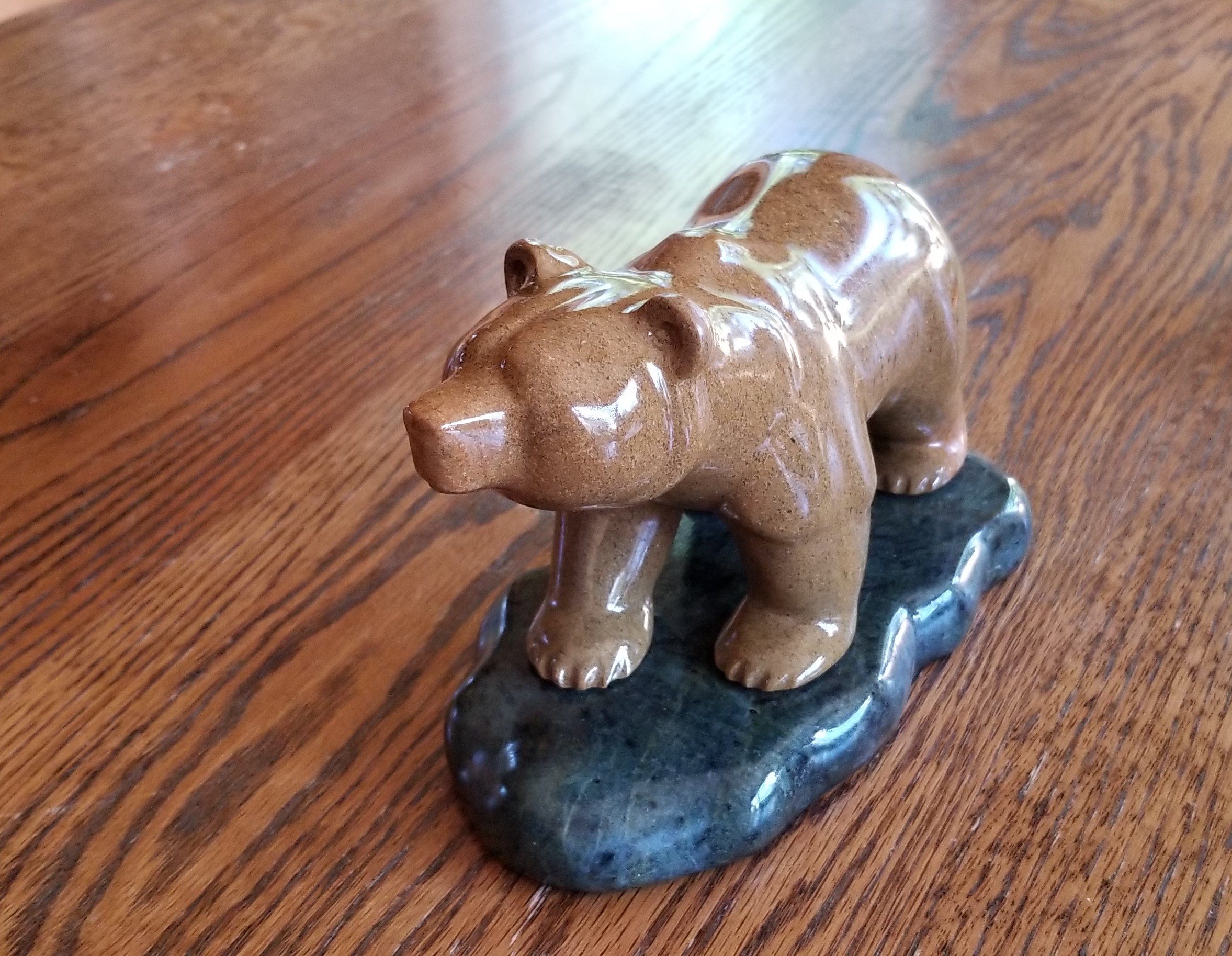
As an avid outdoors-man and lifelong Alaskan, Jack's work is clearly inspired by the wilderness he's lived in and enjoyed his entire life. These days Jack carves a lot of grizzlies and polar bears and he loves carving humpback whales and dolphins. In addition to carving, Jack is also a very talented illustrator. I remember desks at West High School that had Jack Hepler original sketches gracing their tops. I don't think he still graffitis desktops, but he does still draw intricate portrayals of animals and the wilds of Alaska.
His sculpture work can be seen at a few galleries in Anchorage and Homer. But really the best way to experience his work is seeing him in action at the Saturday market in Anchorage or at one of the local arts and crafts fairs. He will be at the following Anchorage shows this fall:
11/3/18: South High Bazaar
11/17/18: City Church Craft Show
12/1/18: UAA Craft Show
For anyone outside of Anchorage interested in his work you can contact Jack directly over email. And if you’re in the Portland area you can come visit my loon (#17) anytime.
What it means to be Authentic in Alaska
AlaskaCommentI met Carol and Steven Shade at the Saturday market in Homer, Alaska. Steven is an Alaskan Native silversmith and master carver and Carol specializes in bead work. Together they sell their creations at their shop, Creative Native Gifts. They live near Ninilchik, a fishing village about 40 miles north of Homer.
Legitimate Alaskan native handicrafts have strict rules that need to be followed in order to earn the Authentic Alaska Native Art from Alaska seal. As the label says, "This symbol guarantees that the item is original, authentic Alaska Native art created or crafted in Alaska by an enrolled member of an Alaska Native Tribe." Steven is part of the Curyung tribe.
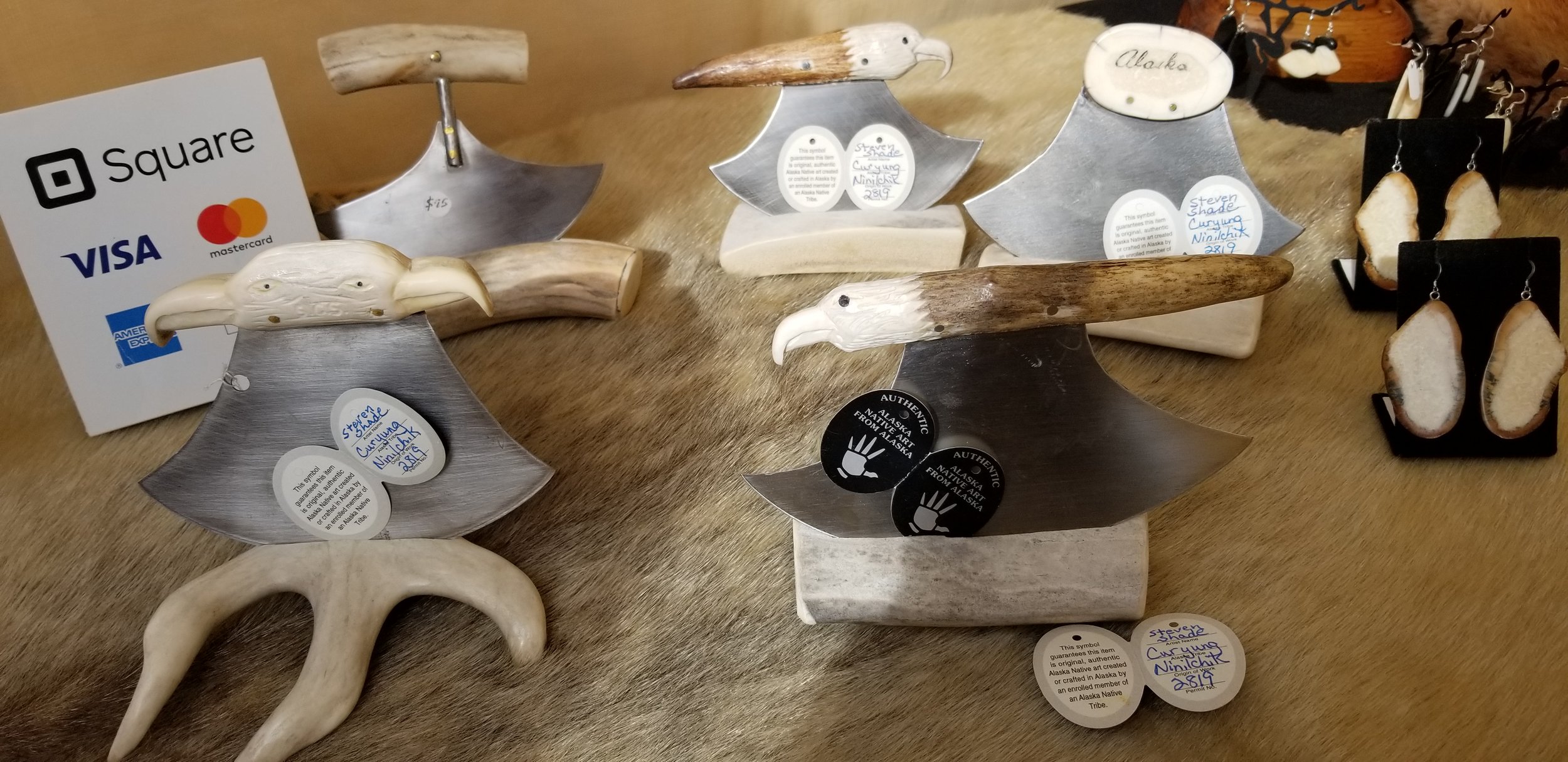
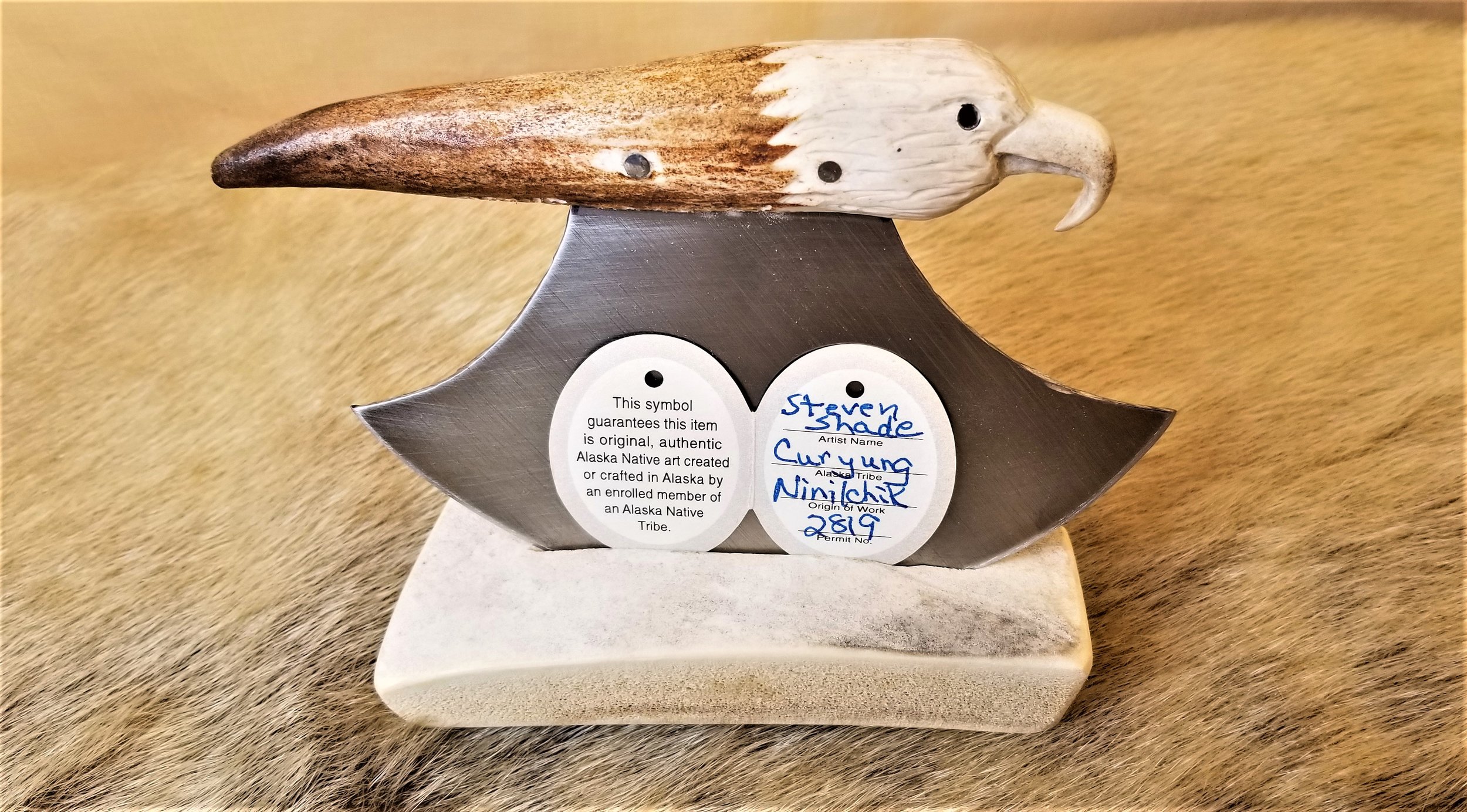
Now, I know you just did a double take on the ivory. And I know the word elicits strong reactions. But I learned from Carol and Steven that there are very strict laws in Alaska regarding walrus hunting. They can only be hunted by Alaska Native tribe members and they can only be hunted for subsistence purposes. And they may only hunt what they and their village can reasonably utilize. The Eskimo Walrus Commission is devoted to managing and conserving the walrus herds in Alaska and they hold an annual meeting to disseminate the number each tribe is allowed to hunt. This is a way of life for these peoples and they take the conservation of the walrus quite seriously. I'm glad there are these checks and balances in place.
Only Native Alaskans can harvest, buy, and carve raw ivory. Non-Natives can only possess it after it has been made into a craft. The exception is fossilized ivory that is found on the beach. Non-Natives can keep their find as long as they report it within 30 days so it can be tagged by the Fish & Wildlife Commission.
I purchased a lovely fossilized ivory necklace and a bone-handled ulu from Steven. If you're interested in seeing more of his work, follow his Facebook page. And if you've never seen an ulu in action, check out the fastest woman with an ulu!
Fish on!
Alaska3 CommentsRomney Dodd’s work has taken a variety of forms over the years and much of her inspiration is through her own life experiences. Her creative story begins with dabbling in ceramics when her kids were young as a fun, creative outlet. That hobby quickly became a full-time labor of love as her dishware and decorative pieces became incredibly popular.
Romney ceramics
Later her medium of choice became hand-painted Dansko clogs. That work came about when she decided to paint her own worn-out clogs to spruce them up. So many people loved them she created an entire line that sold as fast as she could paint. In 2014 Alaskans on the Olympic Nordic Ski Team wore custom-painted Romneys to the games in Sochi!
Romney’s studio is a hotbed of creativity. On any given day you’ll see painted doors, fabrics, clogs, ceramics, and fish. Lots of fish.
Romney’s latest work is iconically Alaskan. And again, inspired by everyday life. When a local taxidermist decided to clean out their stock of unclaimed fish, inspiration struck and Romney’s newest medium was born.
Watching how she turns these former trophies into works of art was really fun, if also bewildering. I mean, really...who thinks to paint fish?! But once you see the fantastic completed product it feels like, duh! Of course you would paint fish!
To get the fish ready for painting, she takes the fish skin mounted on styrofoam, then drills out the eye sockets in order to place glass eyes.
After carefully gluing in the eyes, she cleans and preps the form to get ready to paint.
She either paints the fish as is, or puts down a layer of Bondo® and once dried, sprays the fish a solid color. She then paints each fish with whimsical designs in vibrant colors, and sometimes adds a little bedazzling.
The result is a tribute to the fish, as well as an homage to Alaskan native artwork. The most beautiful afterlife a fish could have imagined.
Romney's fish are prized pieces since they are all one-of-a-kind. You may see some of her fish in private collections or as commissions. I would love to have an entire school of Romney fish but at the very least that beautiful little grayling shown above must be mine one day!
What happens when she runs out of fish? Well, once they're gone they're gone so if you want one, go buy one tout de suite. What happens for Romney? She'll have space for her next idea.
Speaking of new ideas...Next up for Romney: Her friends at the Quilted Raven have asked her to create fabrics from her designs. Hopefully we’ll be seeing some new Romney batiks in the near future.
If you peek in the windows of Romney's downtown studio you may catch a glimpse of some of the projects she's currently working on.
And if you're interested in seeing Romney's work in person, make an appointment to stop in. She's great fun and has lots of beautiful work in motion. Like her page on Facebook to keep these beauties in your feed. I'm betting you'll never see fish the same way again.
Poetic waxing
Alaska3 CommentsCheryl Gibbs Lyon has always been an artist. In high school she painted with acrylics, later she focused on nudes, and for the past 10 years she has primarily been working with encaustic wax painting.
Cheryl is a very welcoming, friendly person. She strikes me as very ebullient but not in a cheerleader-y sort of way; more just naturally optimistic. Her studio is full of light and color, quite reflective of her personality. She has created a workspace out of her home that allows privacy while still being connected to her household so she can be available to her kids. It's a pretty sweet arrangement.
I met Cheryl through high school friends and she was kind enough to let me into her space and walk me through her creative process. It was fun to see her in action and understand more about how she concepts and creates.
Encaustic is an entirely new technique for me and watching her work was mesmerizing. She uses wood blocks, tapes off the sides to keep the painting neat, sands any rough spots, treats the wood with a medium, and then essentially melts it into the wood with a butane torch to seal it. The medium is comprised of resin and beeswax.
This torching process is so satisfying to watch!
The paint she uses is oil paint mixed with beeswax that comes in solid chunks. To mix her colors she uses a heated pallette and simply swipes the blocks of color around the tray and swirls them together. To dilute colors she adds plain beeswax to the warm plate.
Once she is satisfied with the colors she keeps them on a warming tray for accessibility.
The next step is to do a rough sketch of her intended design. Cheryl uses a Stabilo Woody 3 in 1 wax pencil. These early guide marks will end up being subsumed by the wax and won't be visible in the finished product.
And now, we paint! Using a light touch with her brush, she layers the paint across the wood.
After she's satisfied with each layer, she fuses the wax with the butane torch again. She continues this technique repeatedly - layering colors, manipulating the wax, and then sealing with the torch.
With each layer of wax and subsequent fusing, the painting changes. New colors are created and older layers are revealed, adding intense texture to each piece. Fauvism has been a major influence for her and you can see that come through in her work.
It was surprising to me that the wax fused so solidly. That said, don't keep them near any heat source, keep them out of the sun, (and don't feed them after midnight...) They can also get nicked or chipped if you don't take care when handling them. The cool thing is that the colors will always stay true; you won't see any fading over time. And if the piece gets a little dull, simply buff it with a soft cloth to return the painting to its original luster.
Cheryl is constantly experimenting and trying new approaches in her work. She's inspired by nature and her love of the Alaska wilderness is very evident in her pieces. Her sunflowers are very popular (and sold exclusively at Dos Manos) and I really love her landscapes. Cheryl's work can be seen in Anchorage at Georgia Blue Gallery as well as Sevigny Studio. If you would like to meet Cheryl, please let me know, I would be happy to introduce you. Otherwise, like her Facebook page so you can keep seeing these moving creations.
Chaga Chaga boom boom
Alaska7 CommentsI grew up in Alaska and always wondered what the black bulbous things were on the side of birch trees (but I guess I was never curious enough to ask!) Mystery solved - they're a fungus called Chaga. But not just any kind of fungus, a medicinal one.
Photo credit: alaskachaga.us
On my most recent trip back home we took a boat ride down the Susitna River with Mahay's Jet Boat Adventures and took a short hike around an island which had a beautiful boreal forest. There were a few locals admiring all the chaga in the trees, which made me curious. So when I saw the Boreal Botanicals booth with bottles of Chaga at the Saturday market in Homer the following week, I was ready with questions.
After speaking with Anne, one of the owners, and doing some research myself, here's what I learned.
Chaga is a sterile fungus found primarily on Birch trees.
It's black on the outside with a golden brown inside.
They can weigh up to 10 lbs.
Chaga only grows in very cold climates like, Alaska, Russia, Korea, Northern Europe, etc.
It takes 3-10 years for the Chaga to mature enough to be harvested.
Chaga should only be harvested from live trees, without damaging the tree itself.
Once harvested, it is broken into chunks.
It can be brewed into a tea, made into a tincture, or ground into a powder to be added to foods. (I also came across a reference to smoking it, but let's just not go there.)
Documented use of Chaga goes back to 16th century Siberia, and in the 12th century Tsar Monomakh used Chaga to cure his lip cancer. Mentions of it can be found from the ancient Romans. There are legends from 3,000 B.C. that tell of a birch fungus used to treat health concerns. It's been used by native cultures in Alaska for hundreds of years as well. And present day, the health benefits of Chaga are being studied more and more.
Some of these purported benefits include:
The highest levels of antioxidants of any food in the world.
In addition to numerous vitamins and minerals it contains significant levels of vitamins B, D, and K. As well as zinc, copper, calcium, potassium, iron and manganese (talk about a super food!)
Cognition enhancing (focus, people!)
Lowers cholesterol
Improves digestion
Detoxifies the liver
Lowers blood pressure
Helps with hormonal imbalances (hello puberty! hello menopause!)
Anti-bacterial
Anti-viral
Lowers blood sugars
Tumor reducing benefits
Fights inflammation
Slows the aging process
Relieves symptoms of stress
So, that's what I've got for you. I think it's pretty darned interesting and I'm intrigued enough that I've started taking the tincture daily, and so has my 14 year-old daughter. We're both hopeful it will help soothe the symptoms of our current "life changes" and I'm curious to see if it will assist with my symptoms from Hashimoto's Disease. If you're interested in learning more about Chaga, or even trying some of the tincture, let me know!
Successful first showcase
NewsCommentI hosted my very first showcase in July at my home. I showed the items I purchased in May, fed friends Indian food from Swagat, had the incomparable Atticus Vineyard on hand to sample their wines, had a budding henna (aka, Mehndi) artist available for some temporary ink, and ran the videos that I made of artists while in country.
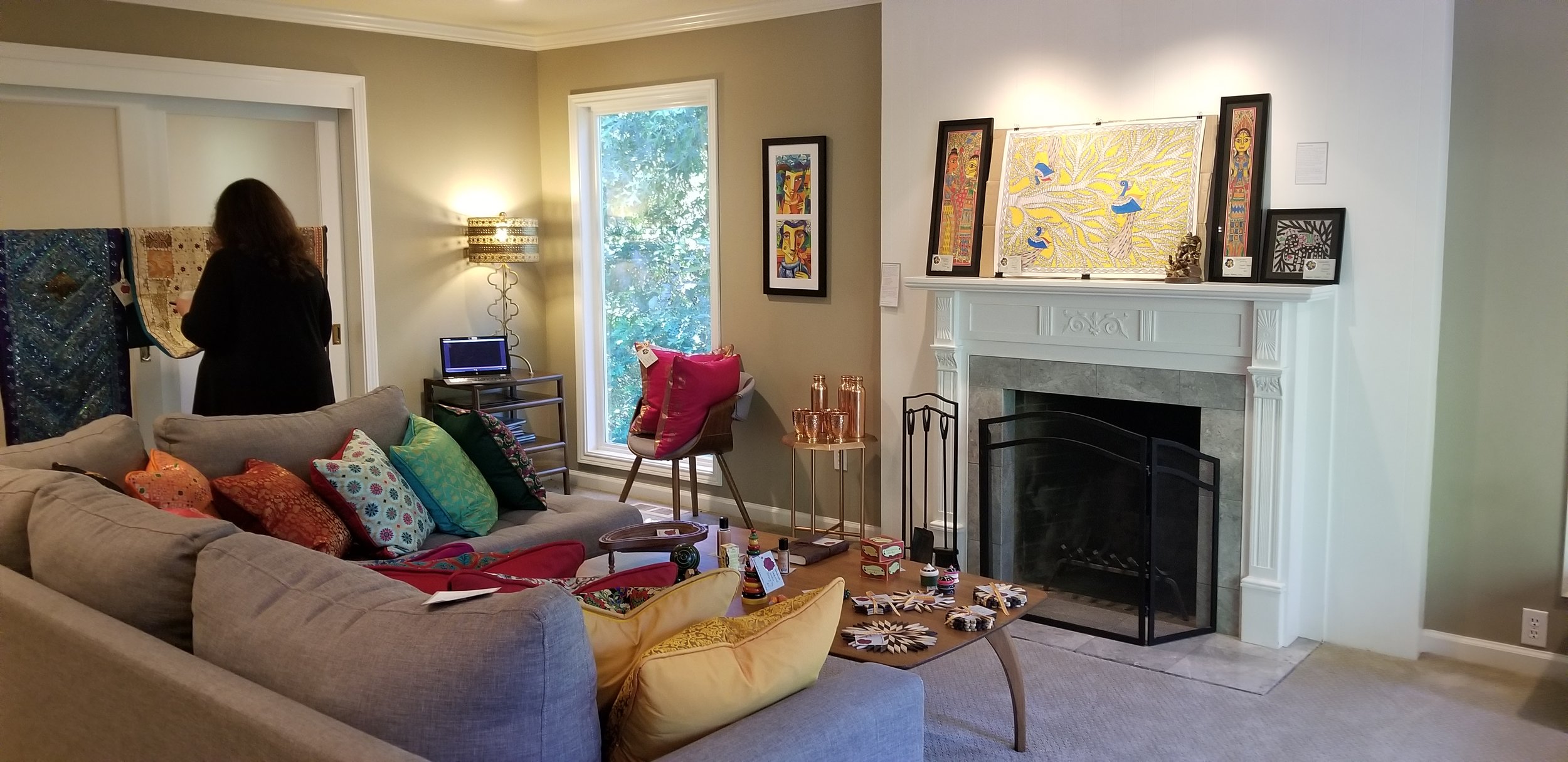
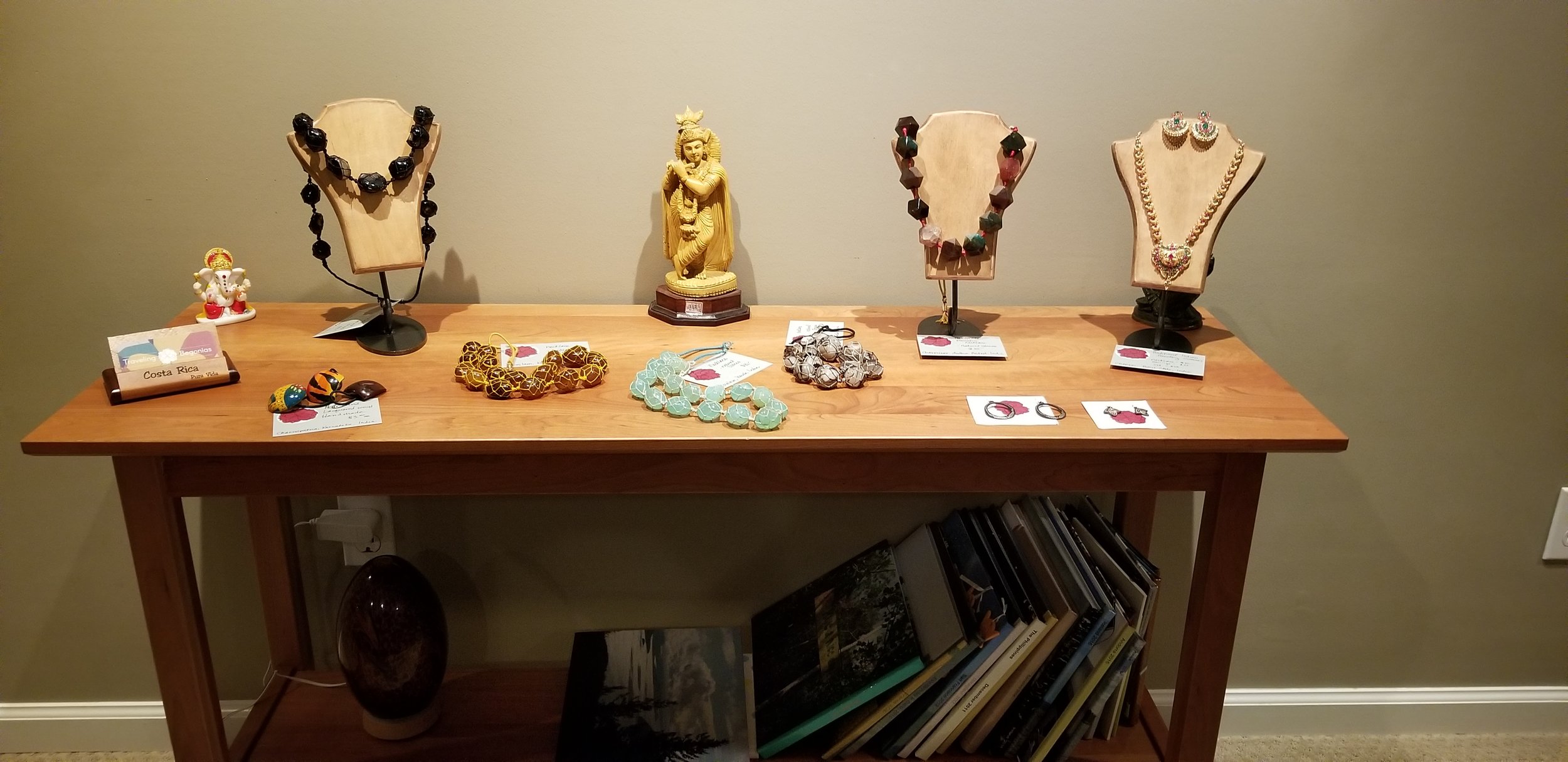
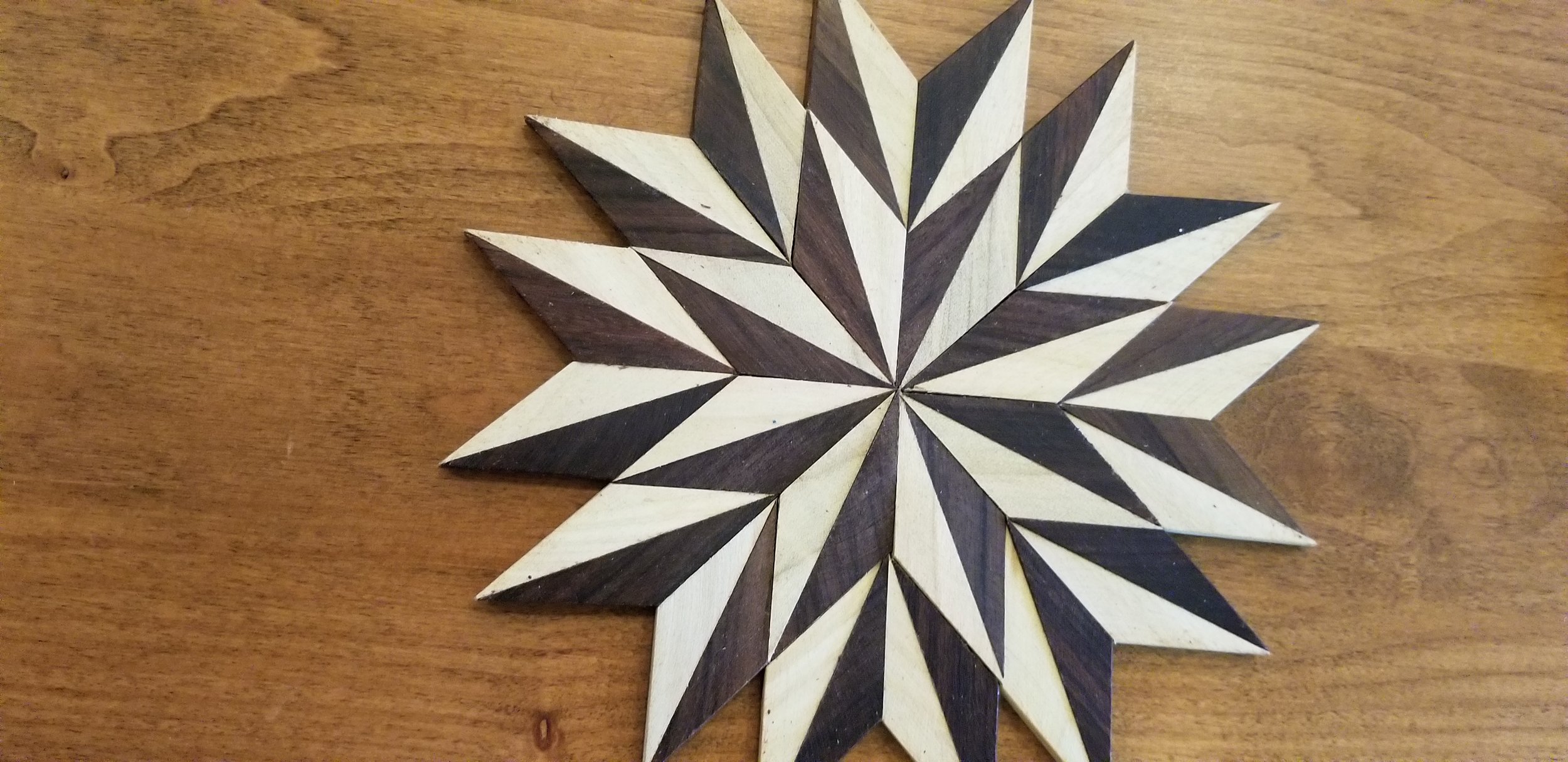
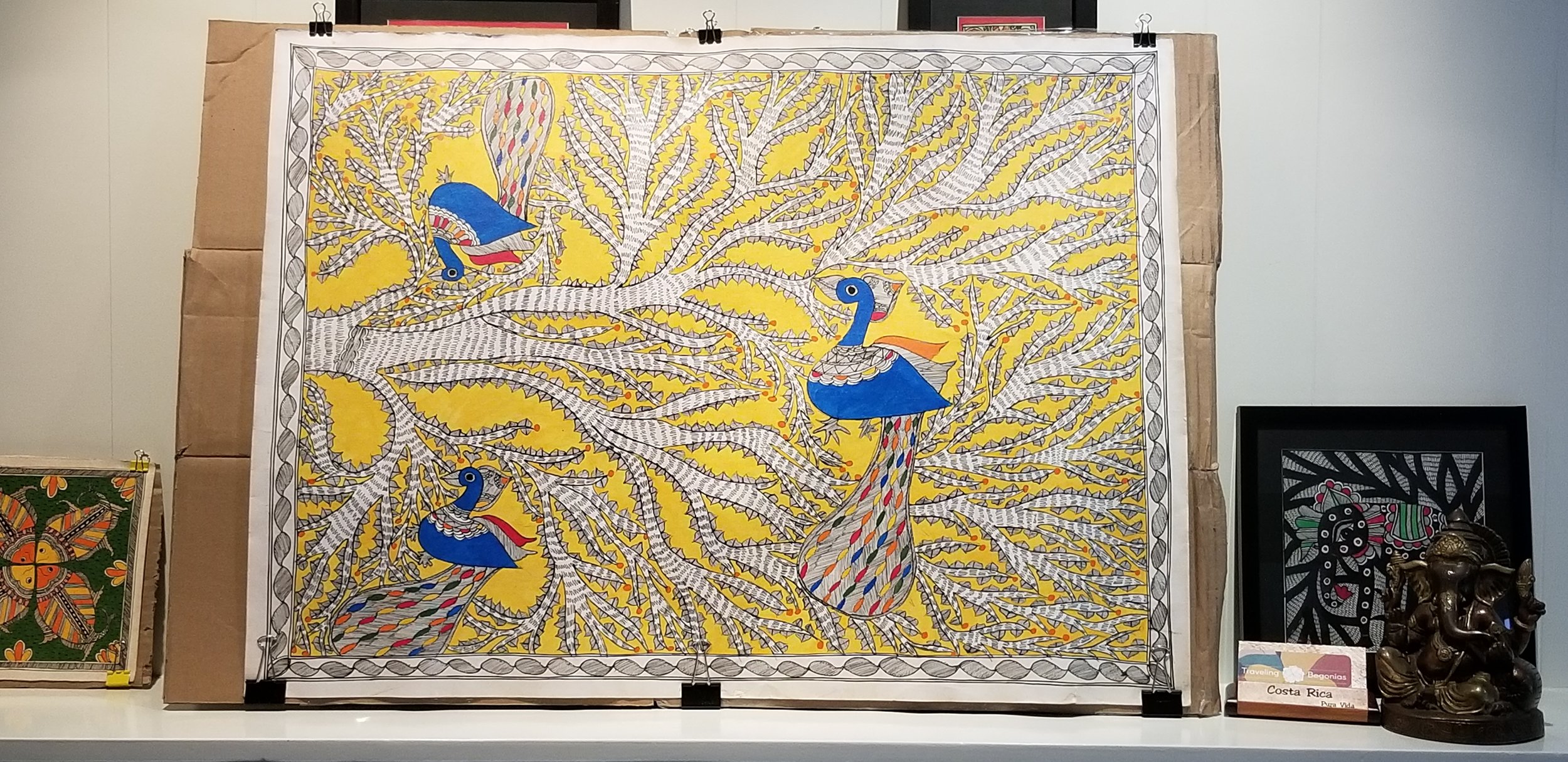
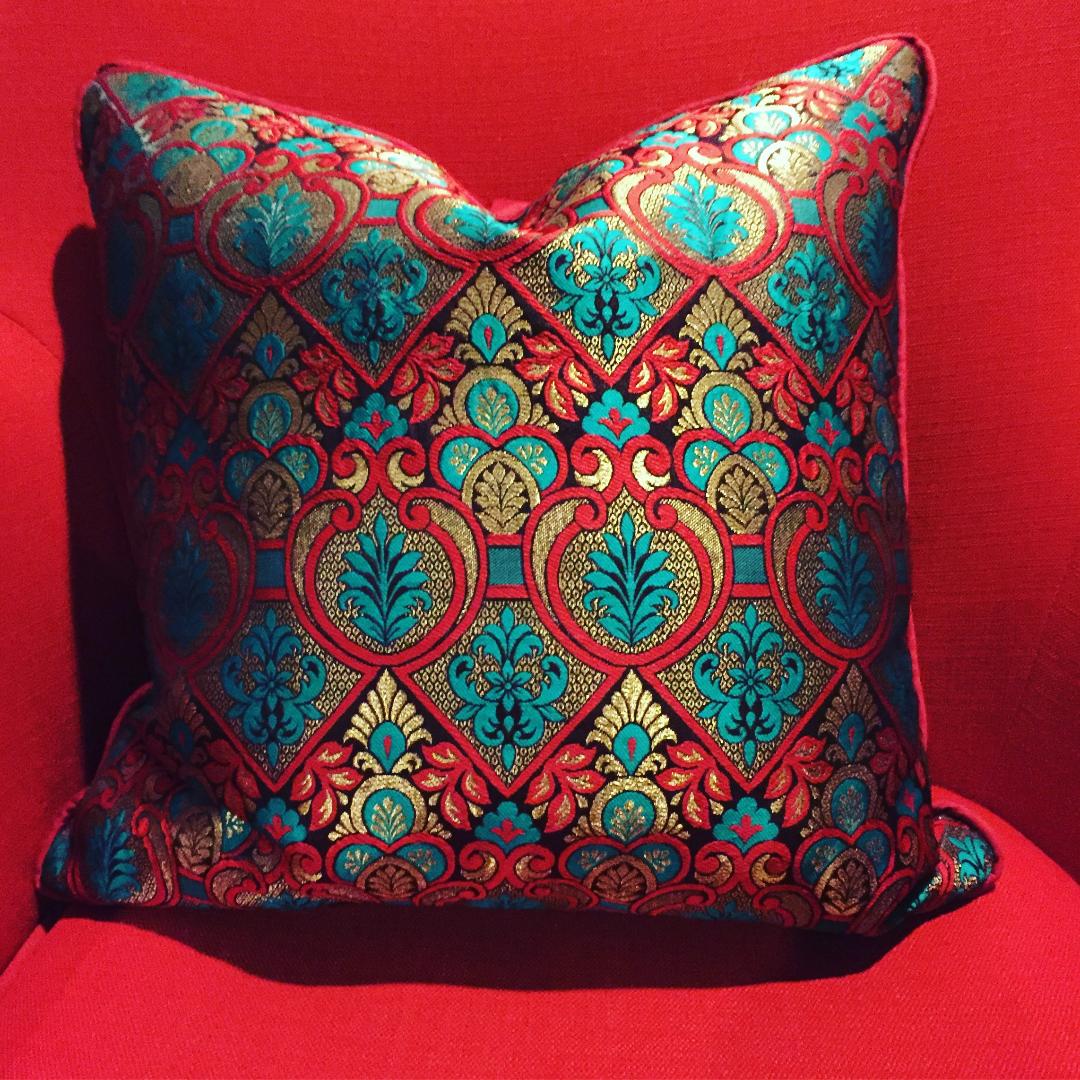
I am so pleased with the feedback I received and the friends who turned up for the event.
Thank you to everyone who came for the showcase. Your support means the world to me and I am so grateful for your interest and feedback. I appreciated seeing what appealed to people and where I may have missed the mark.
Thank you again for giving my new endeavor a chance.
Our first showcase!
NewsCommentI am so excited to announce that we have our first showcase scheduled! Our approach to these showcases will be to feature the items selected on the latest trip, pour some great local wine, provide something to nosh on from a local restaurant, and show highlights from some of the artists we met during the trip. It will be held at my home and invitations will be sent to people I know personally.
After the showcase I'll take what's left and do a pop-up shop in the Portland-metro area. I am considering an online presence as well but for right now I'd like to make it more personal by interacting with my customers face-to-face.
July 22 is the big day and I can't wait to get feedback on the items I brought back from India last month. I'm viewing the showcase concept as a way for me to refine the business and merchandise I procure on upcoming trips. I'm hoping for lots of feedback on this first excursion.




